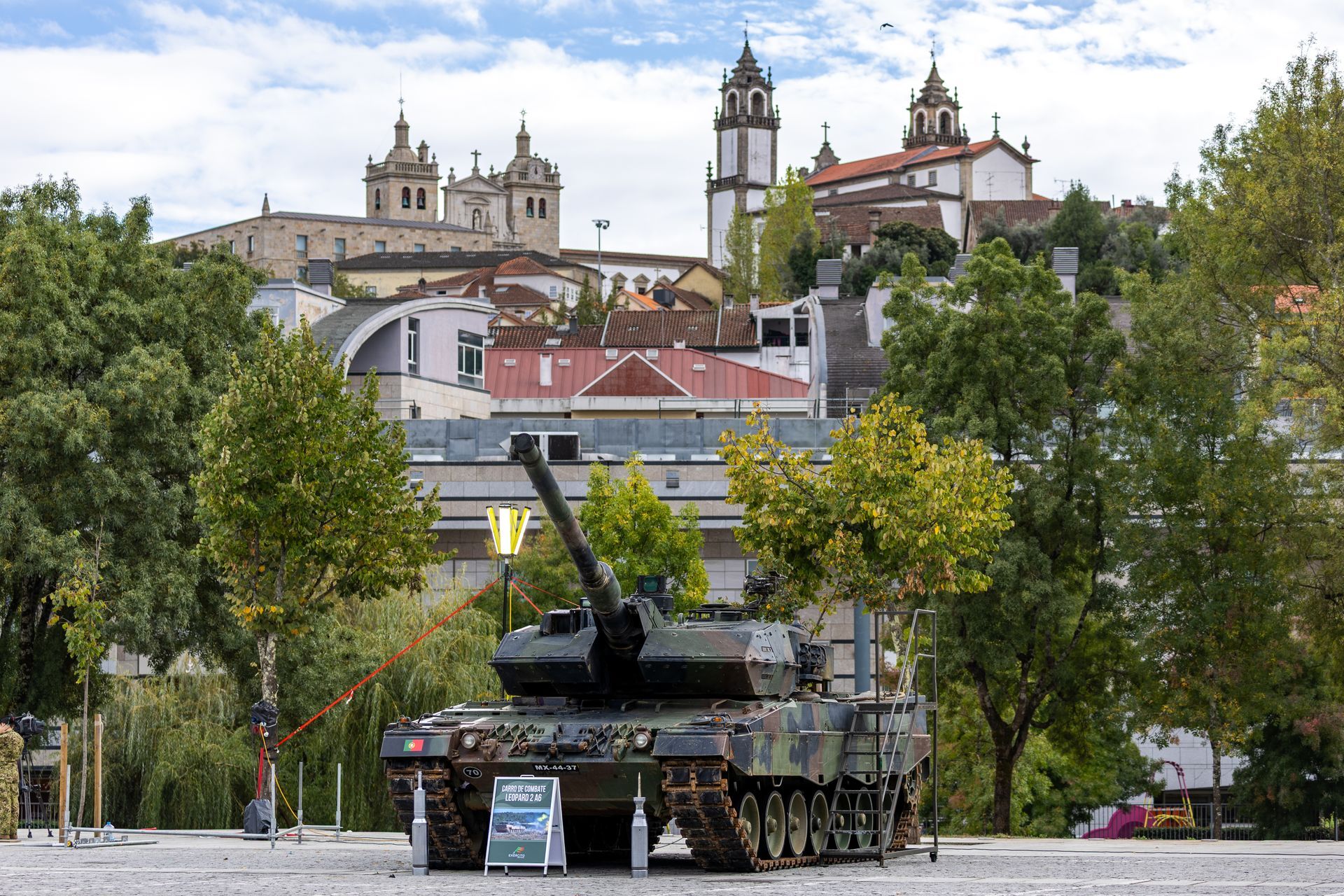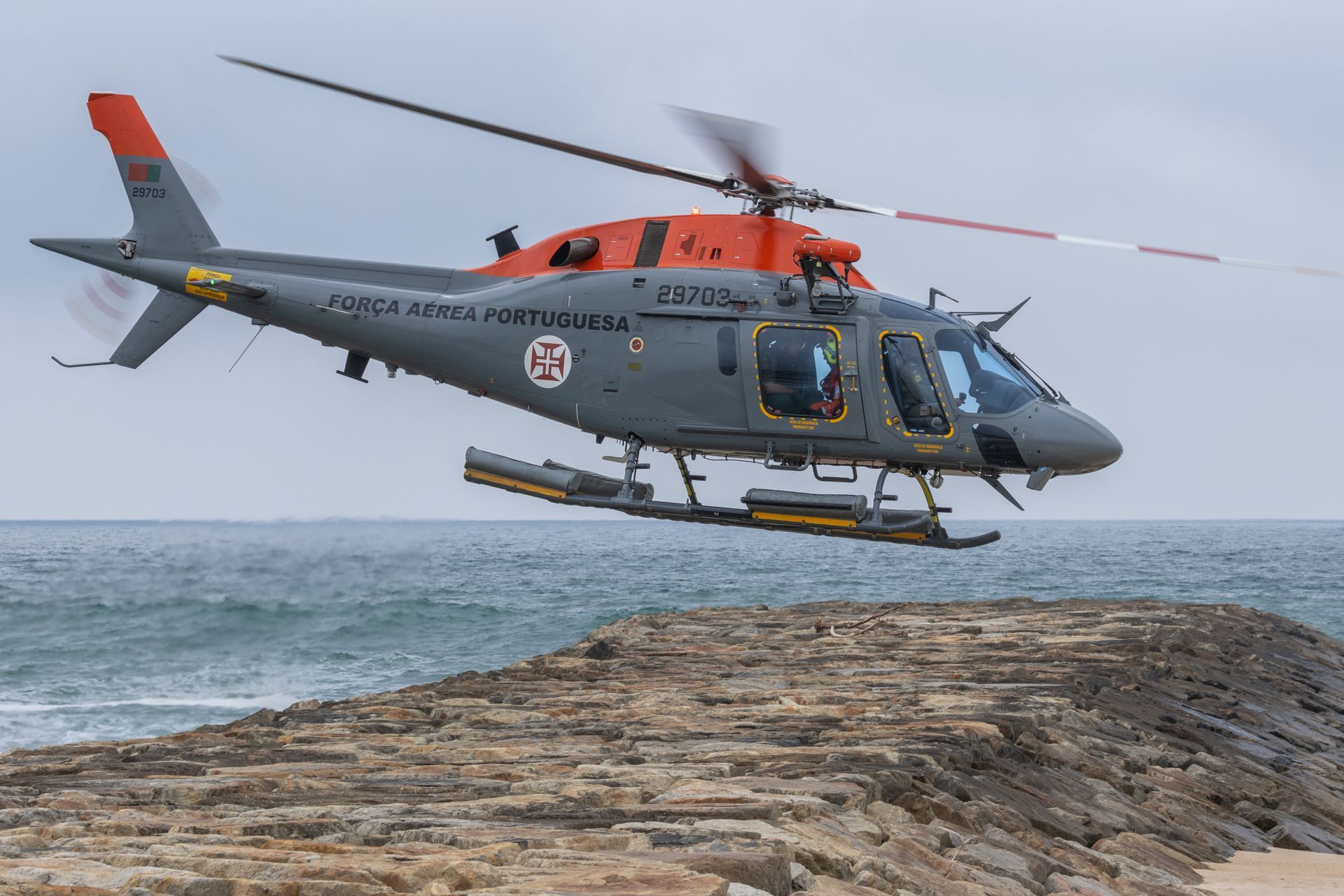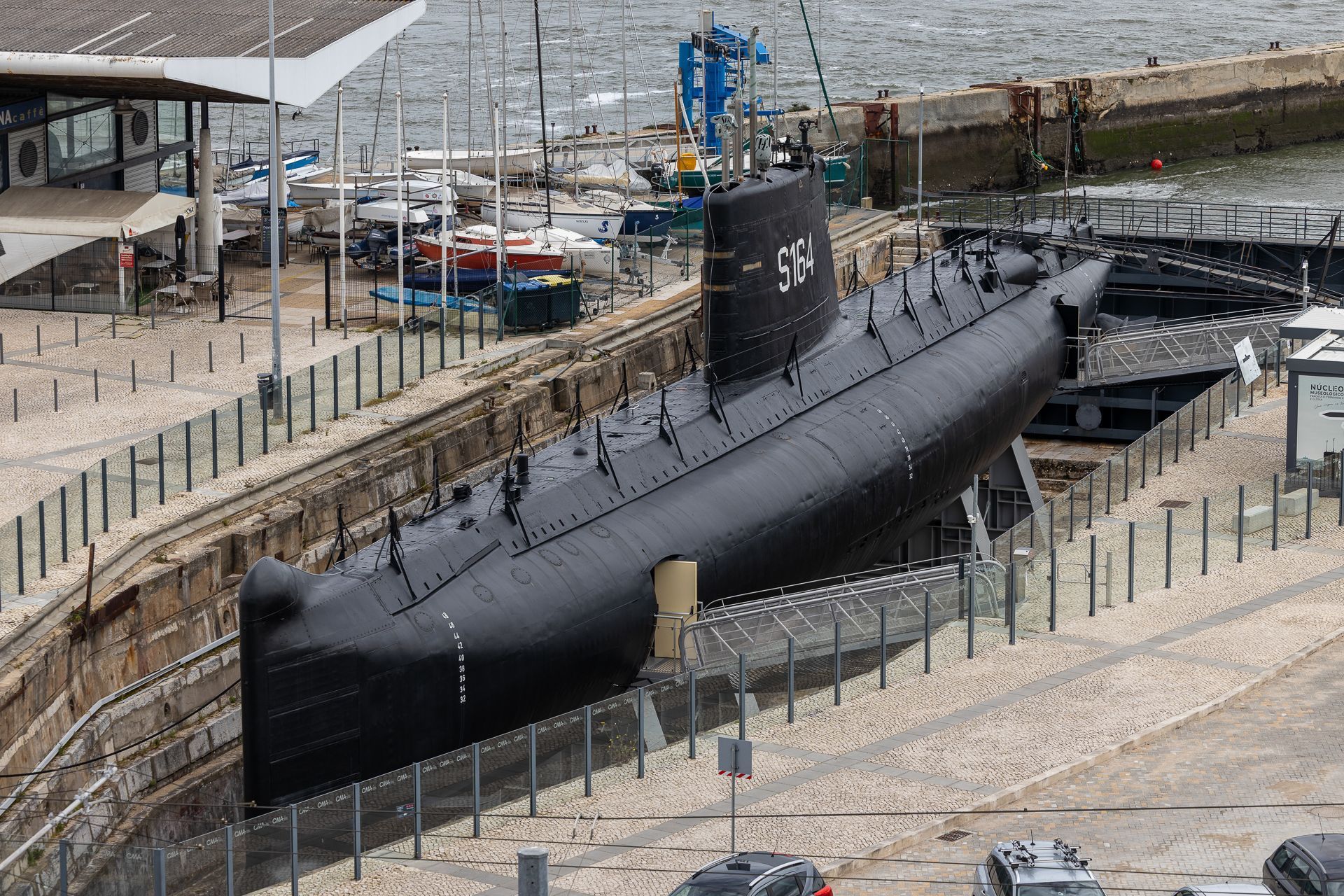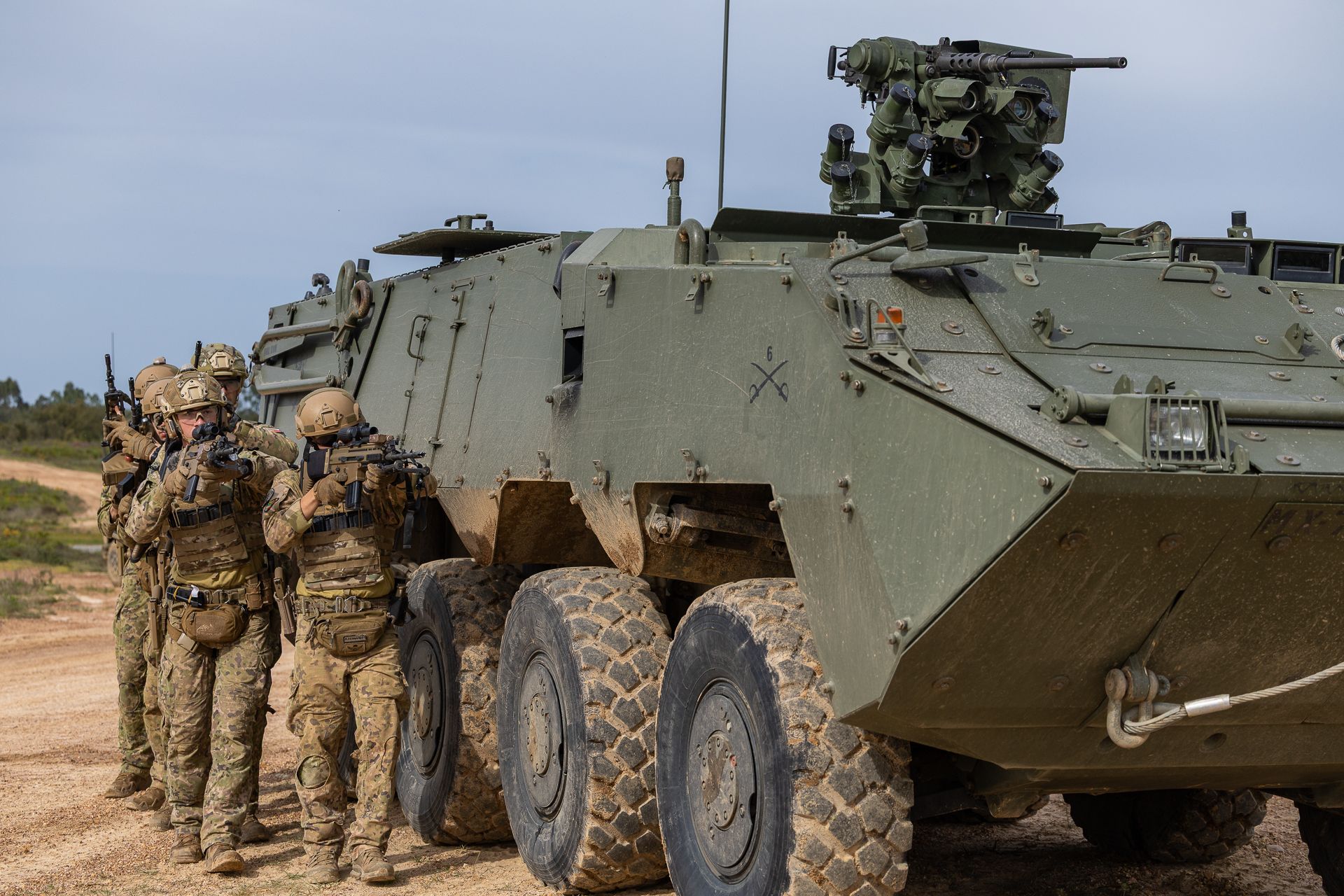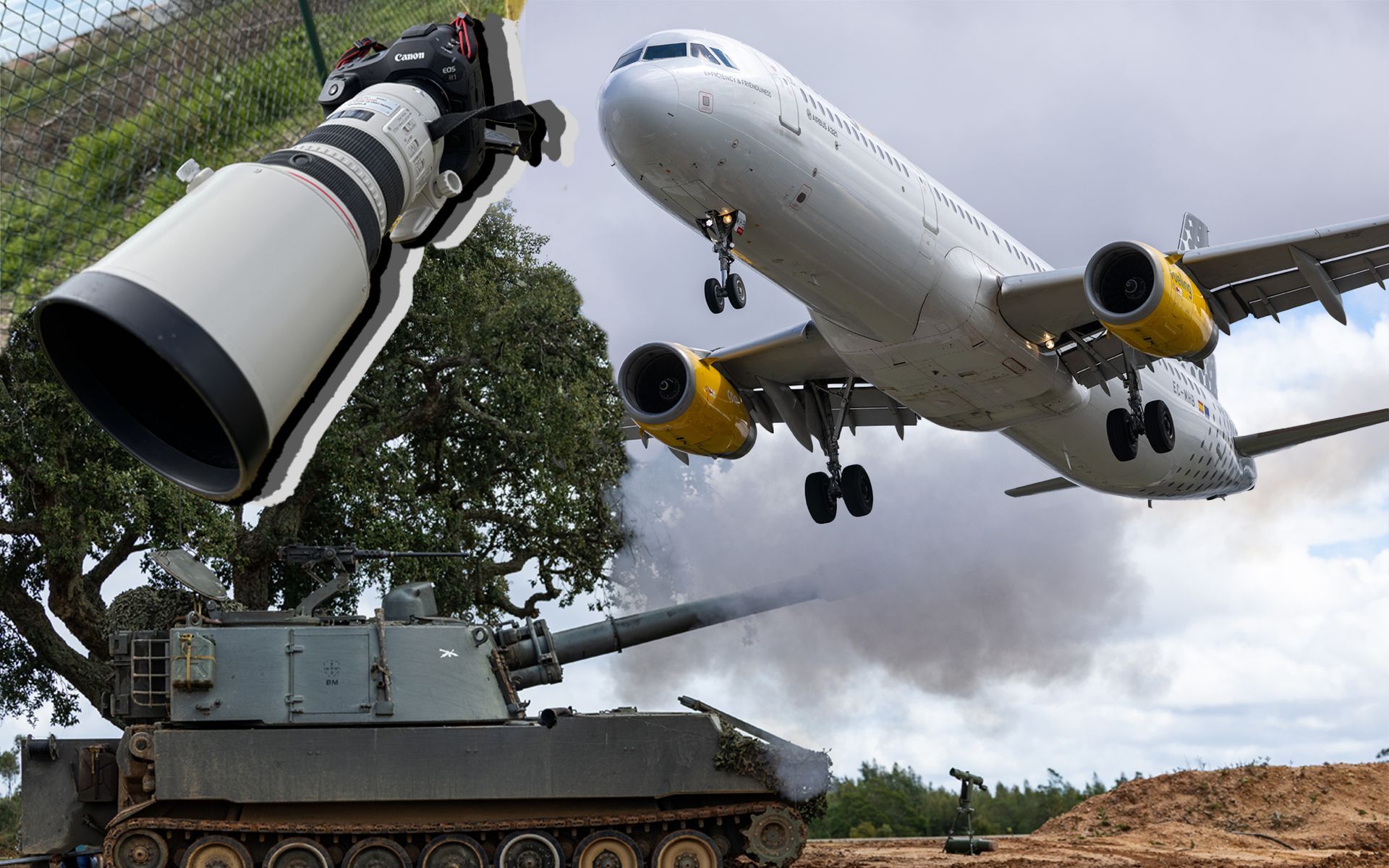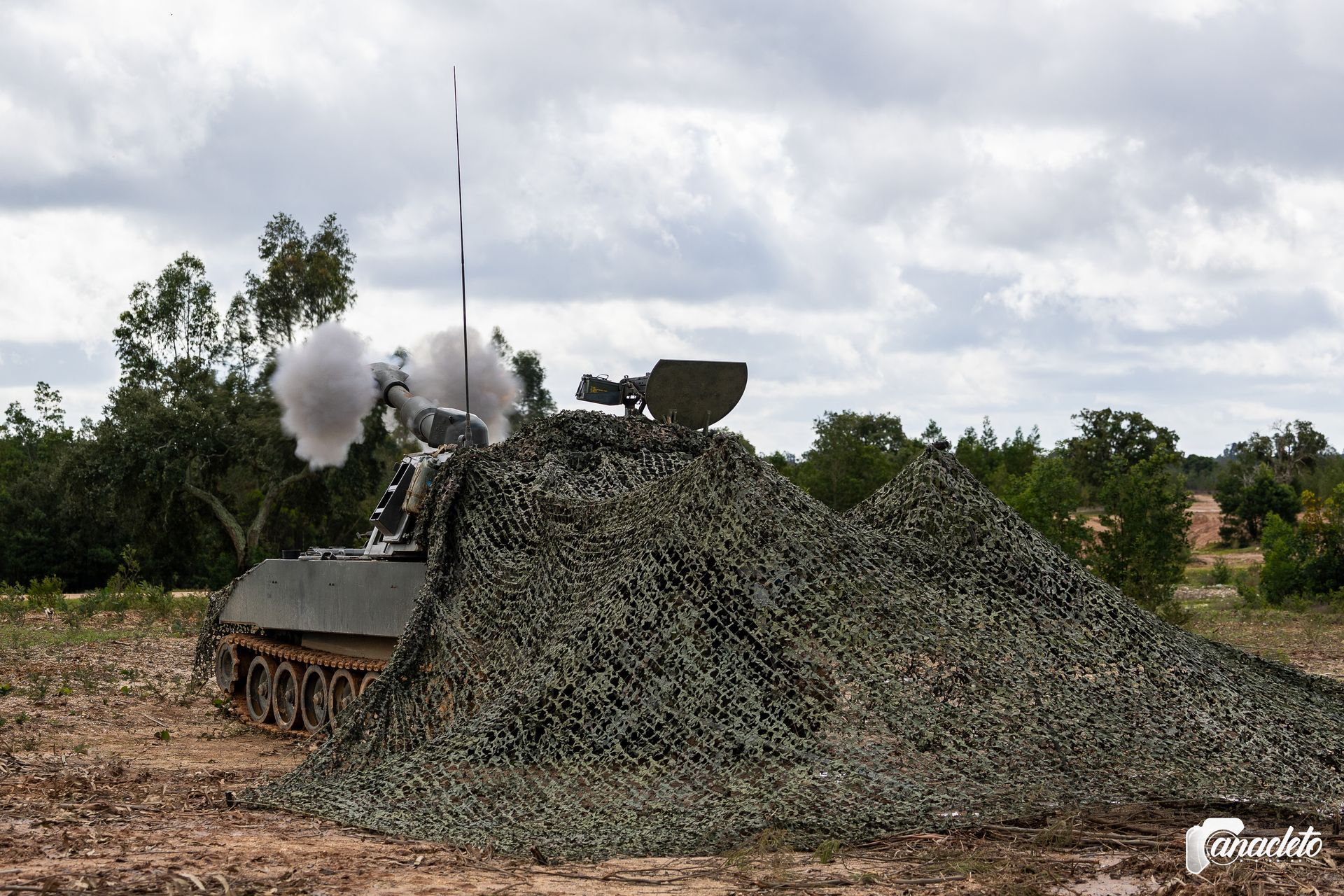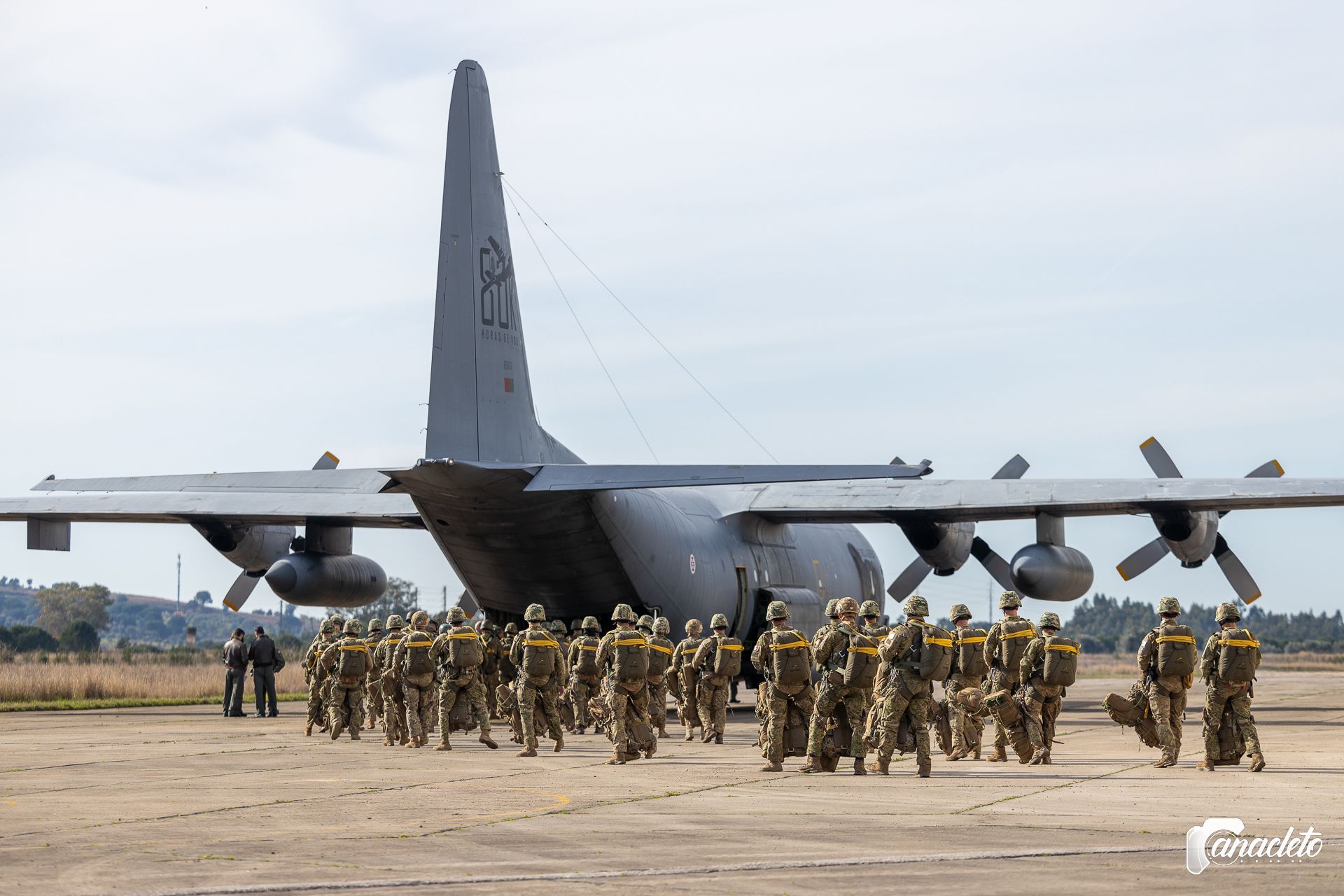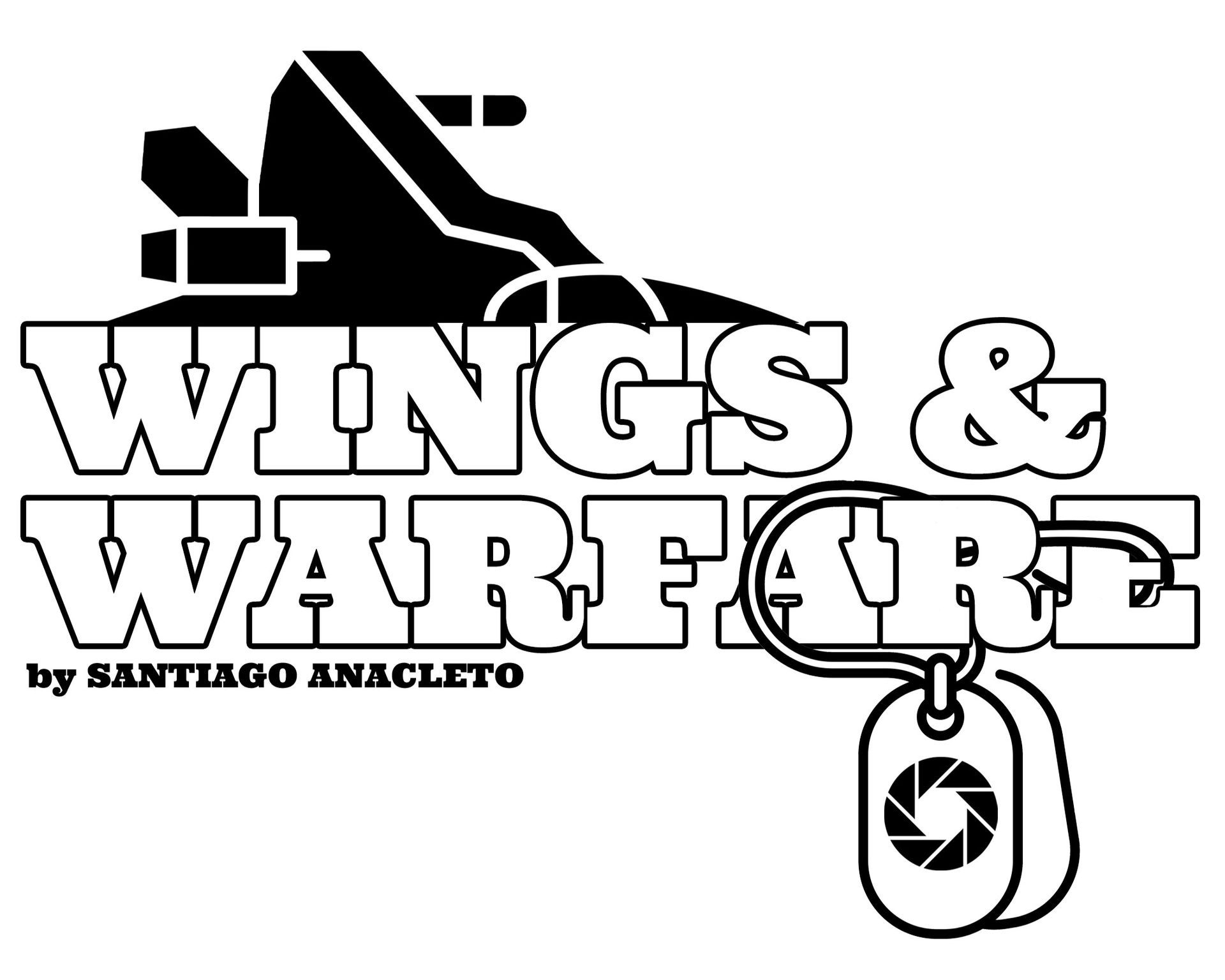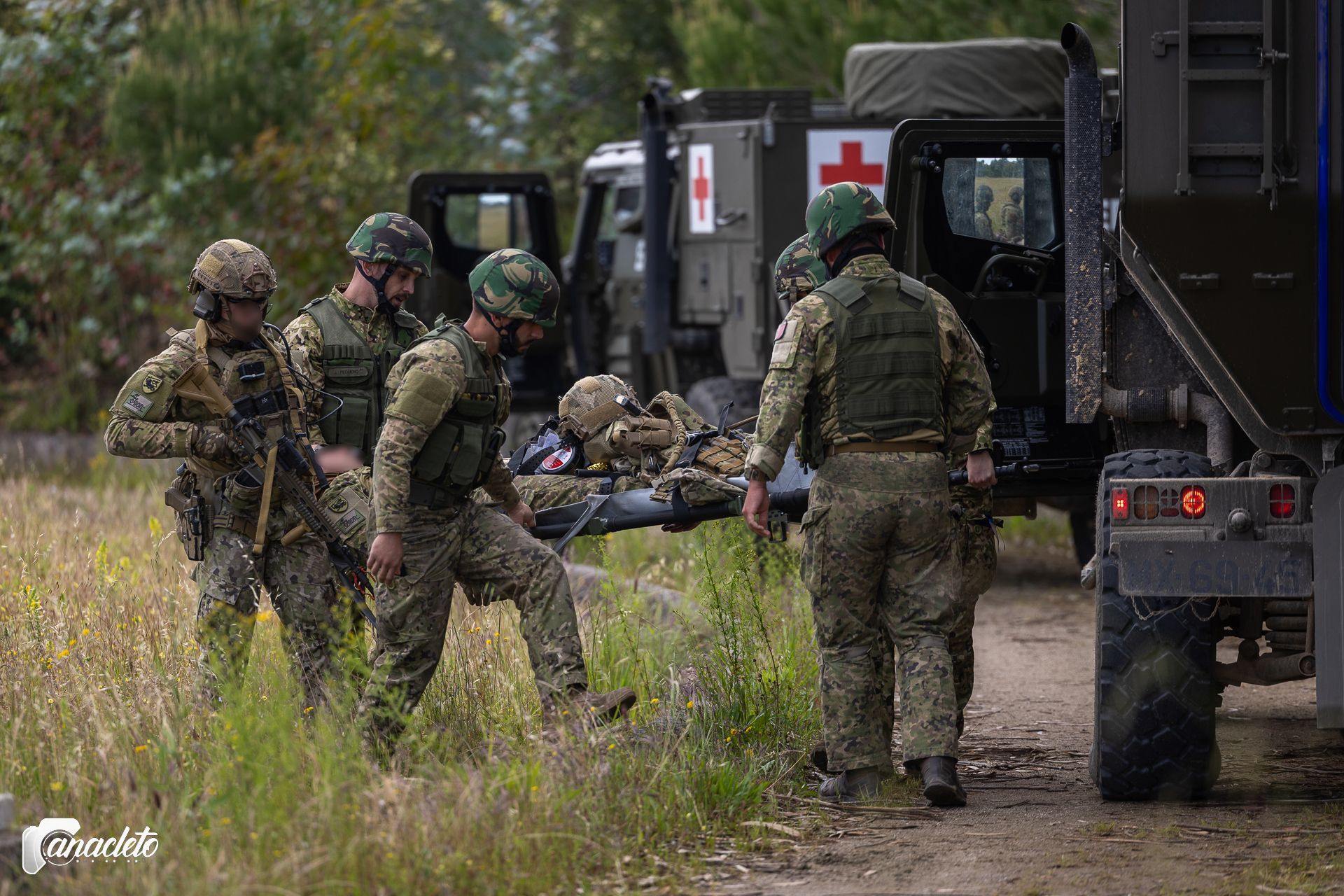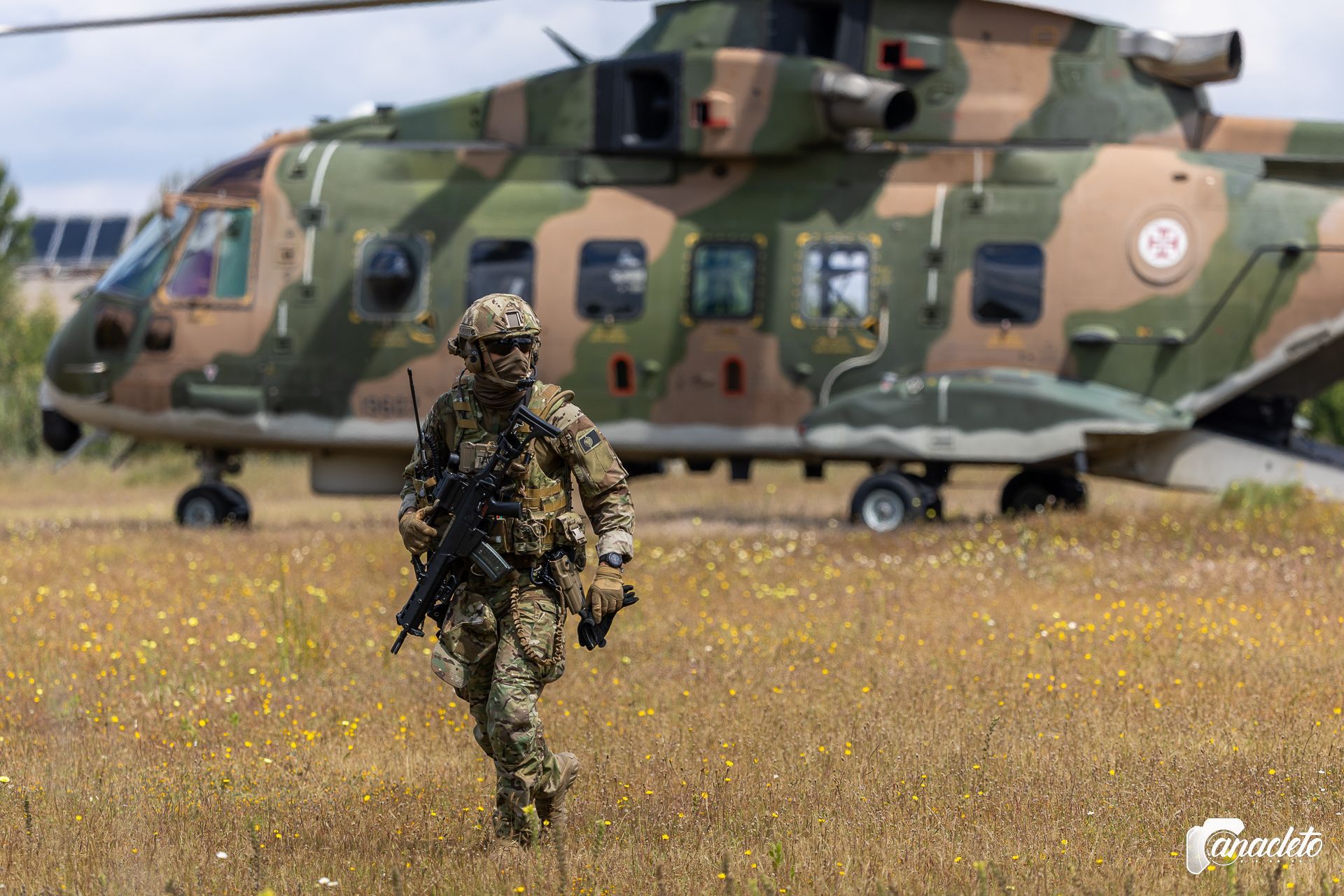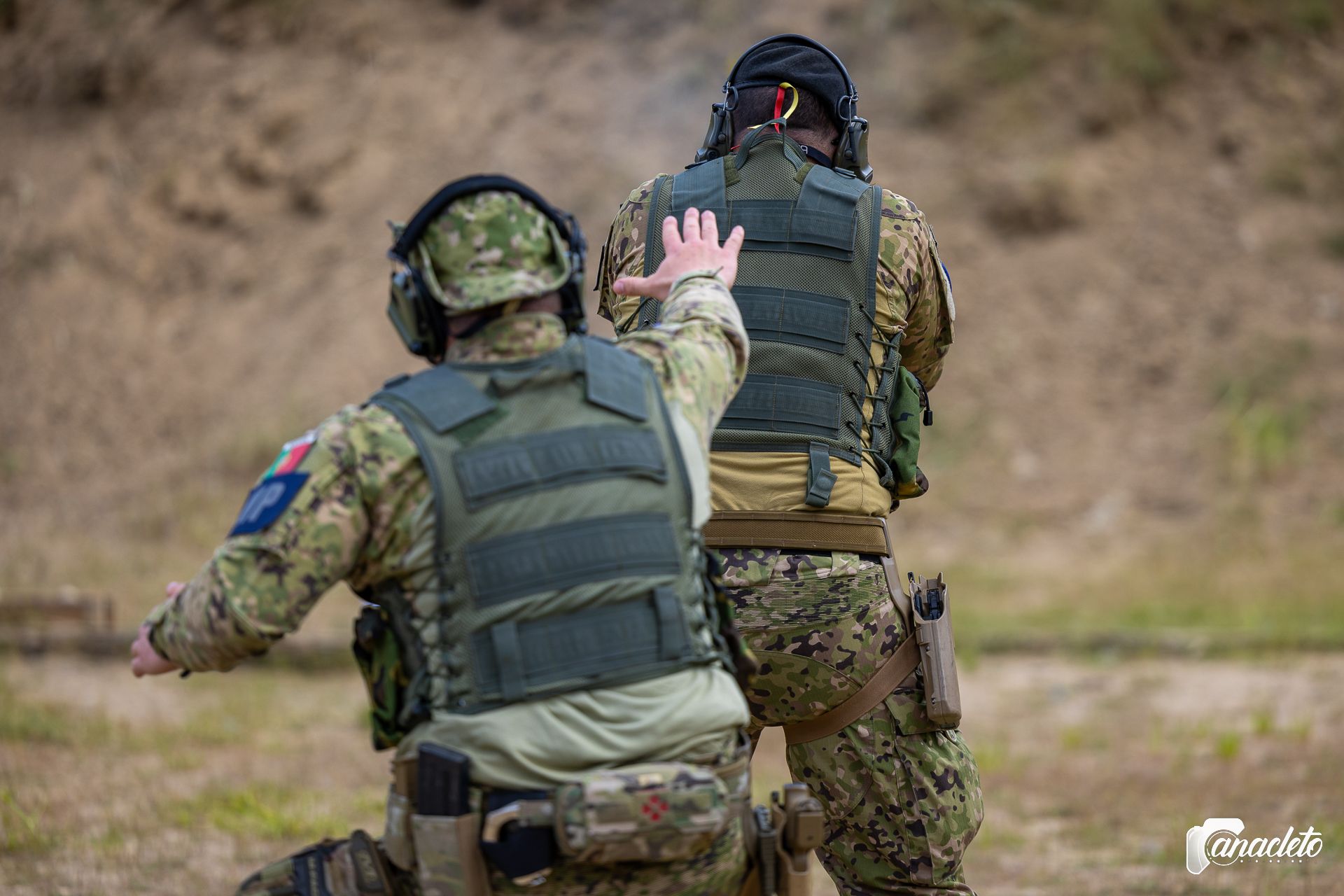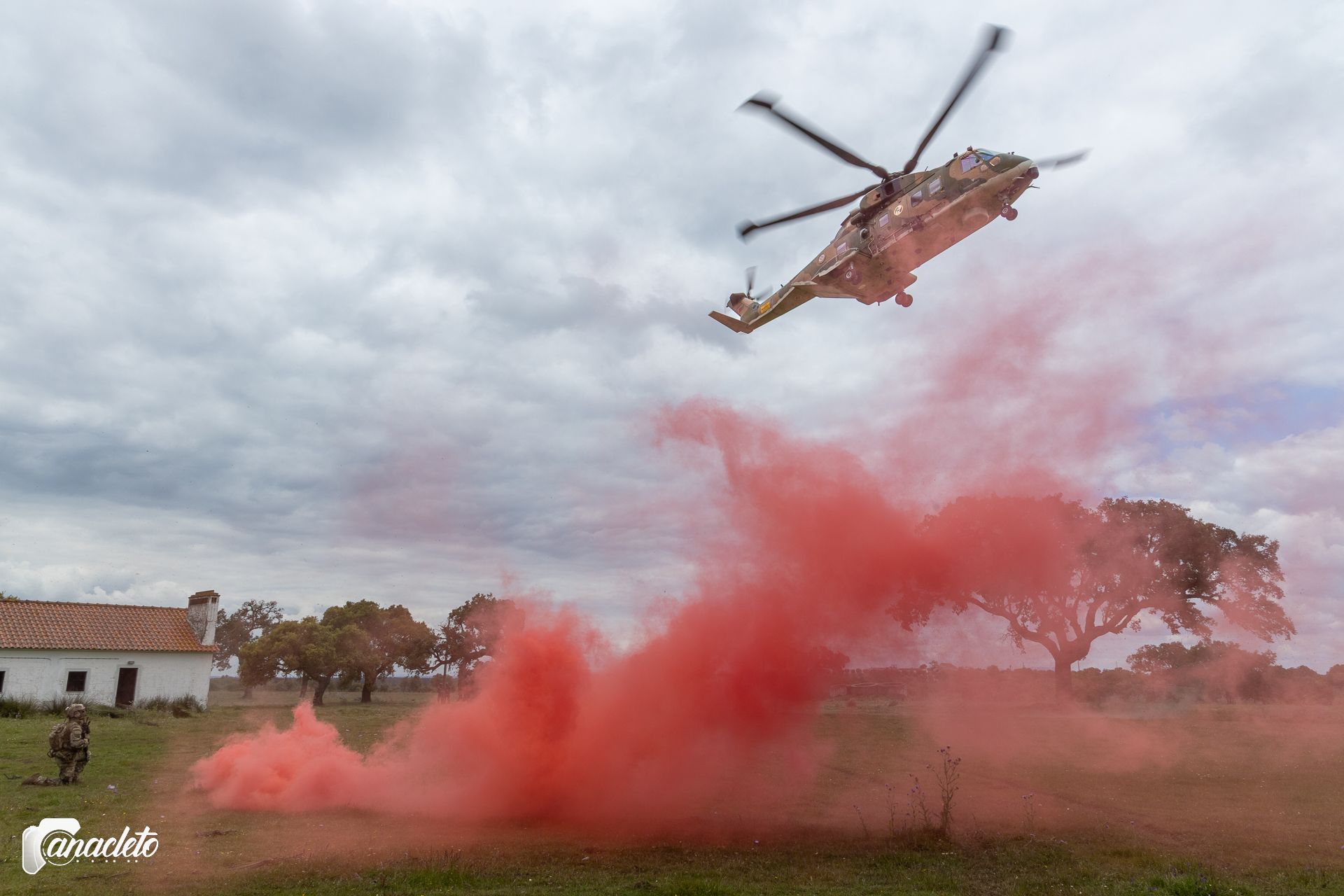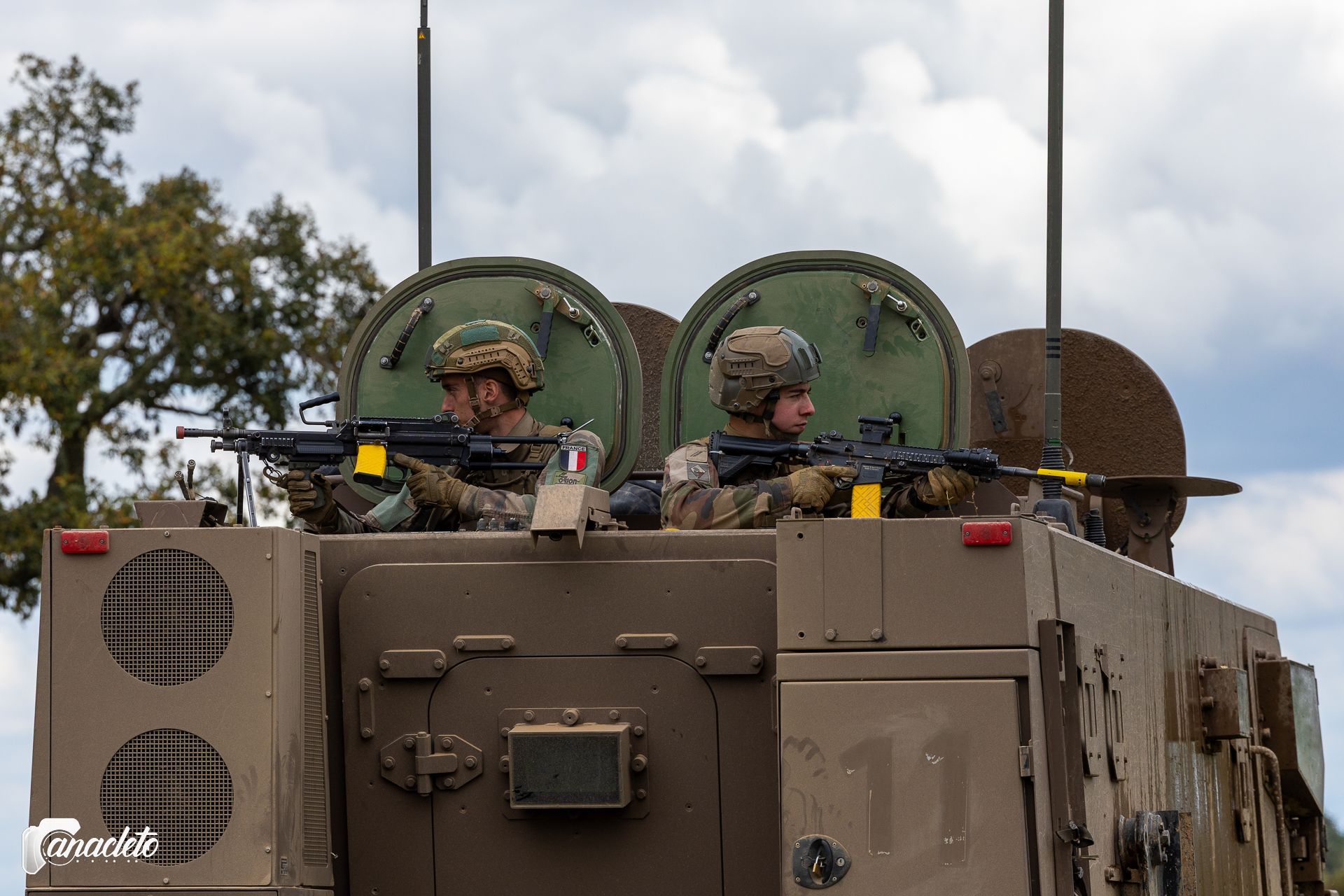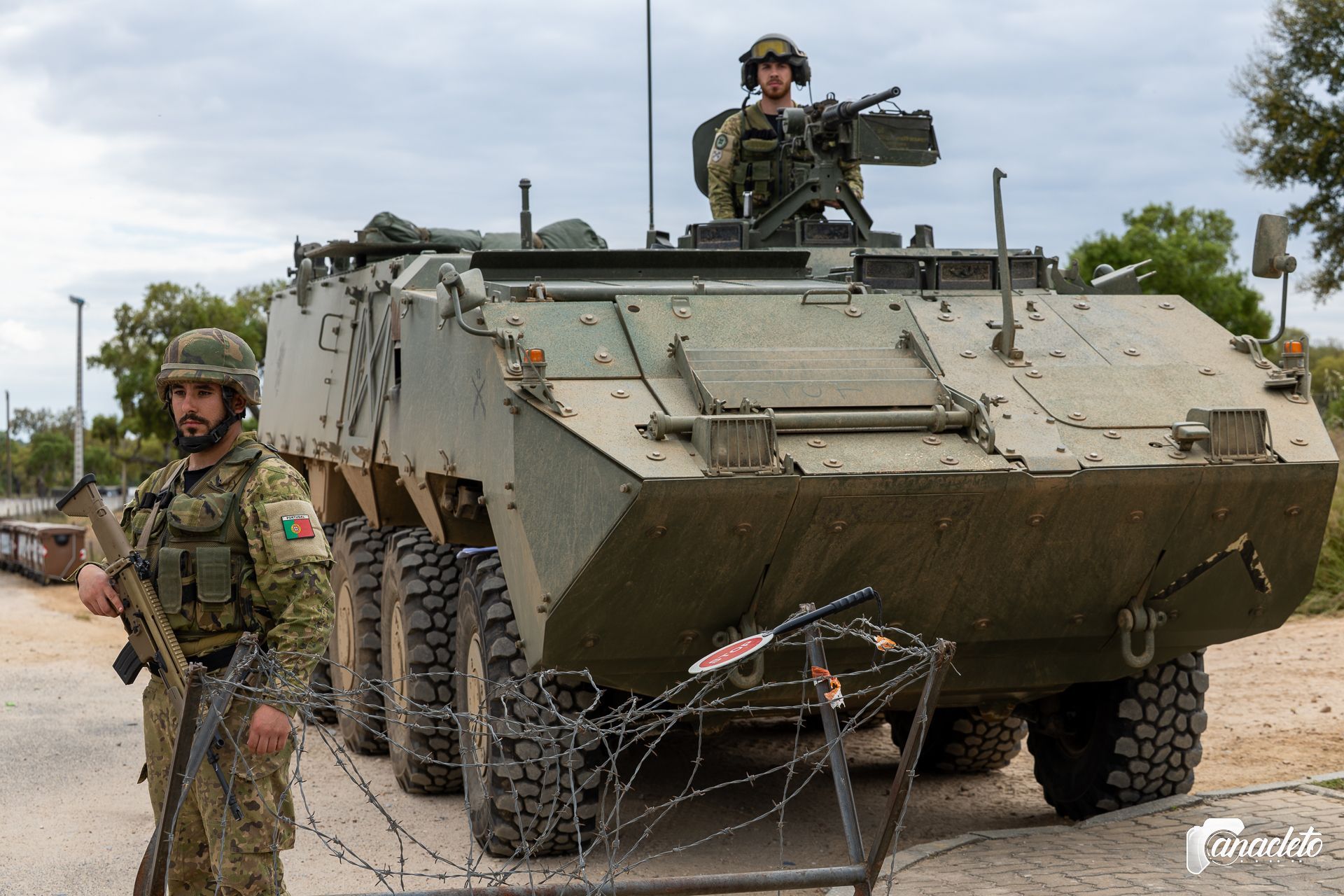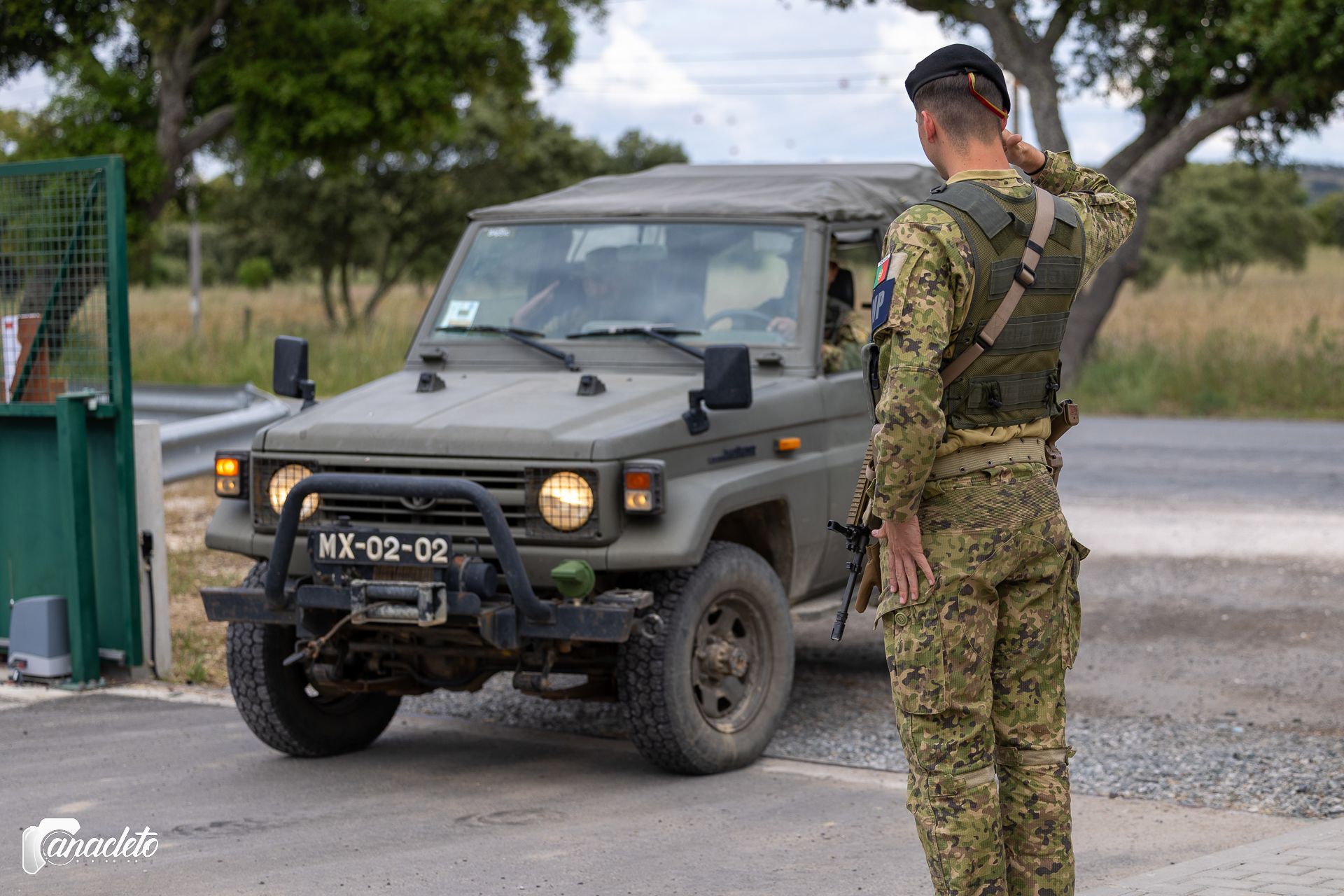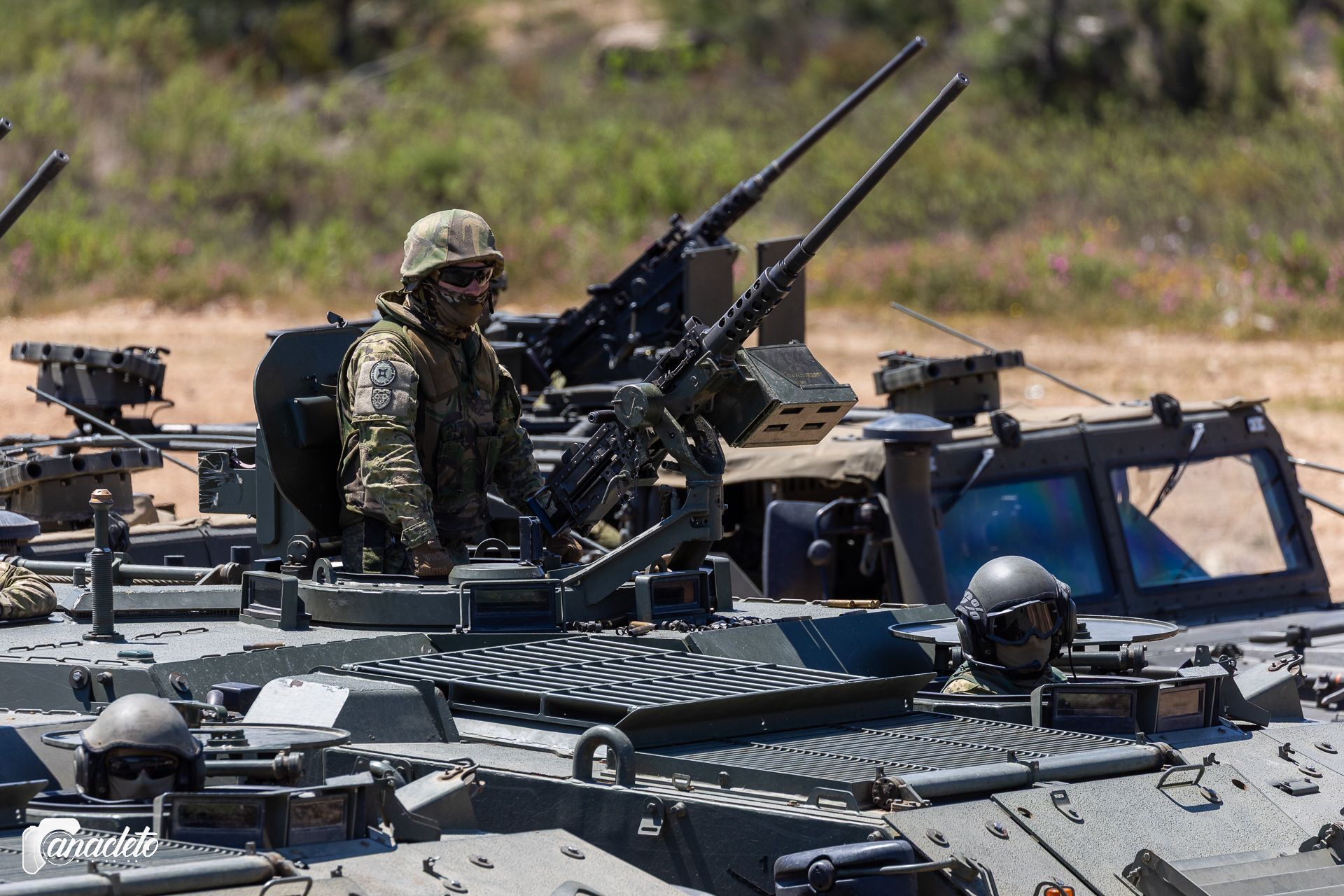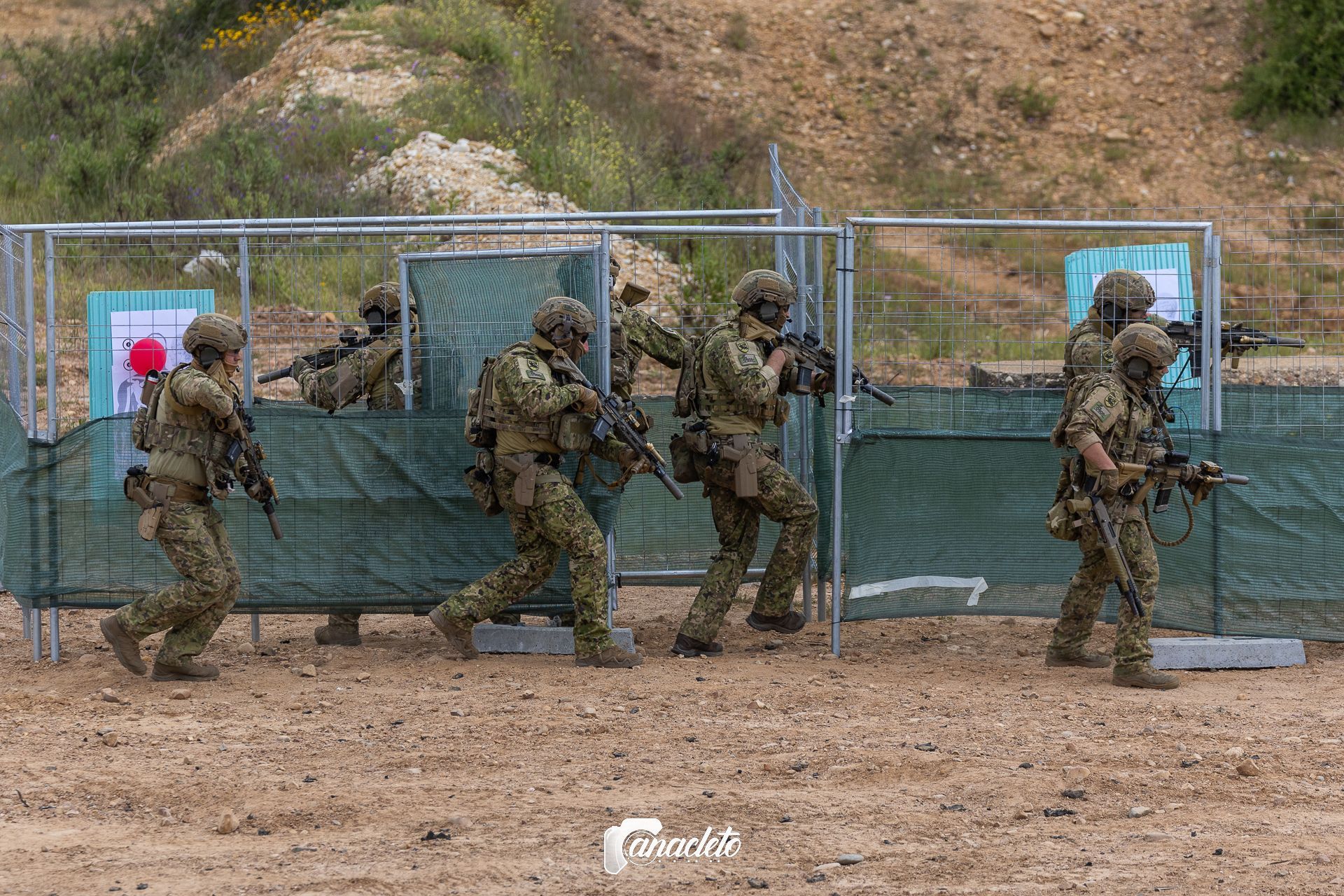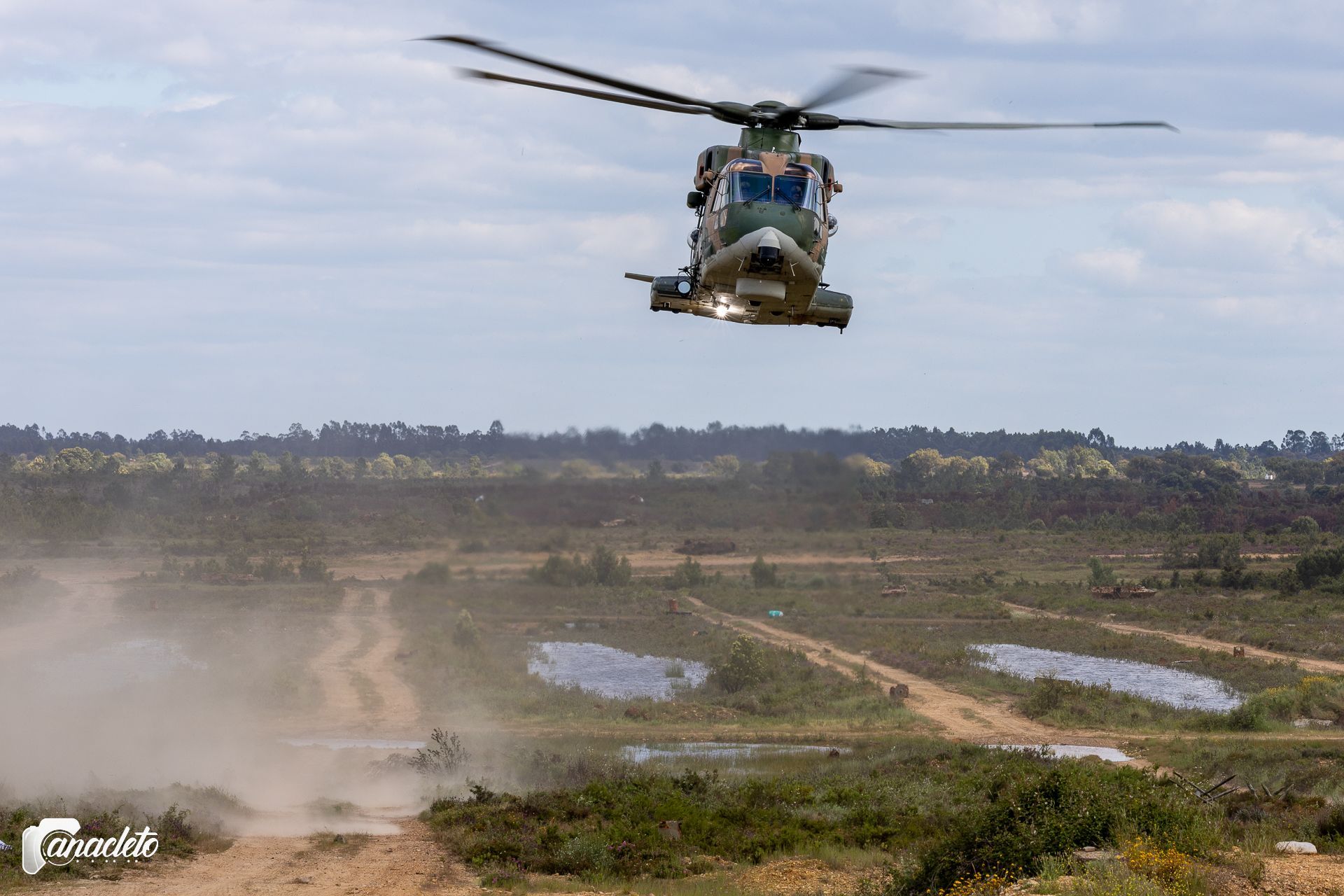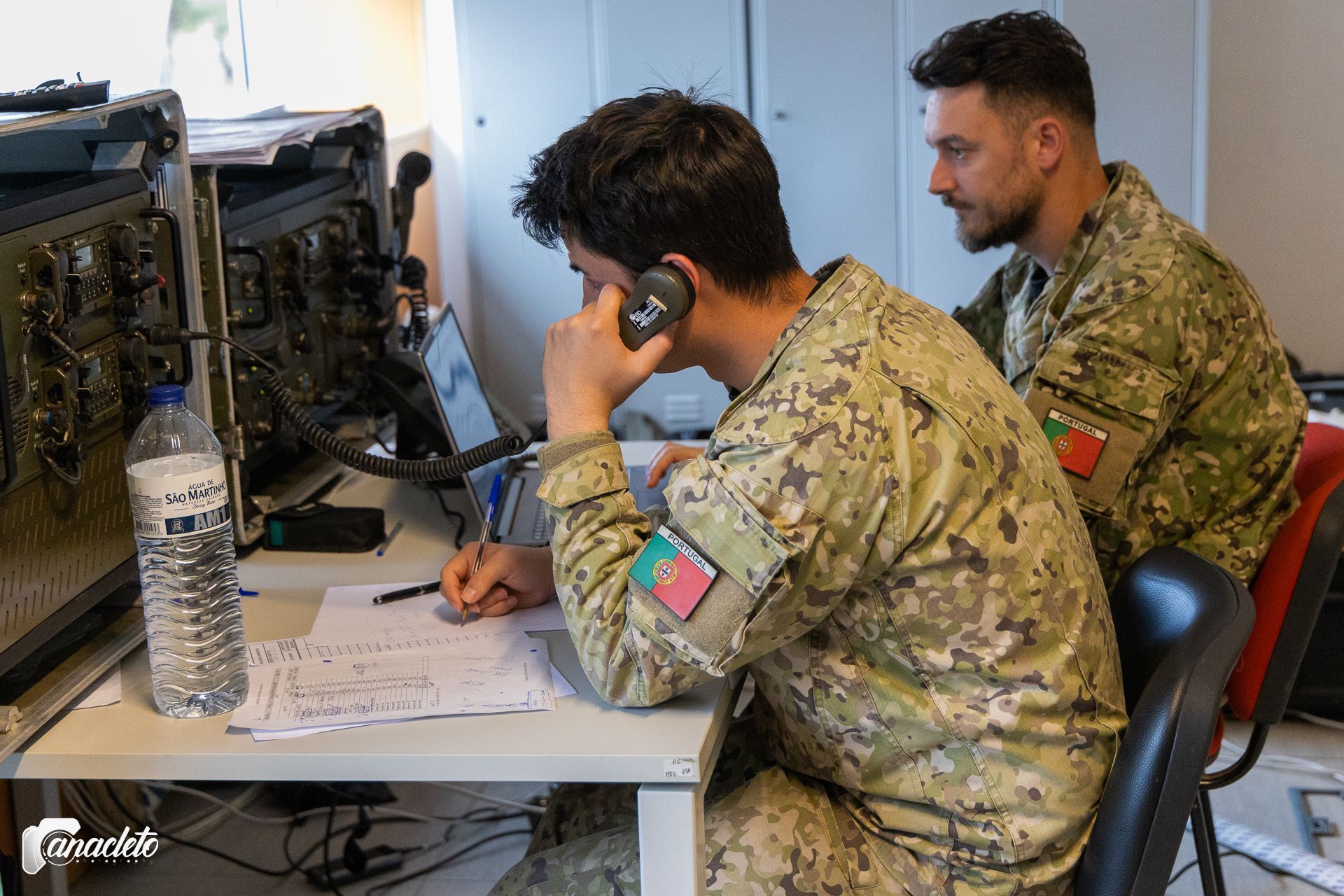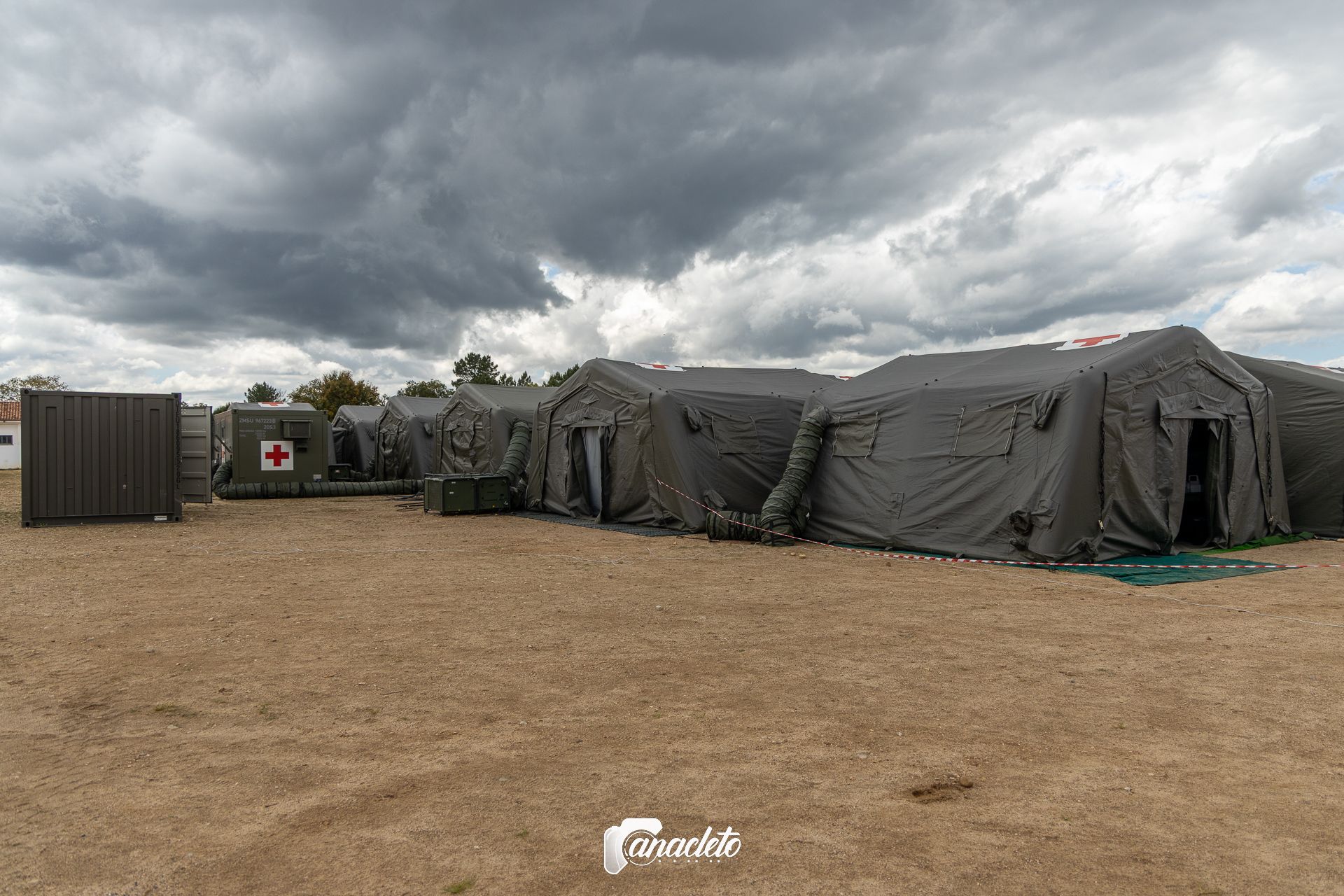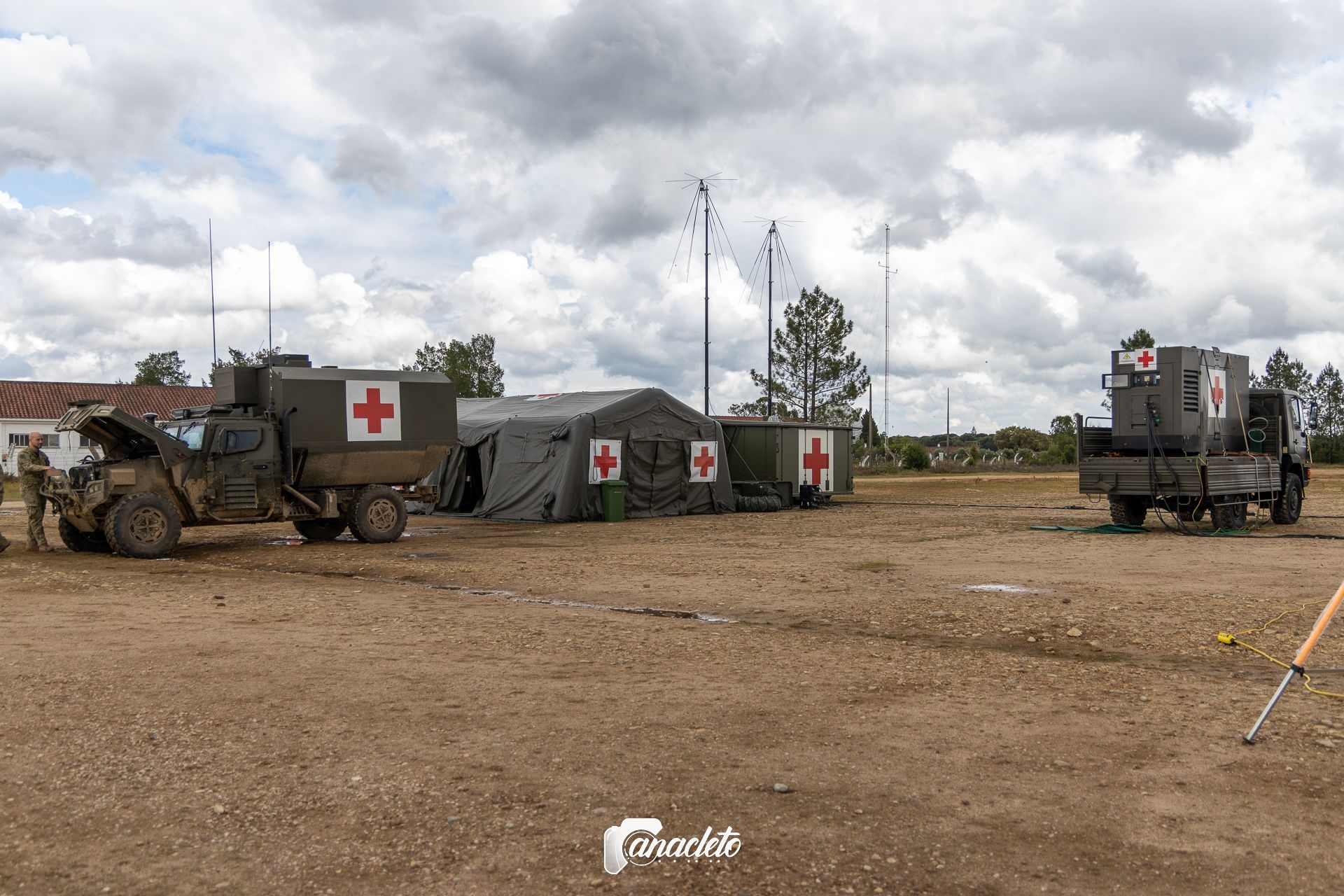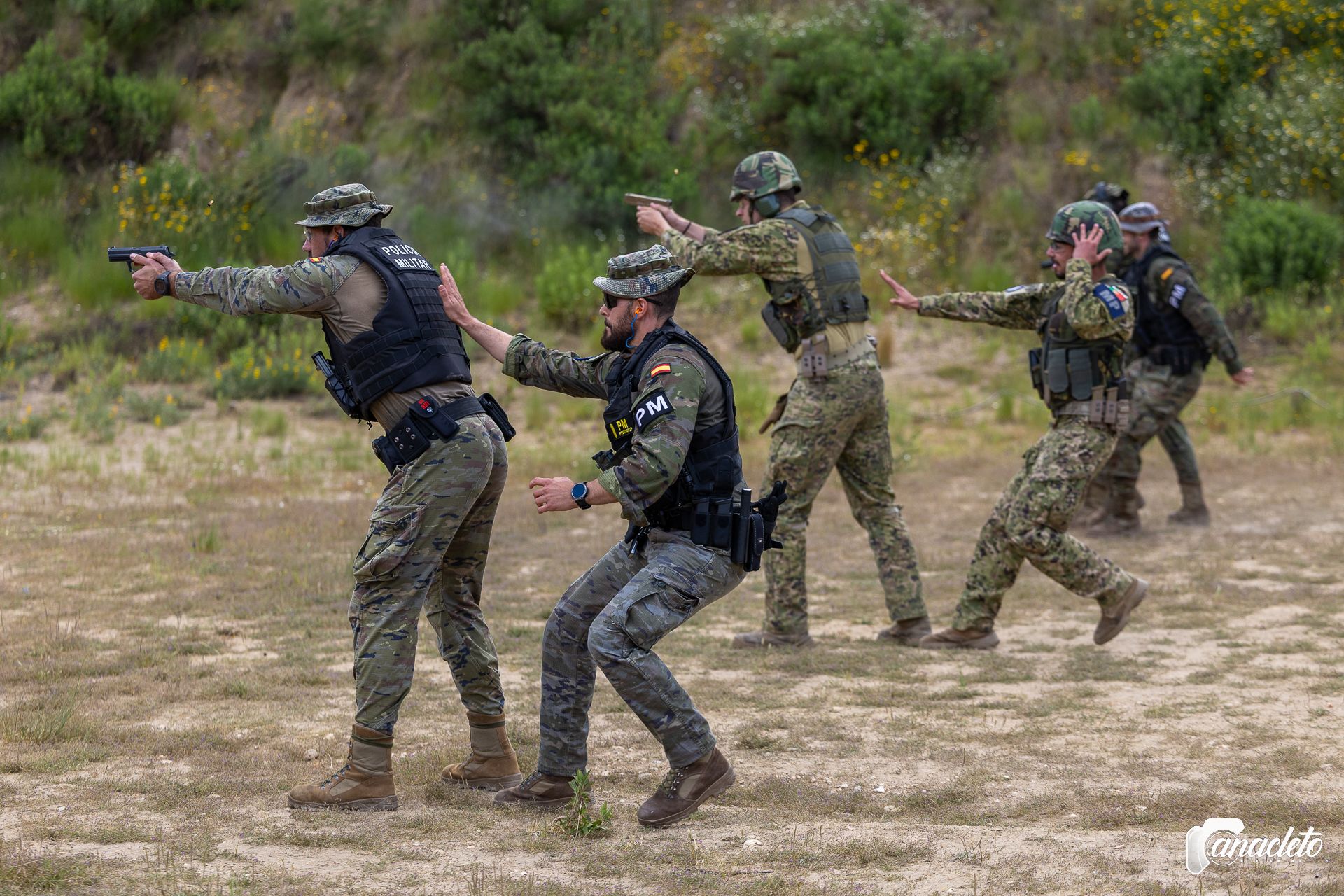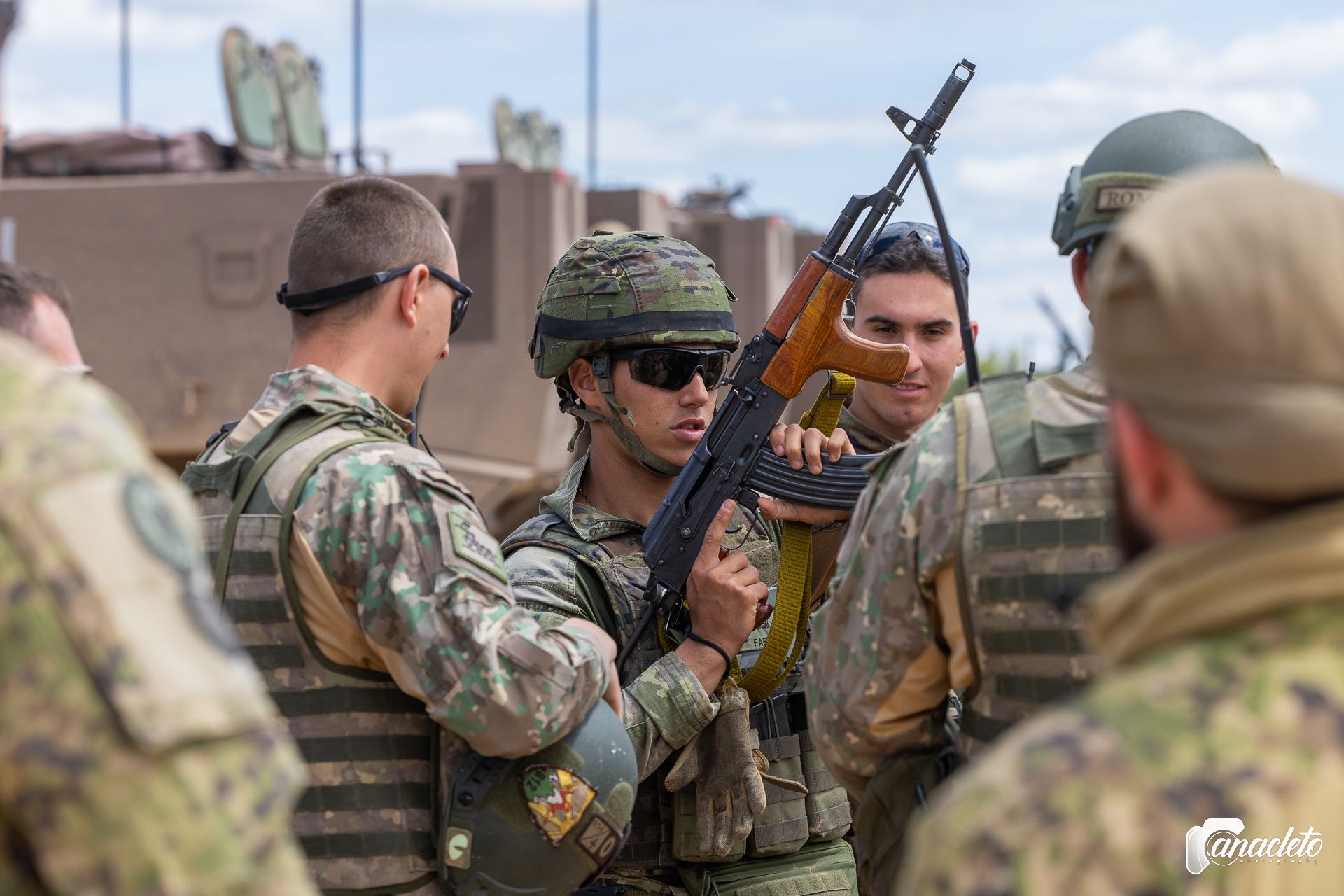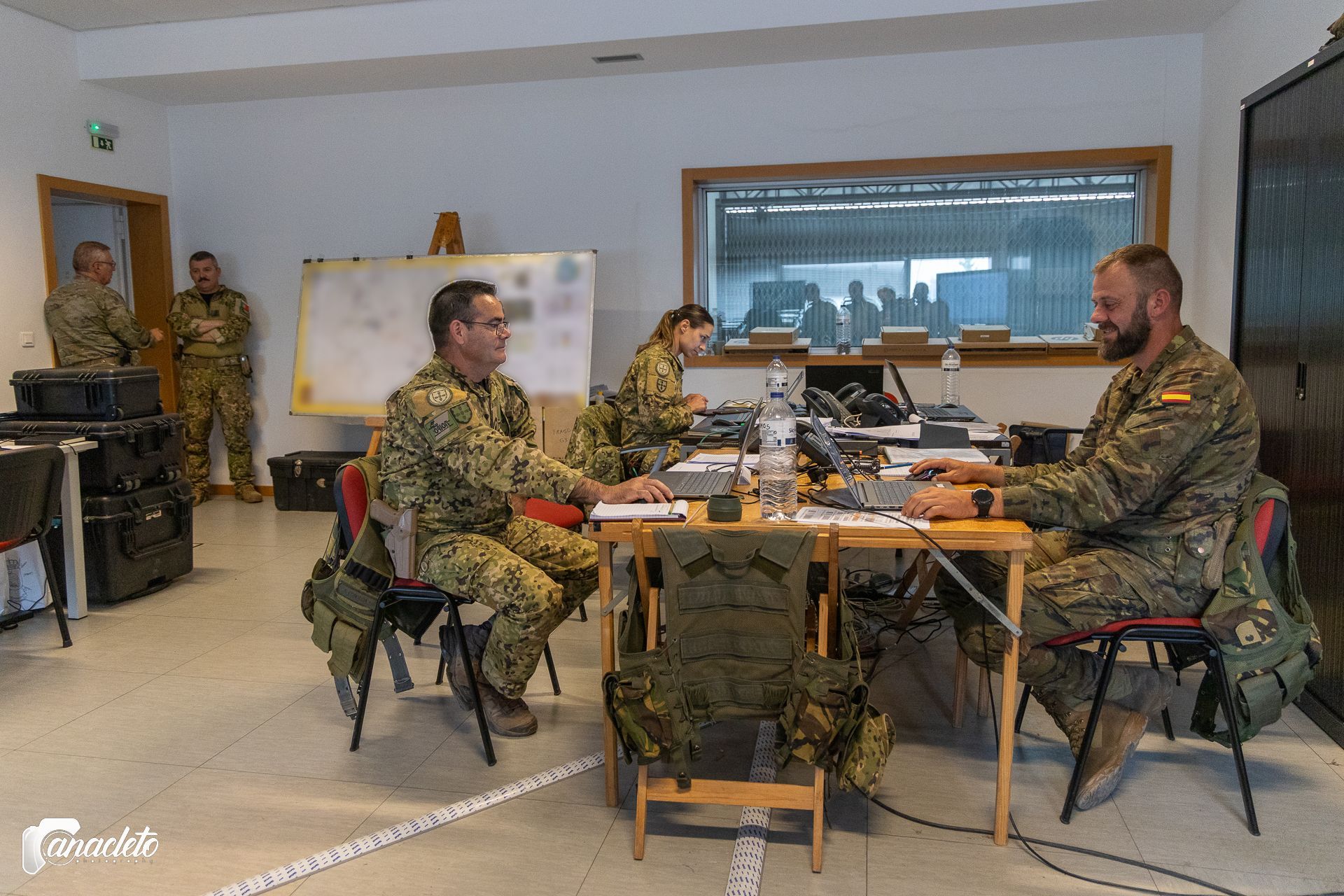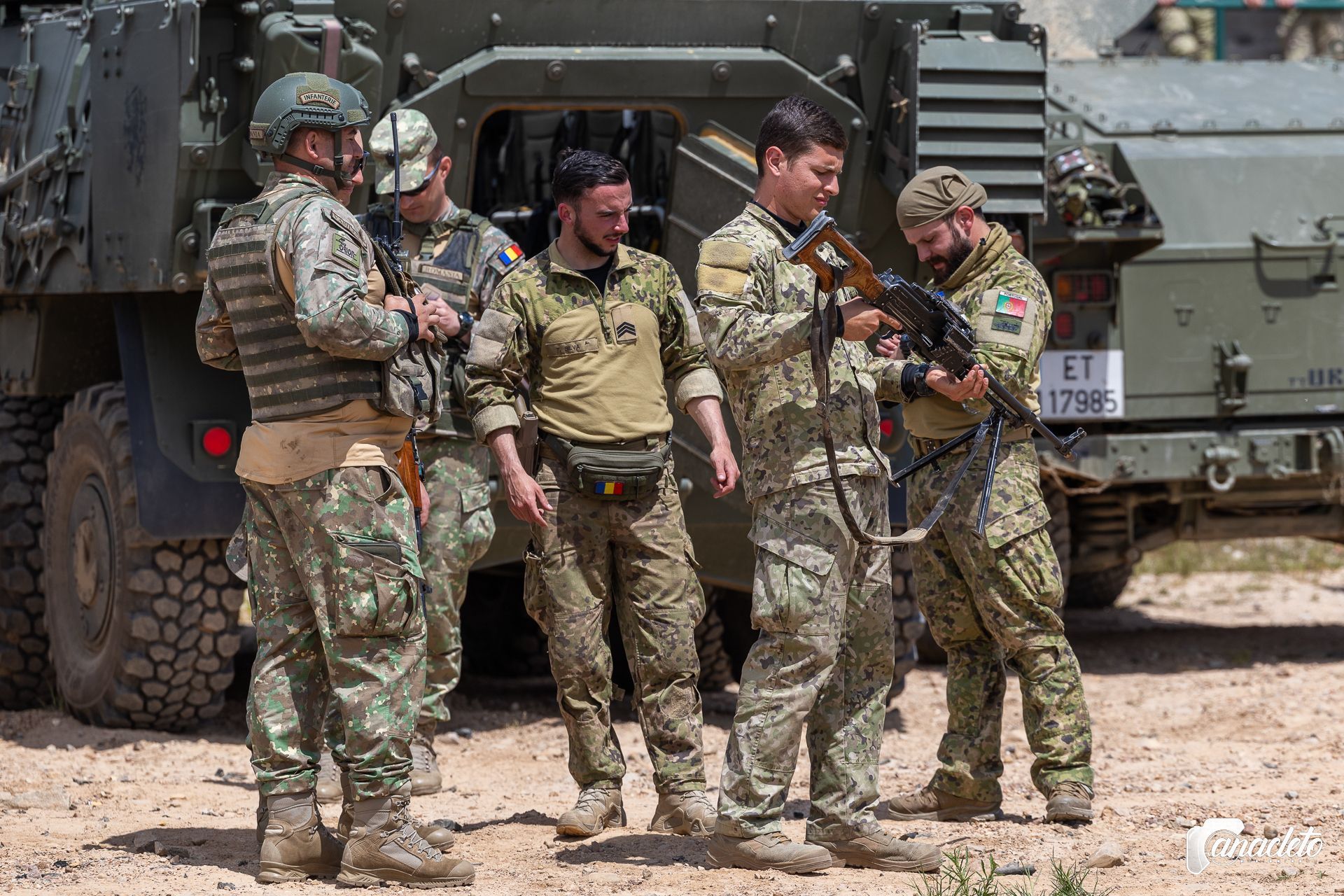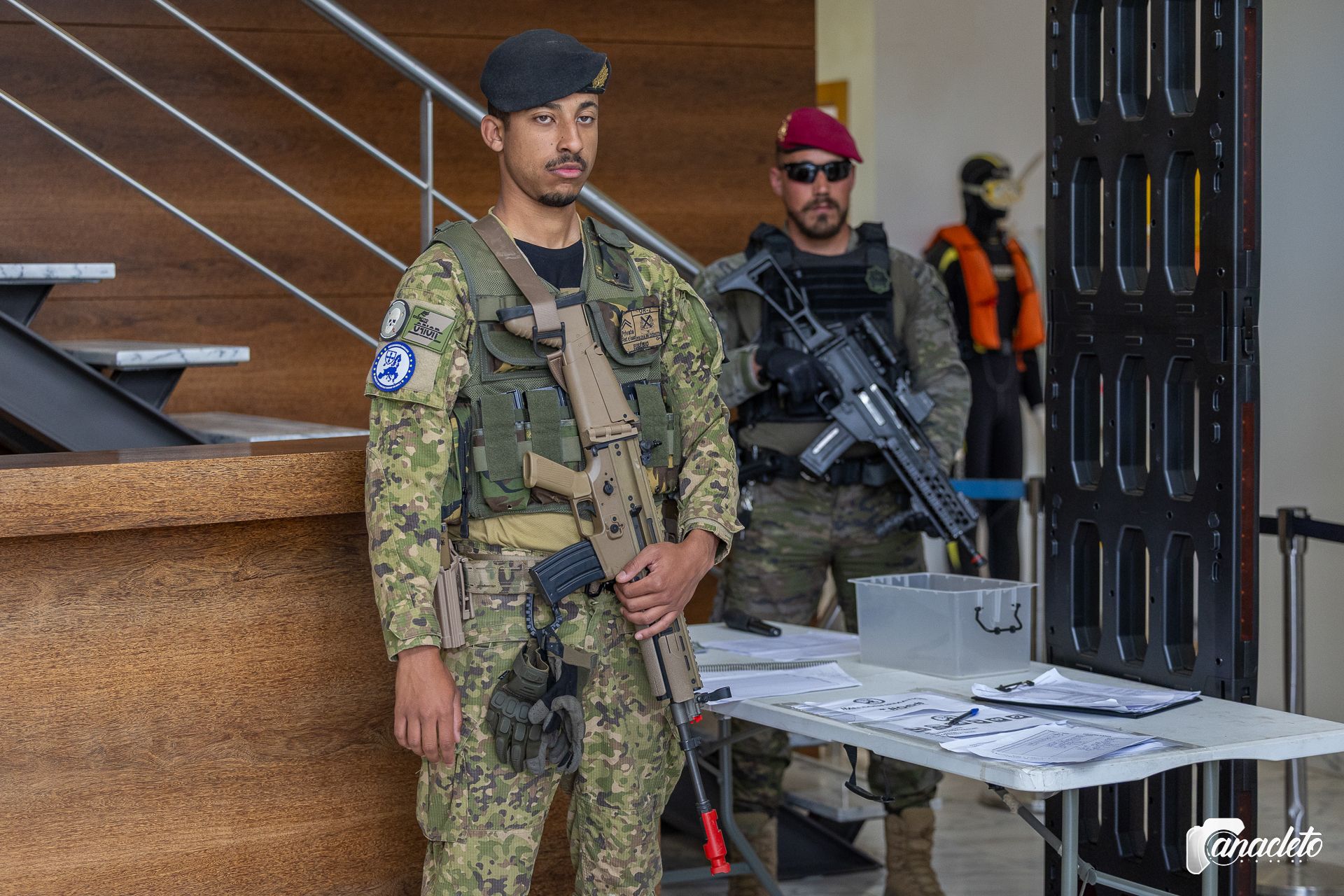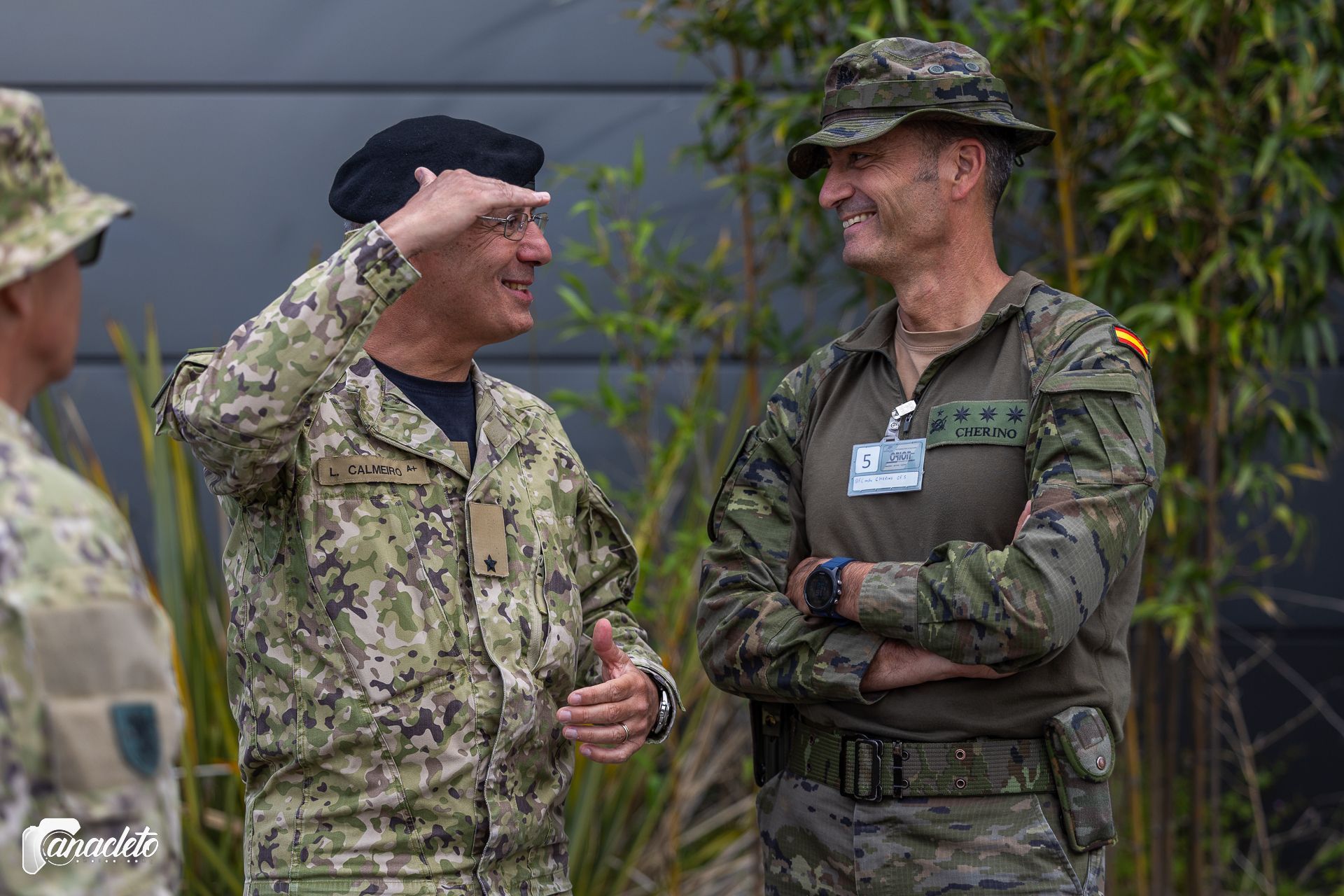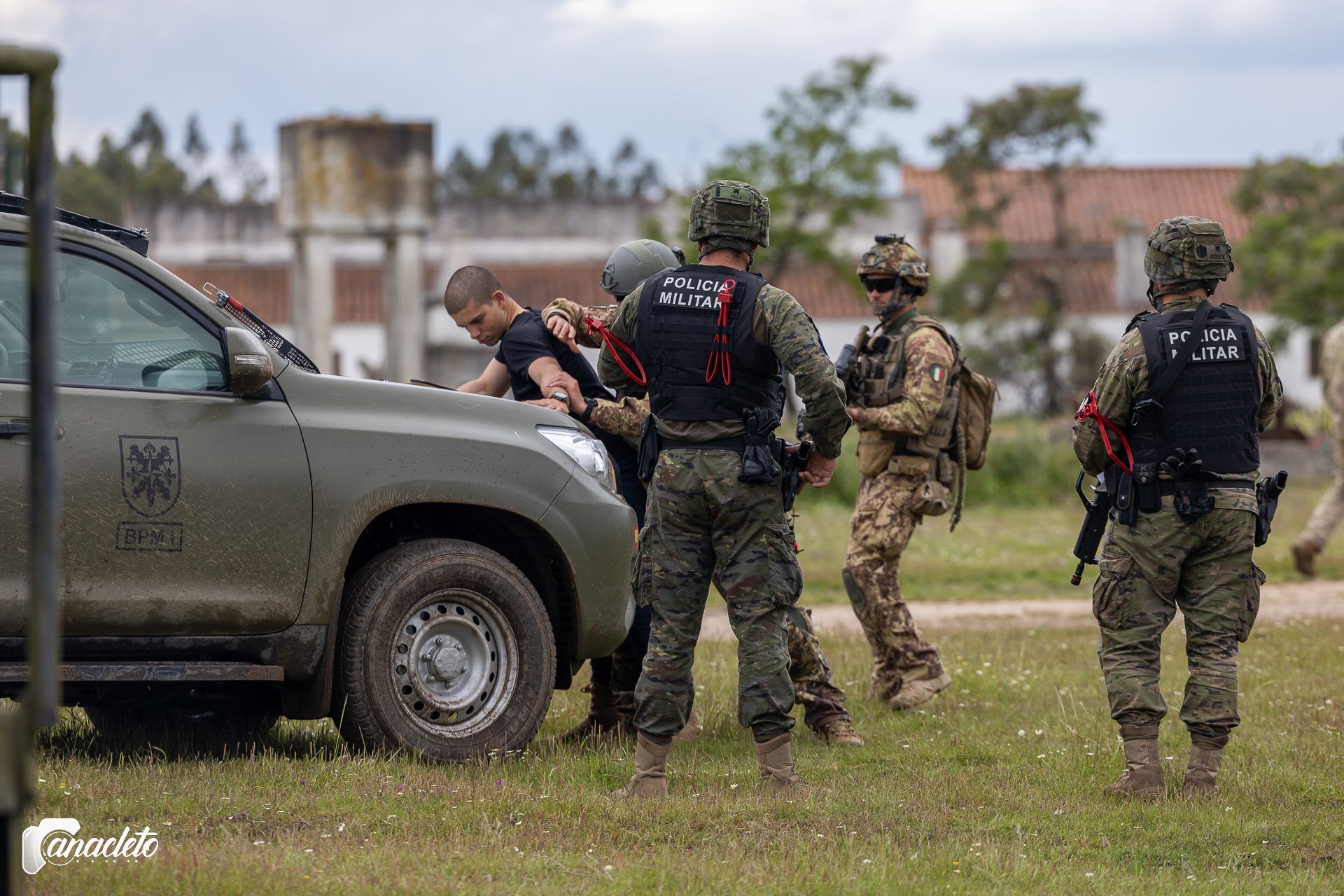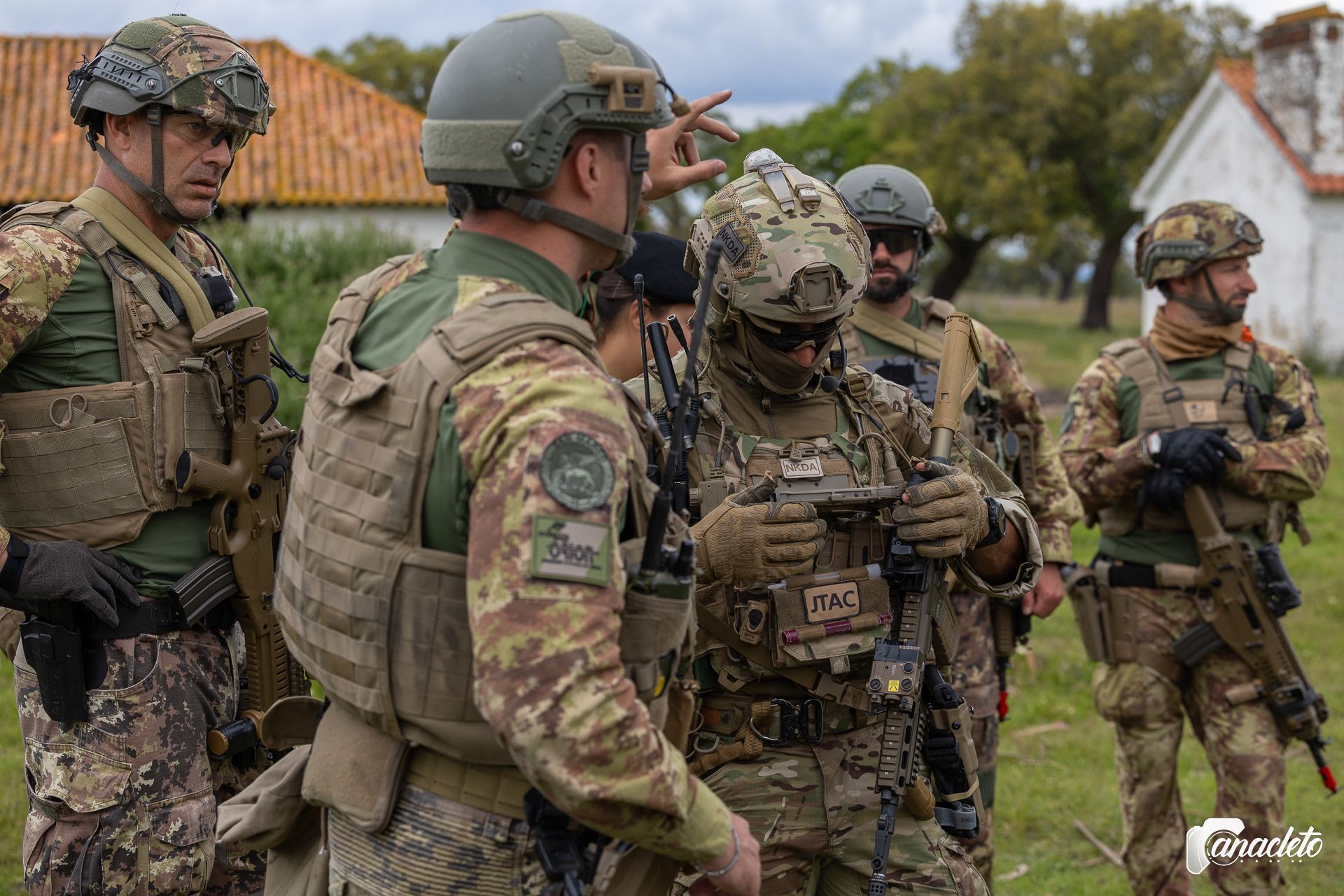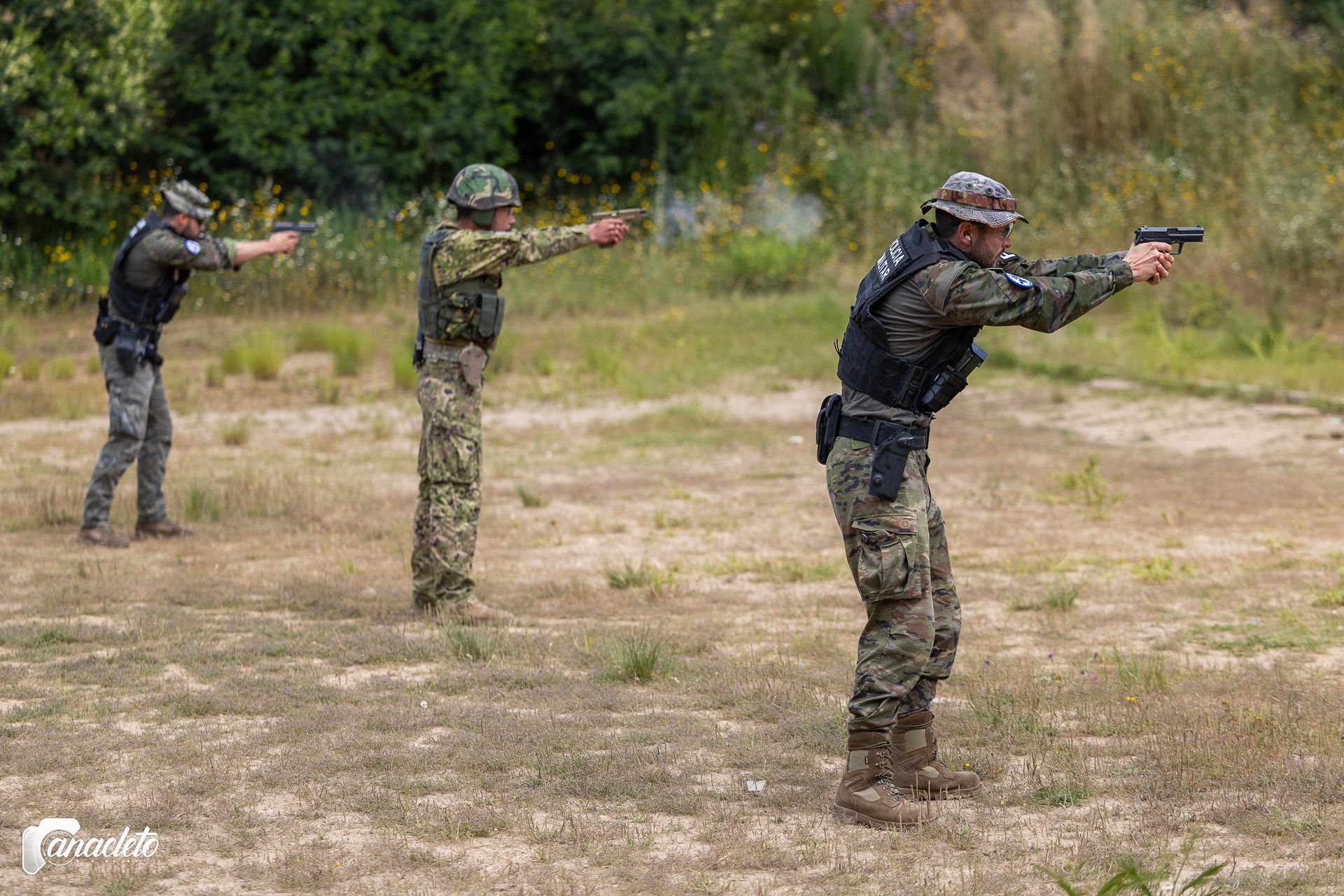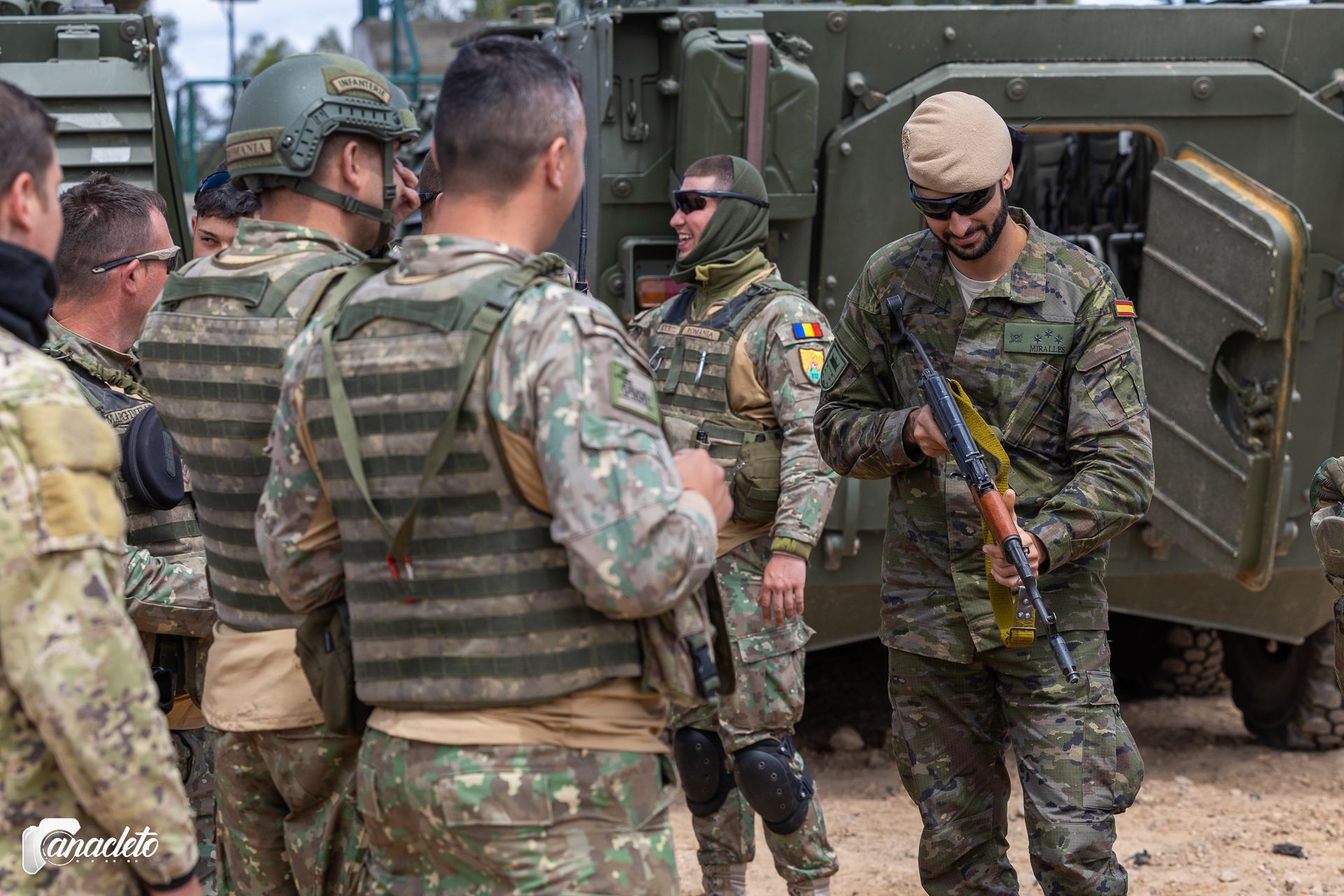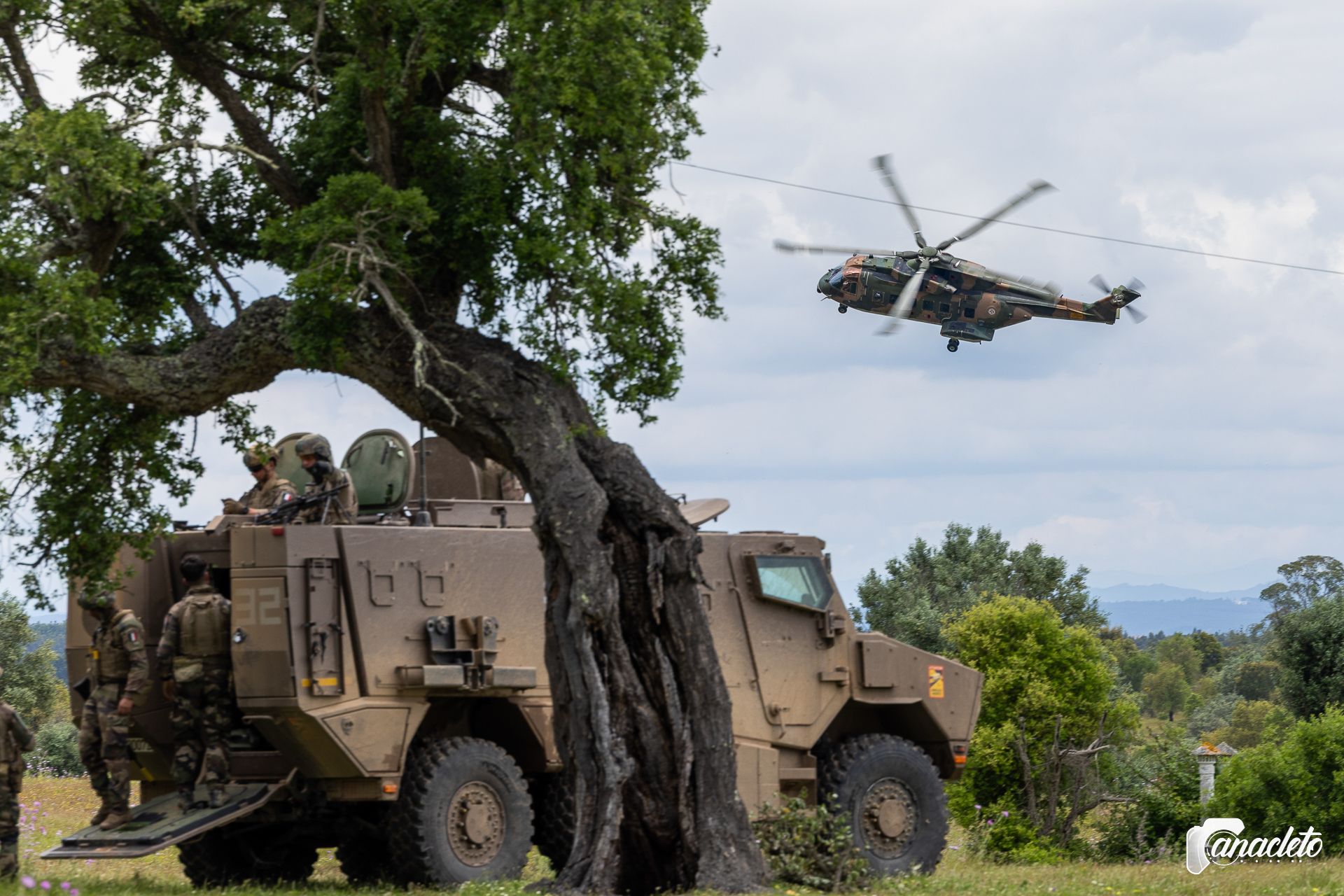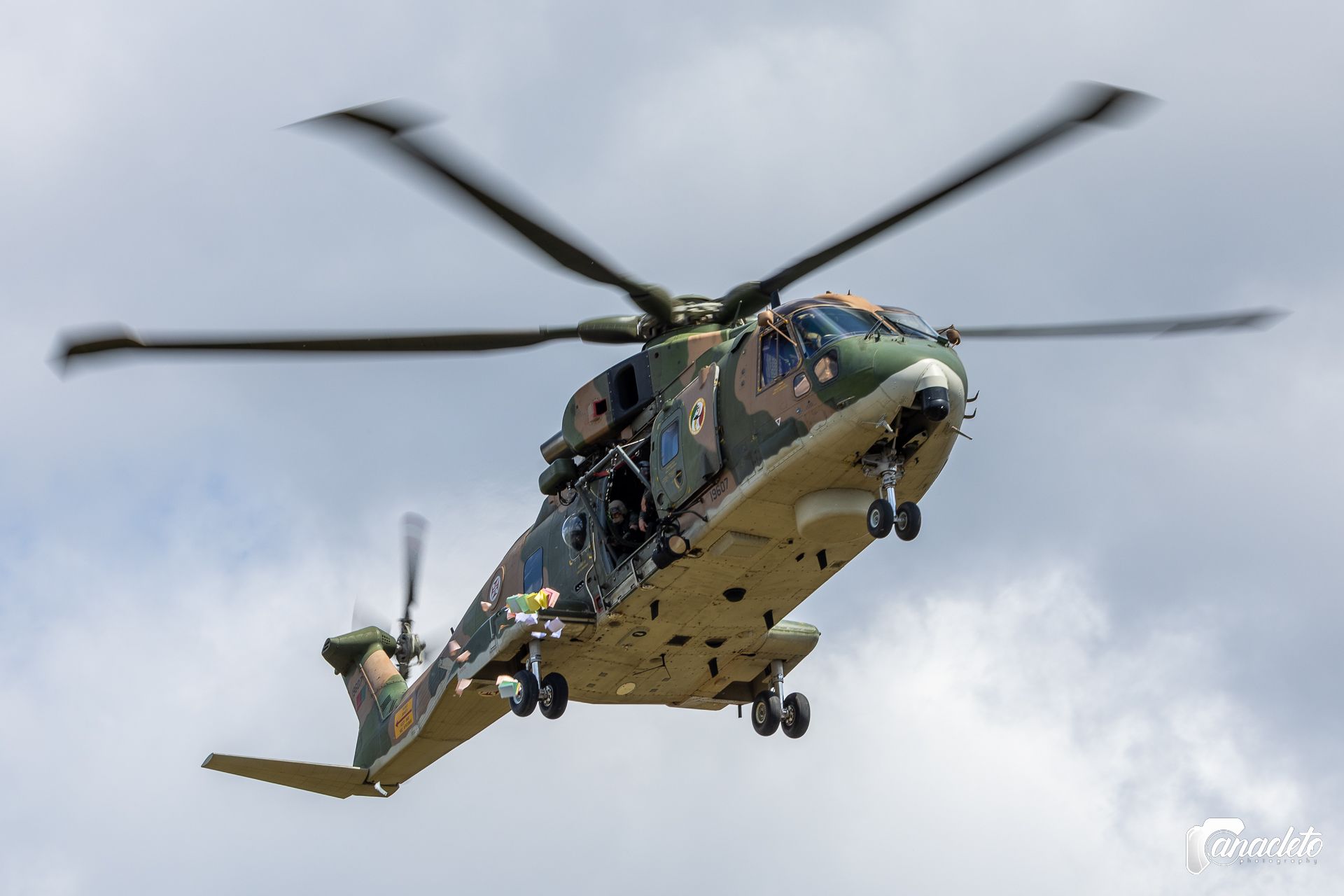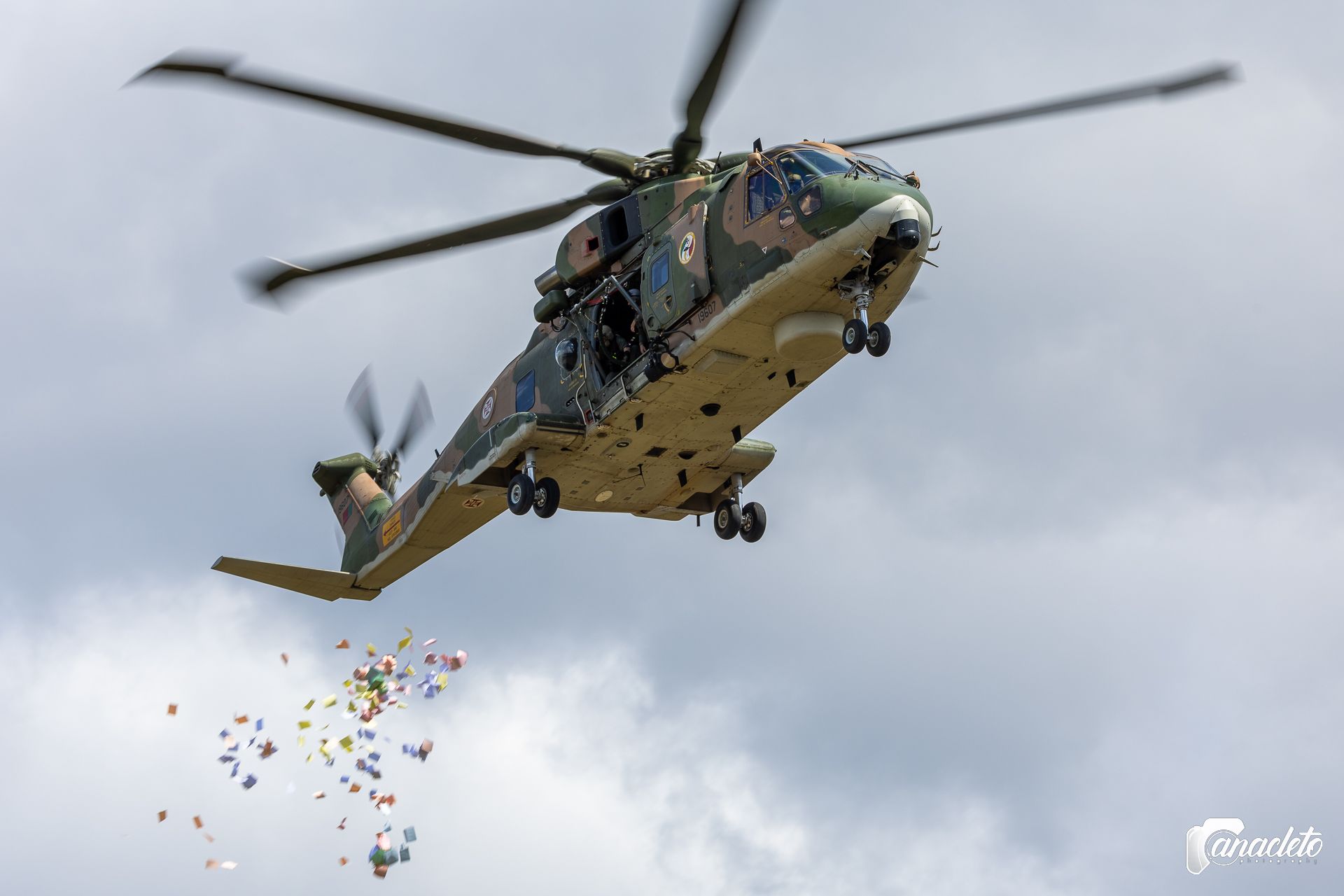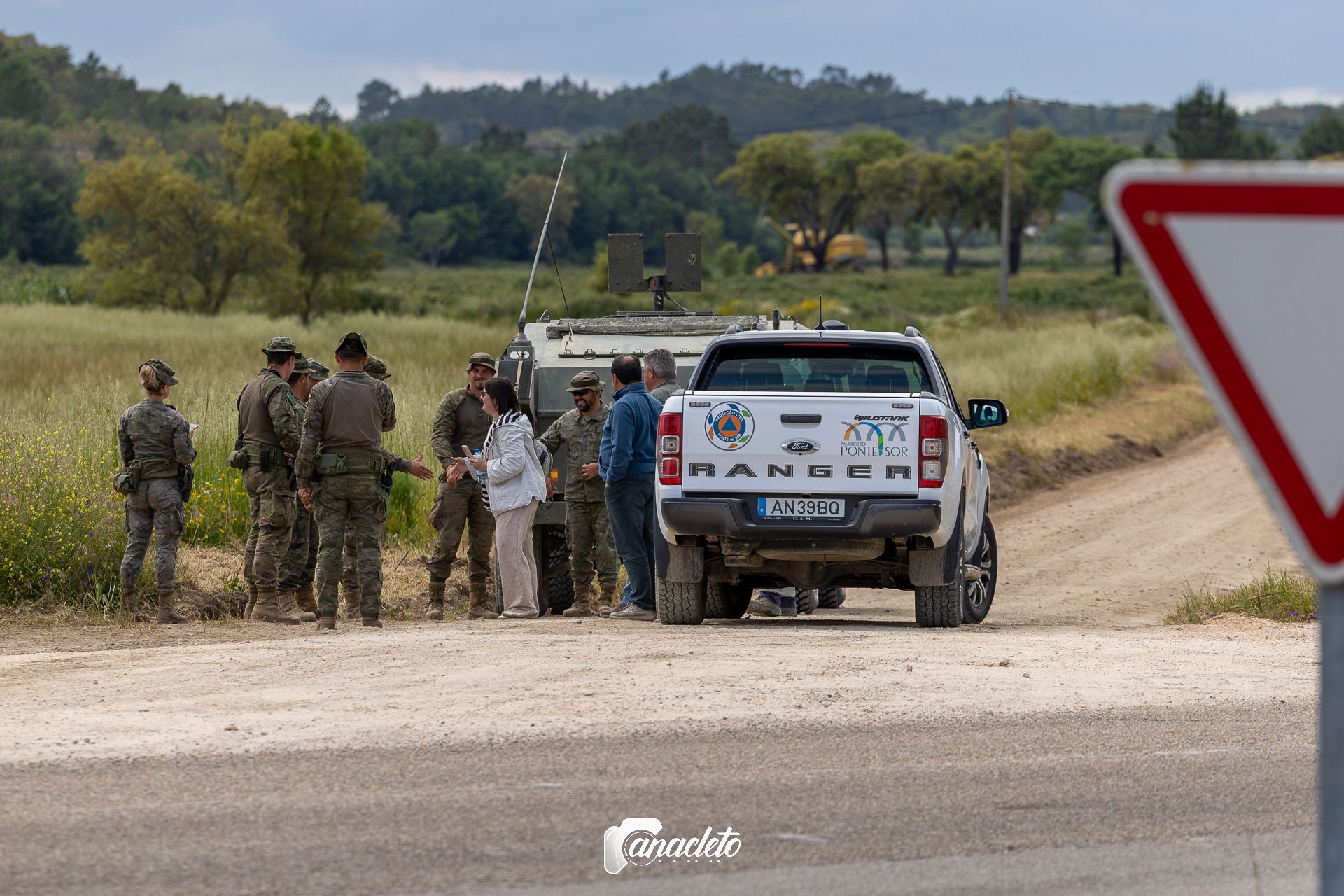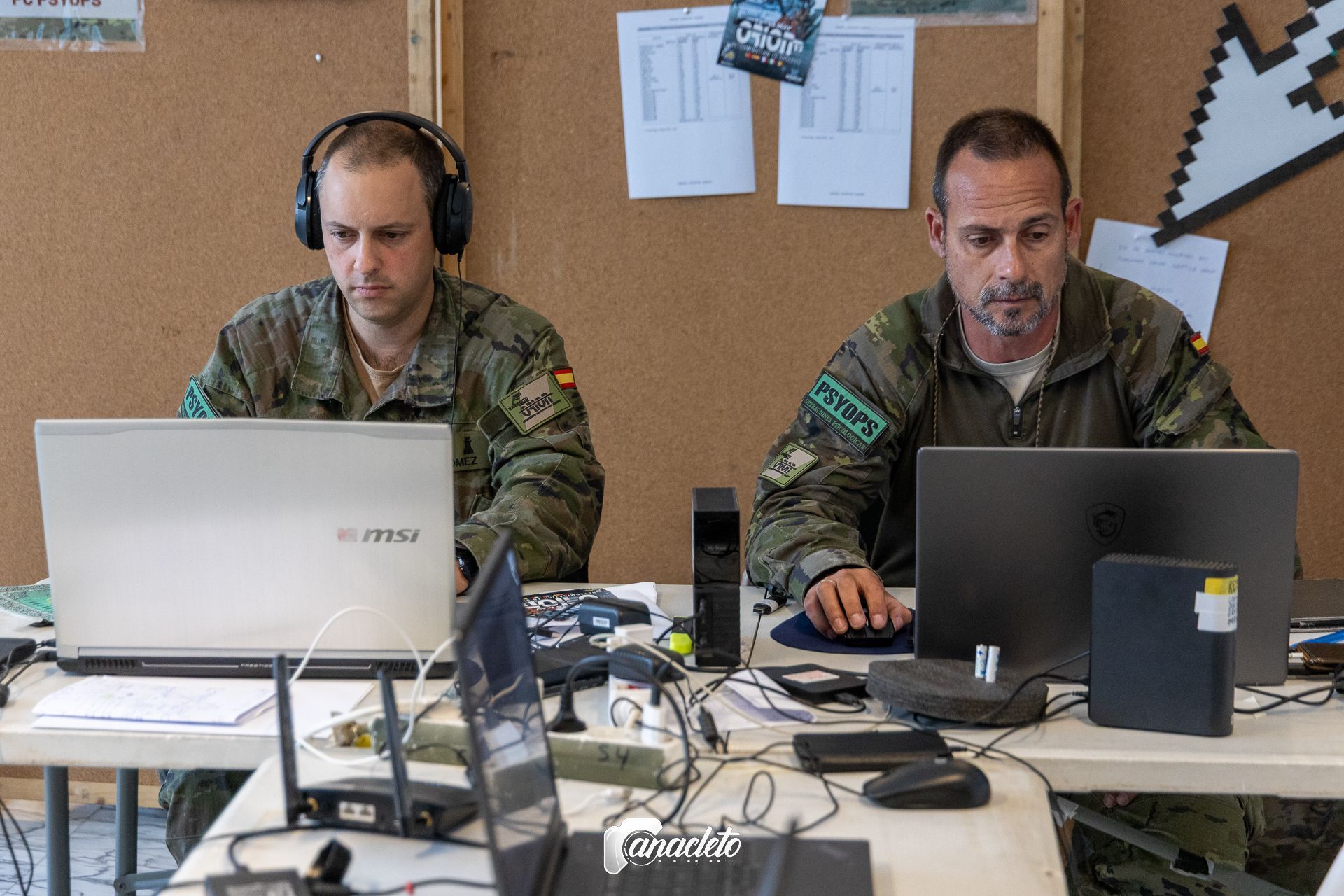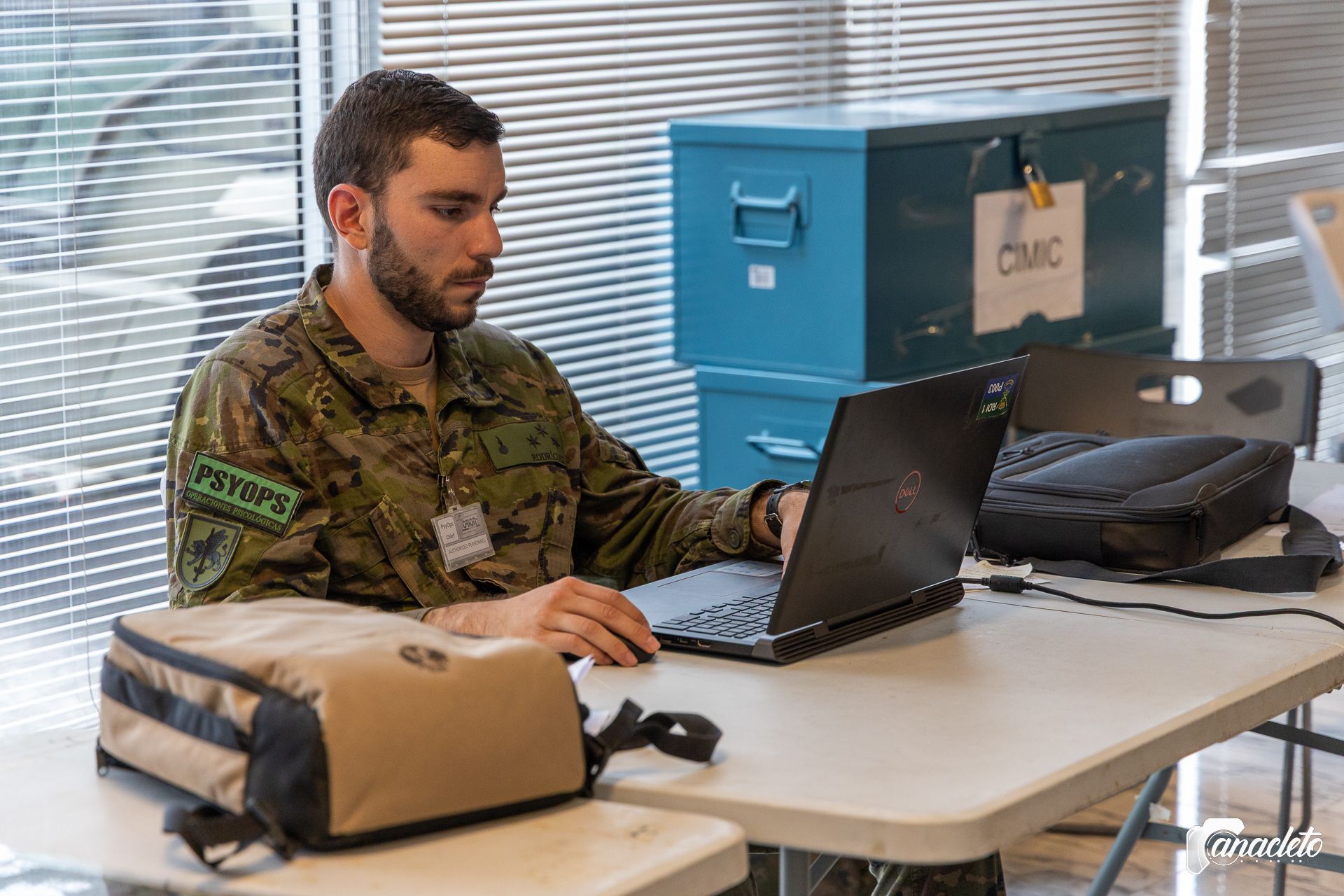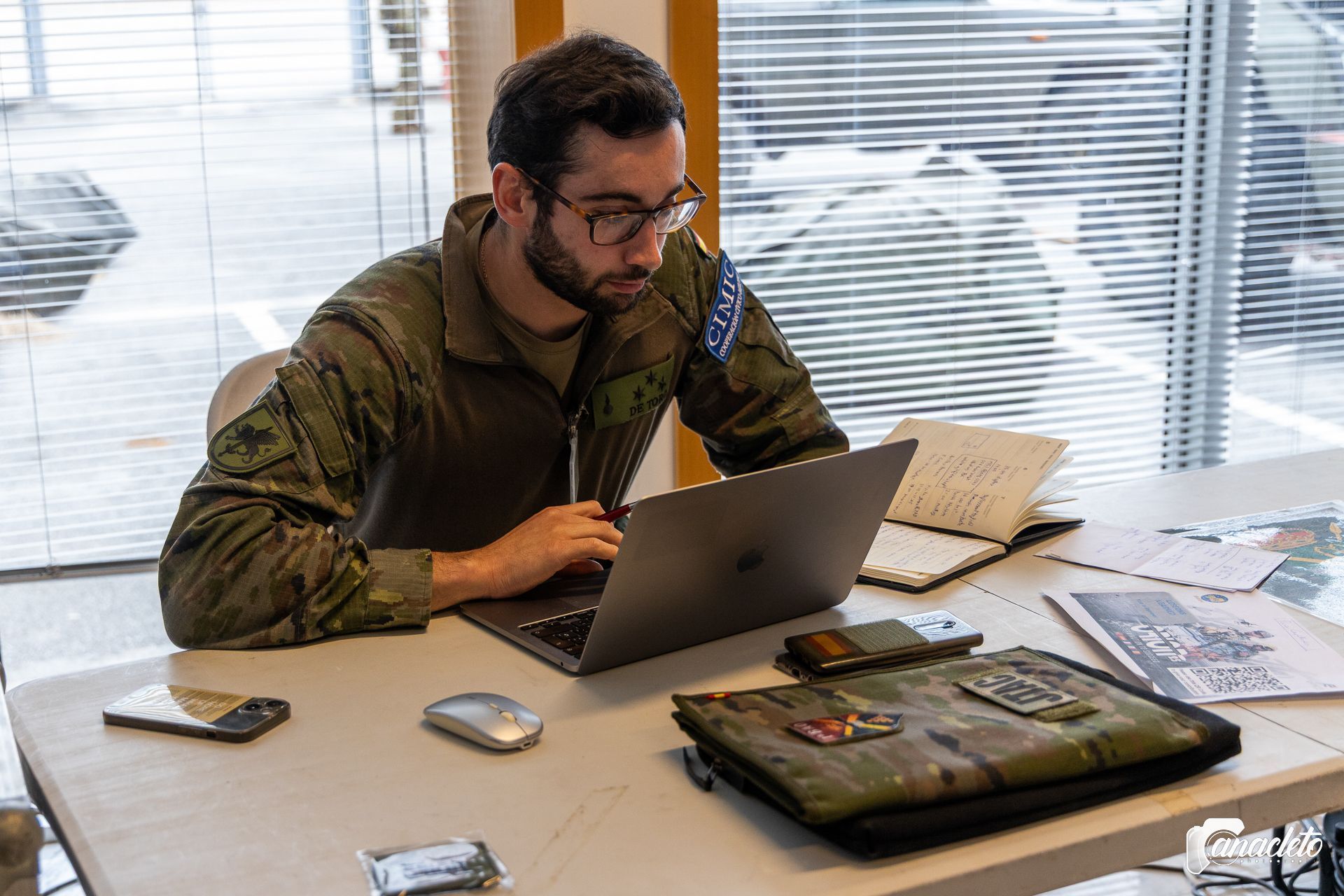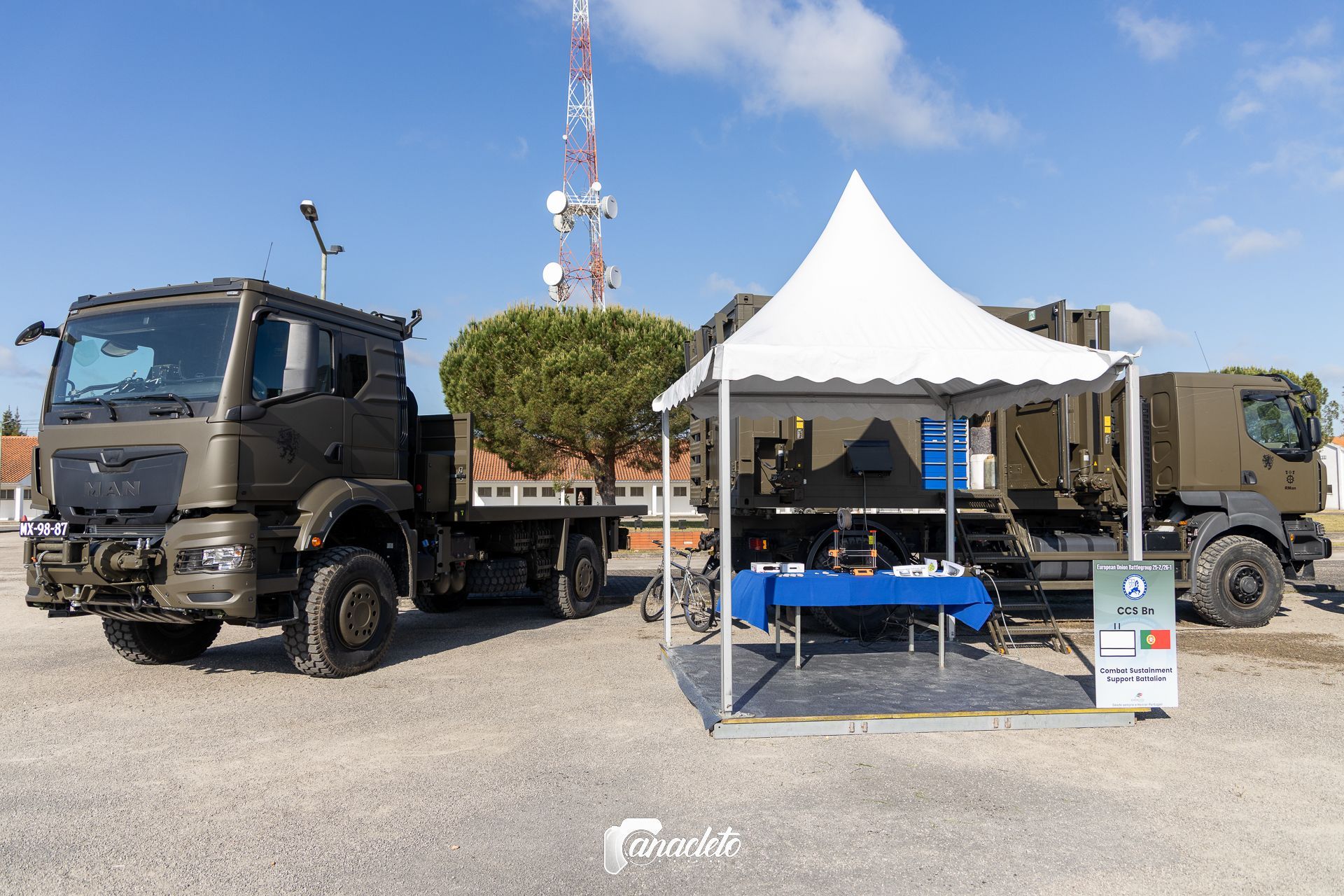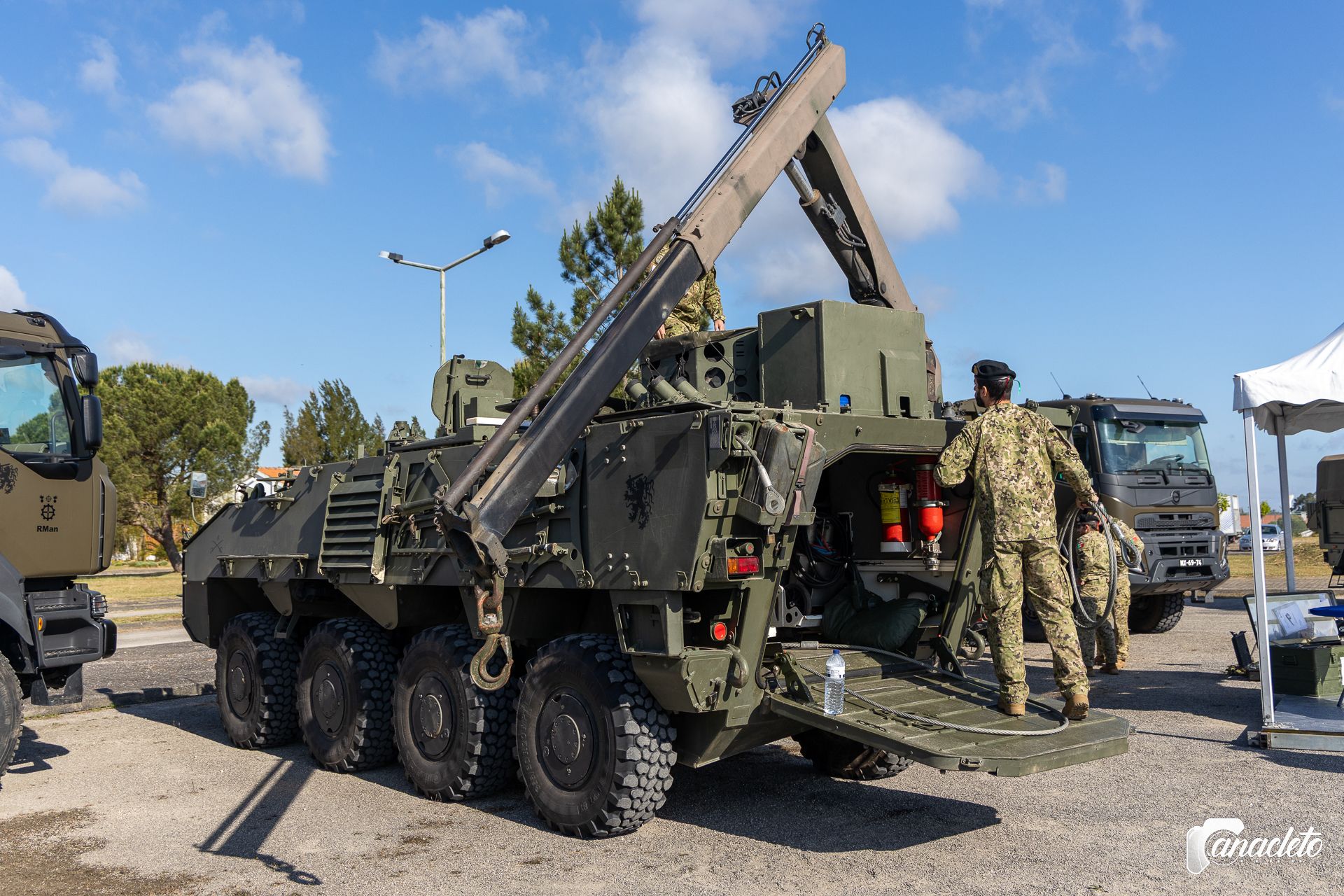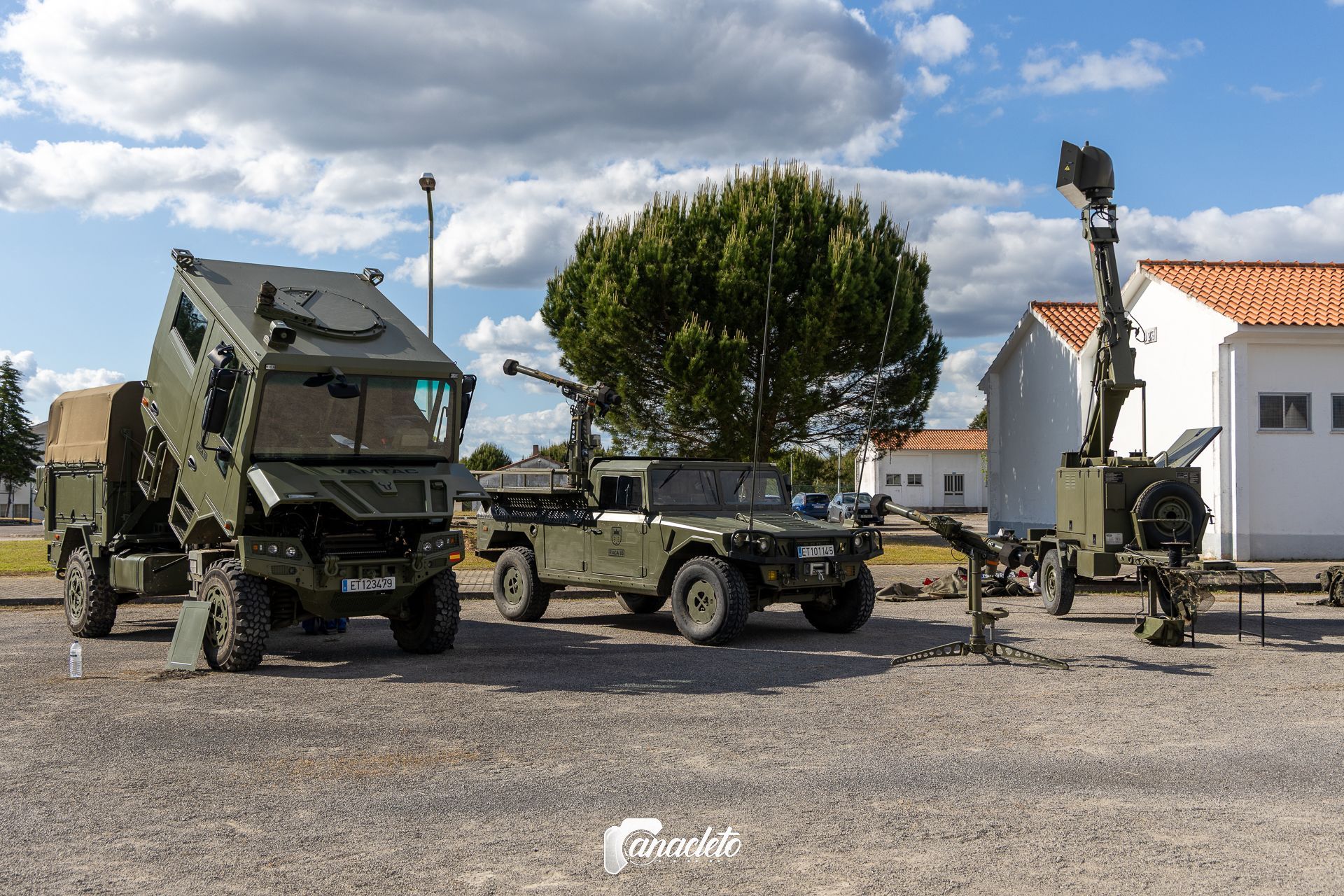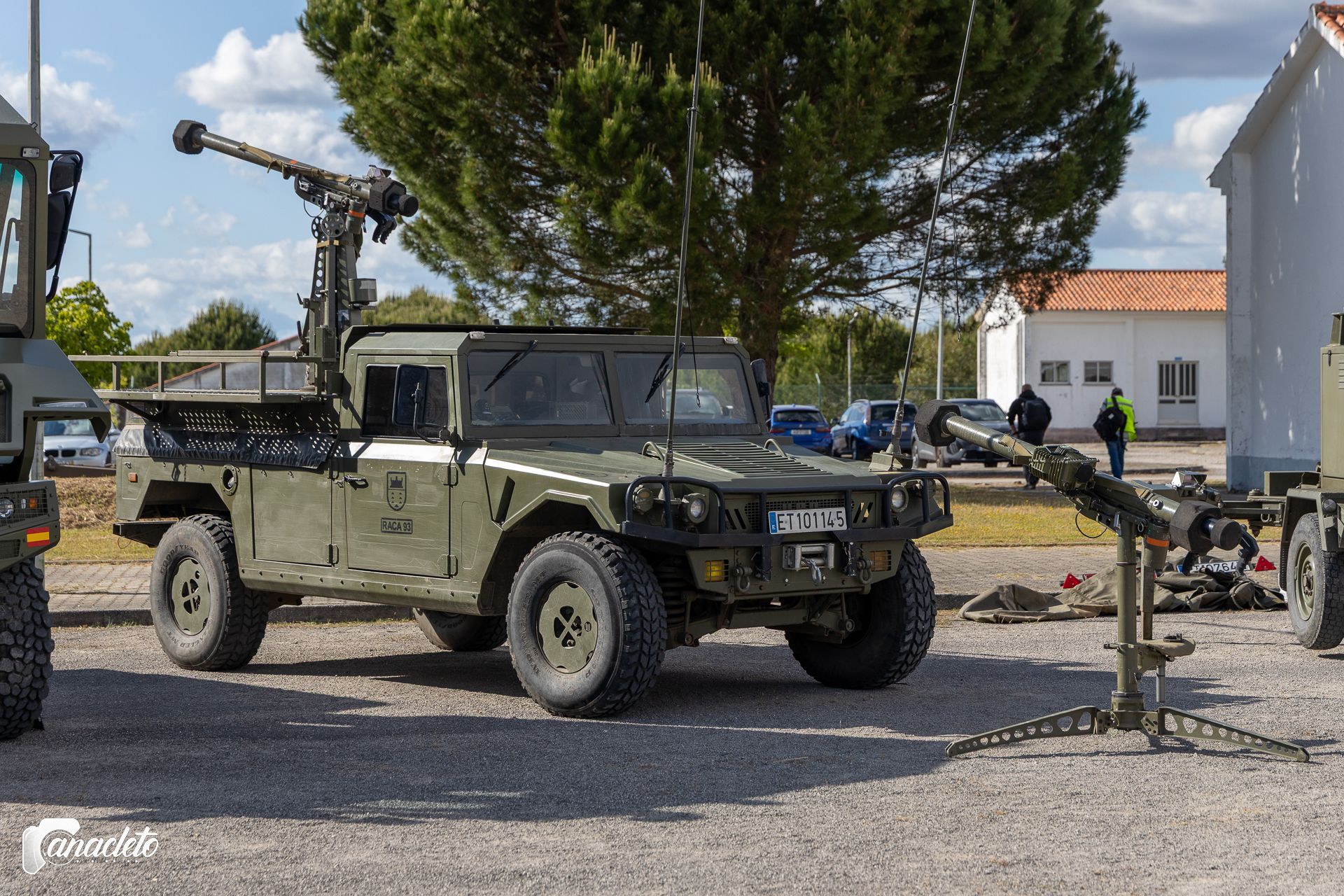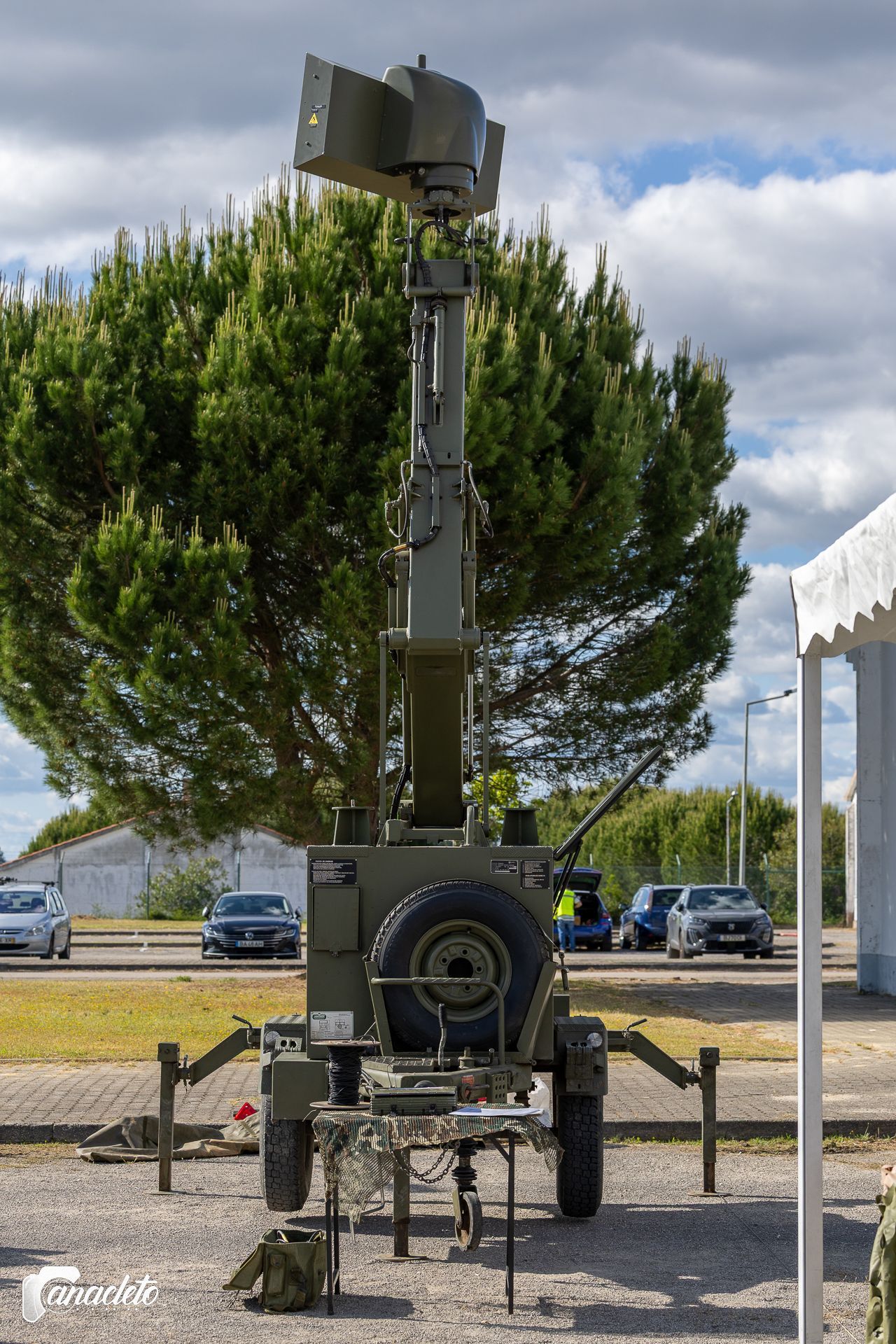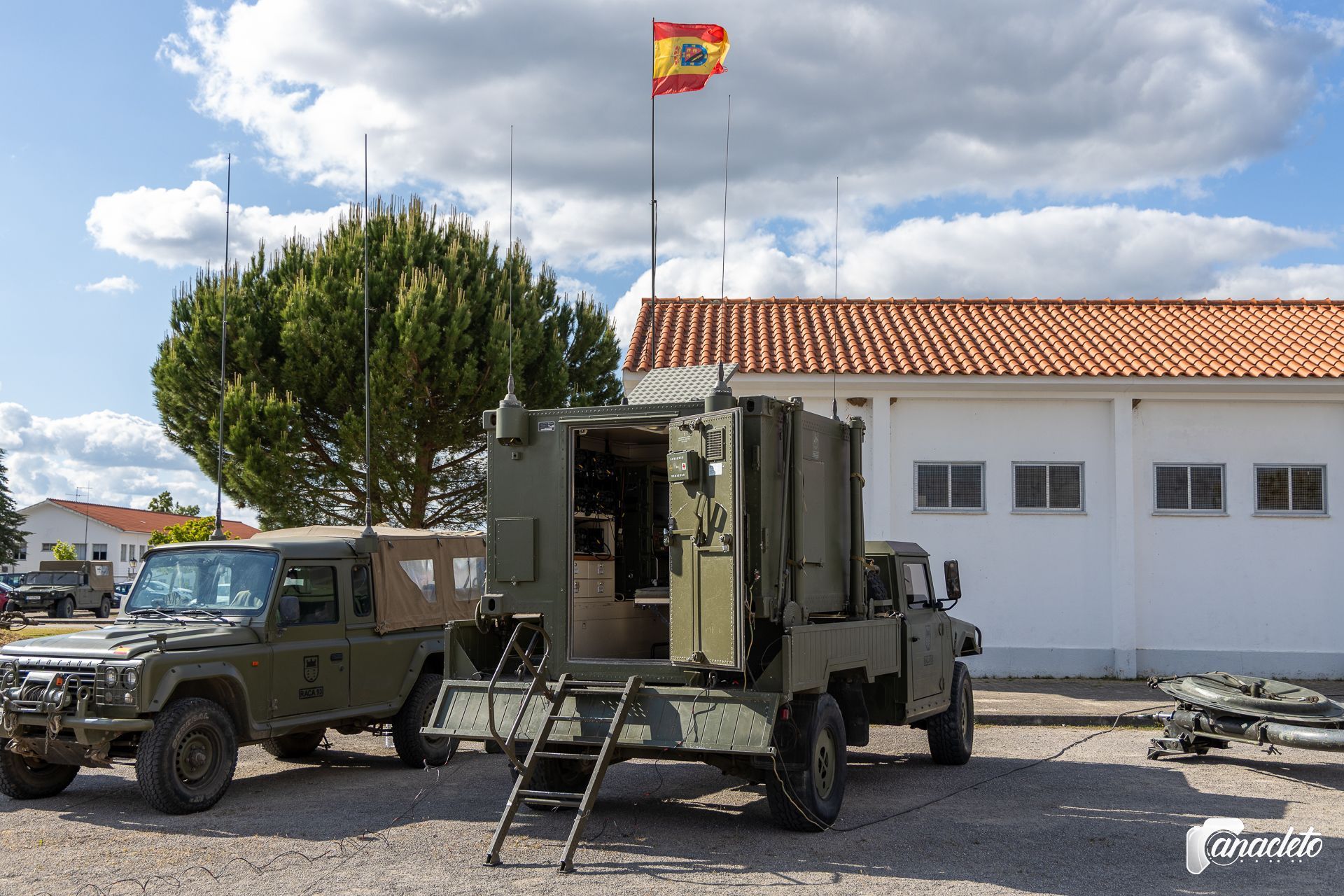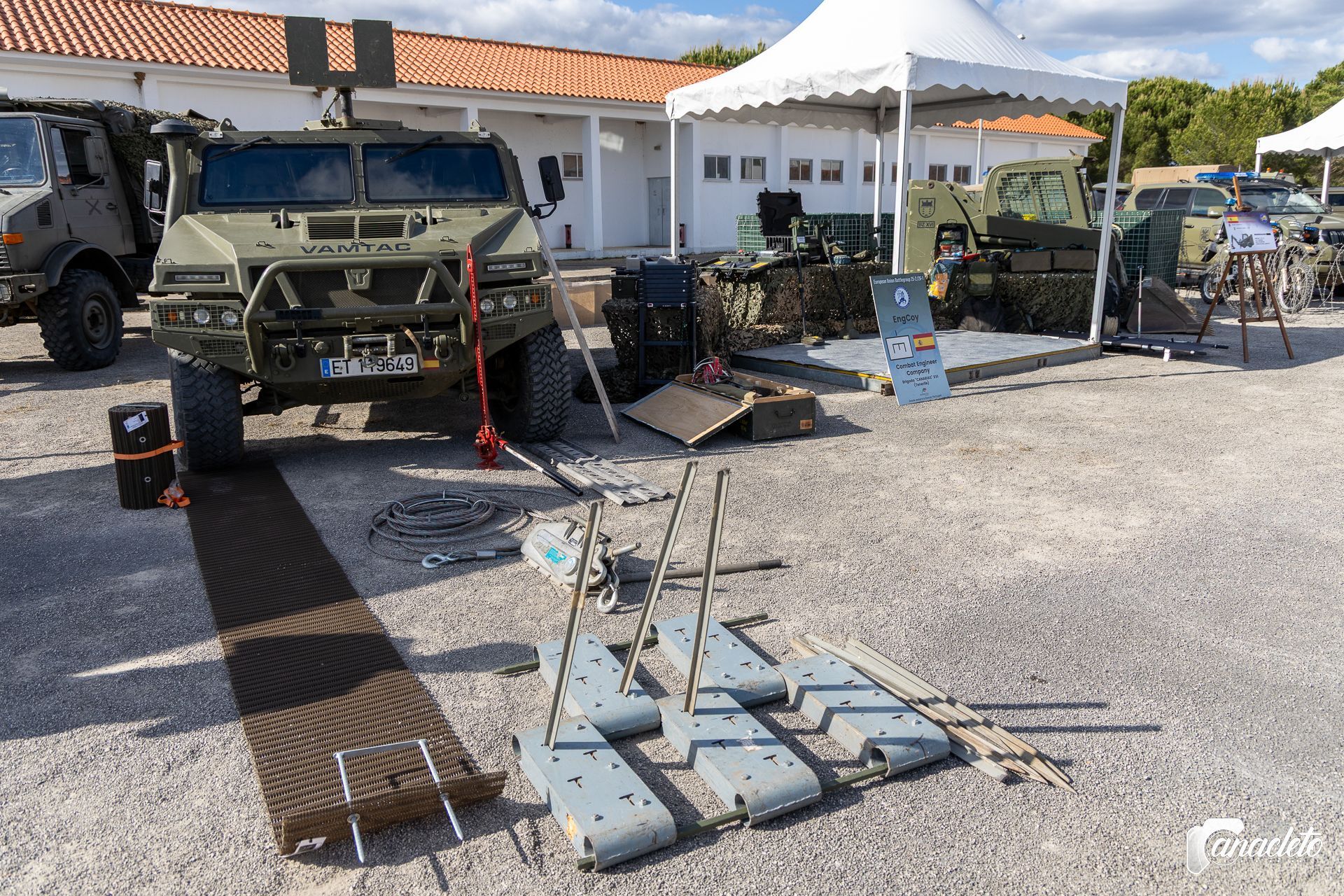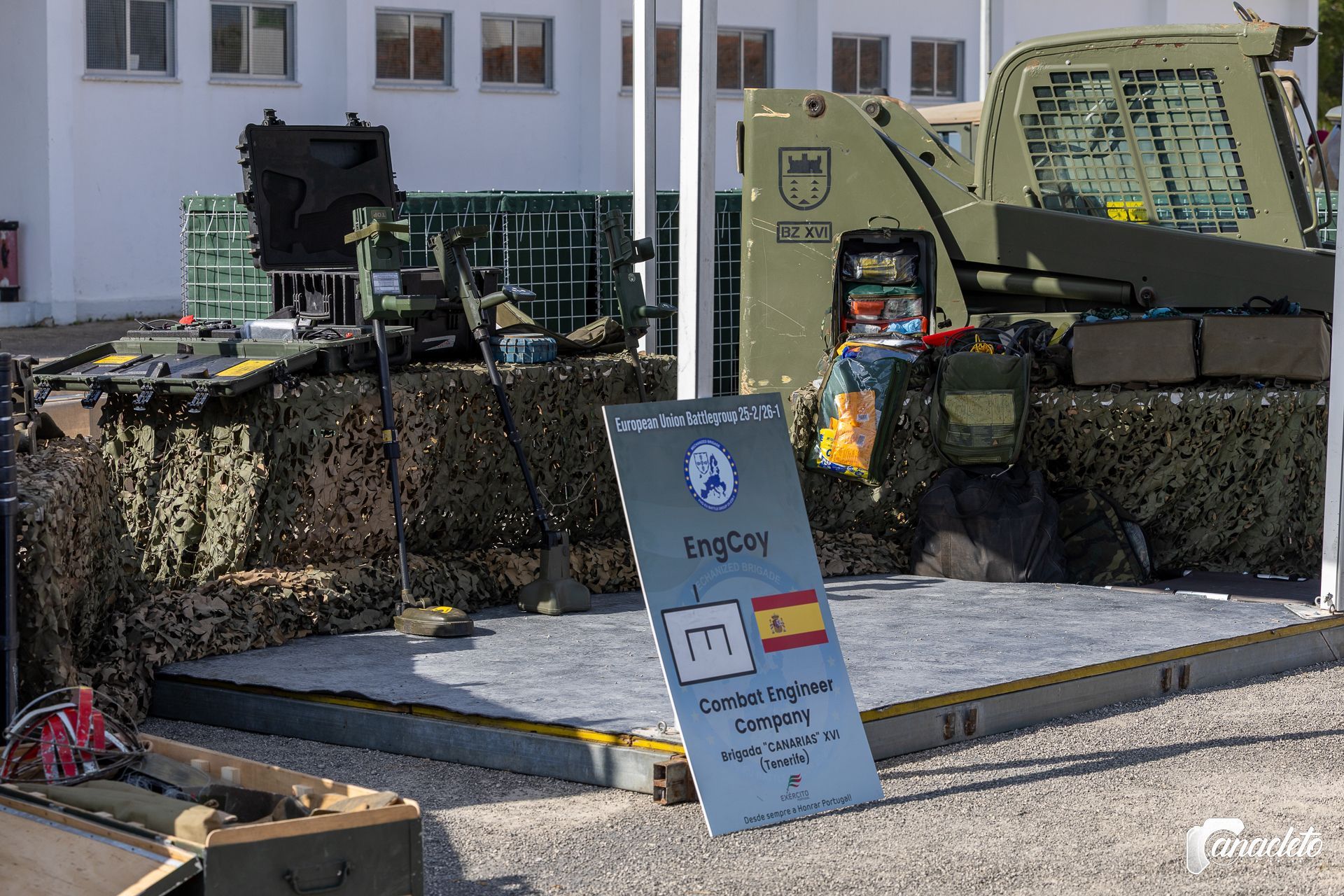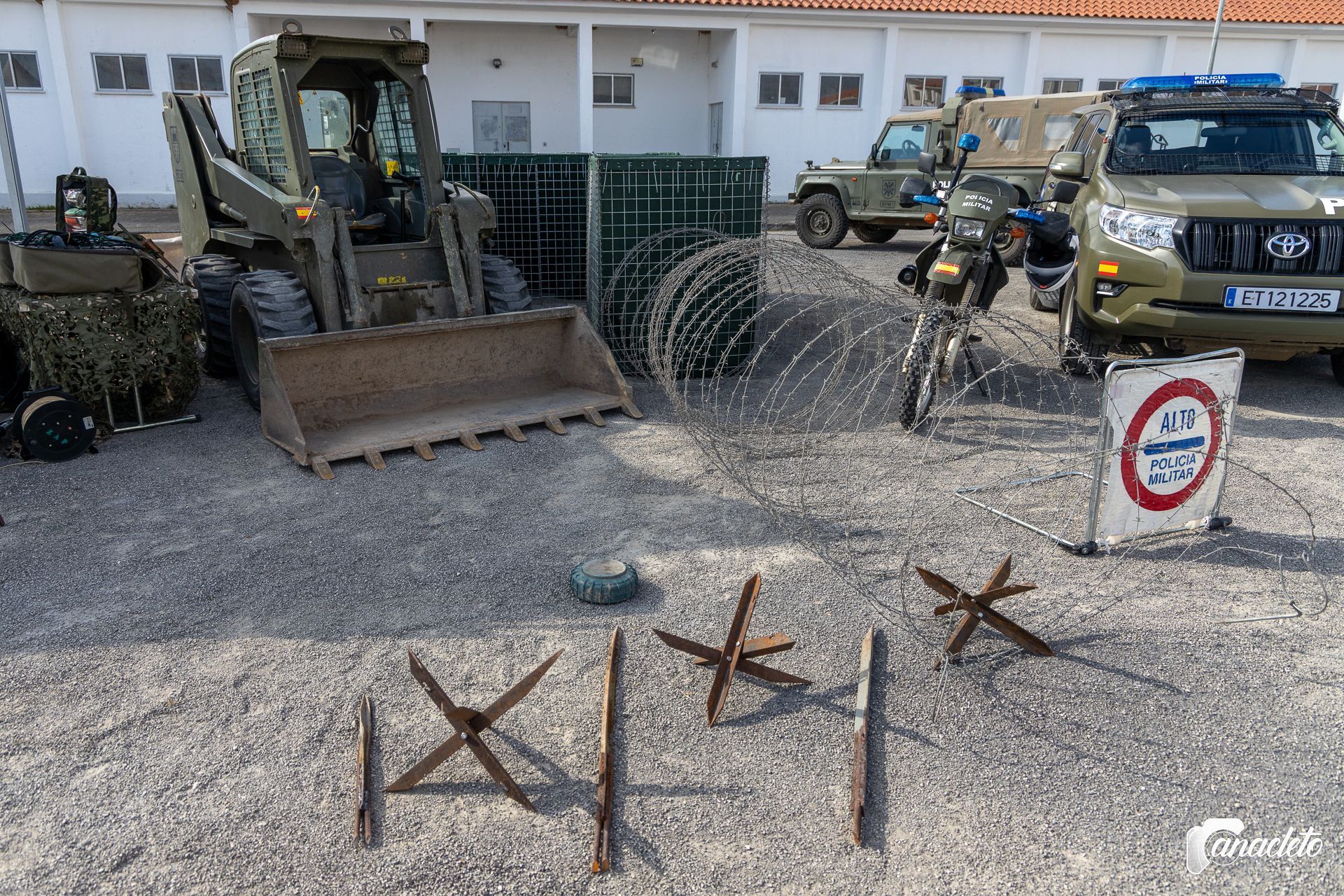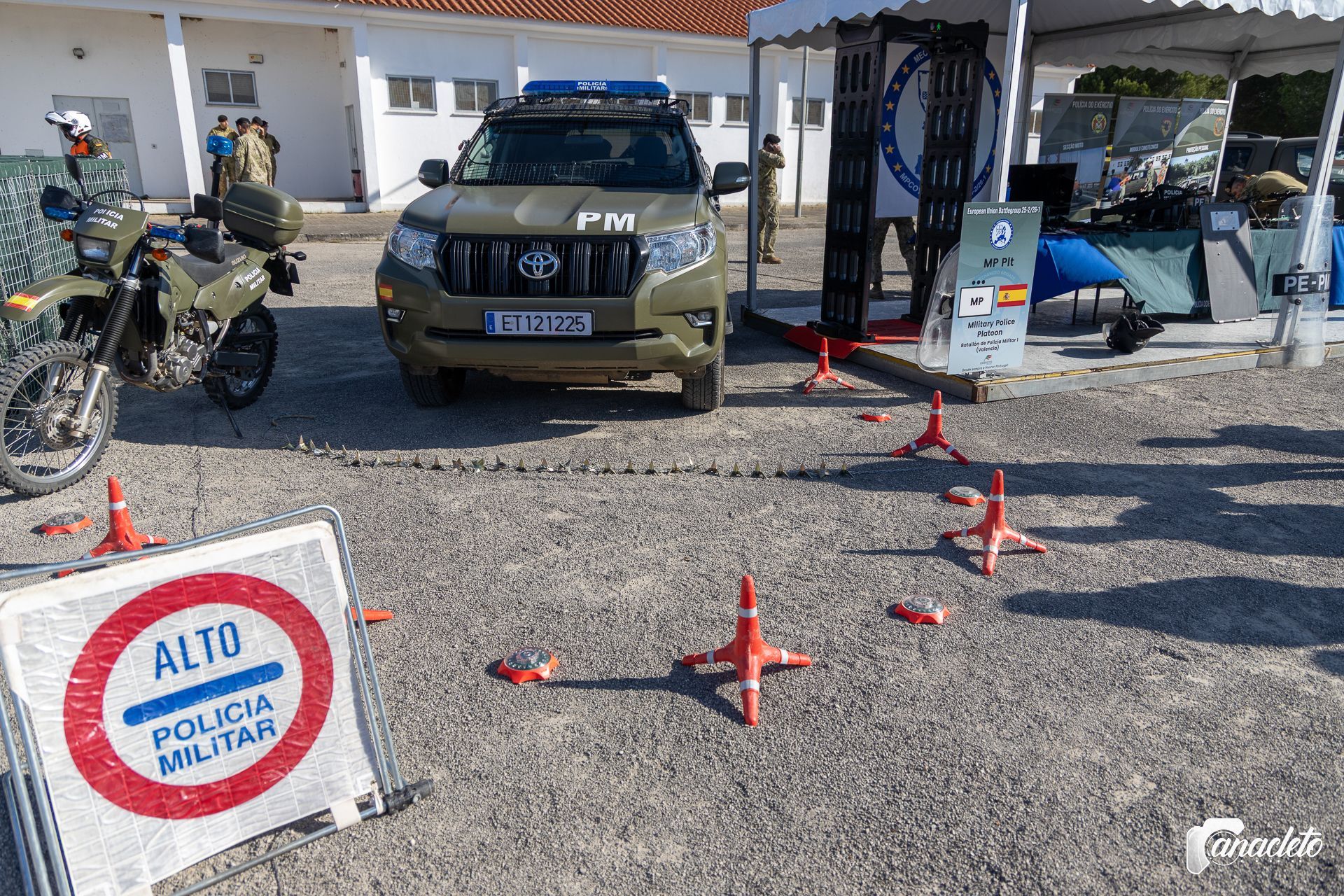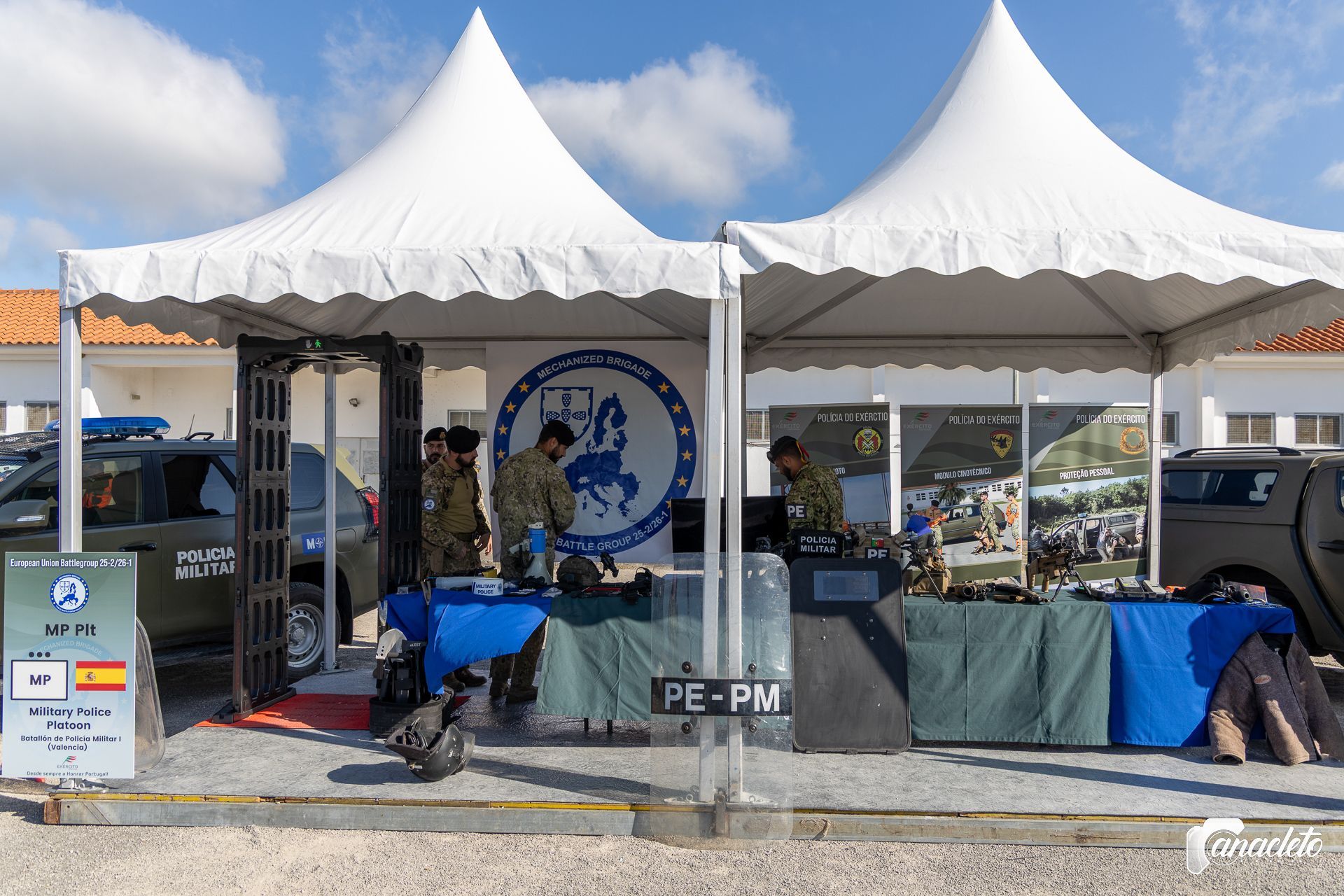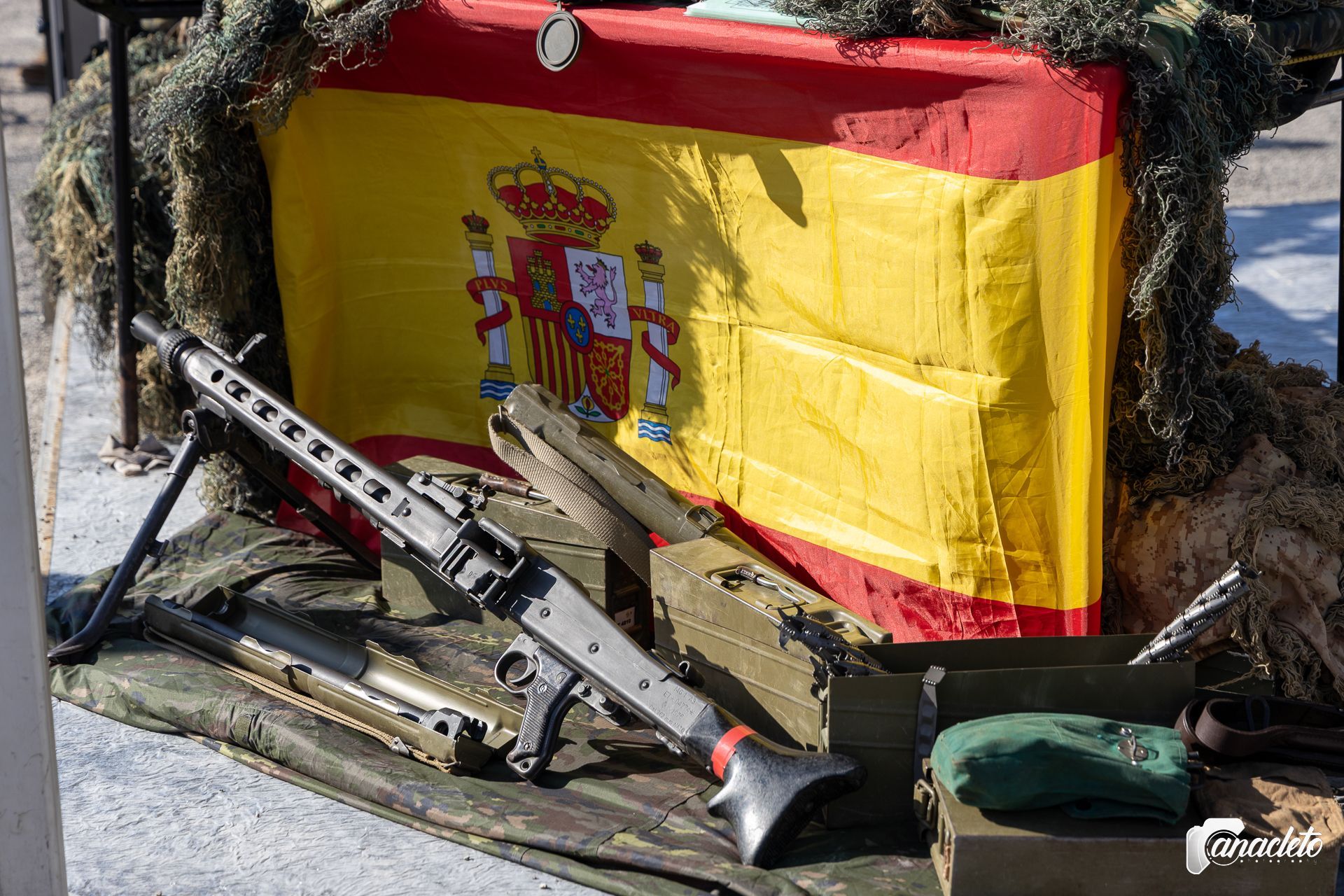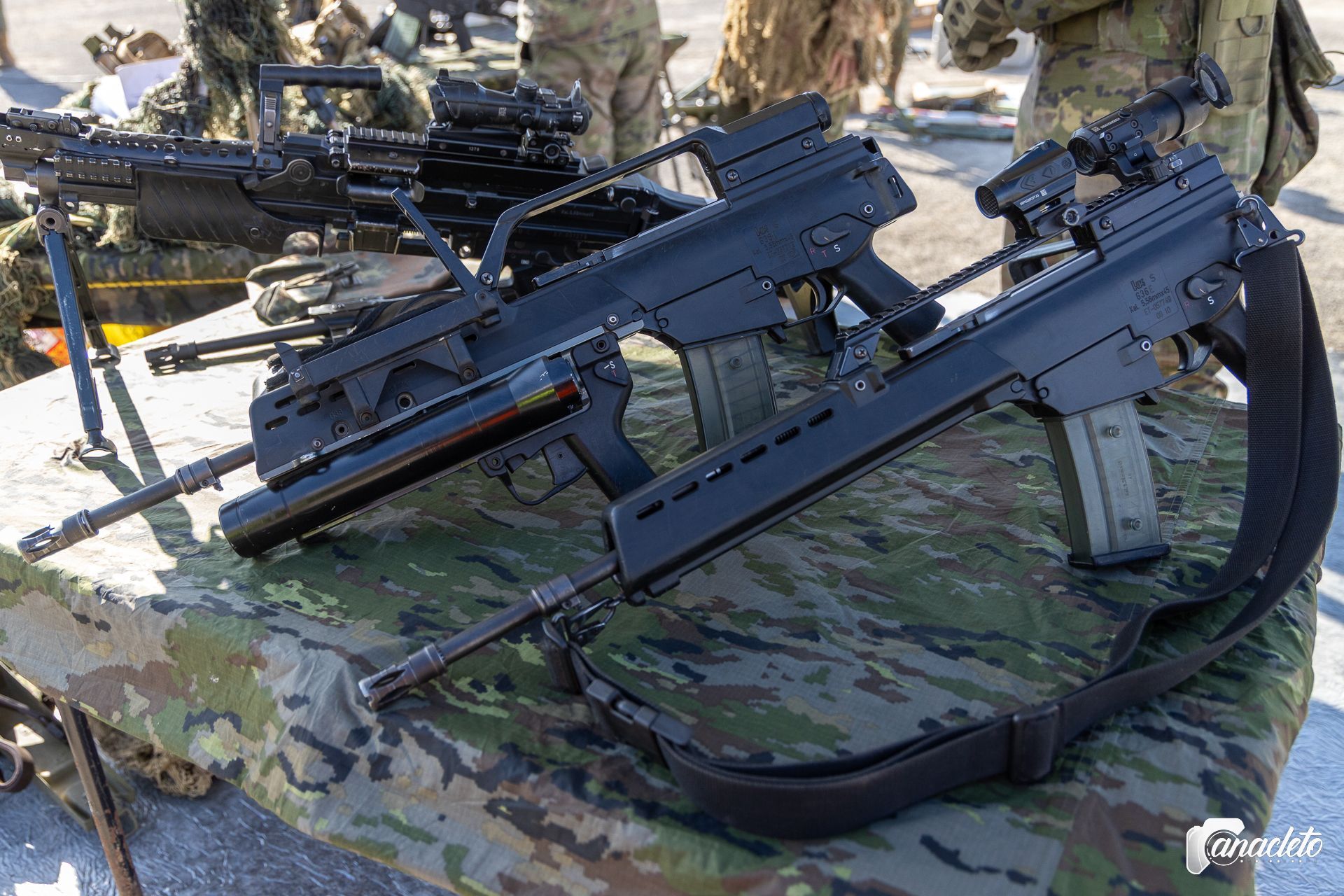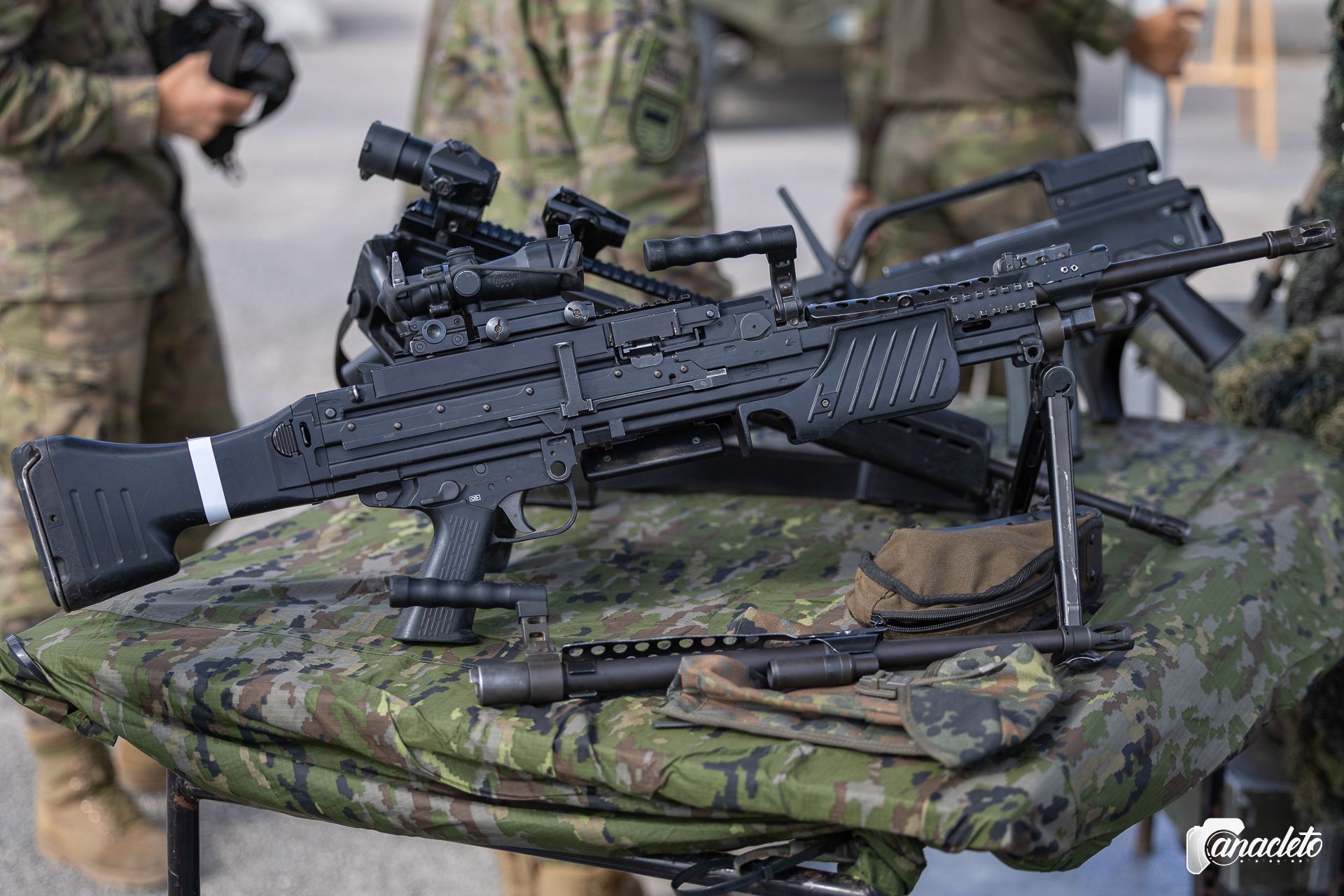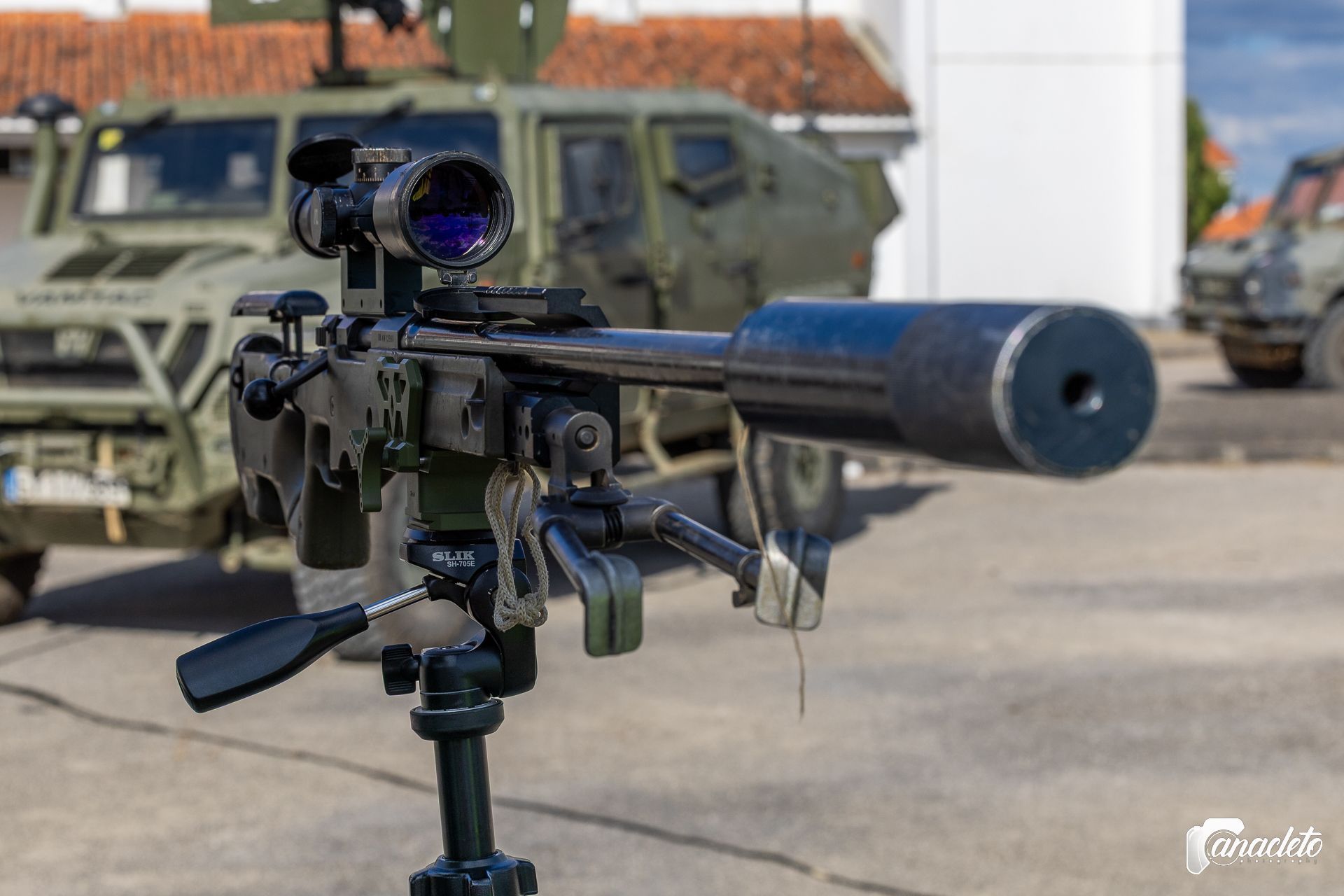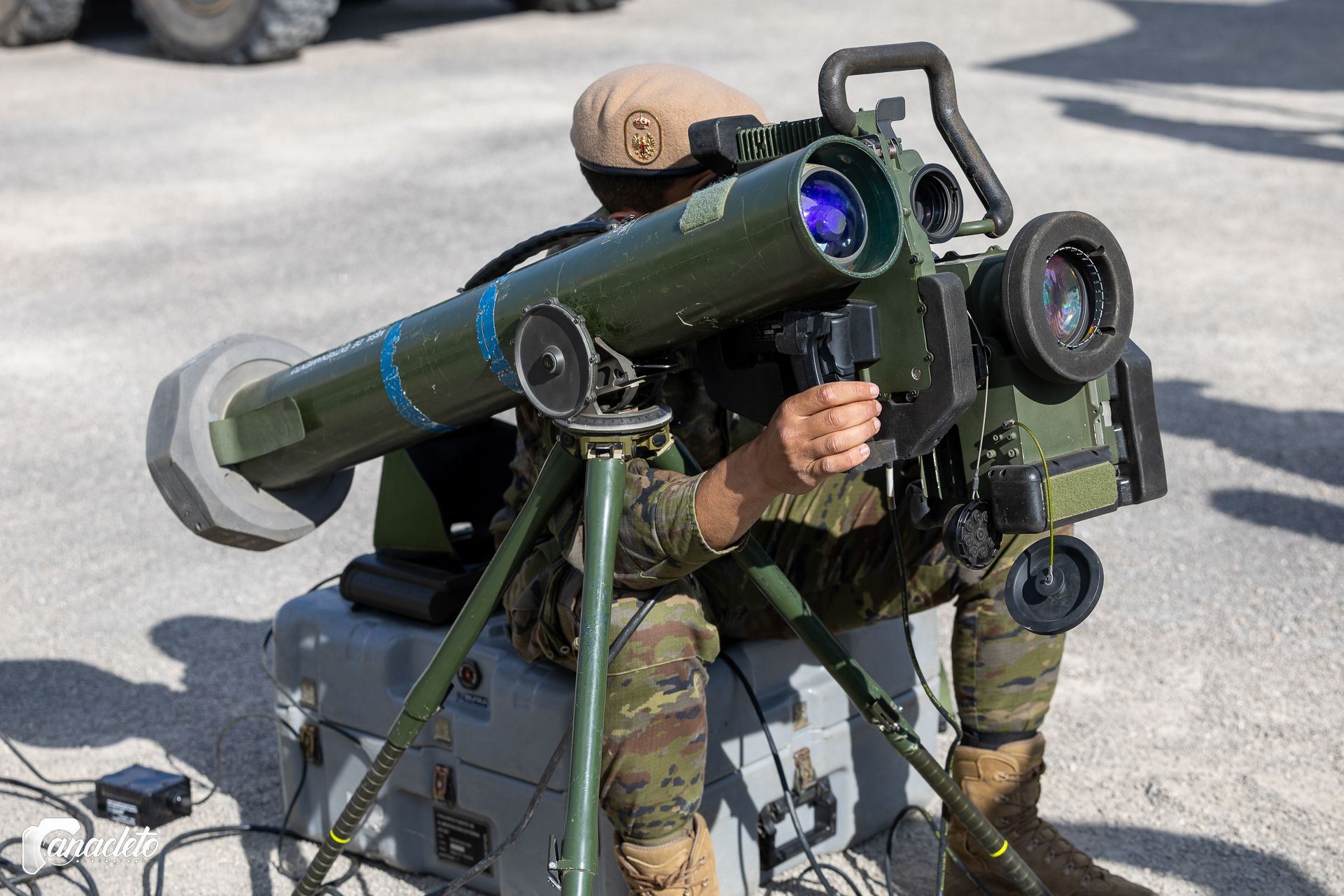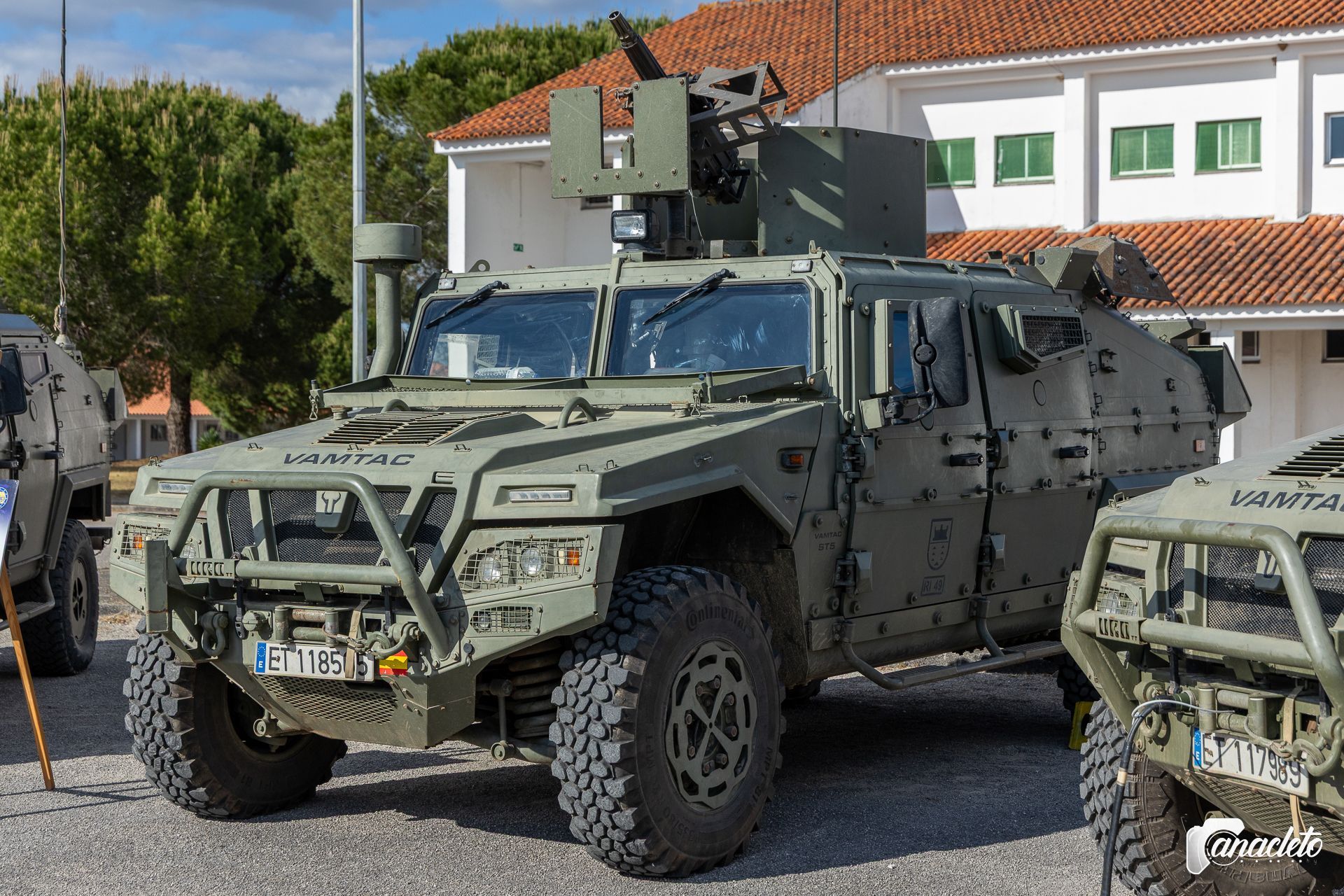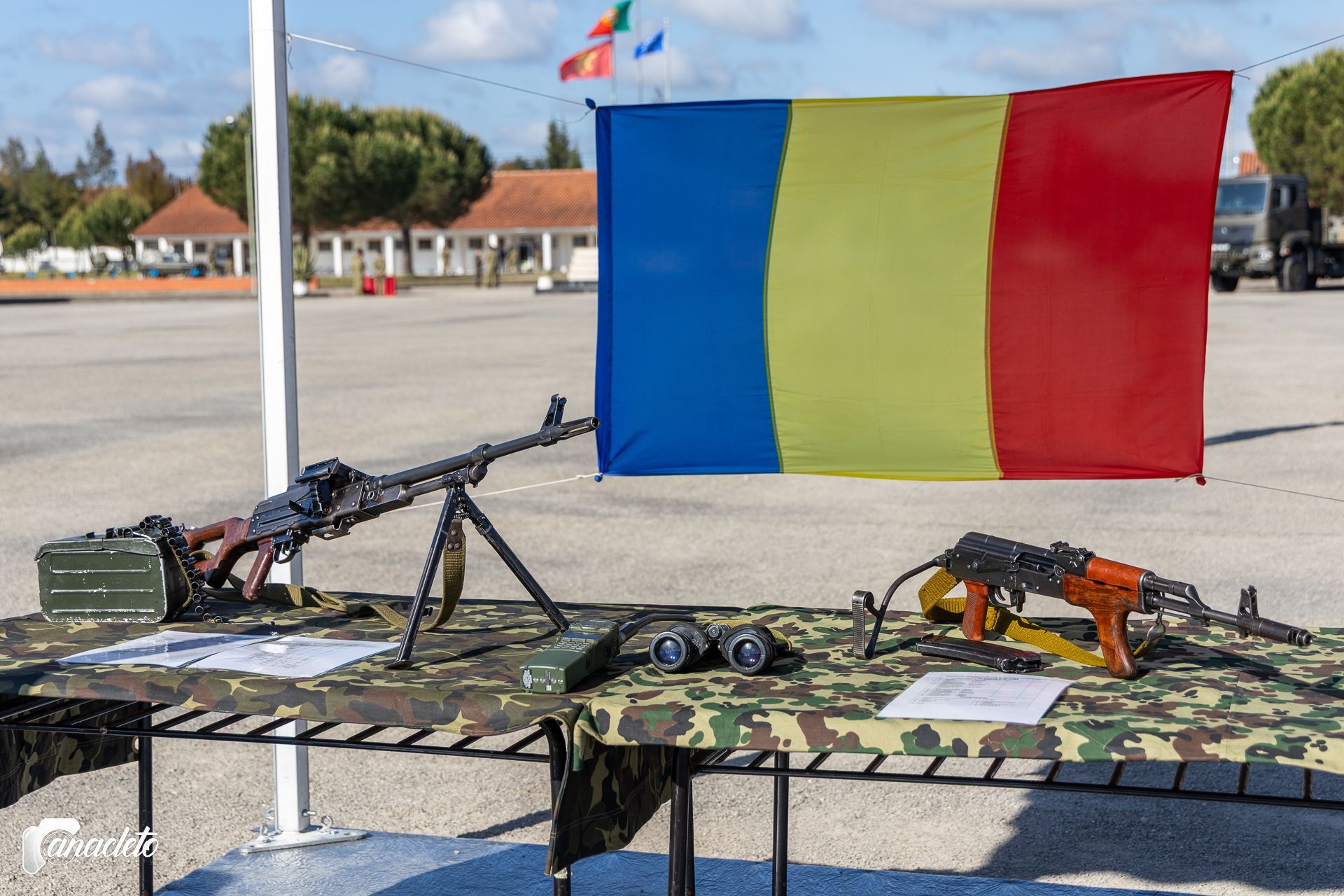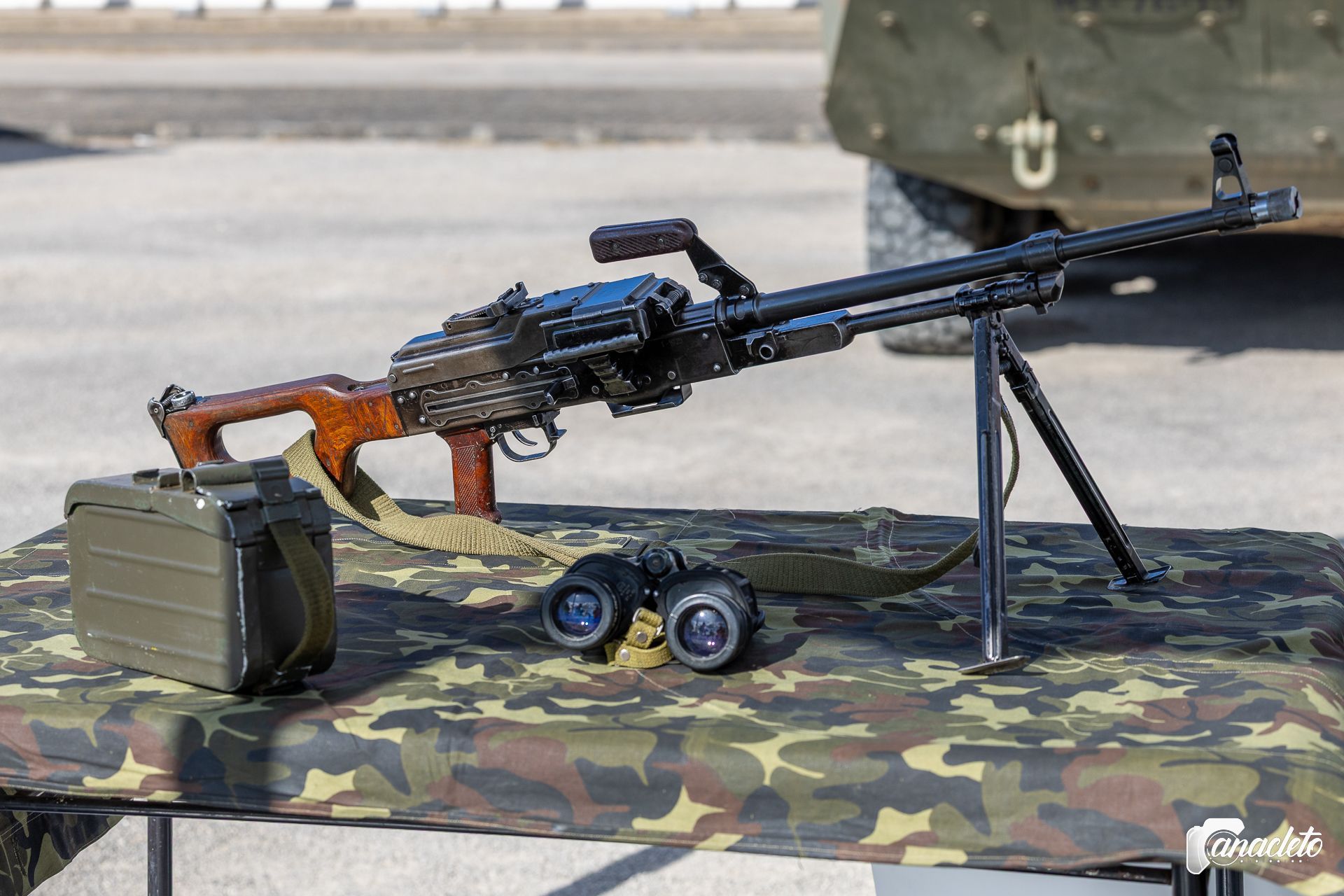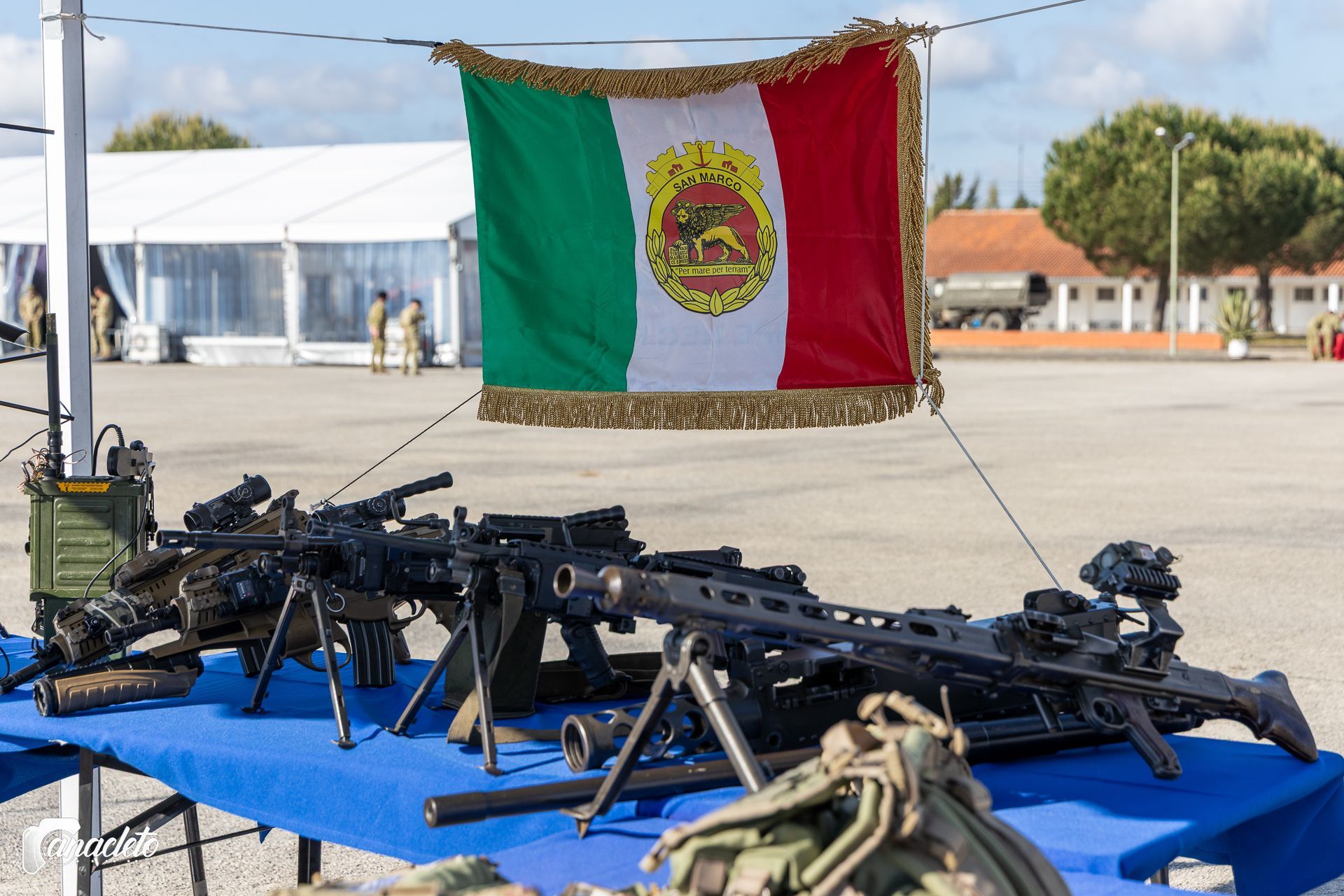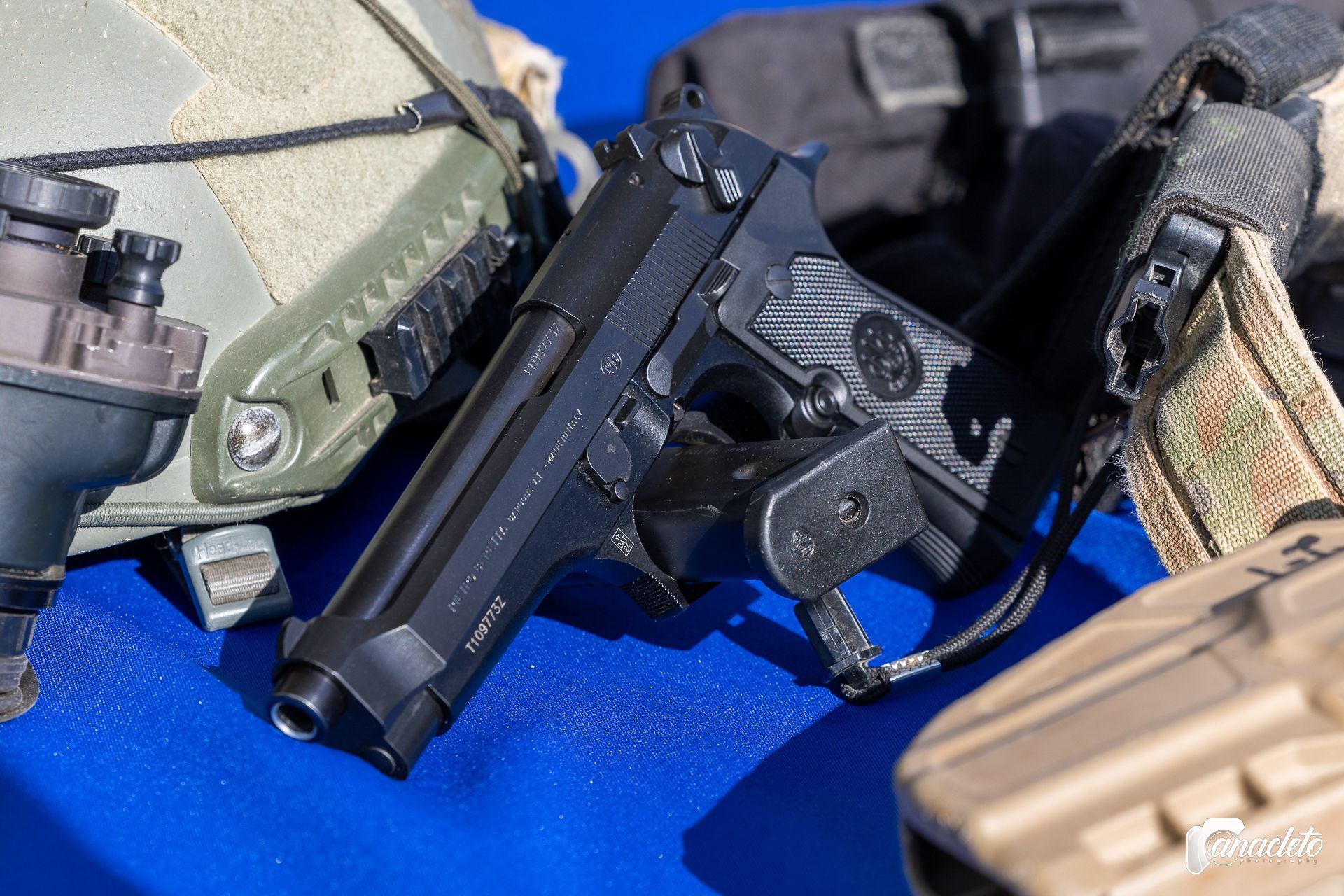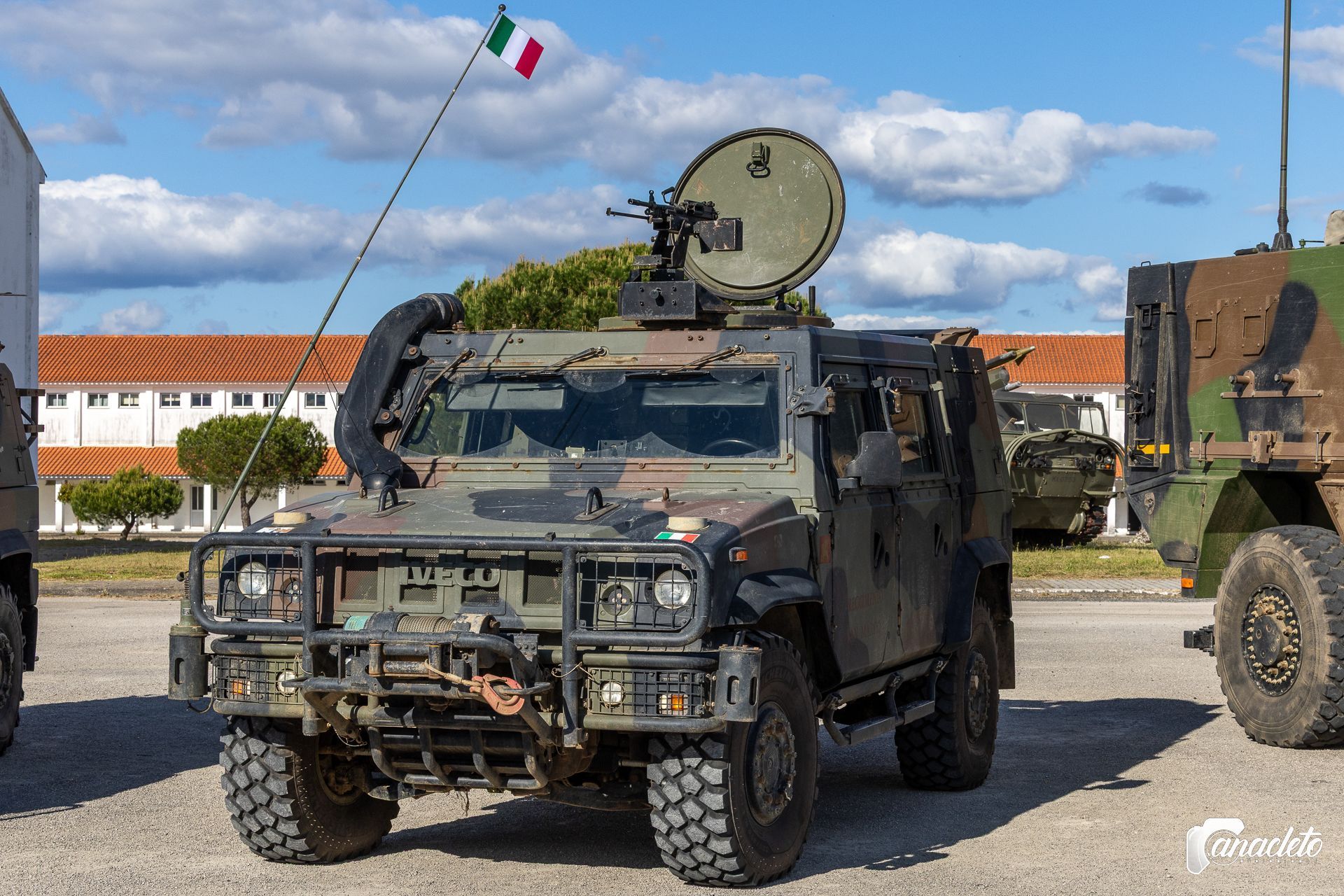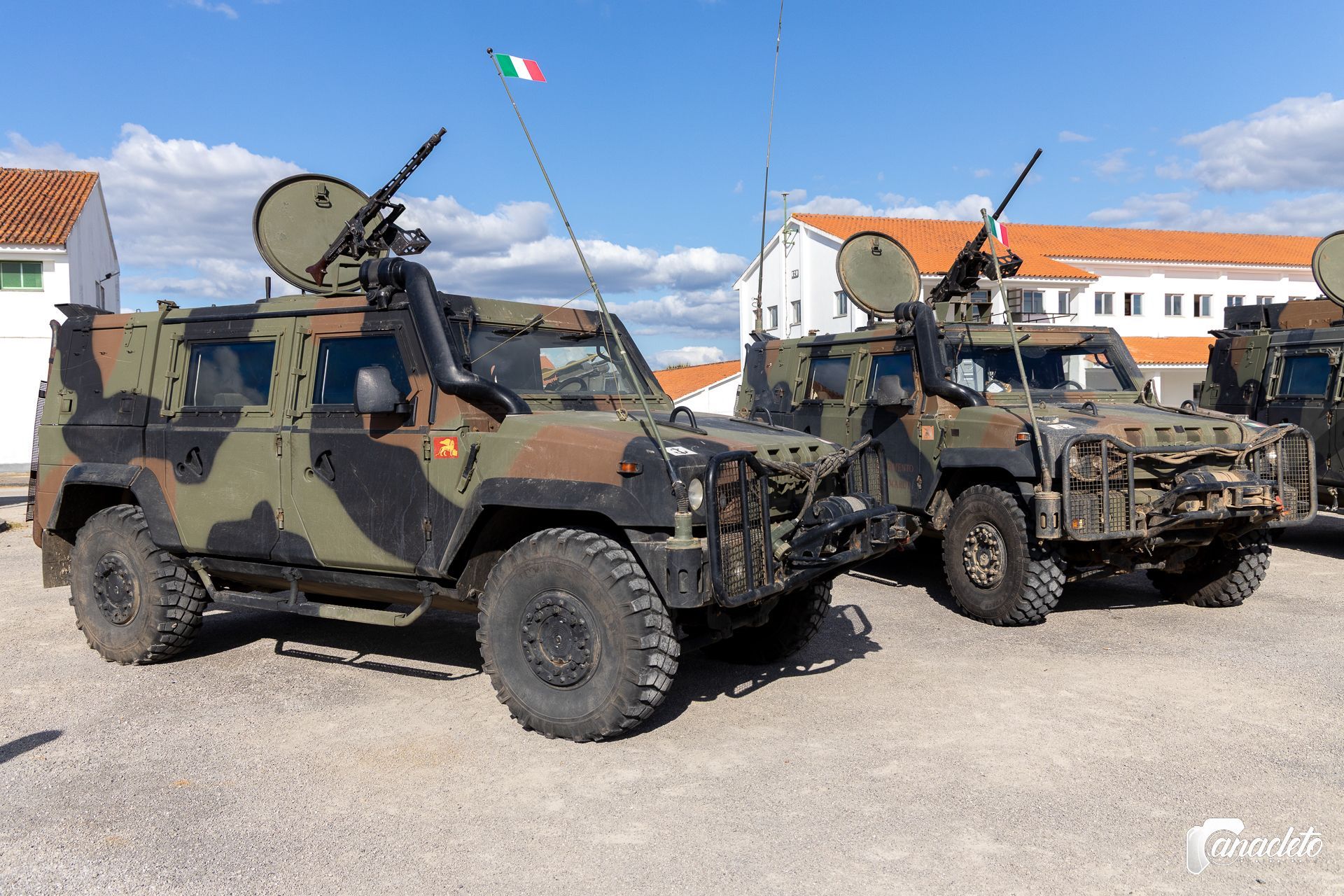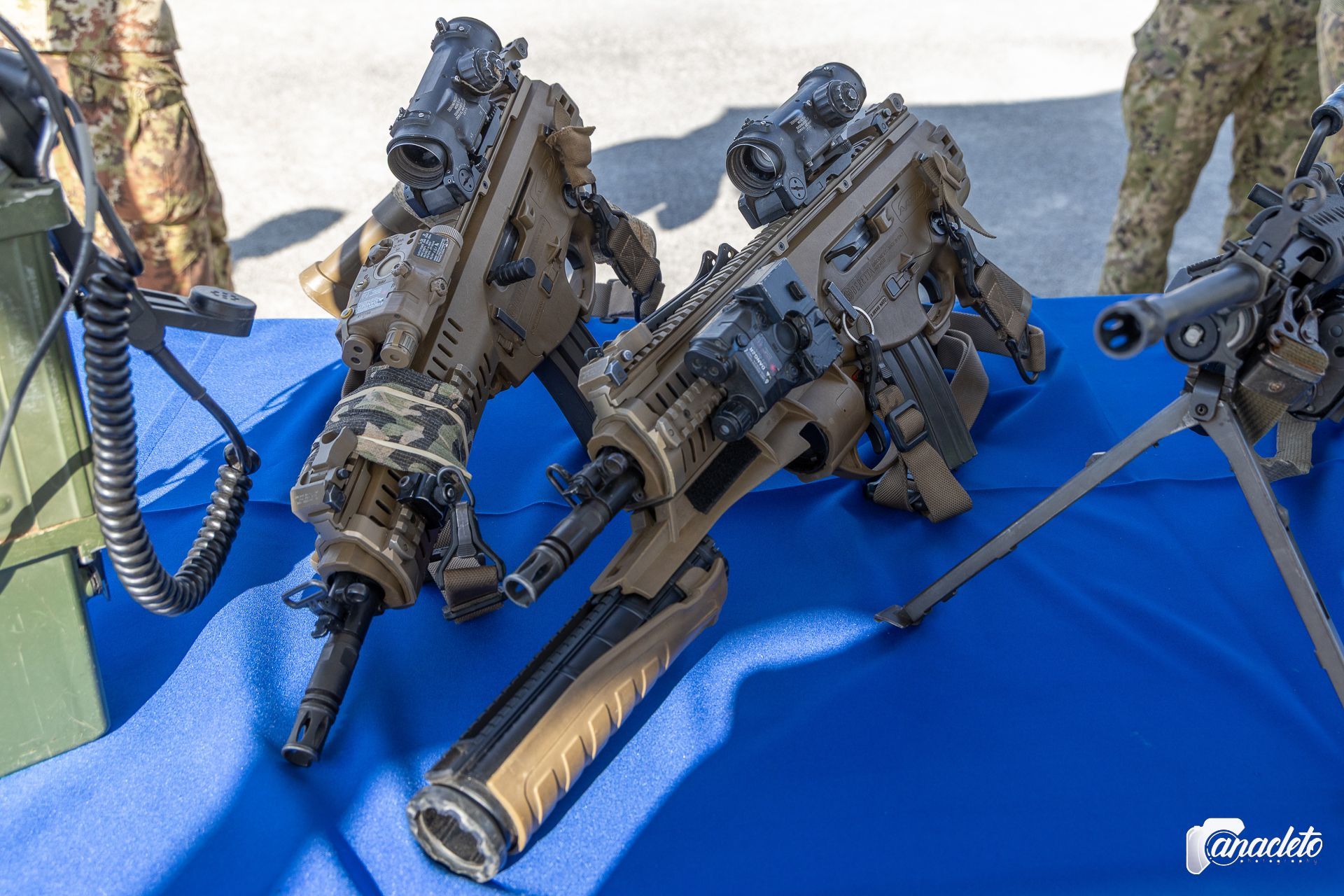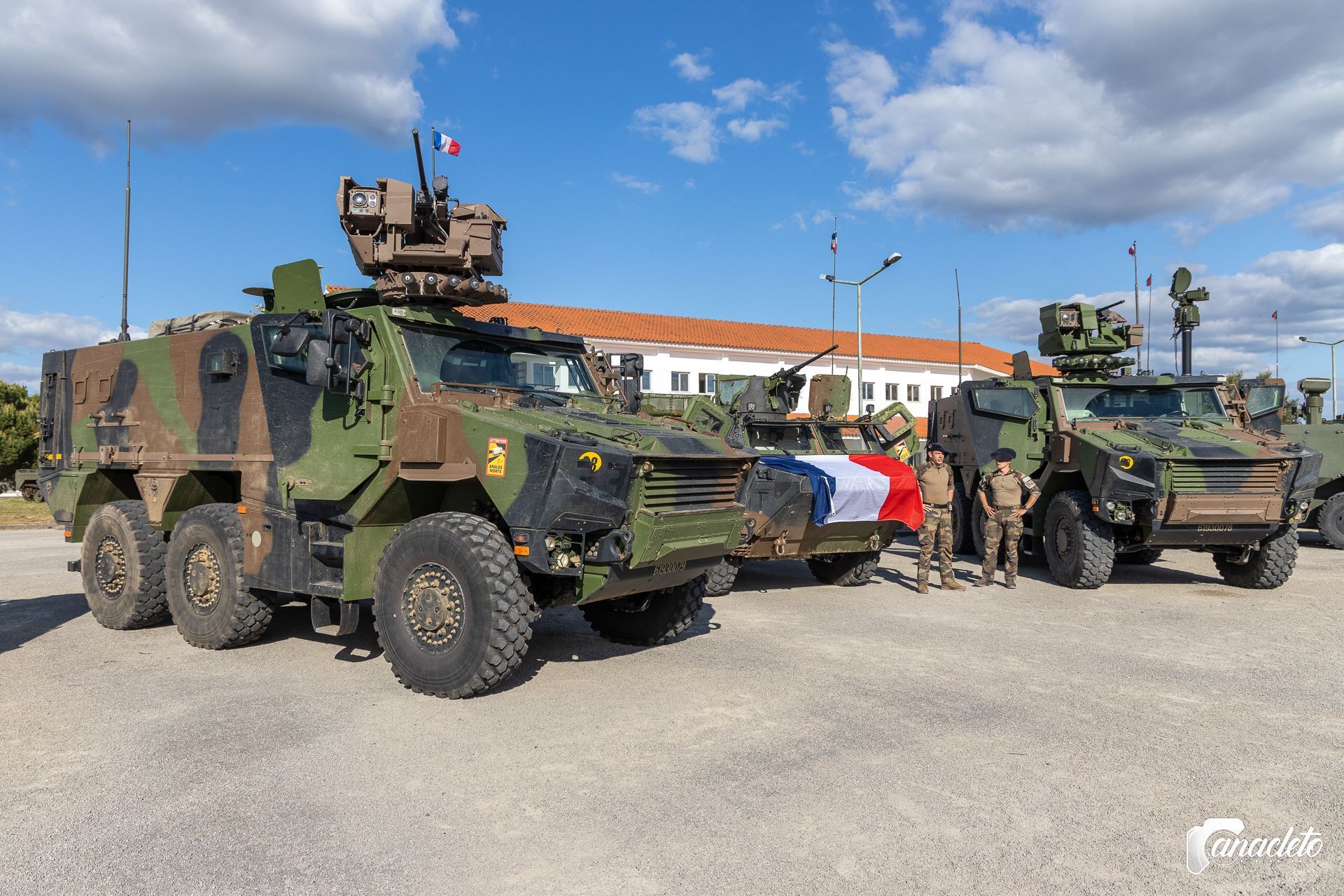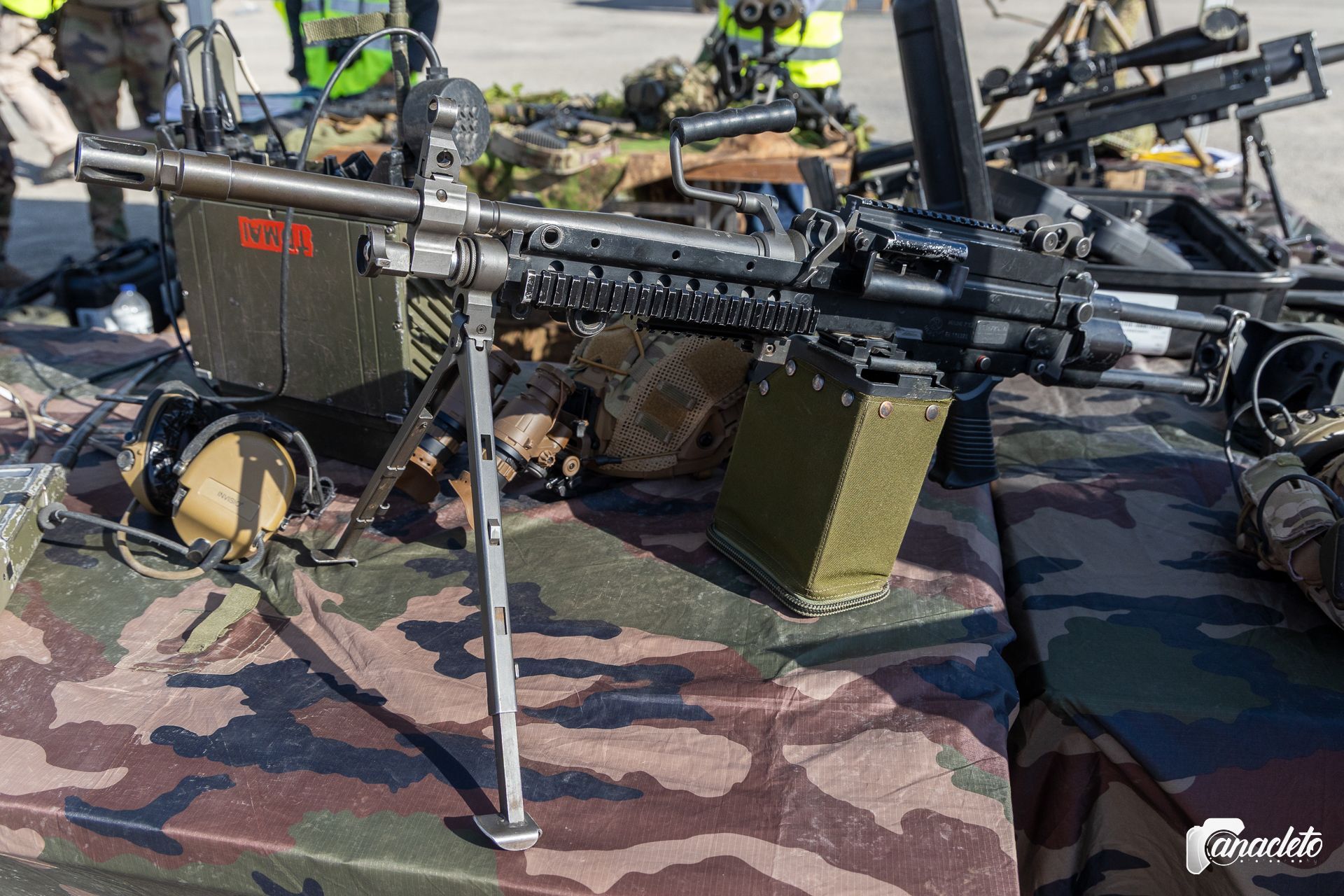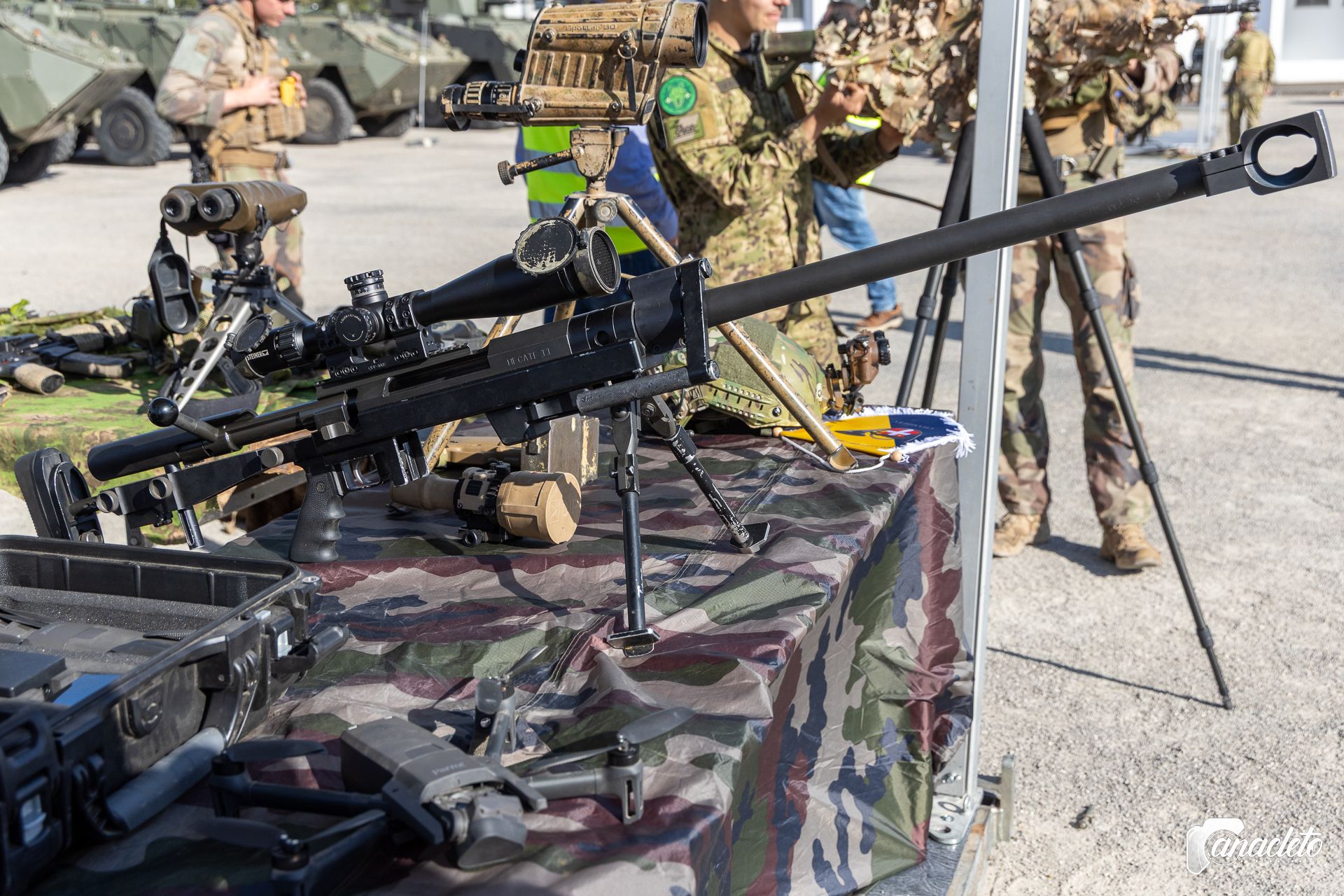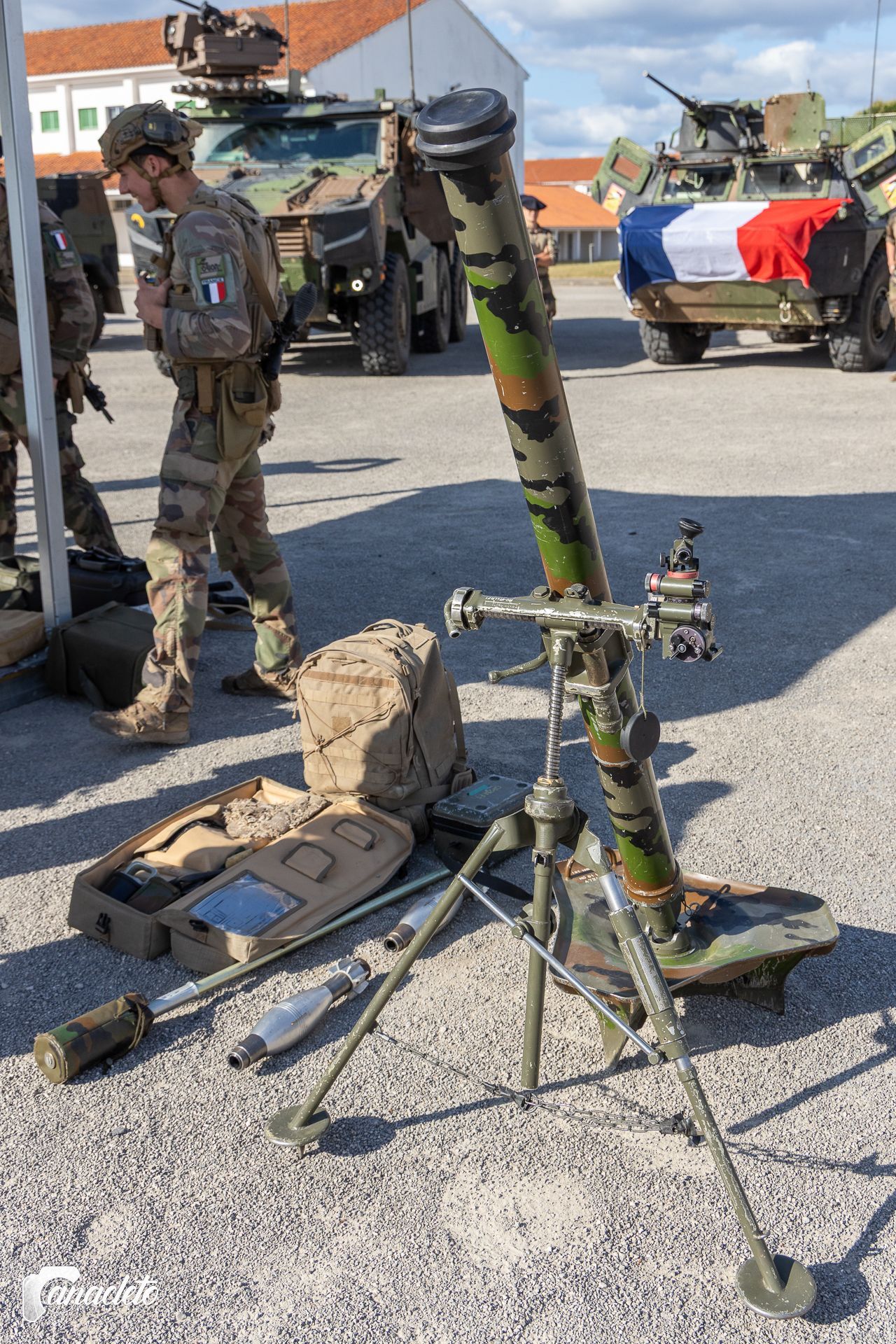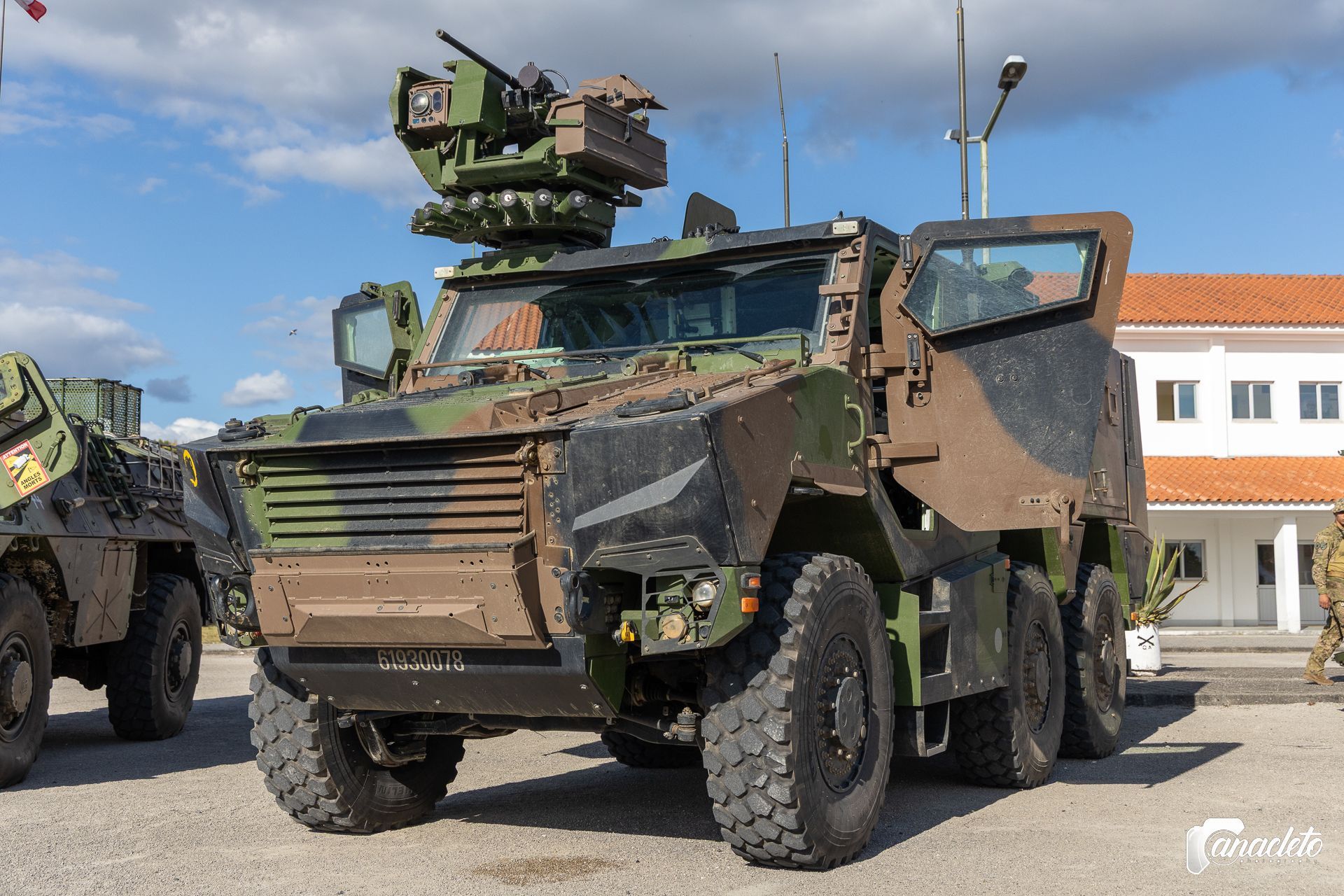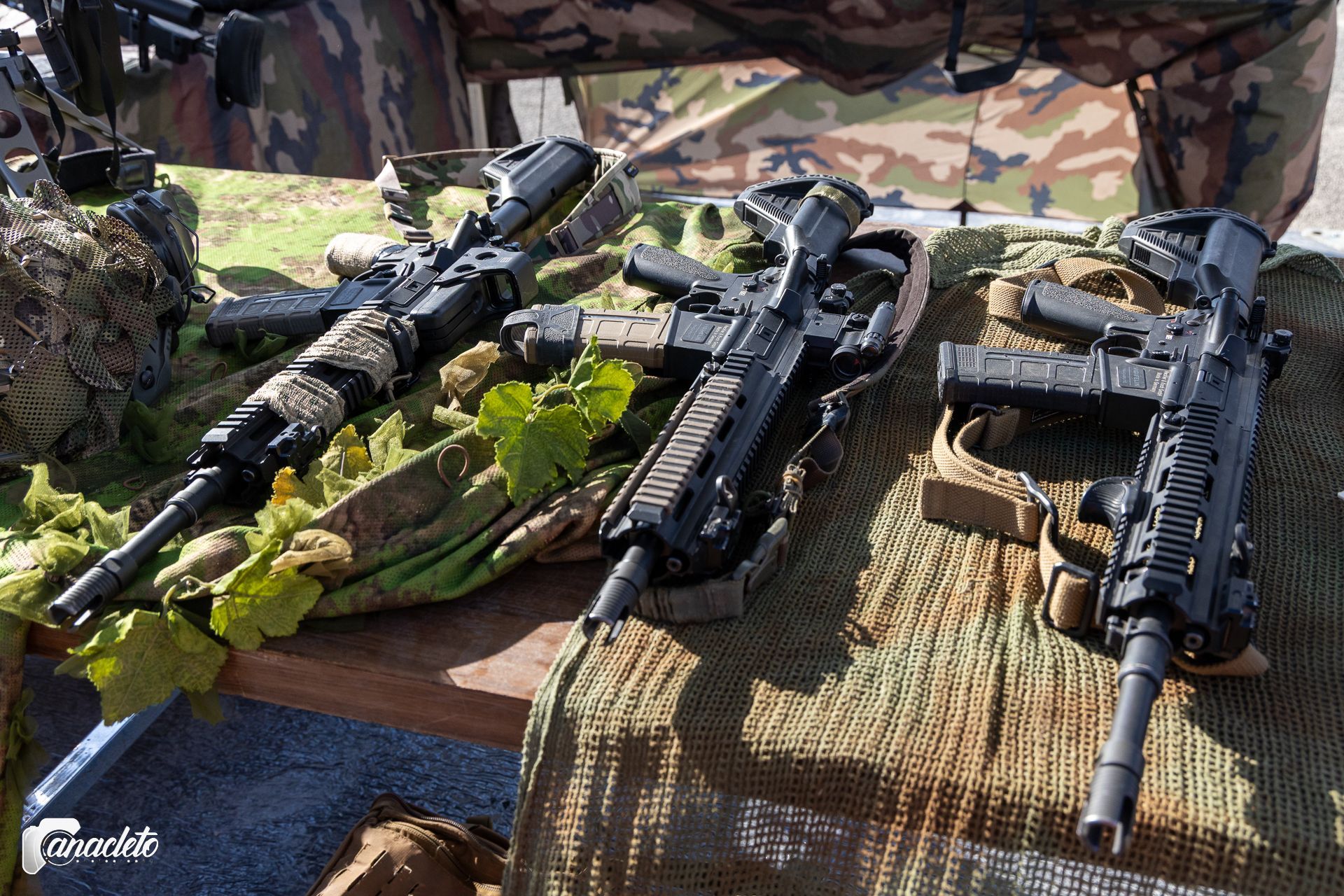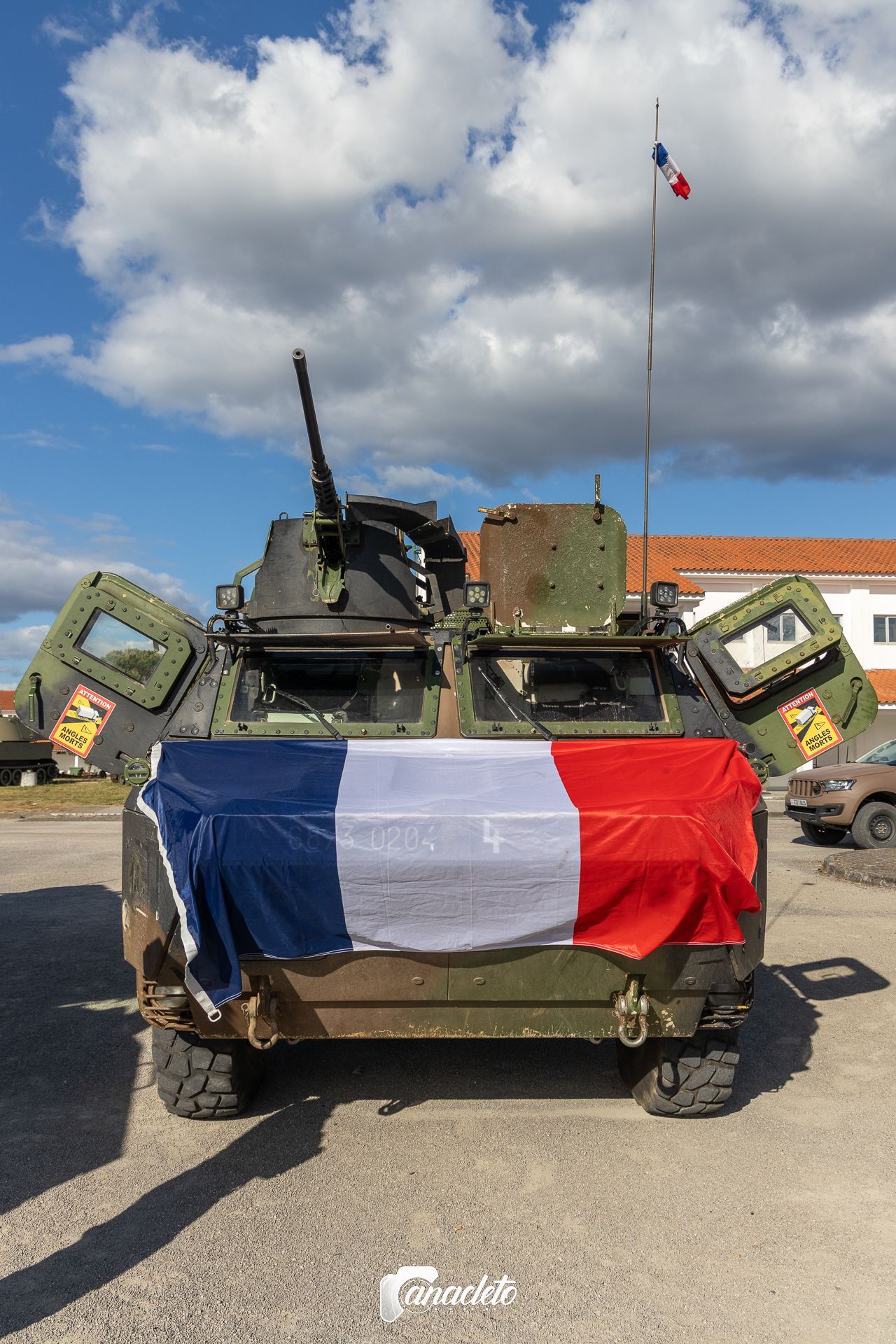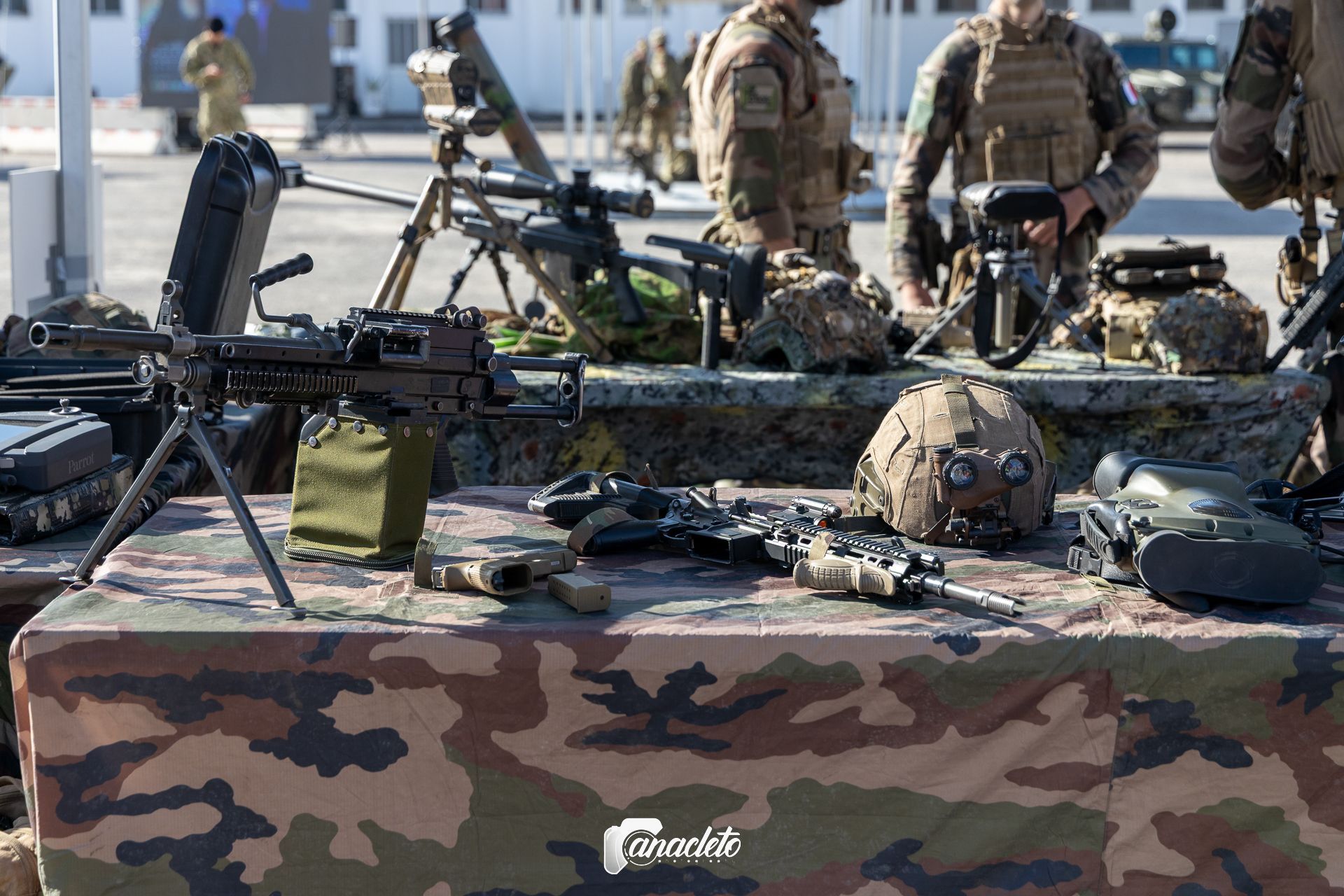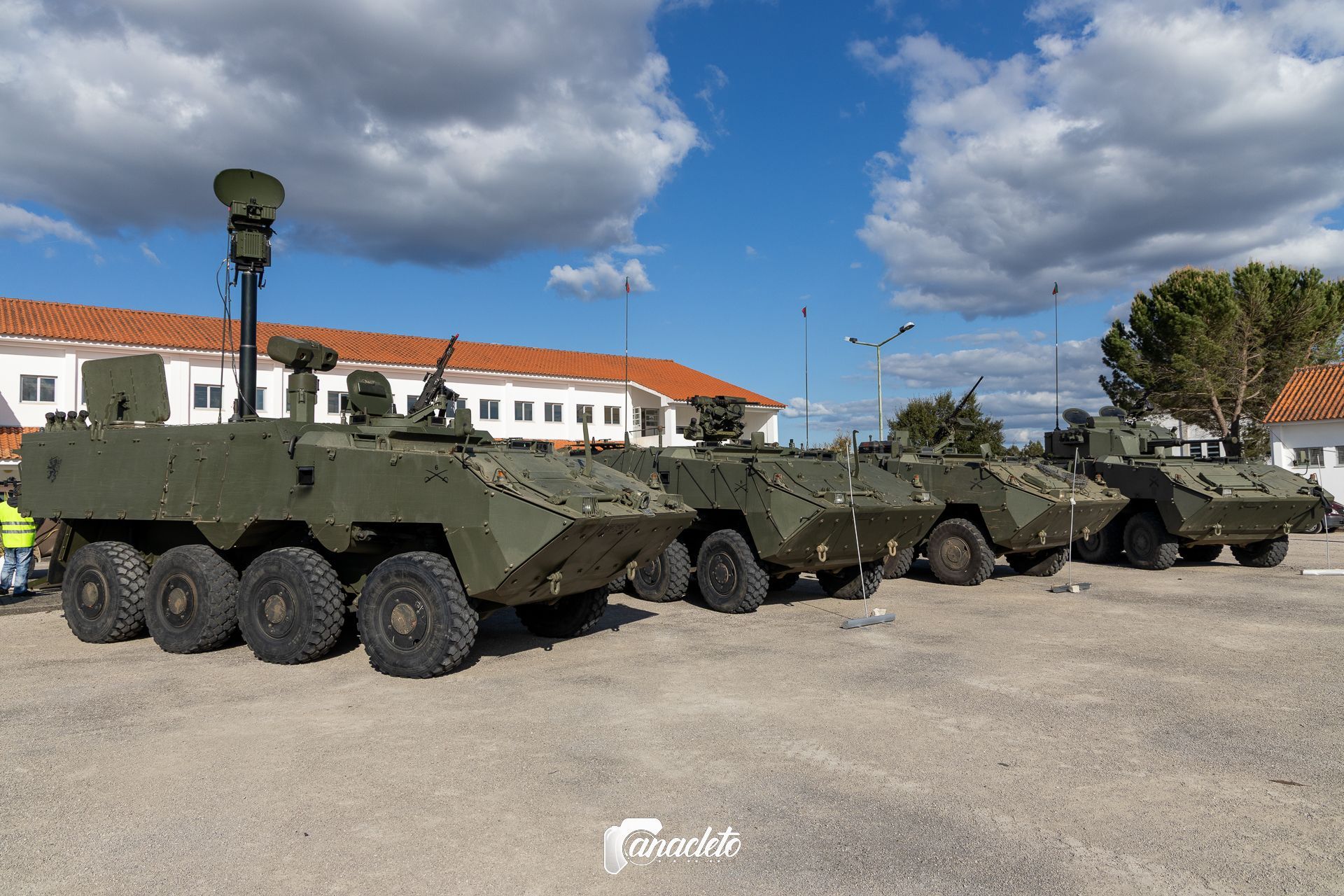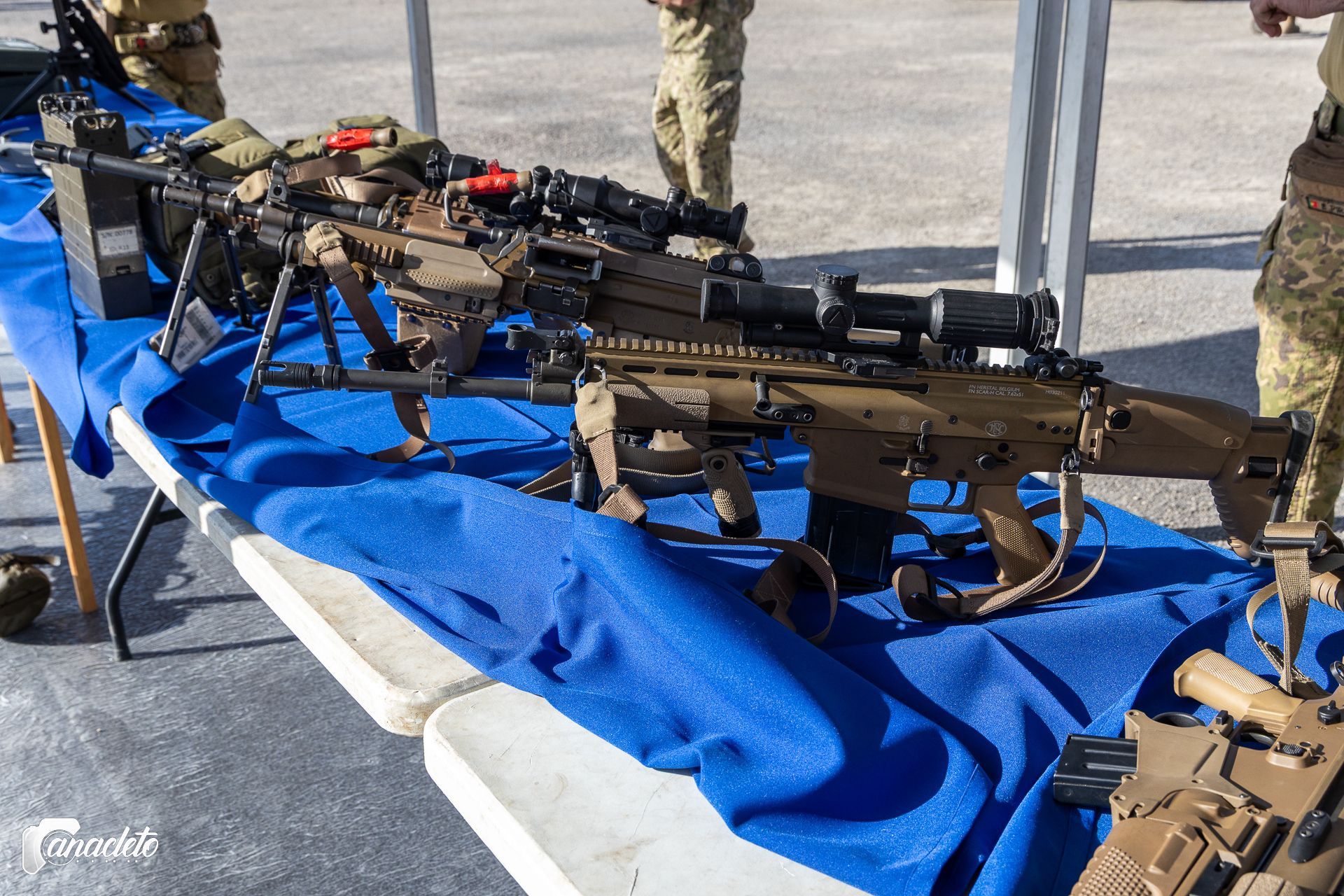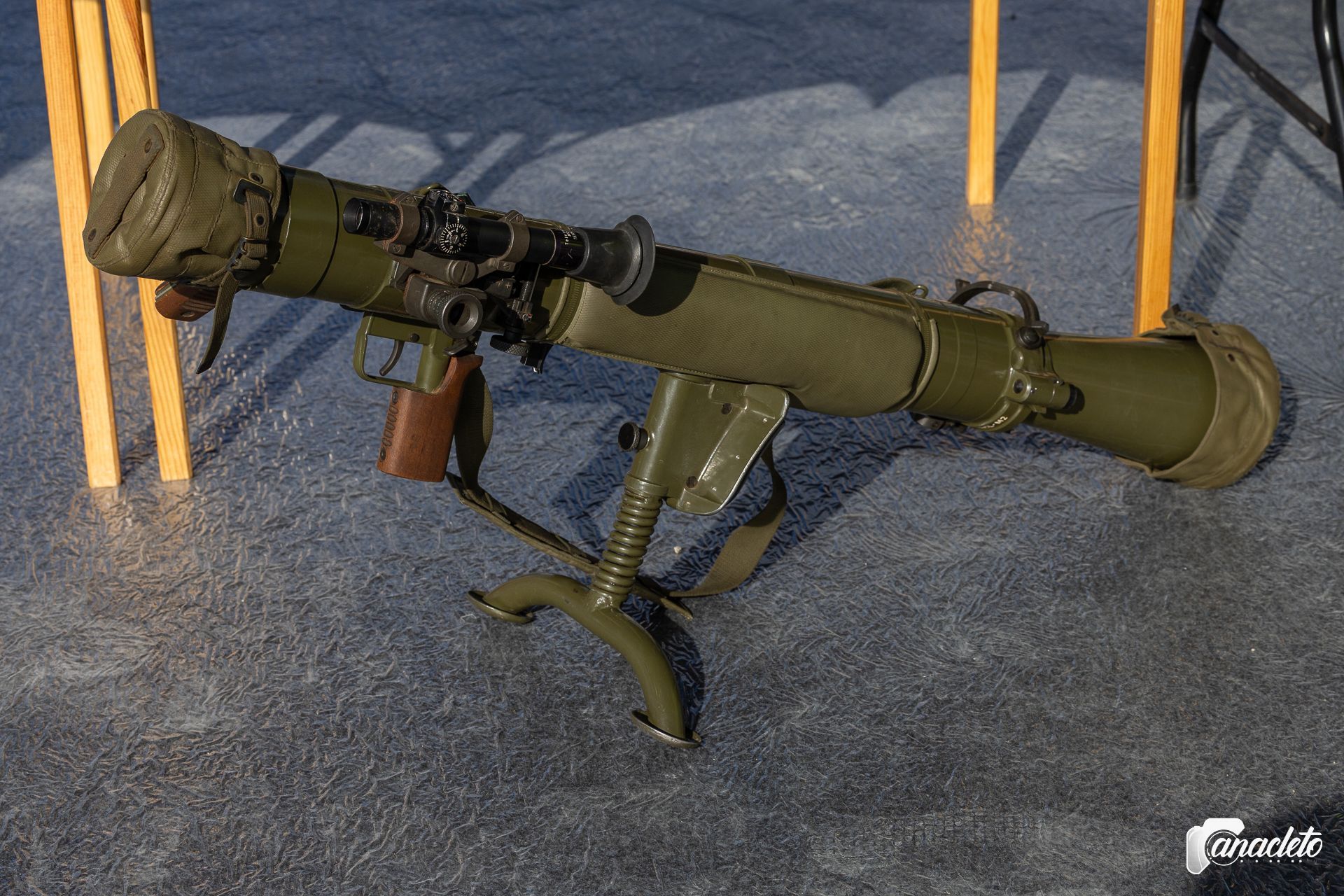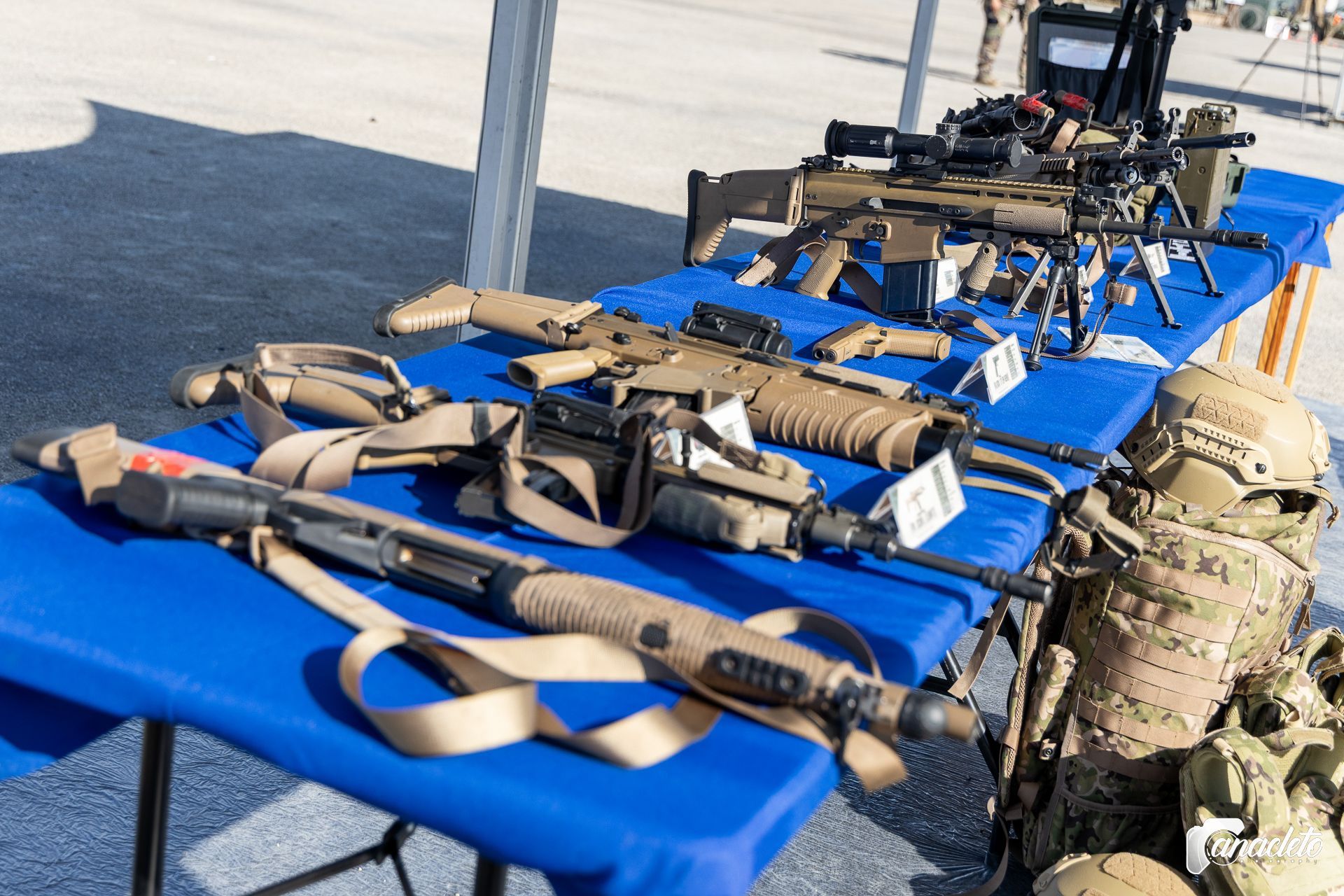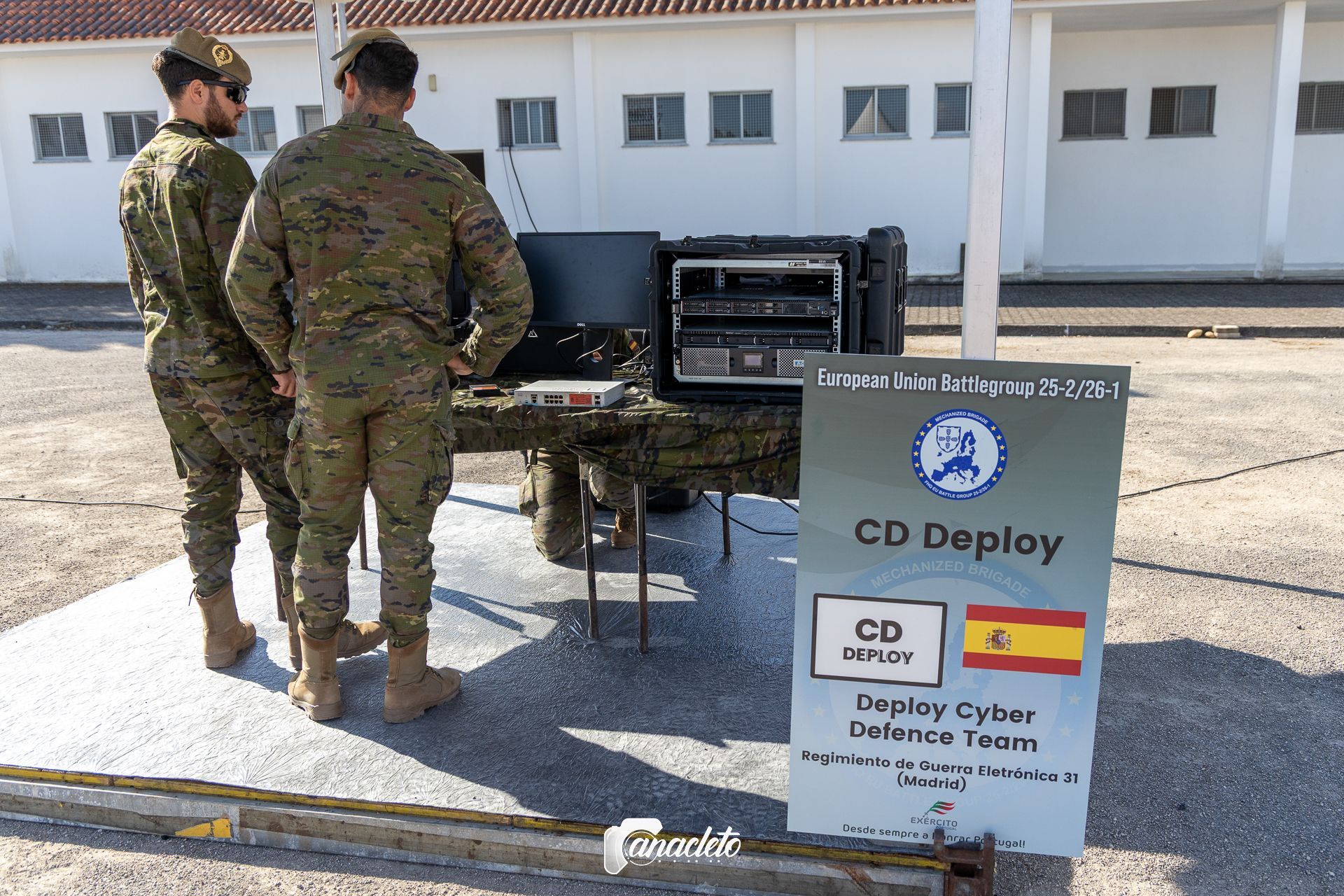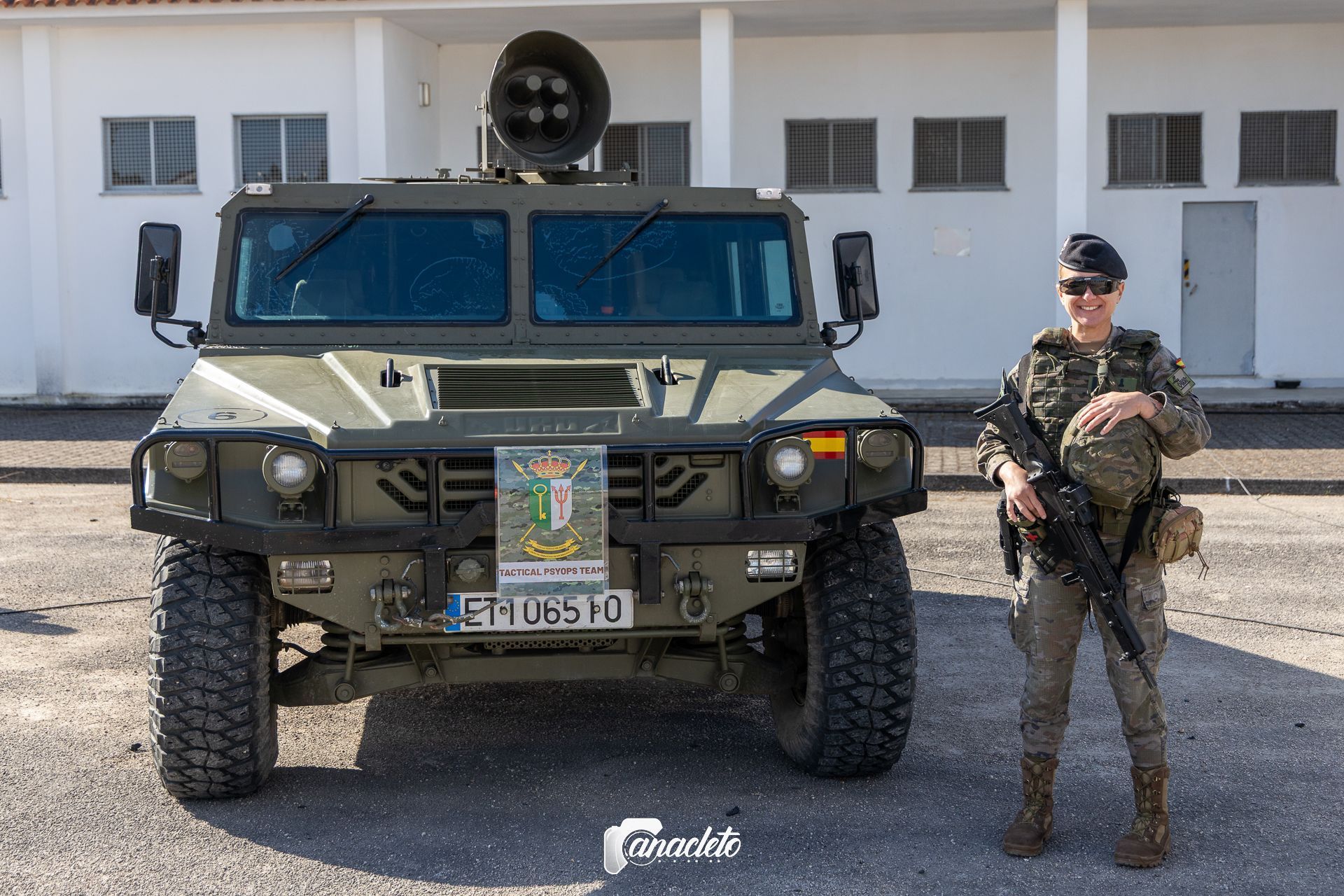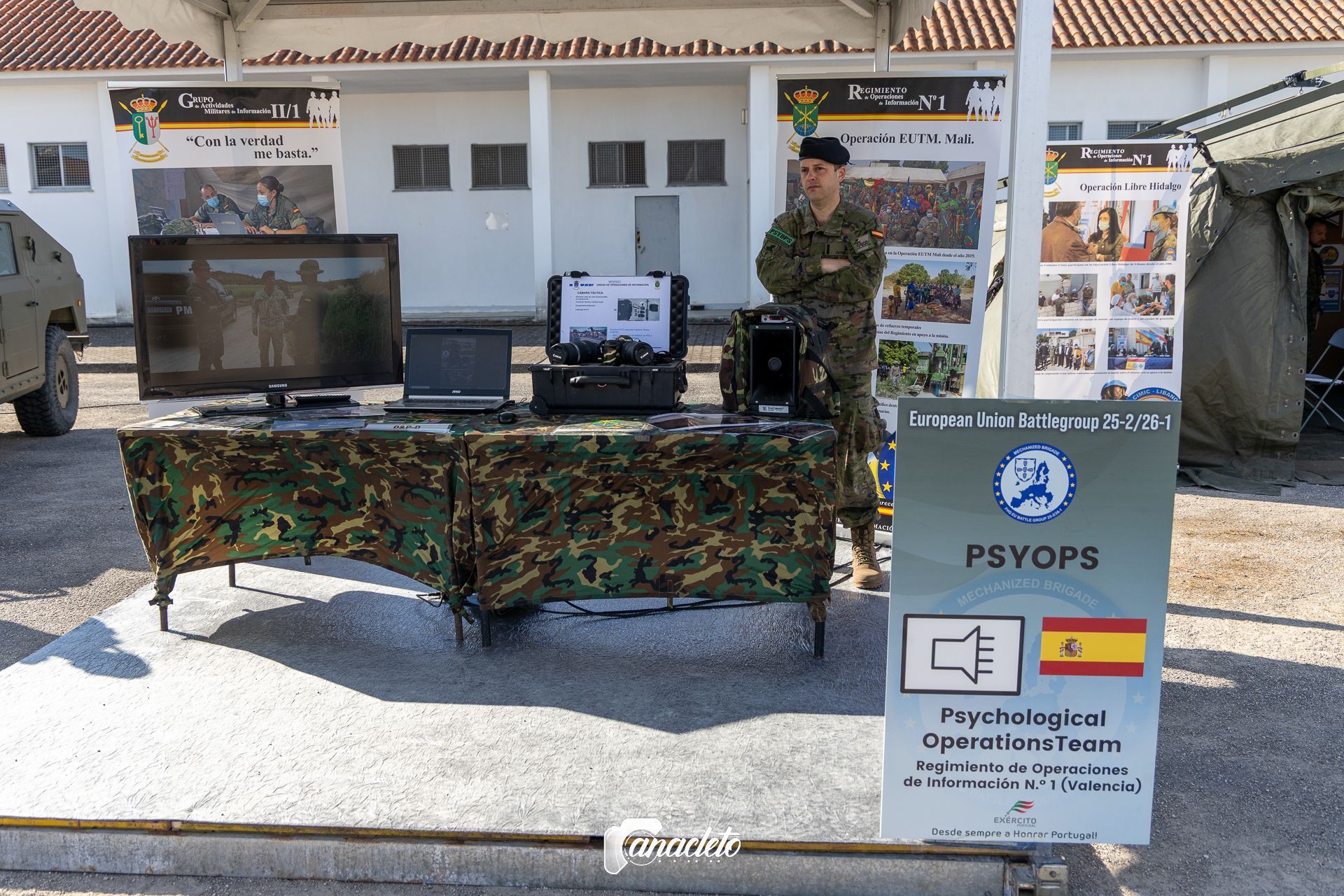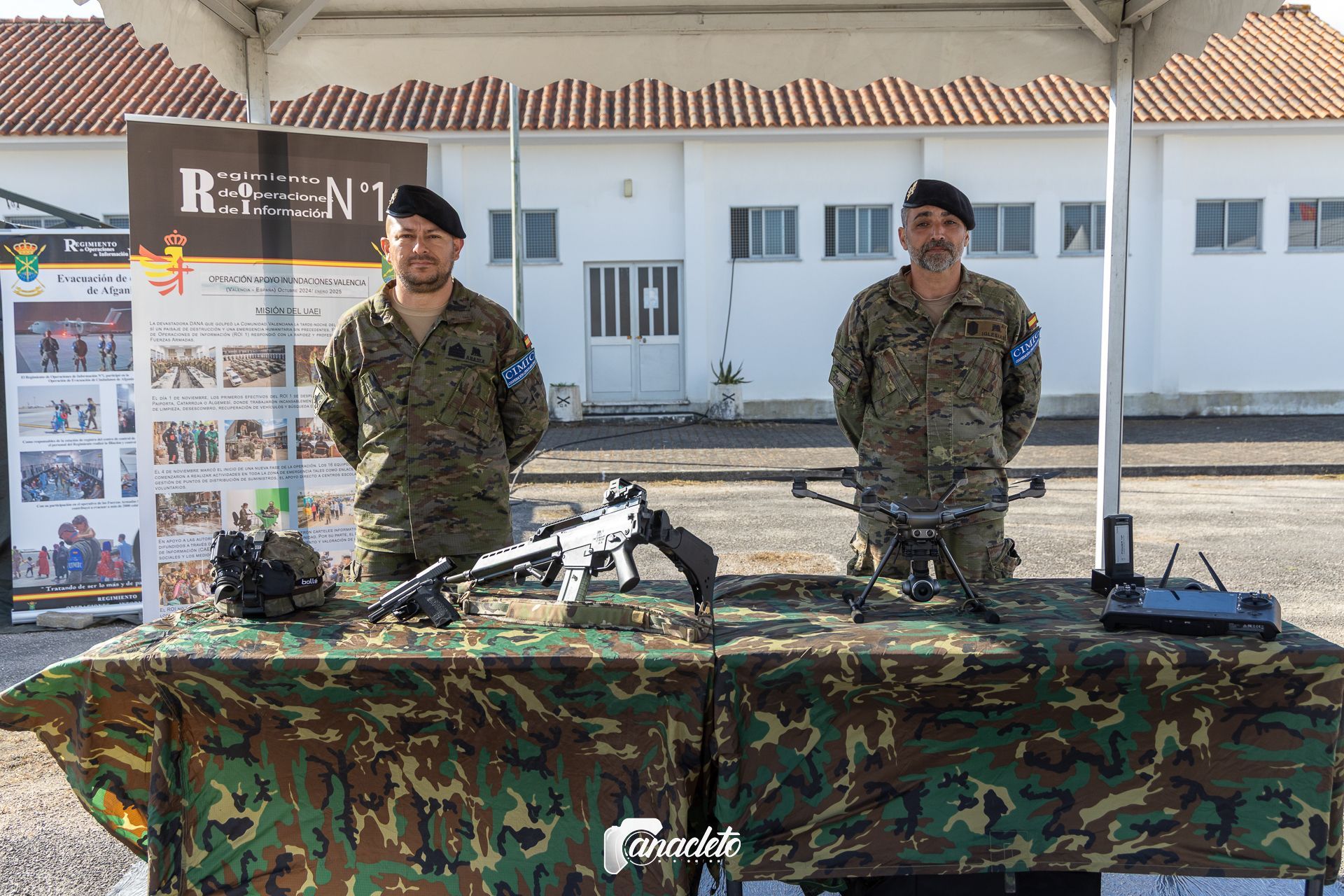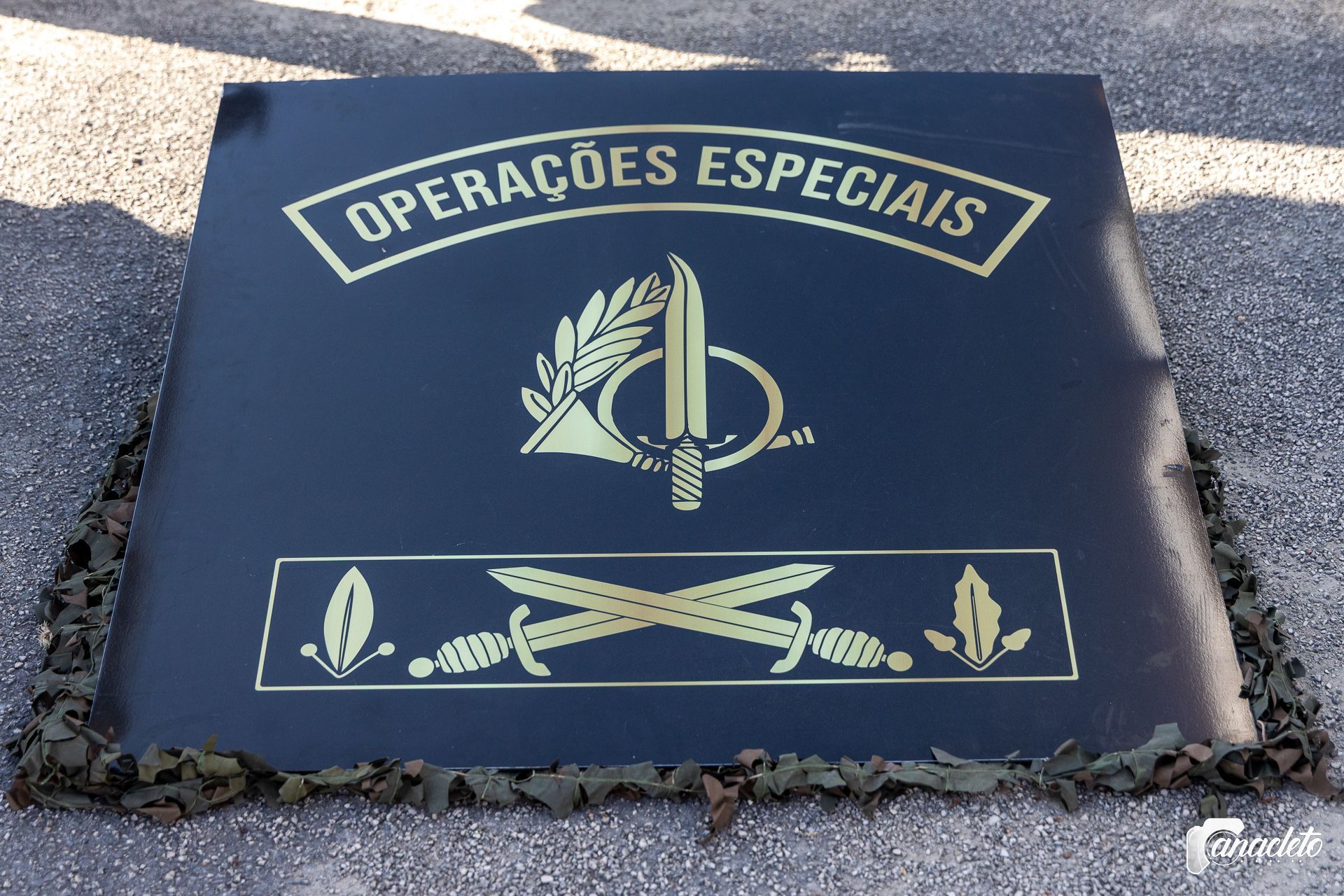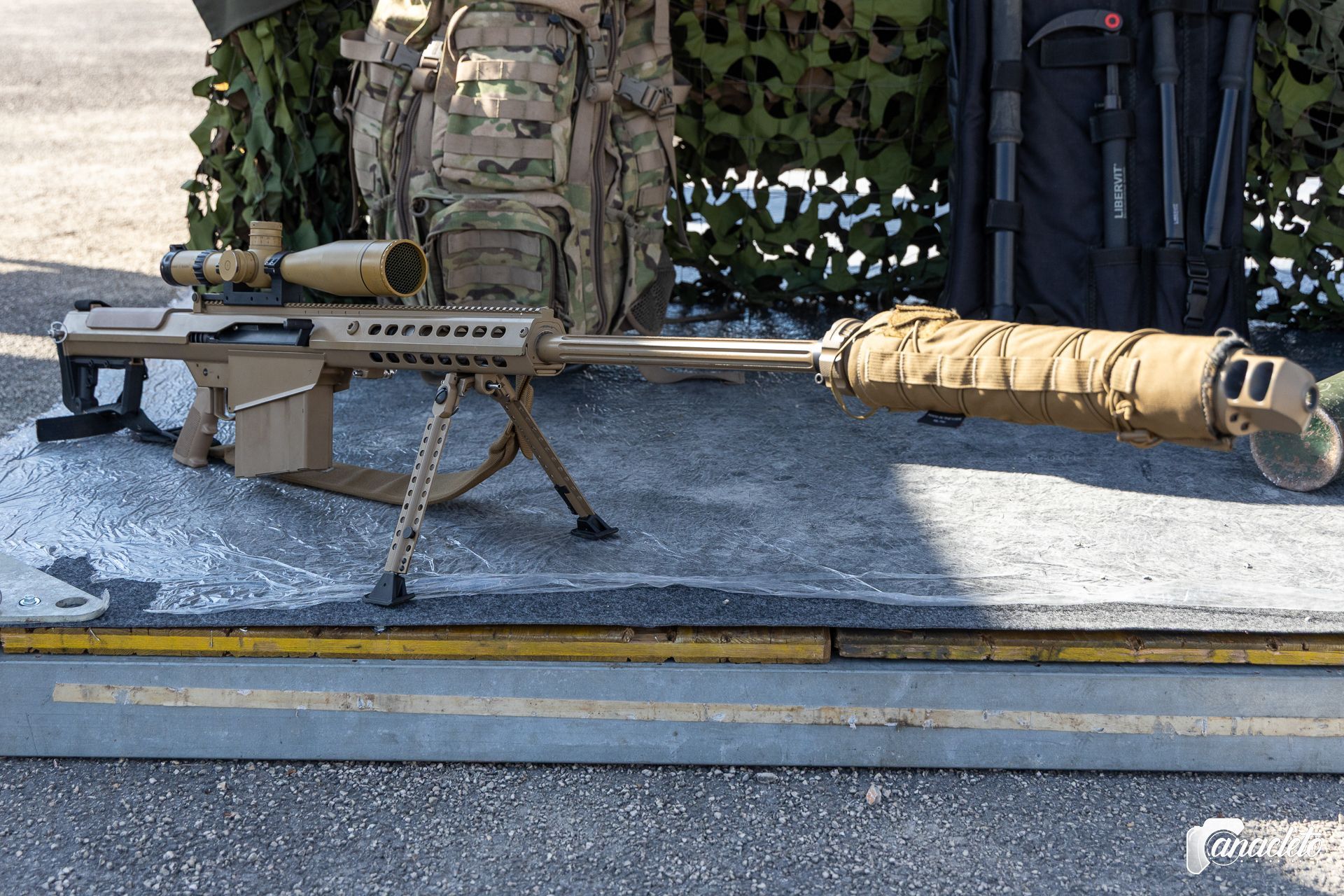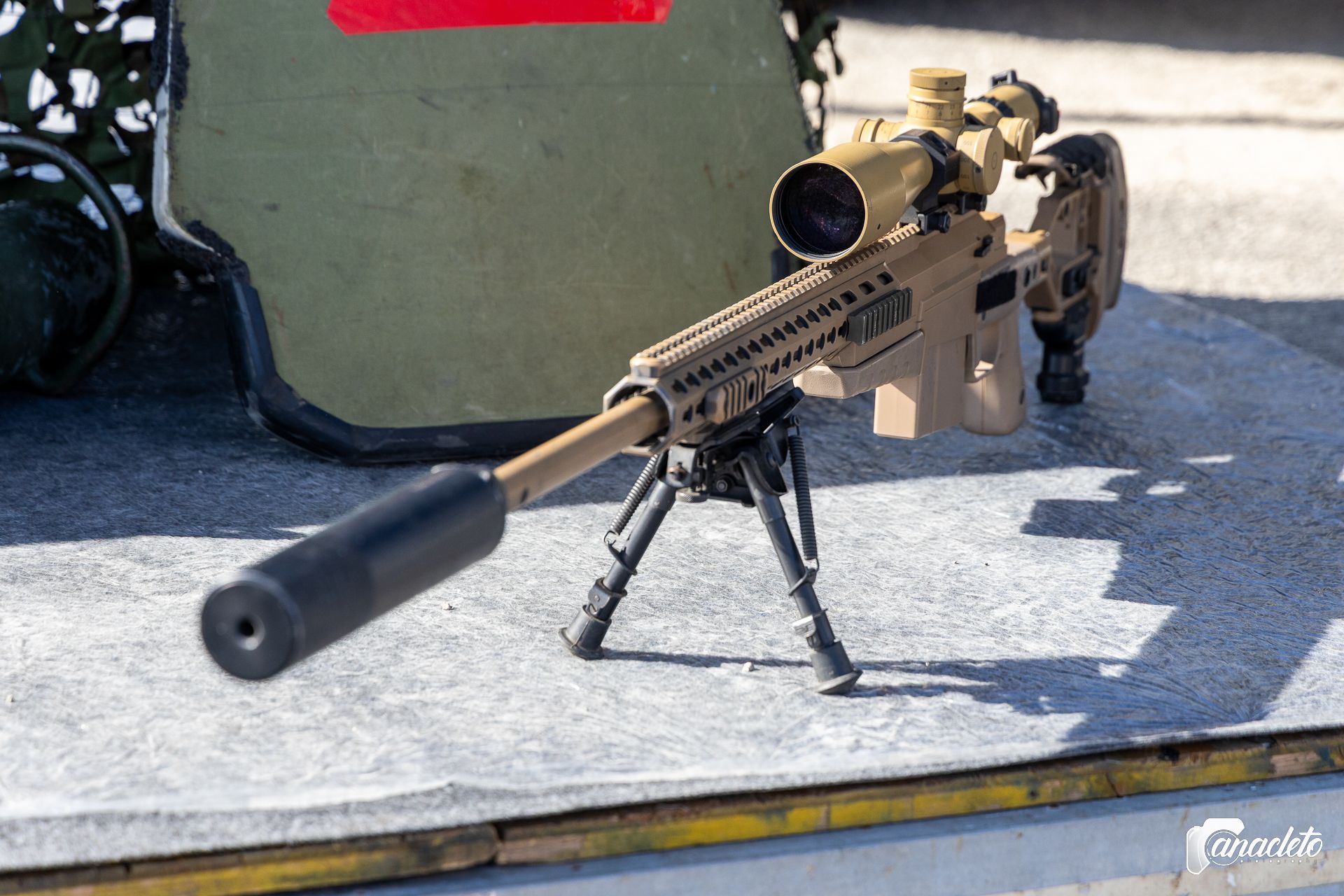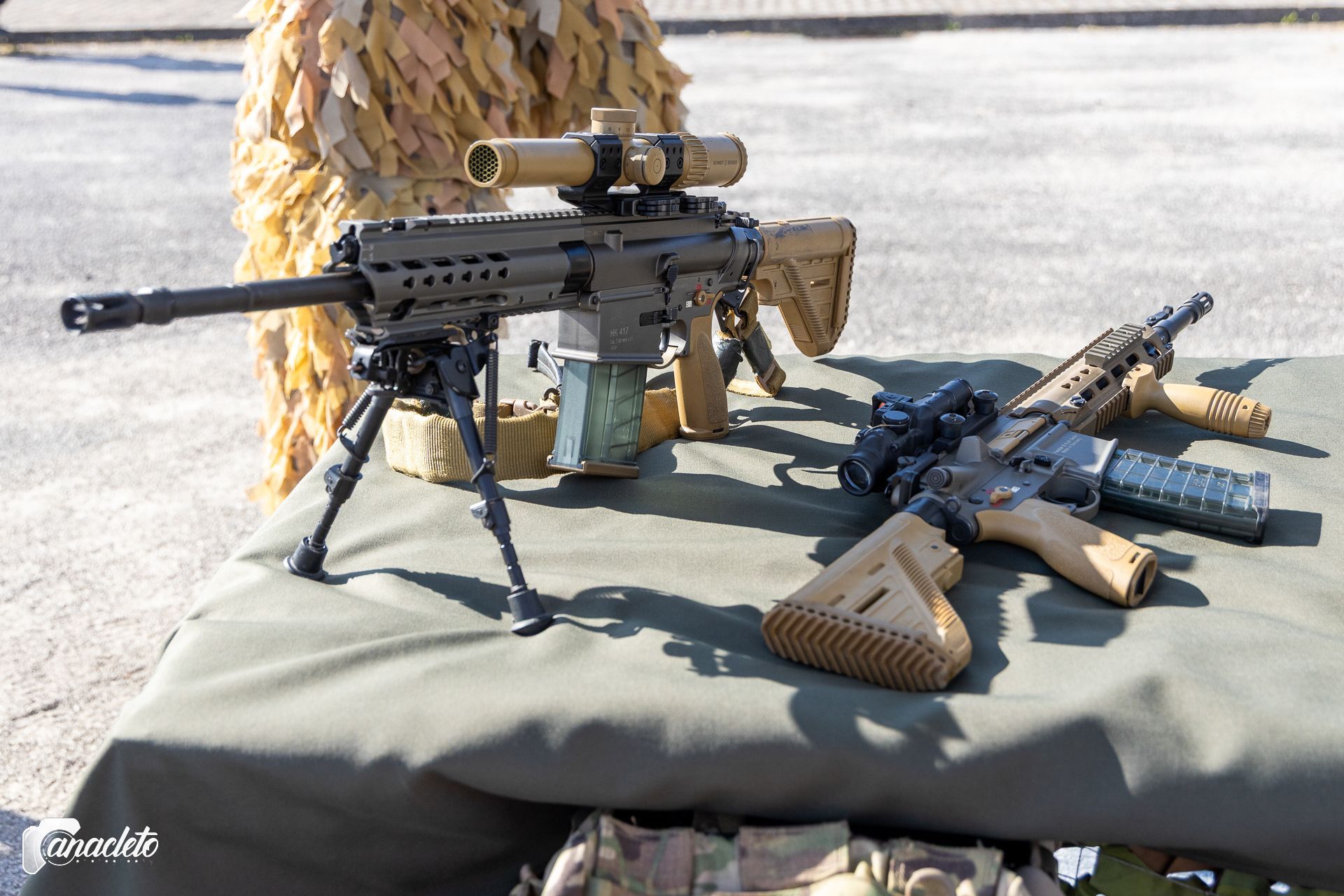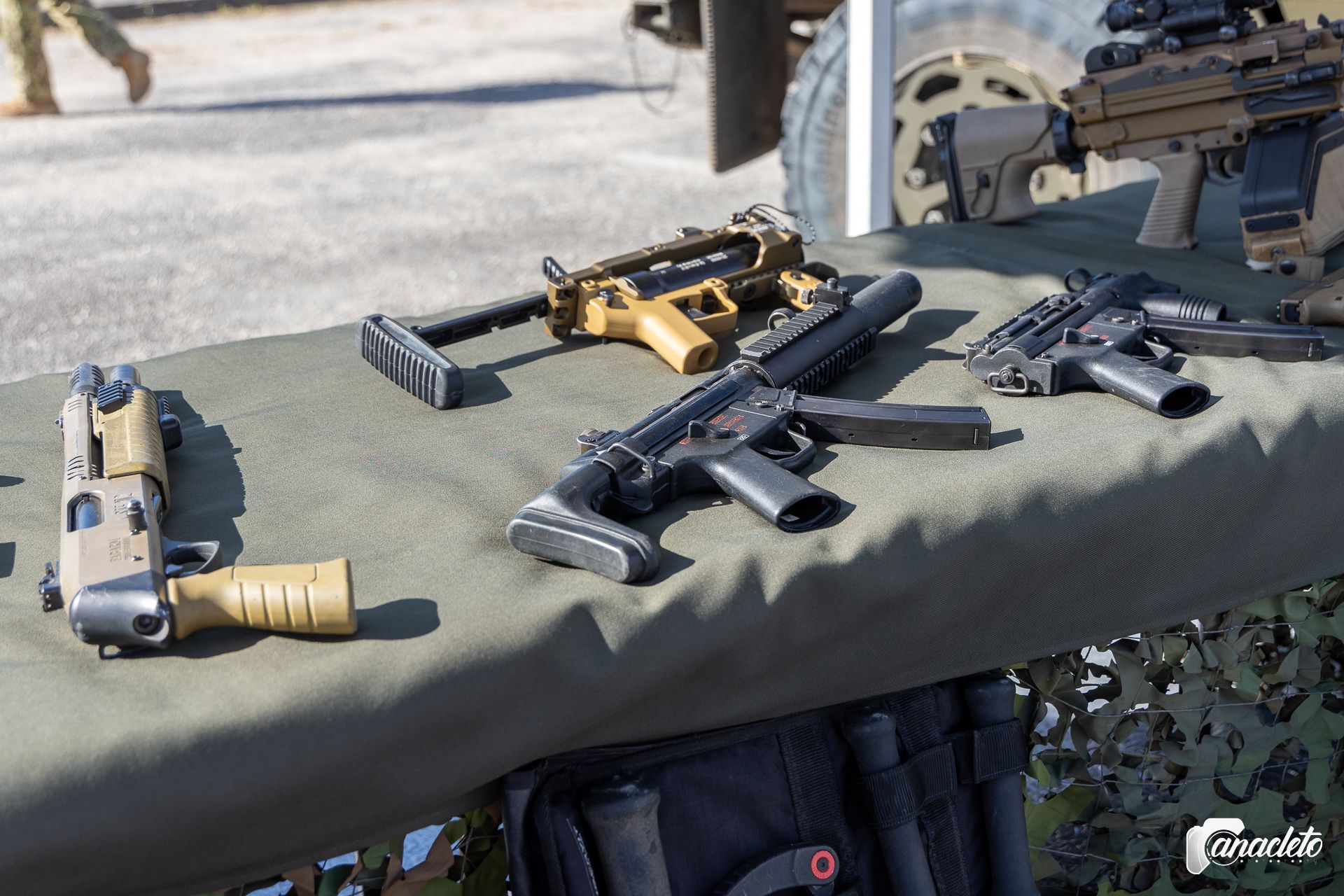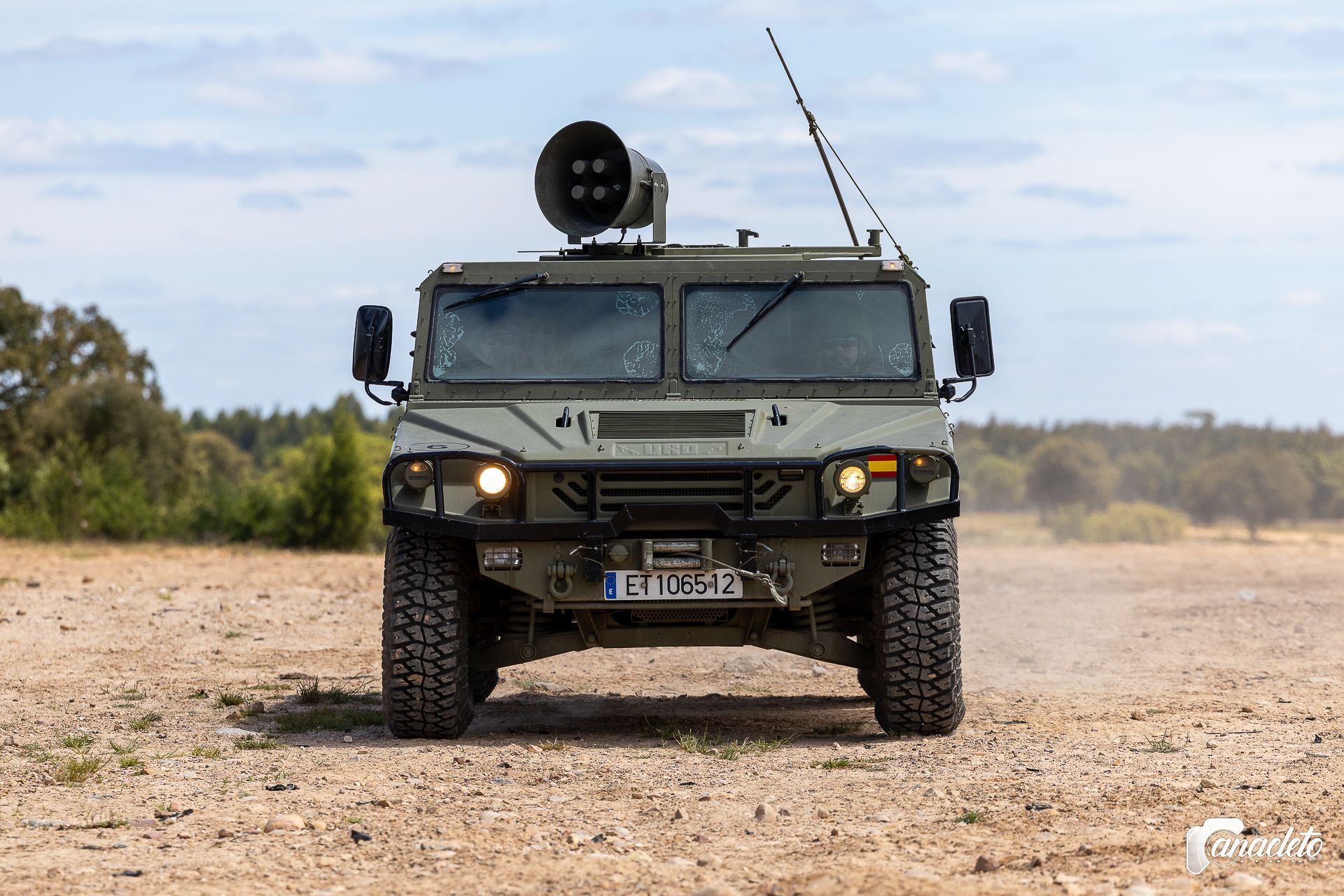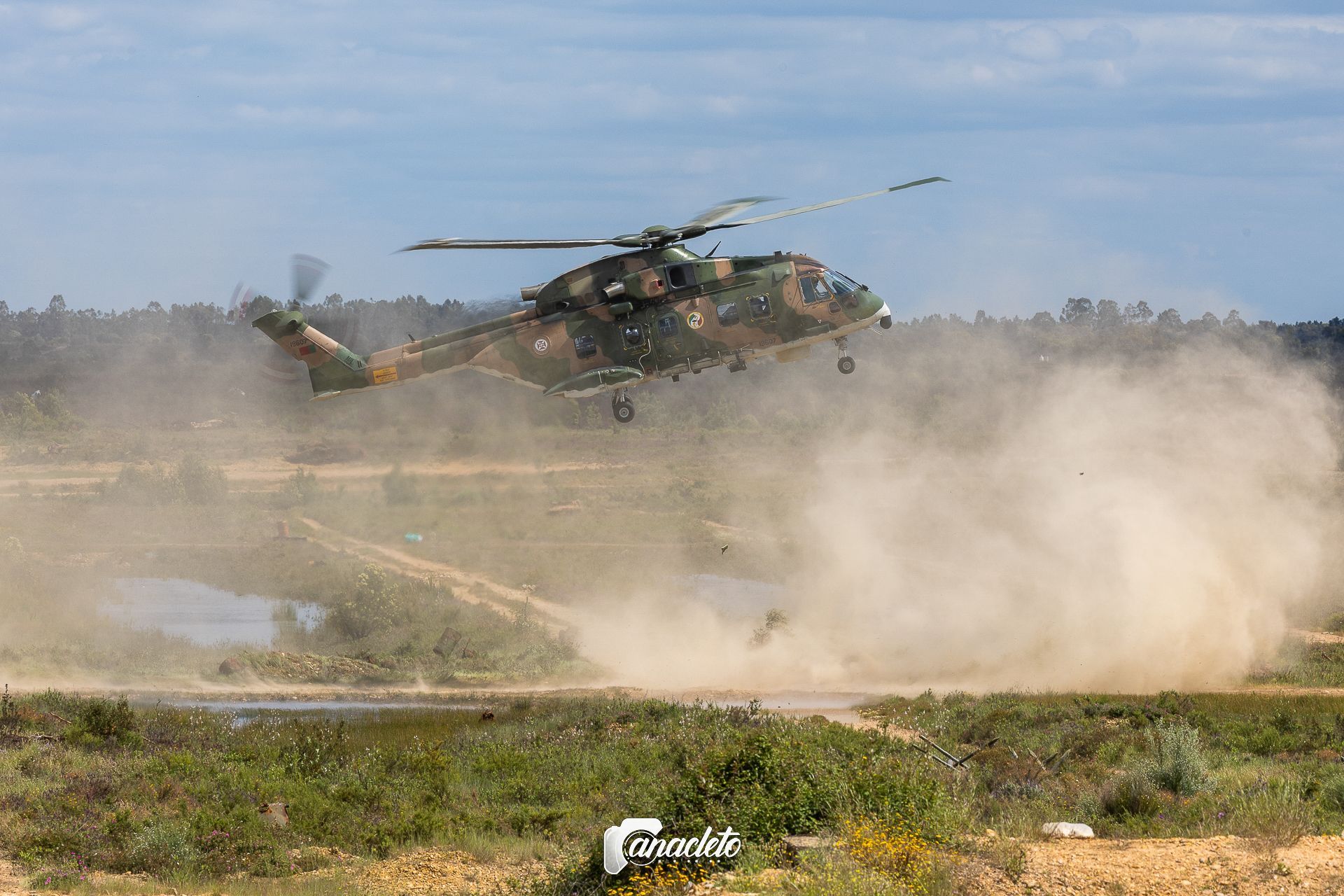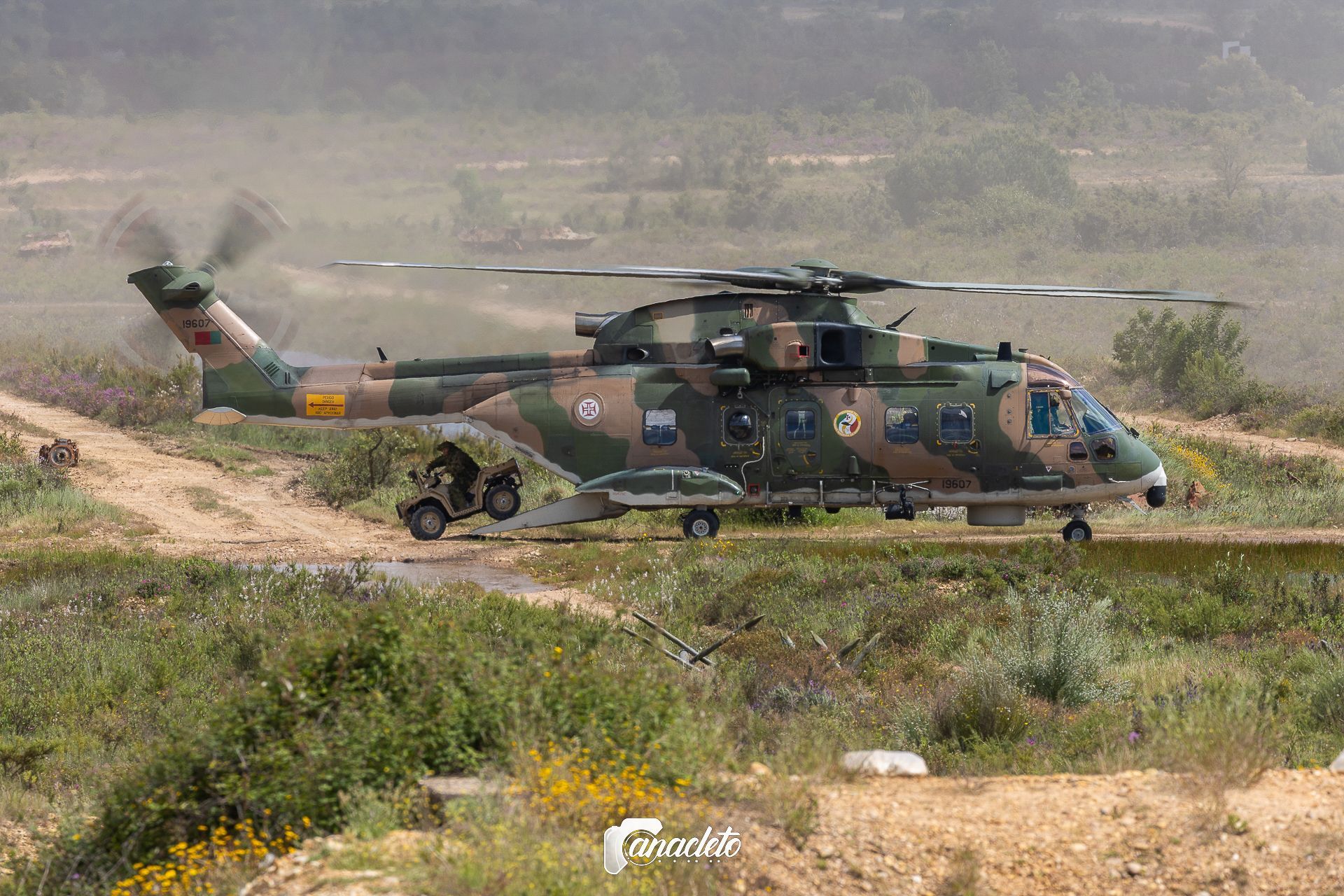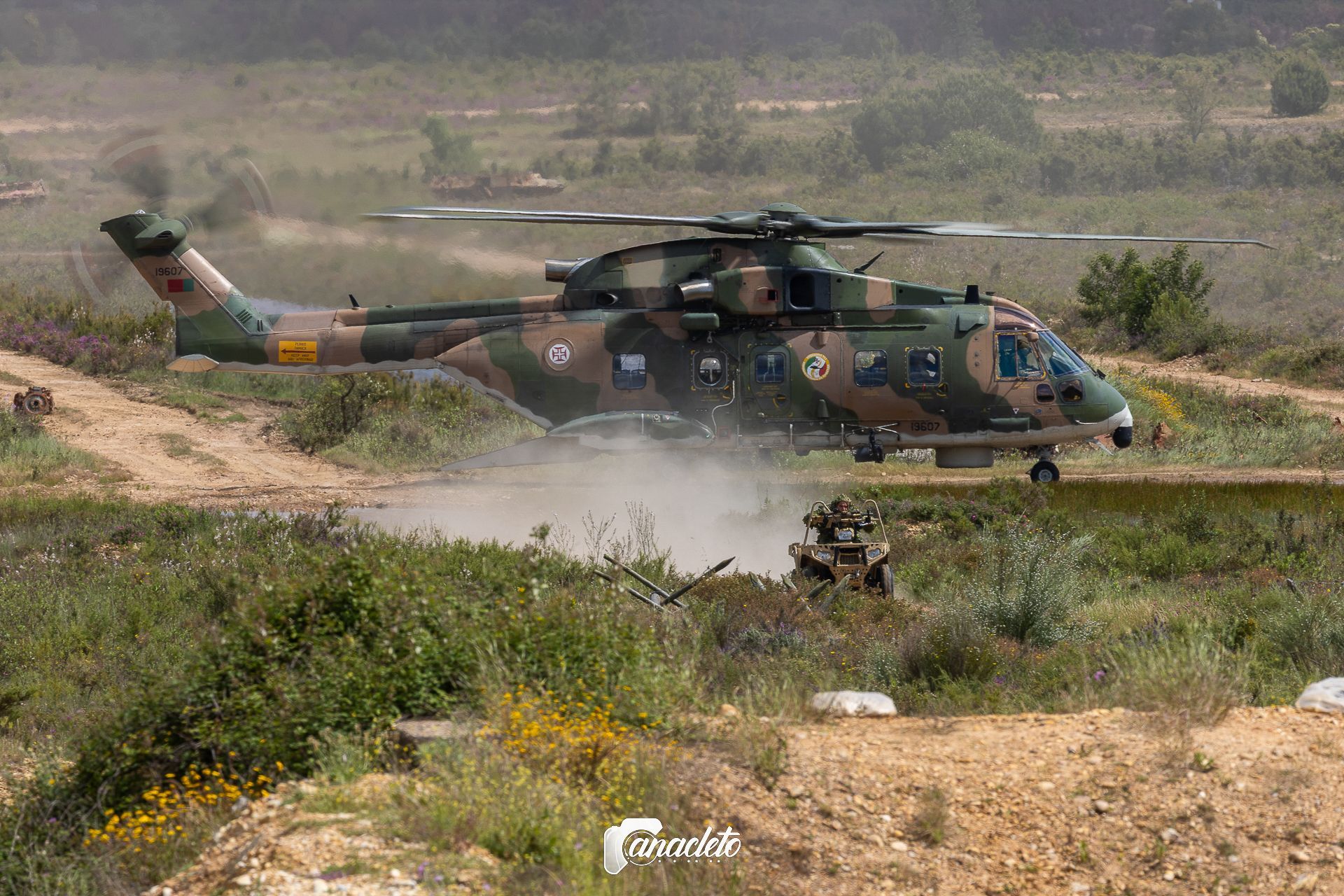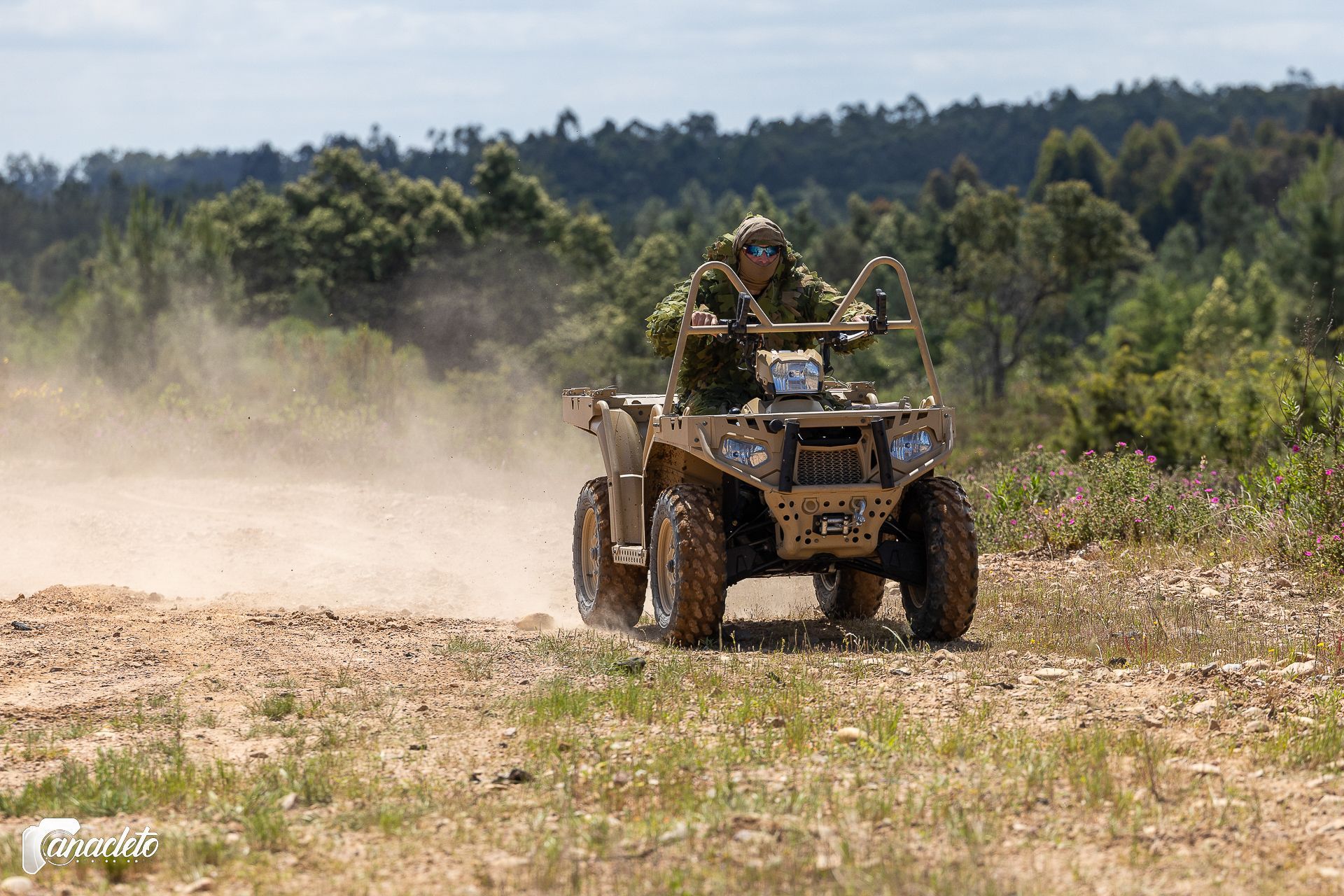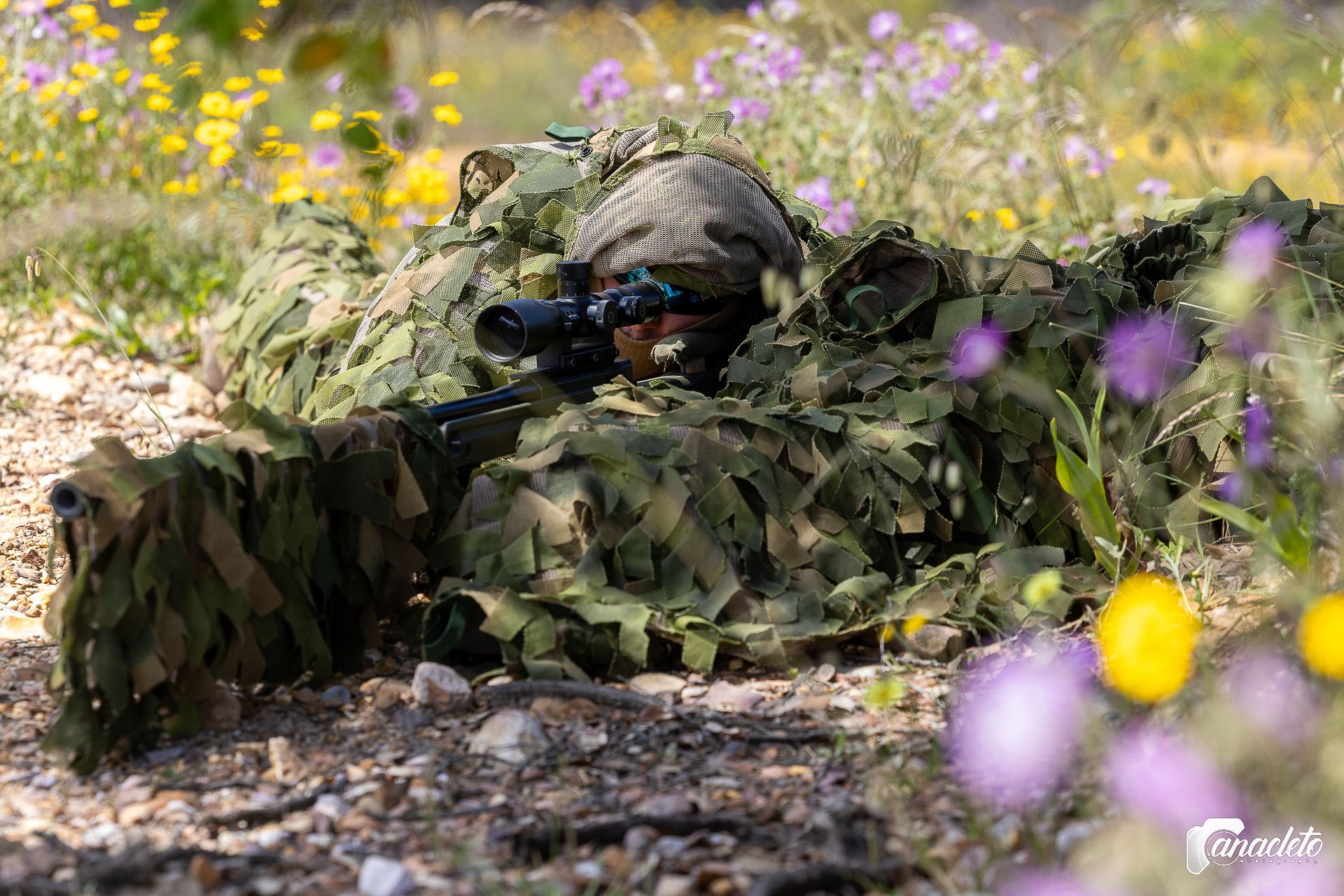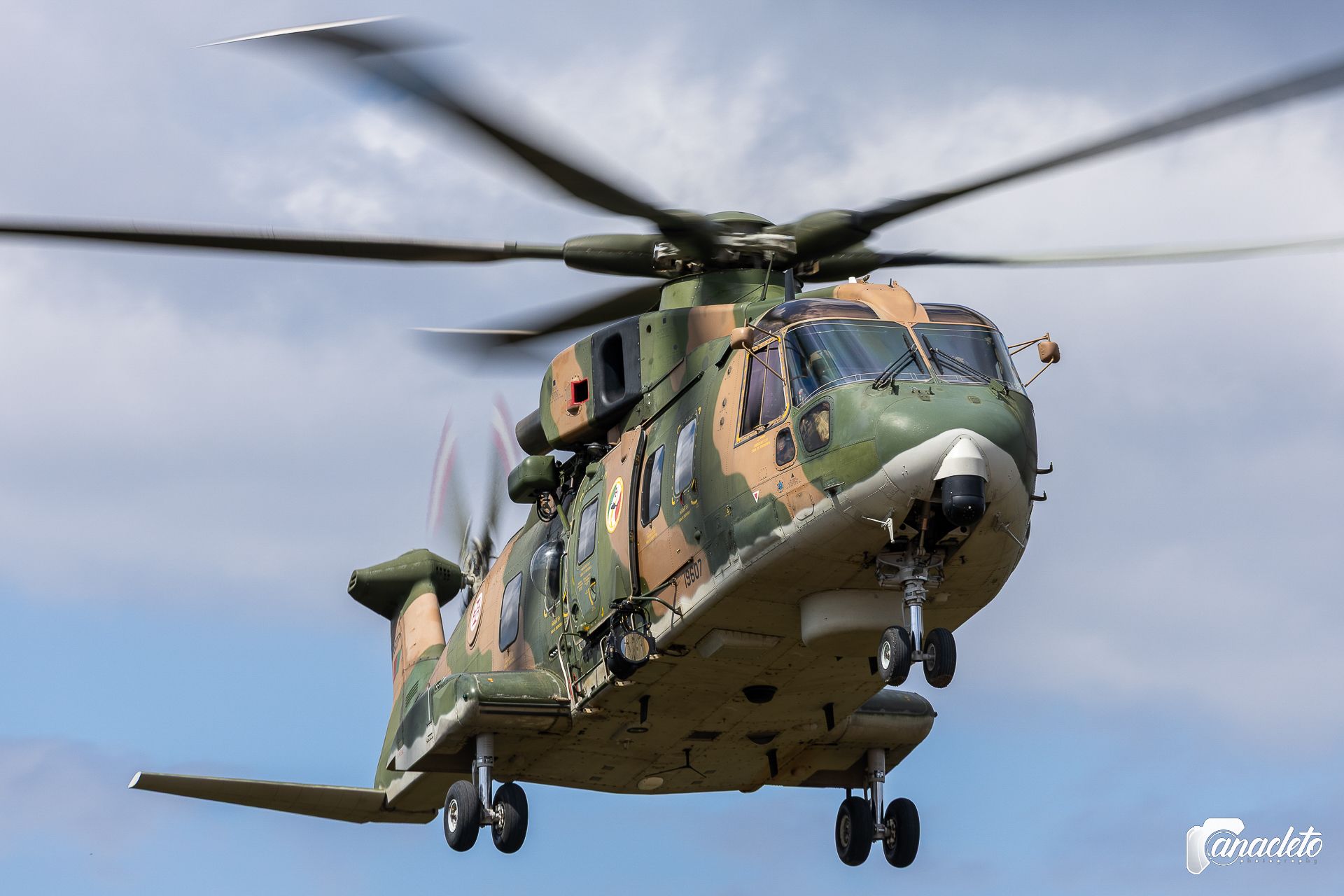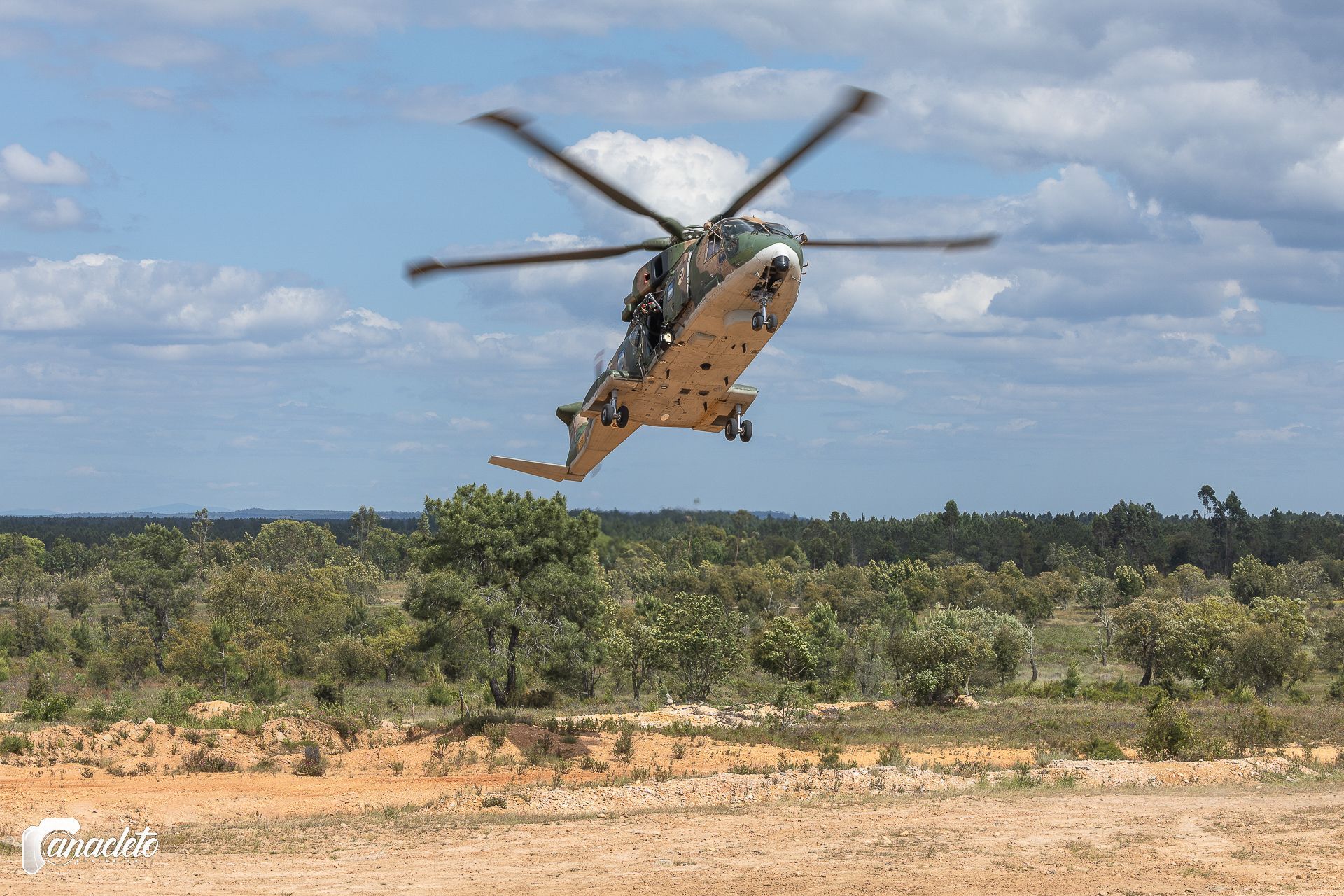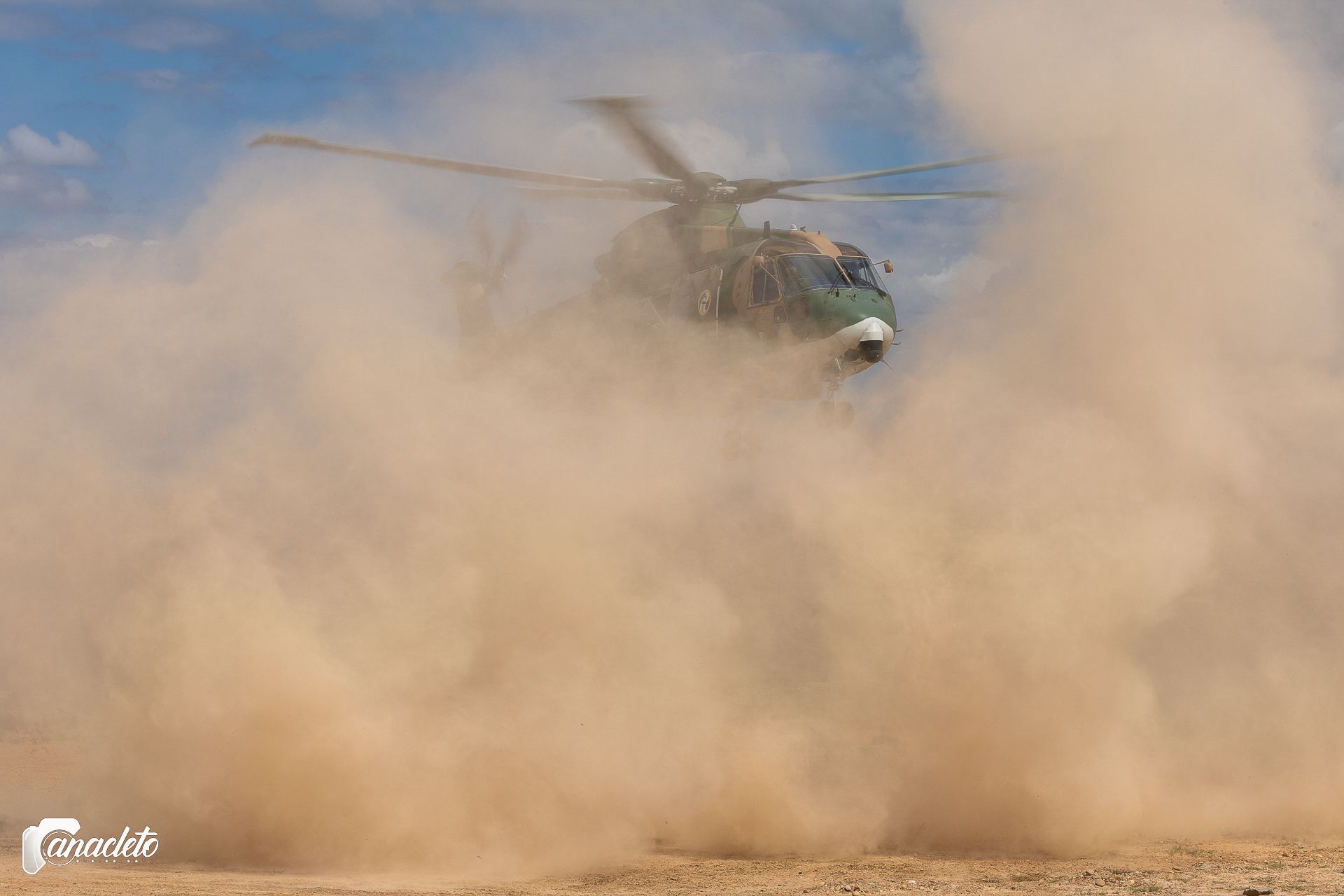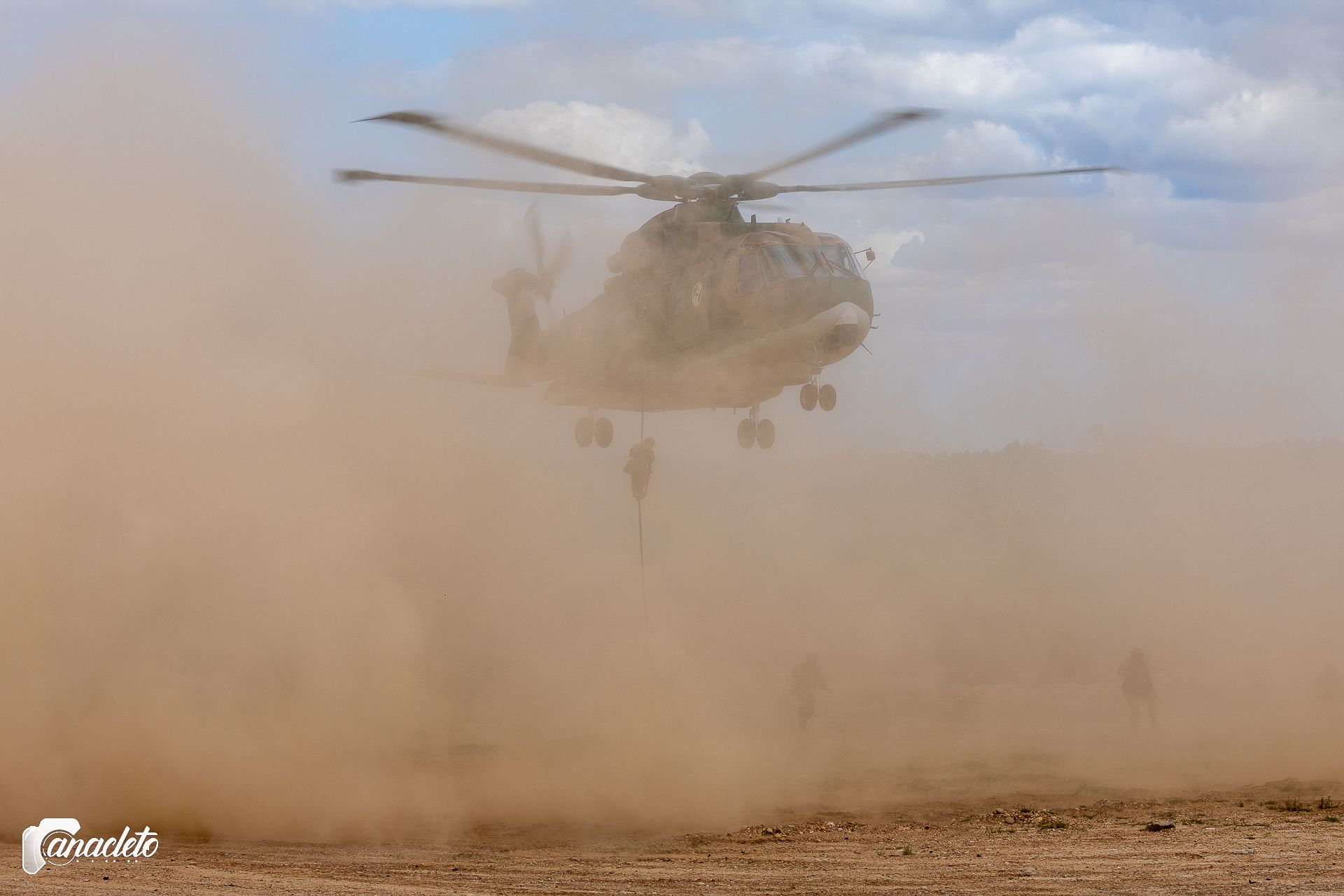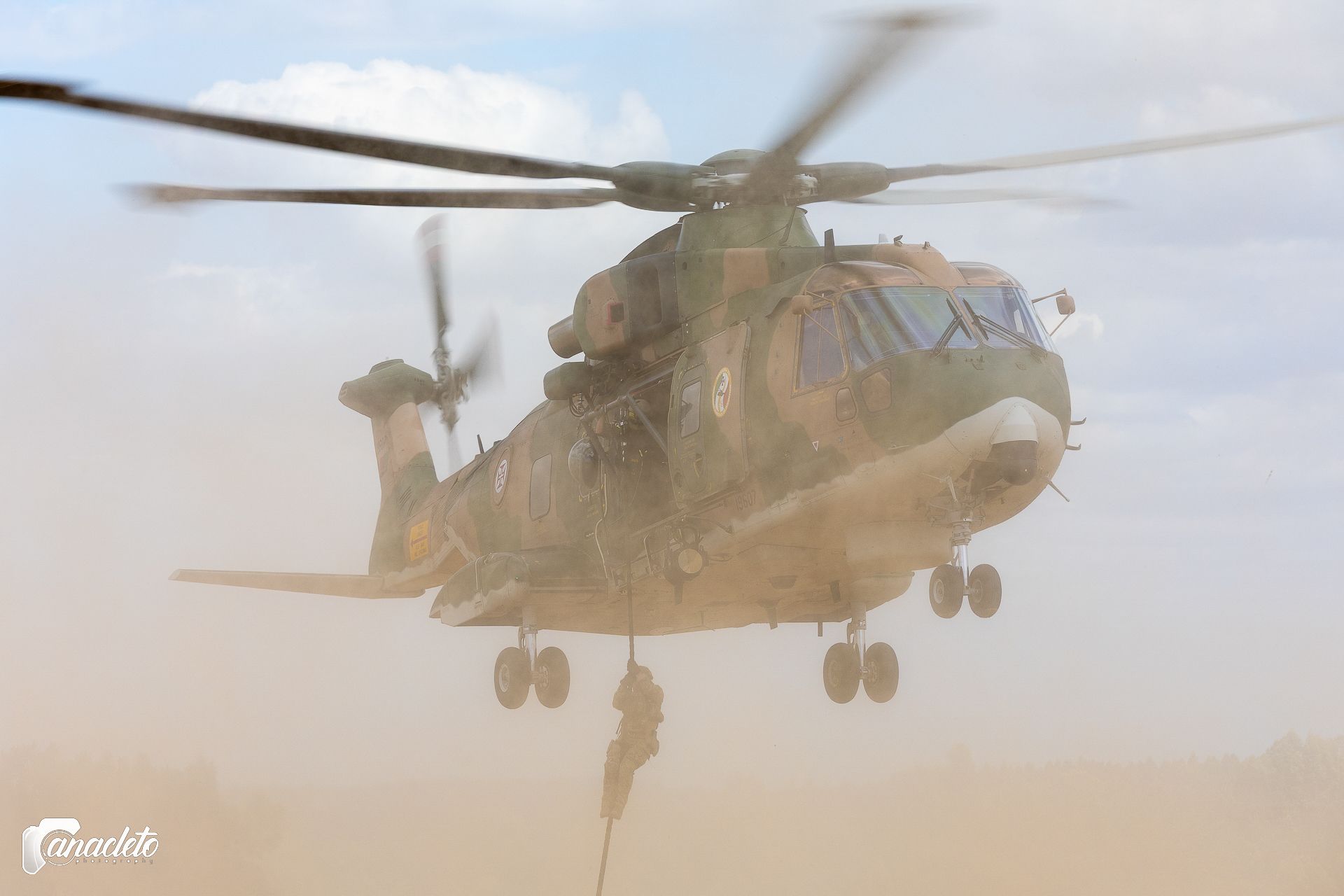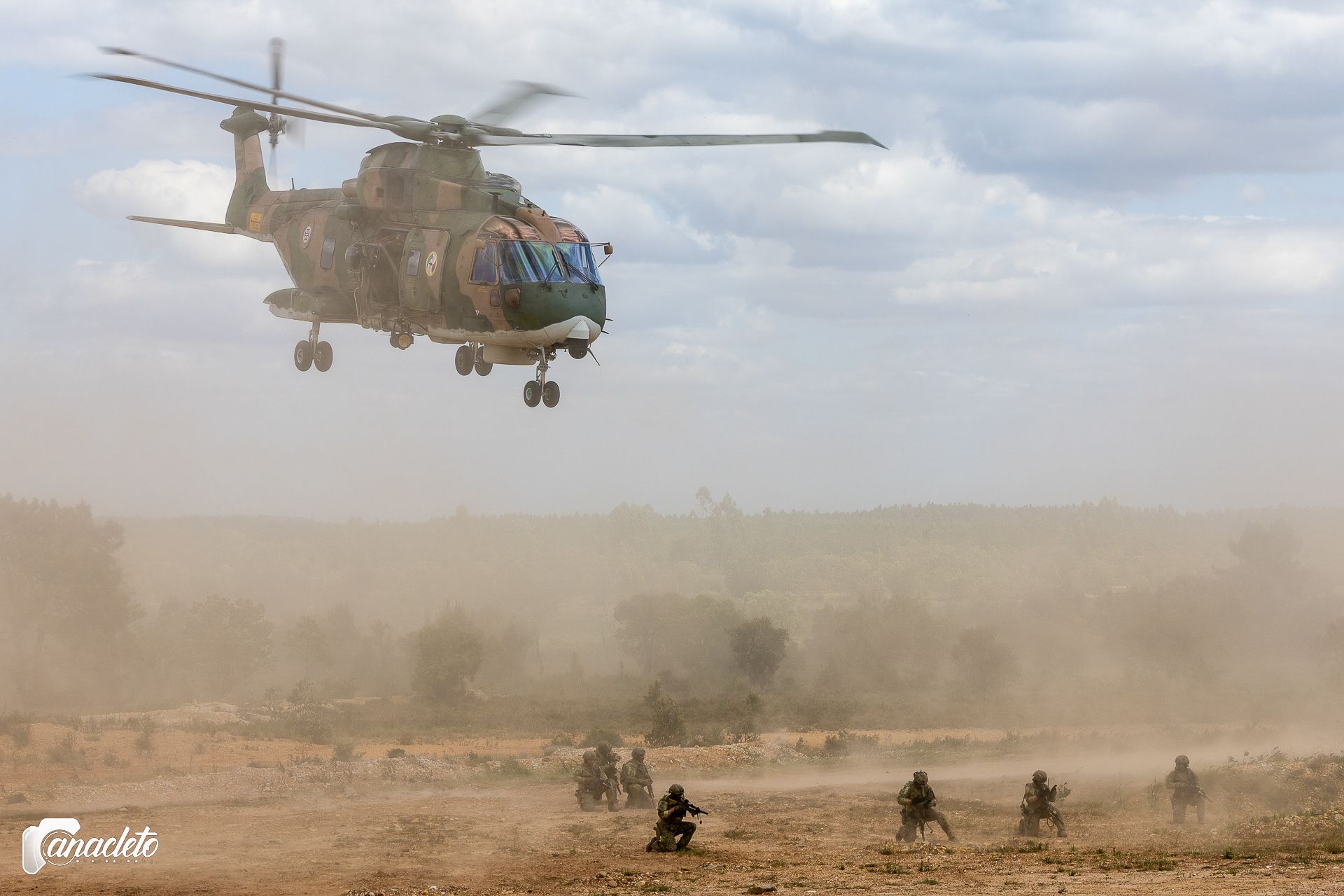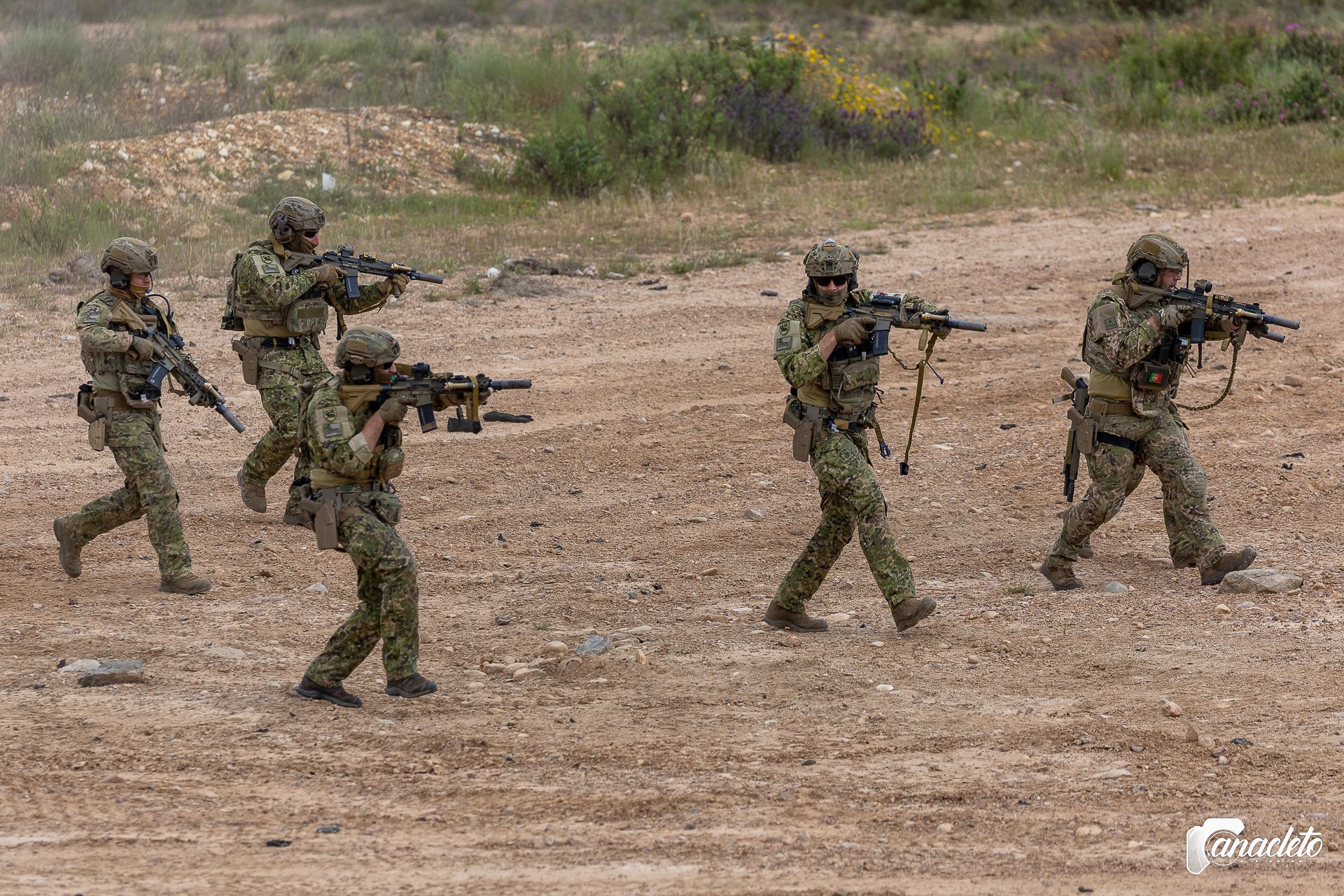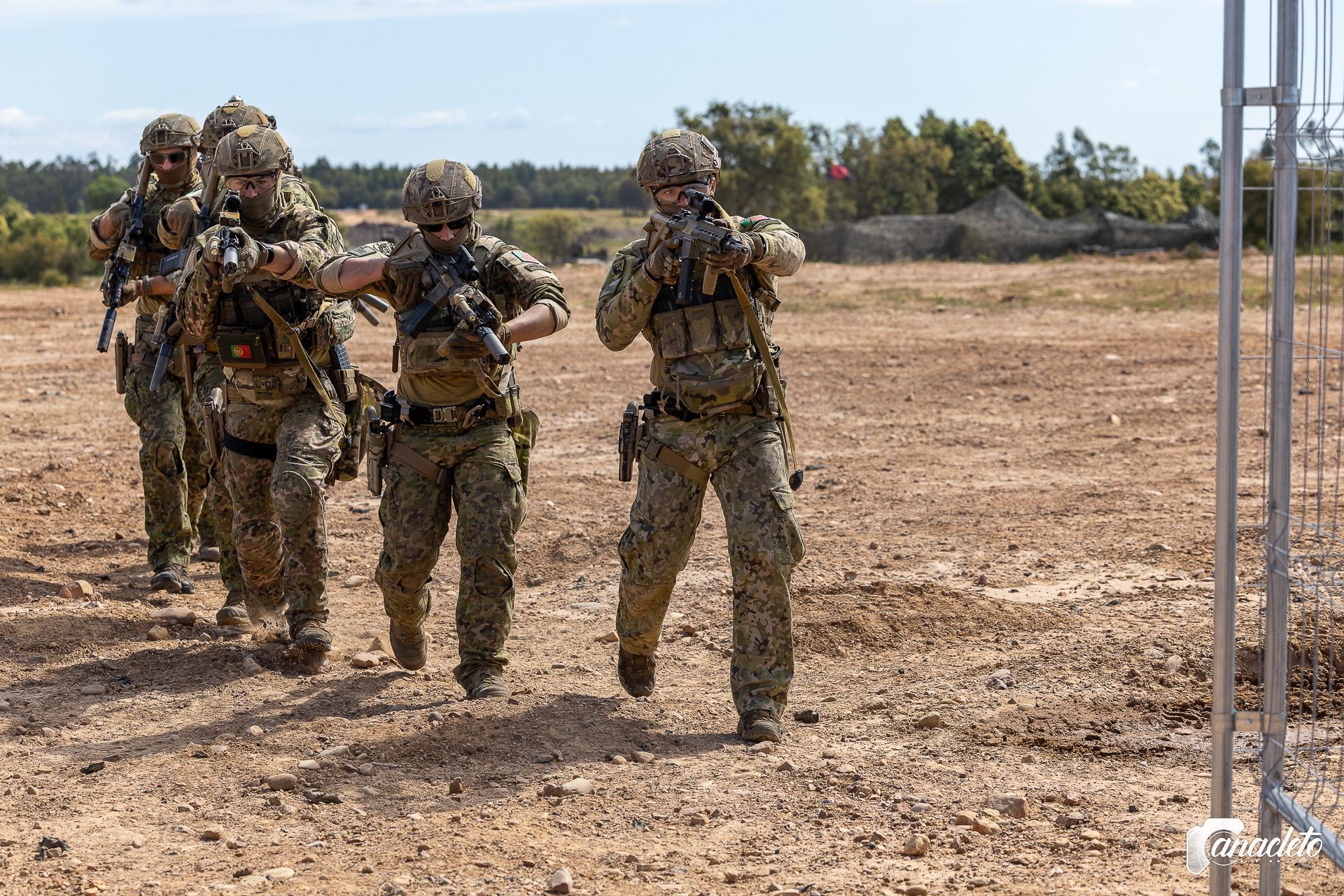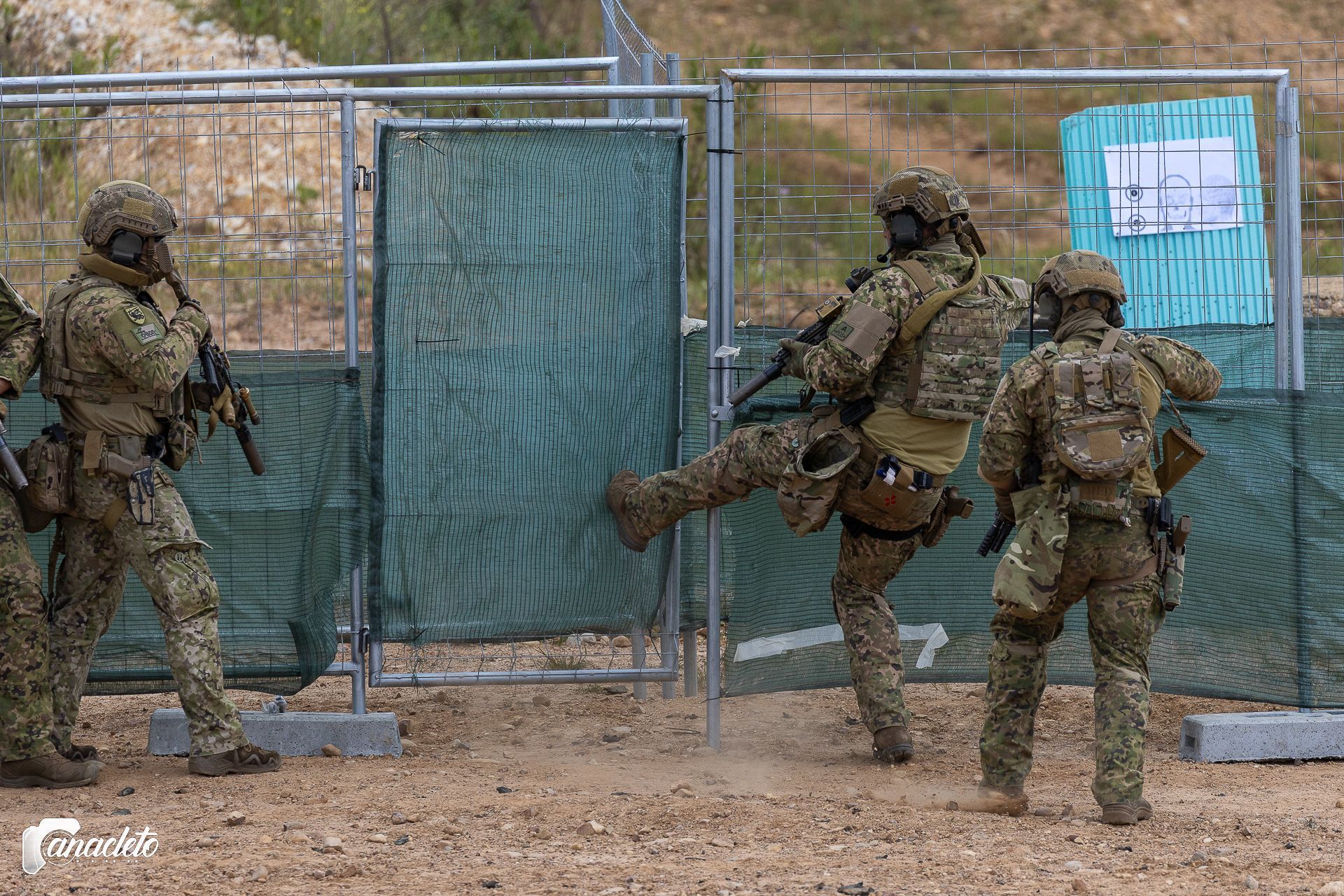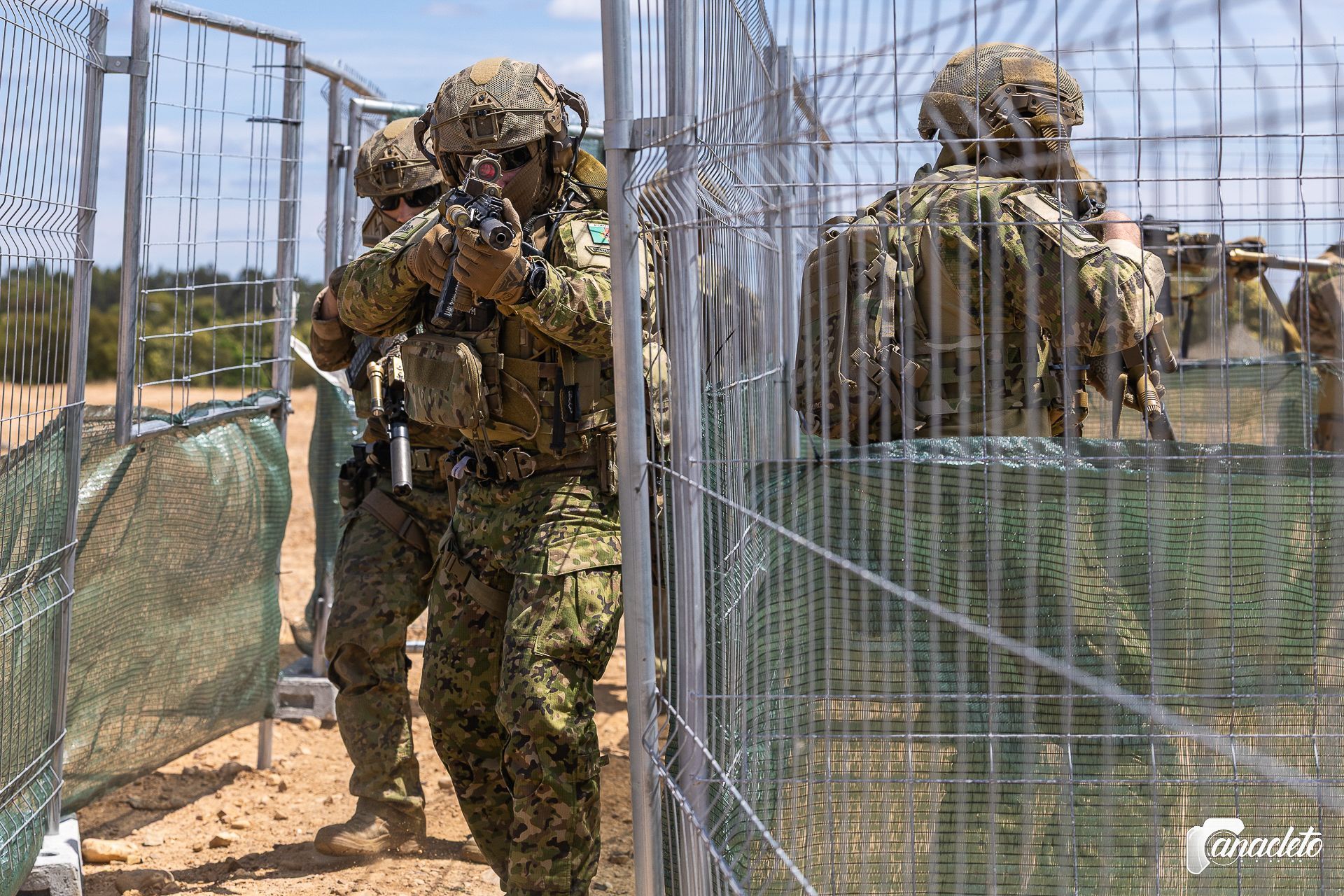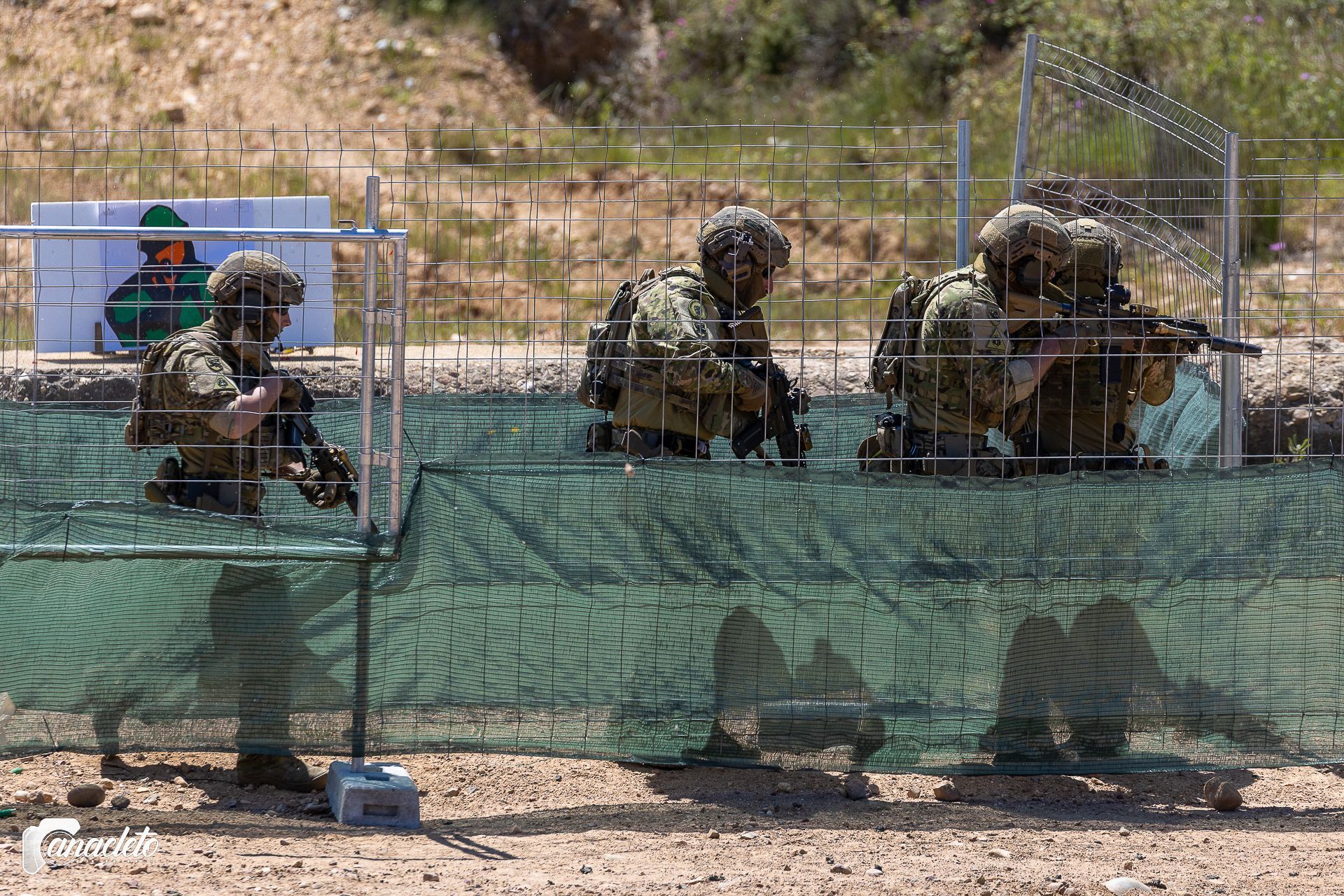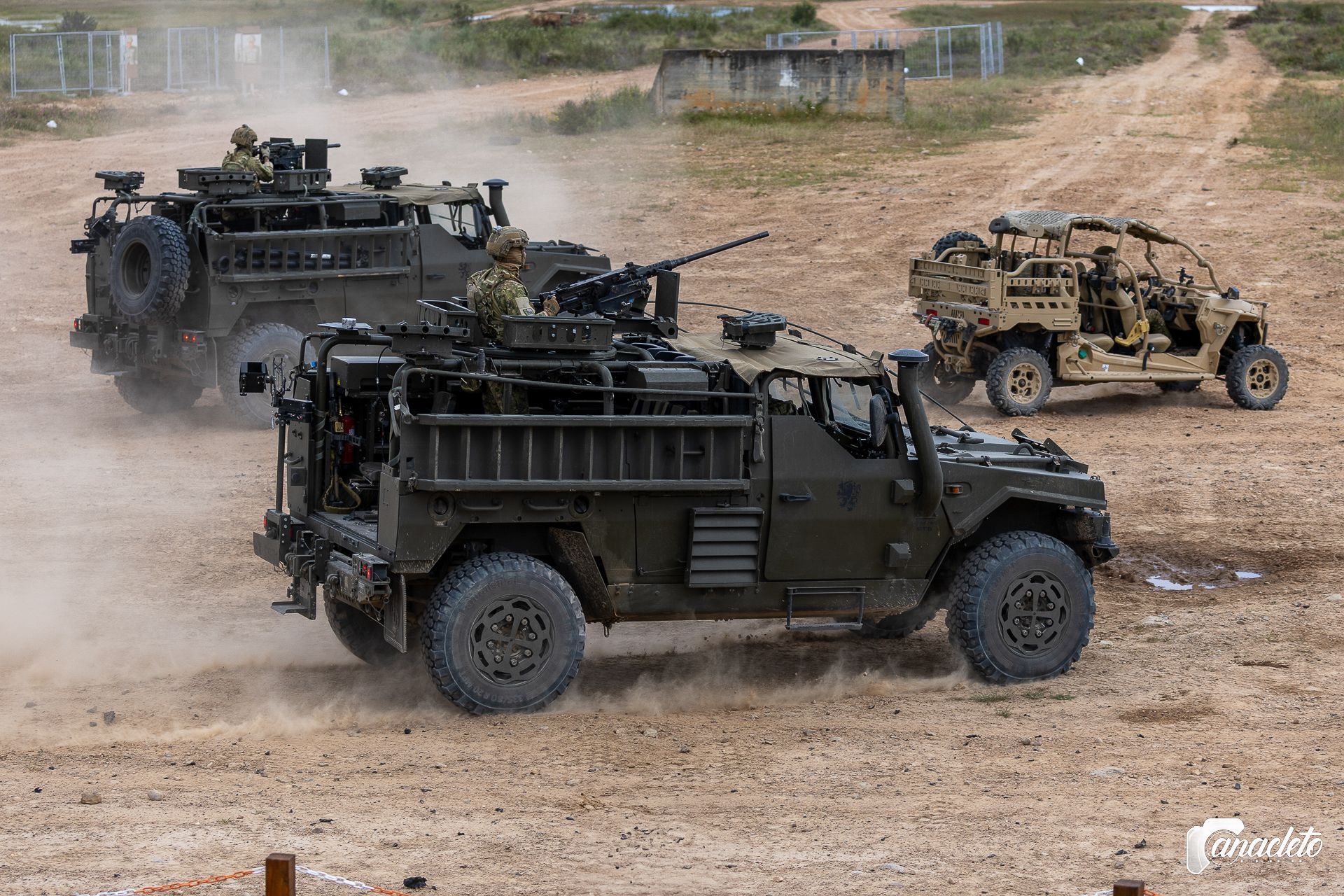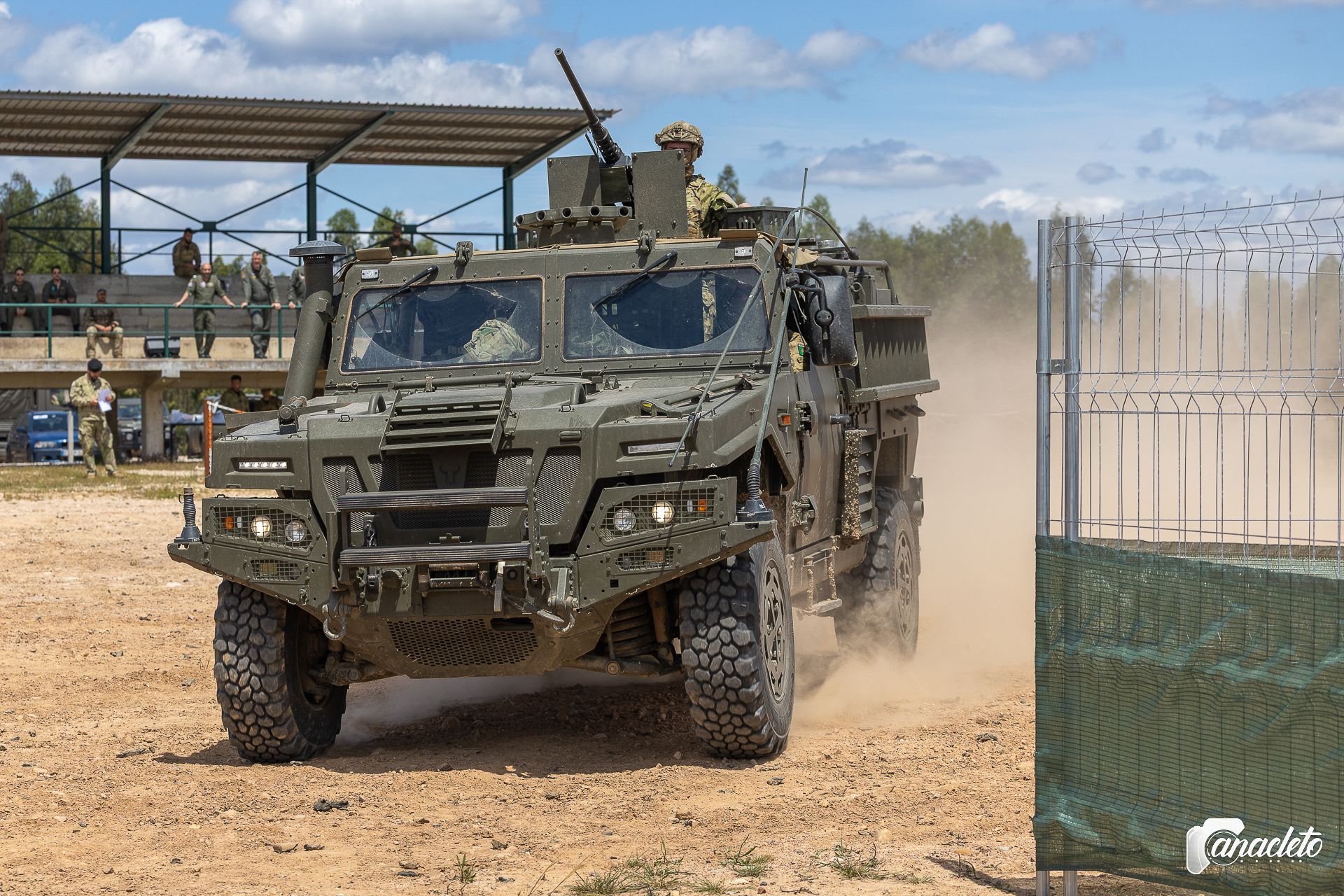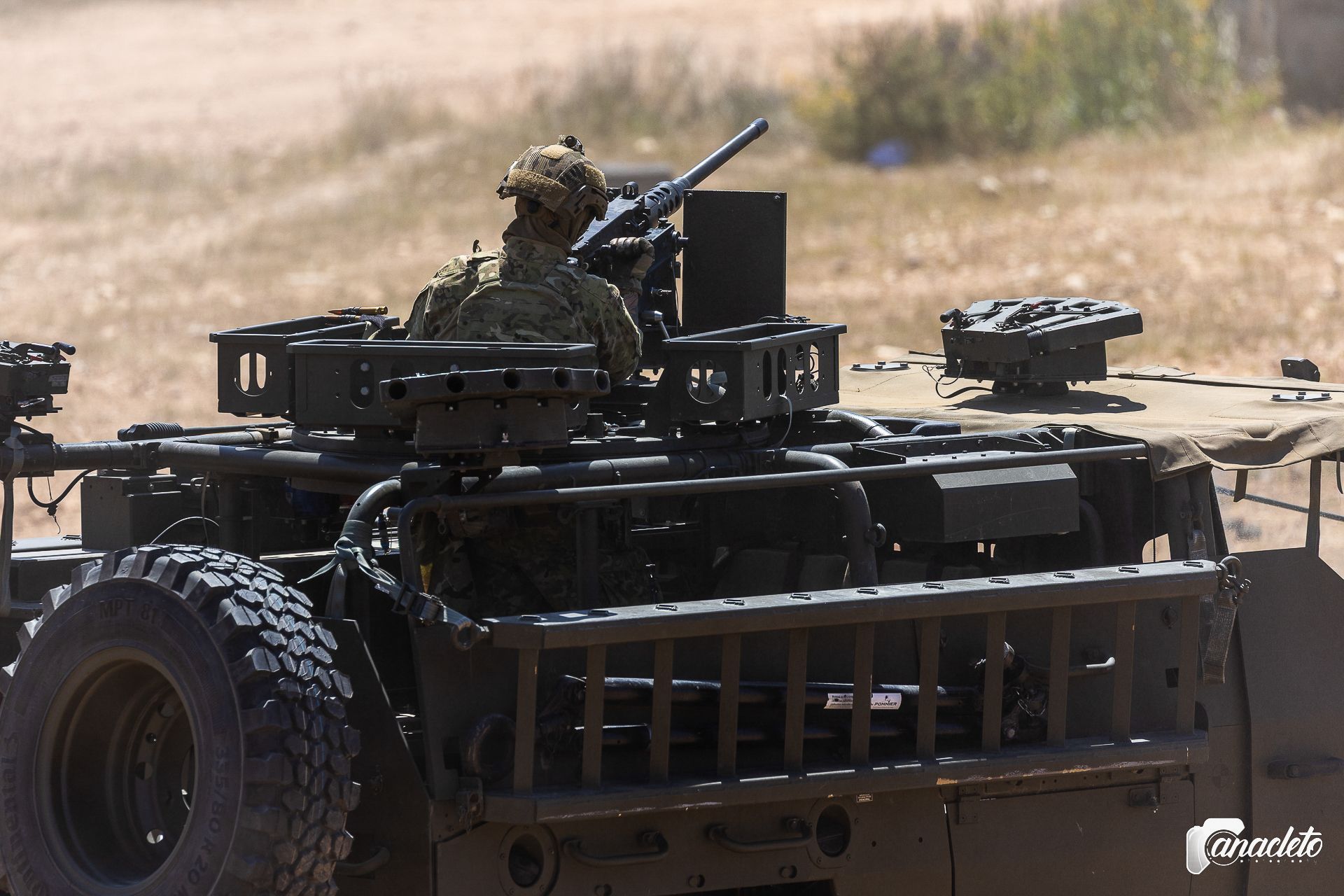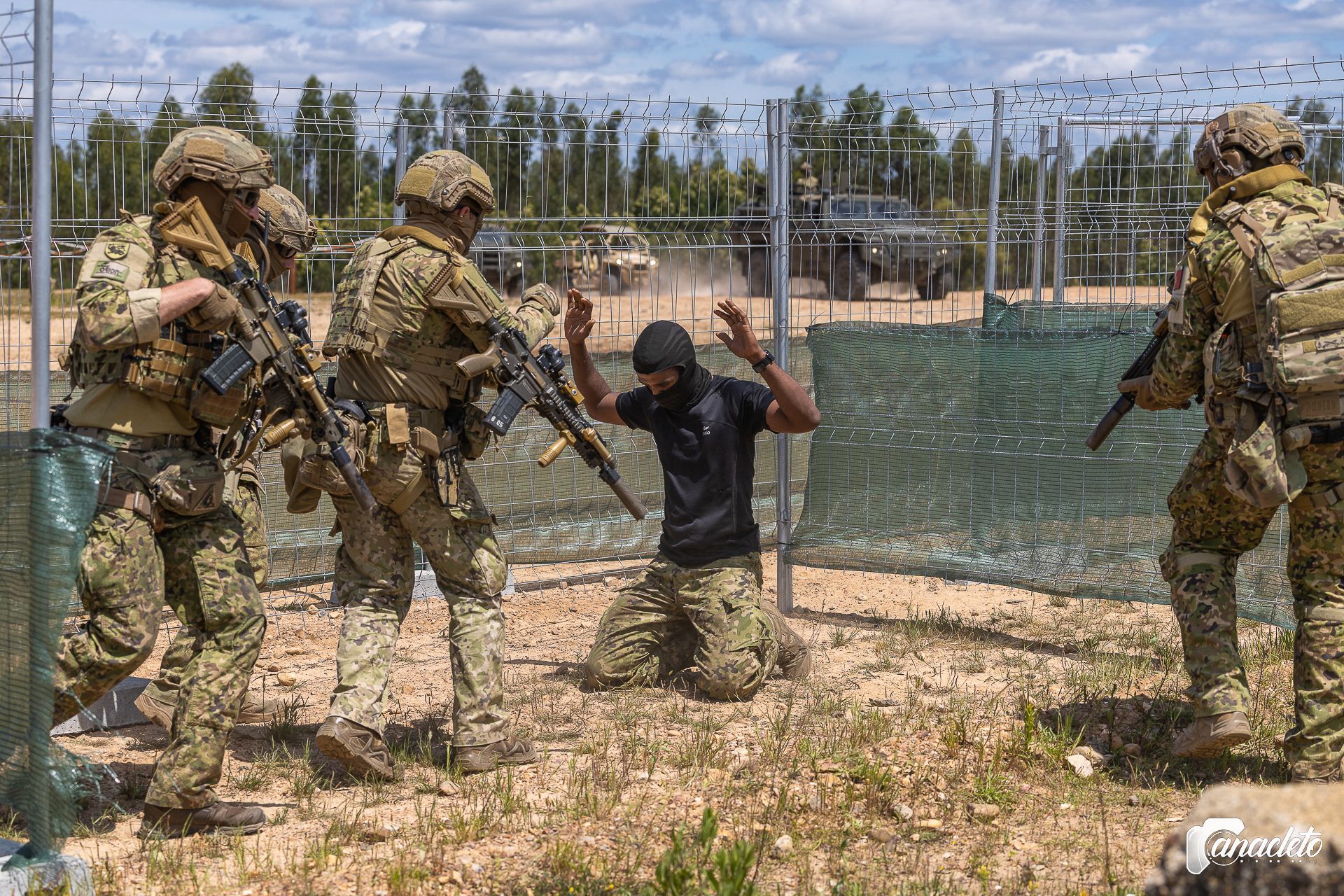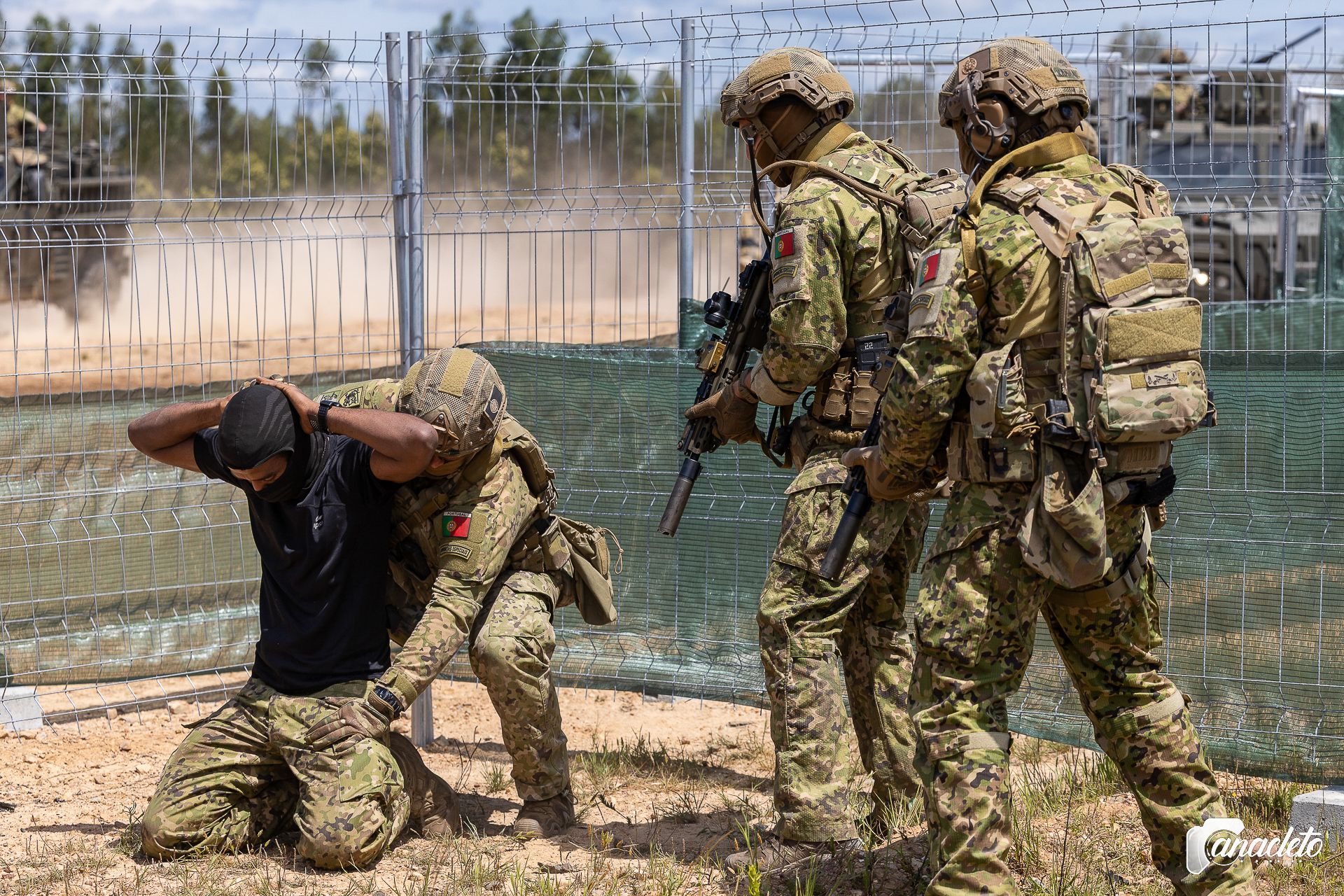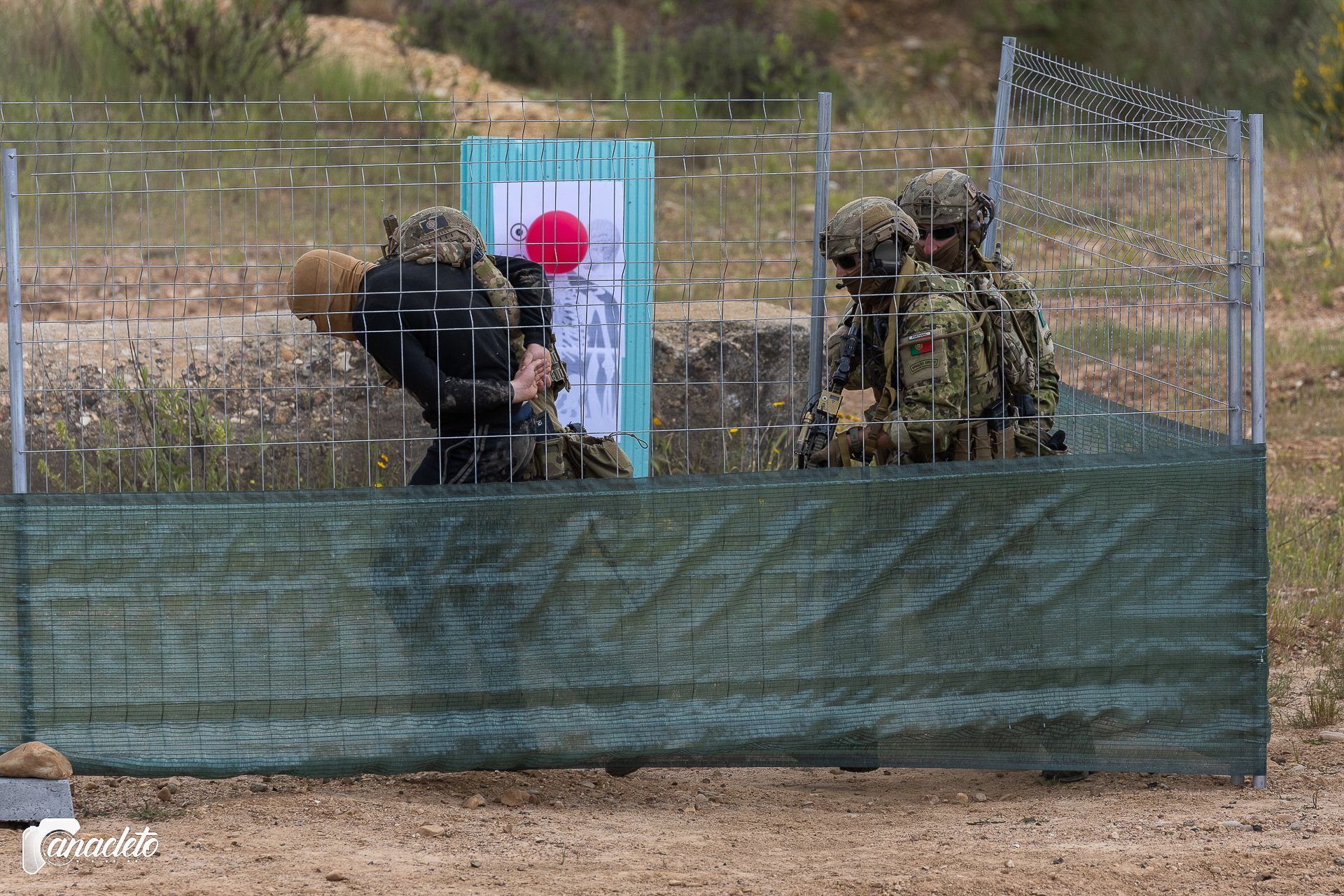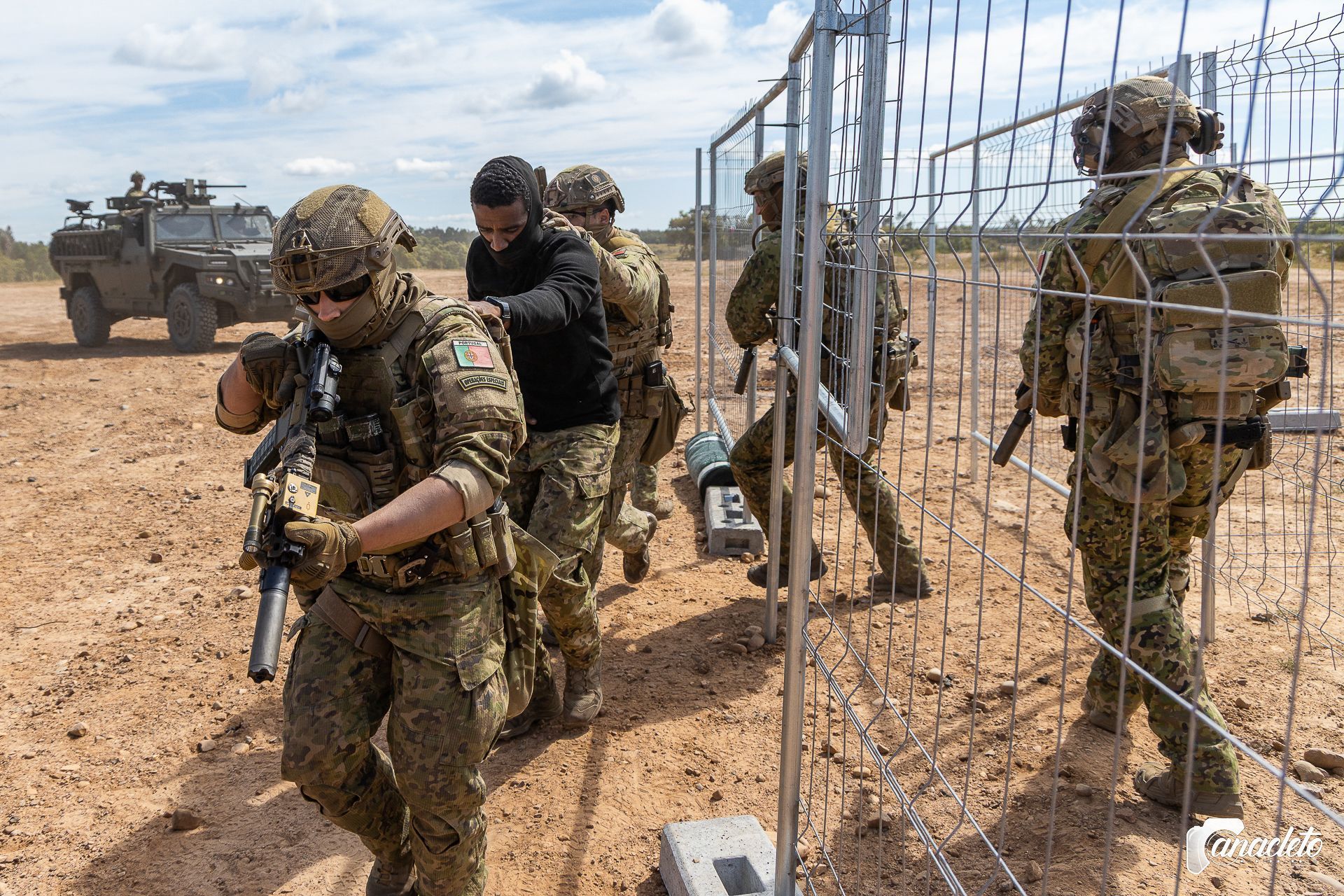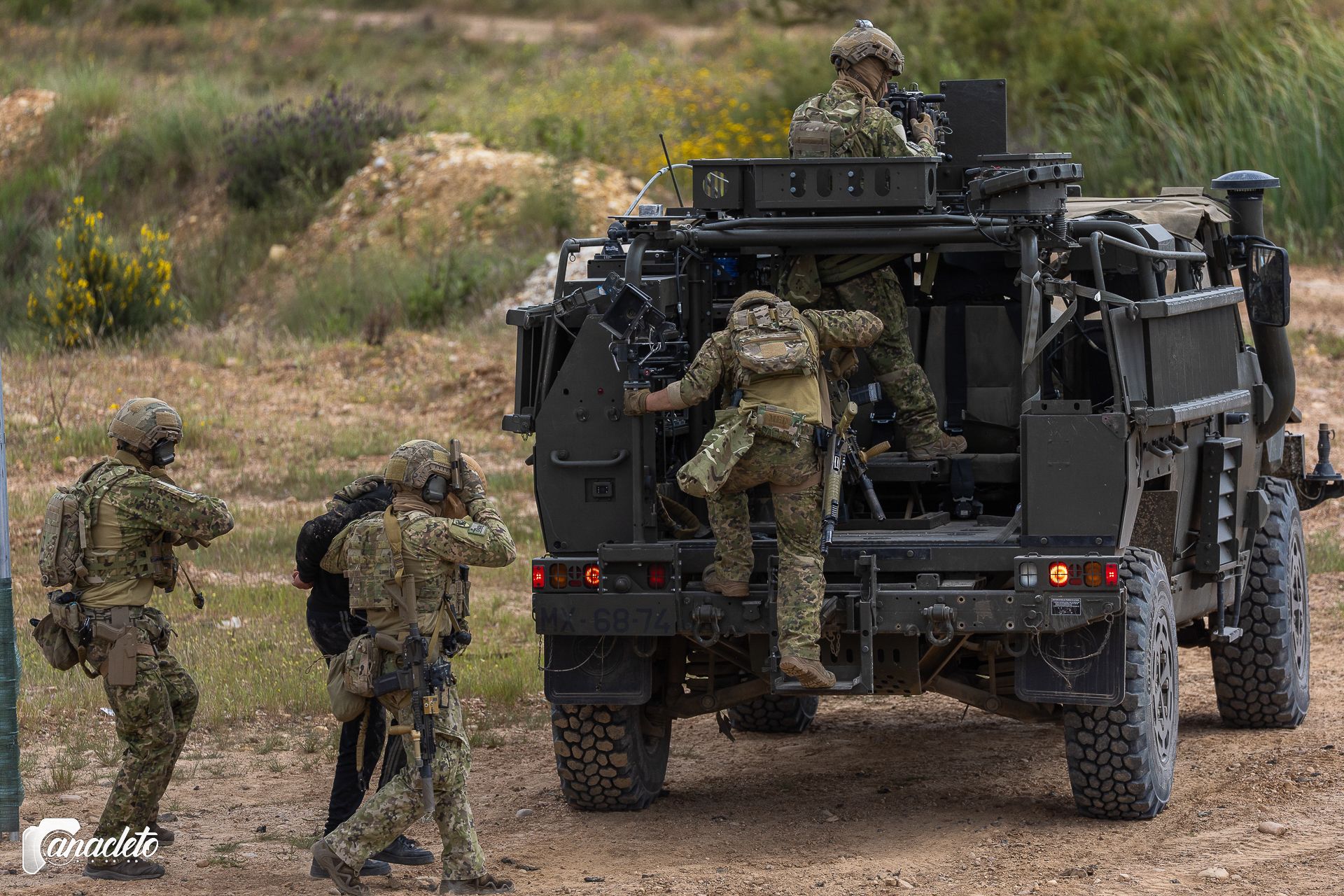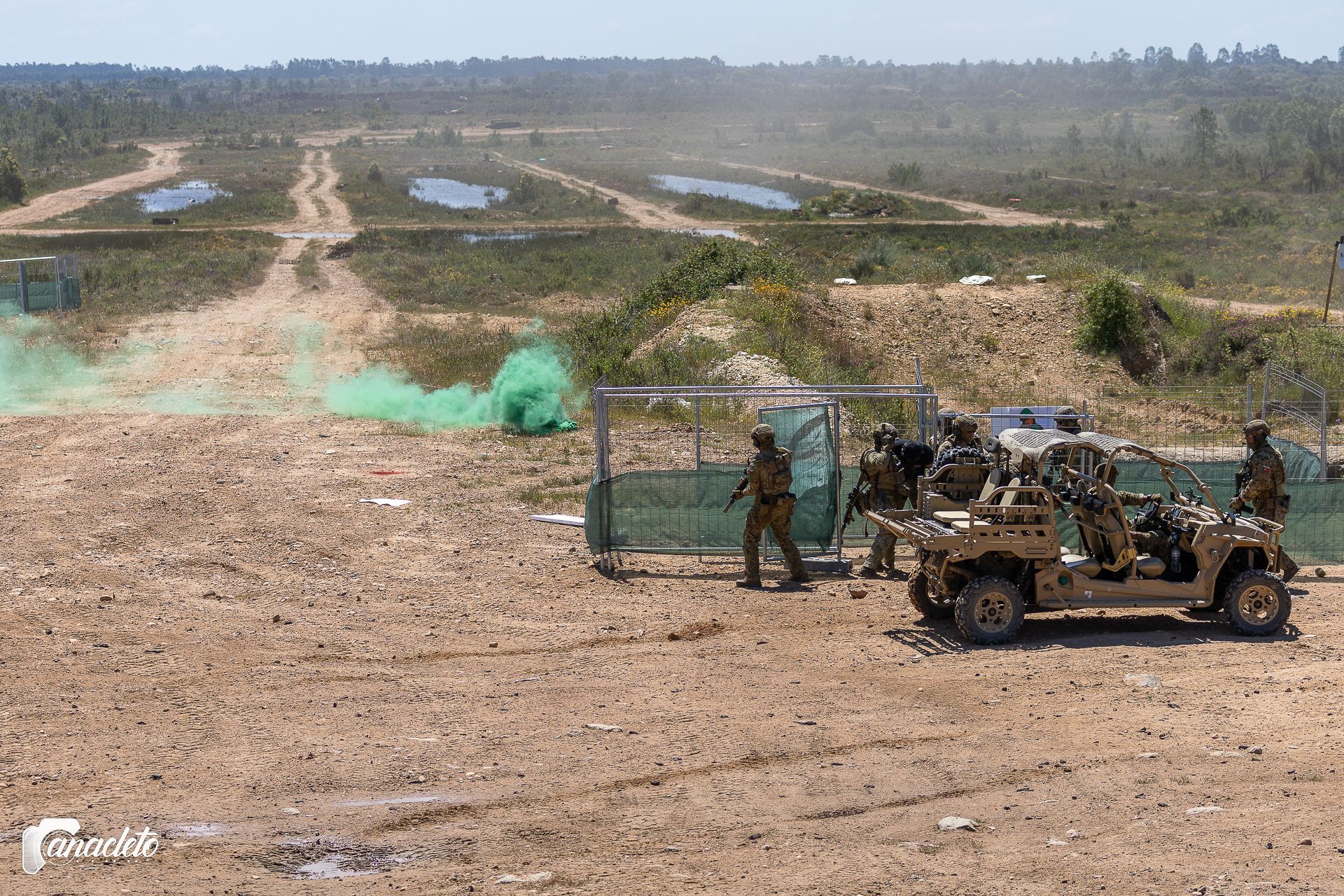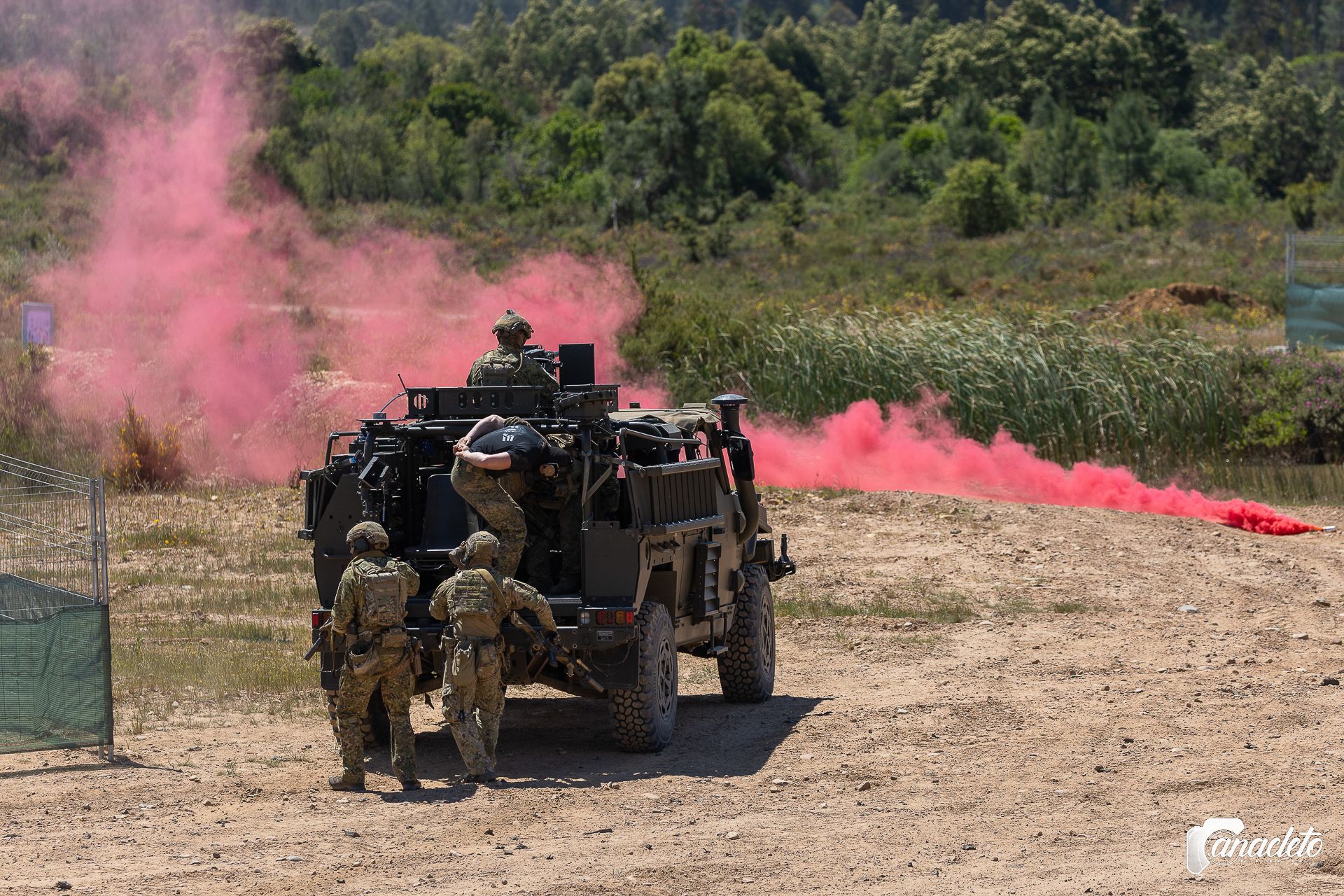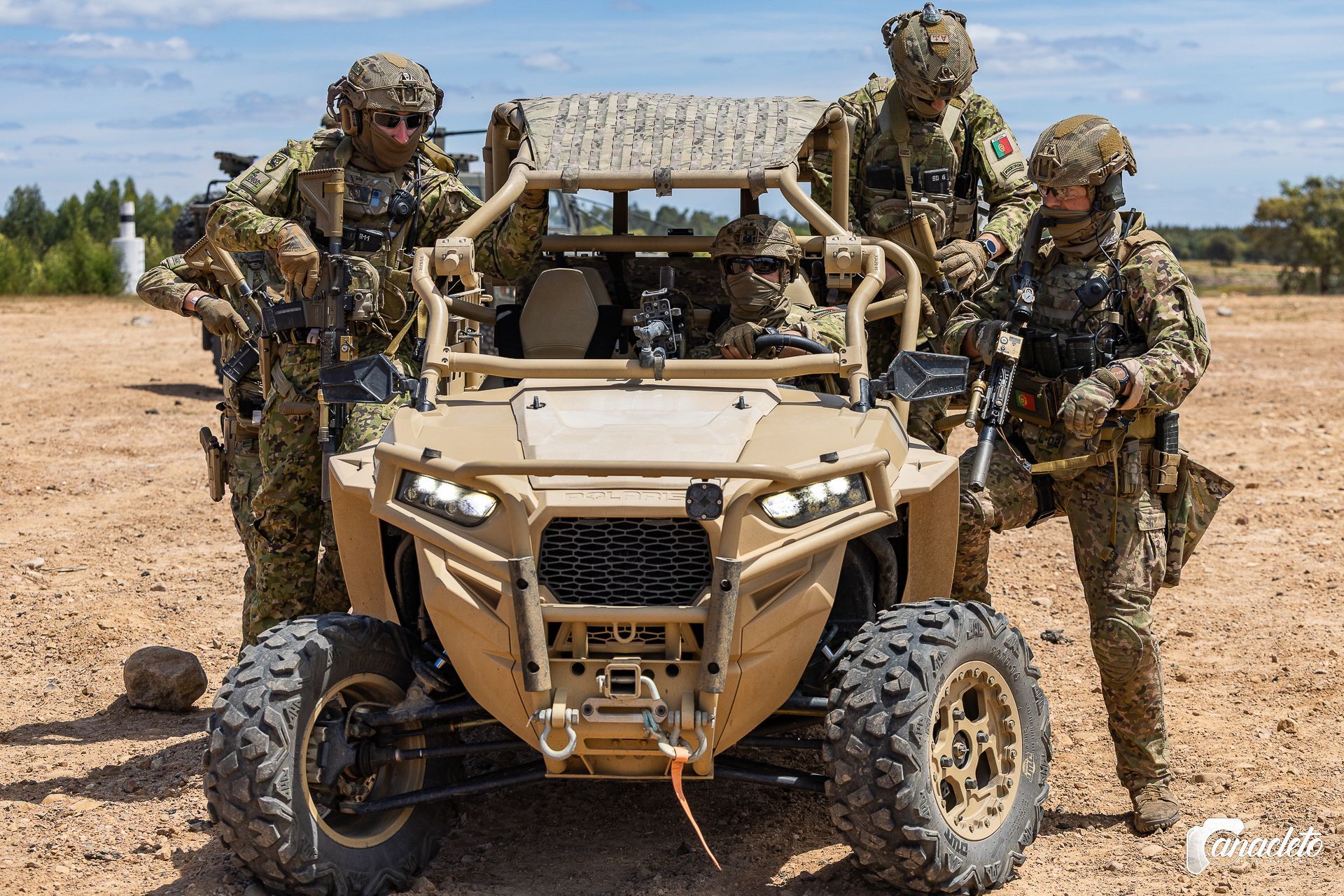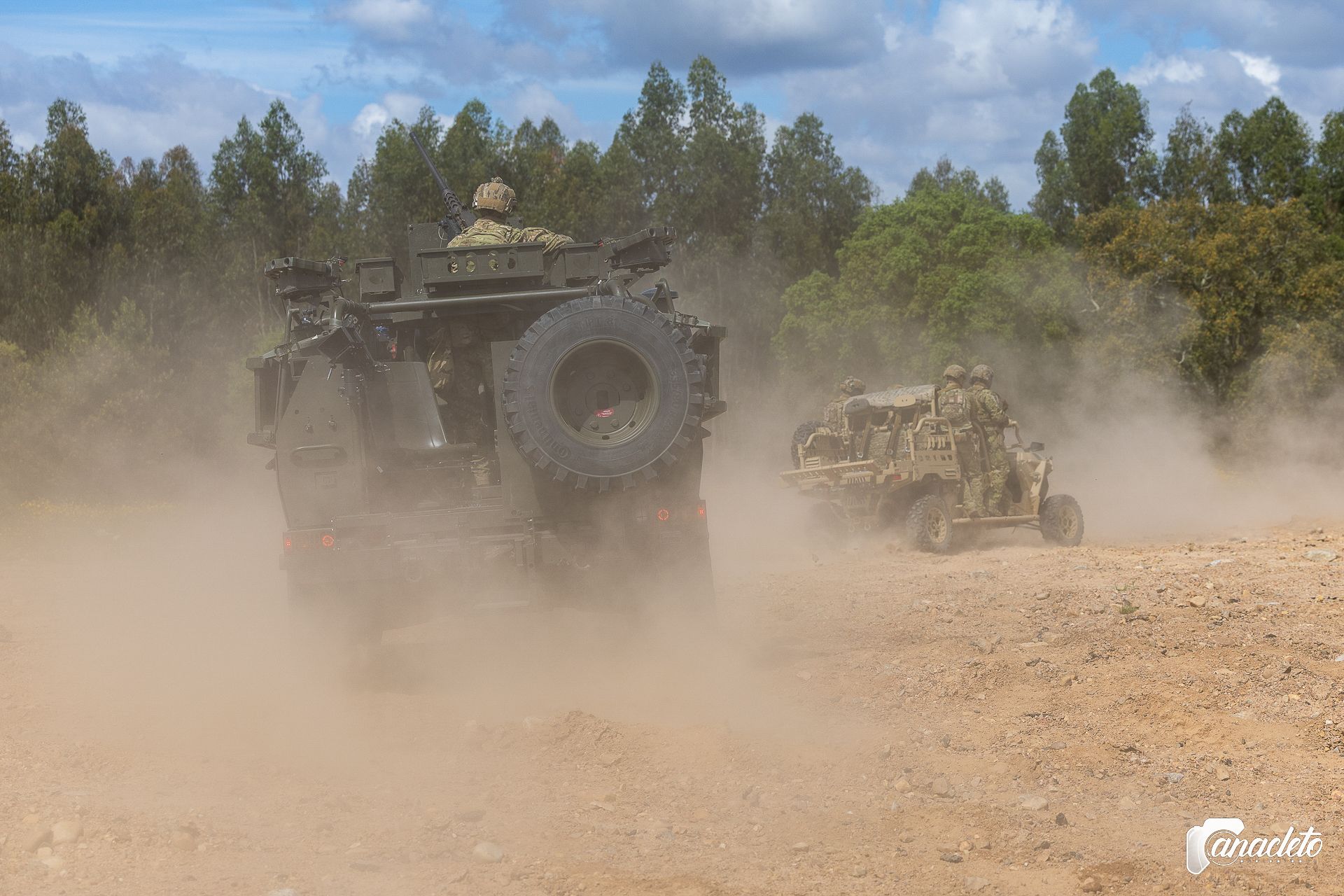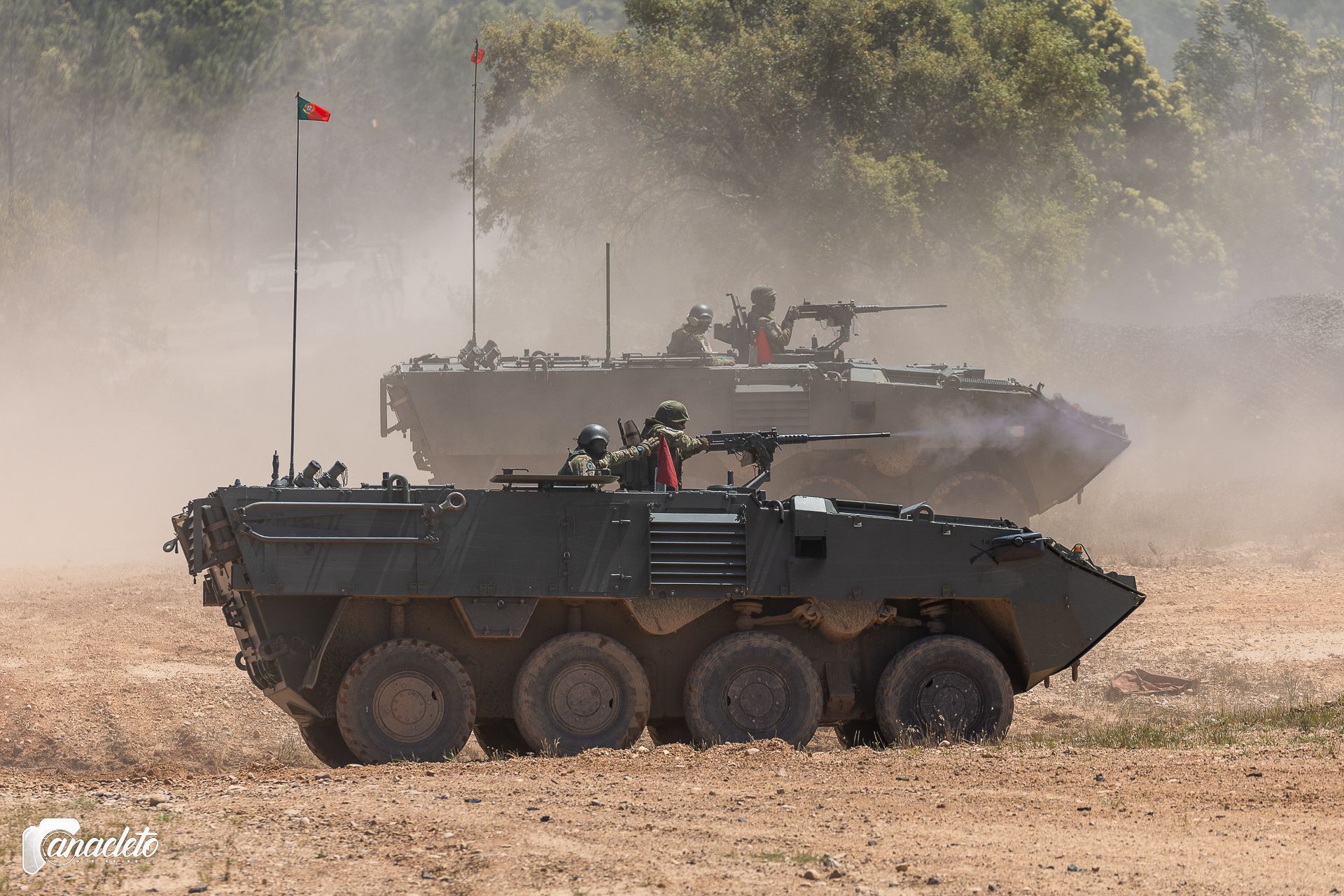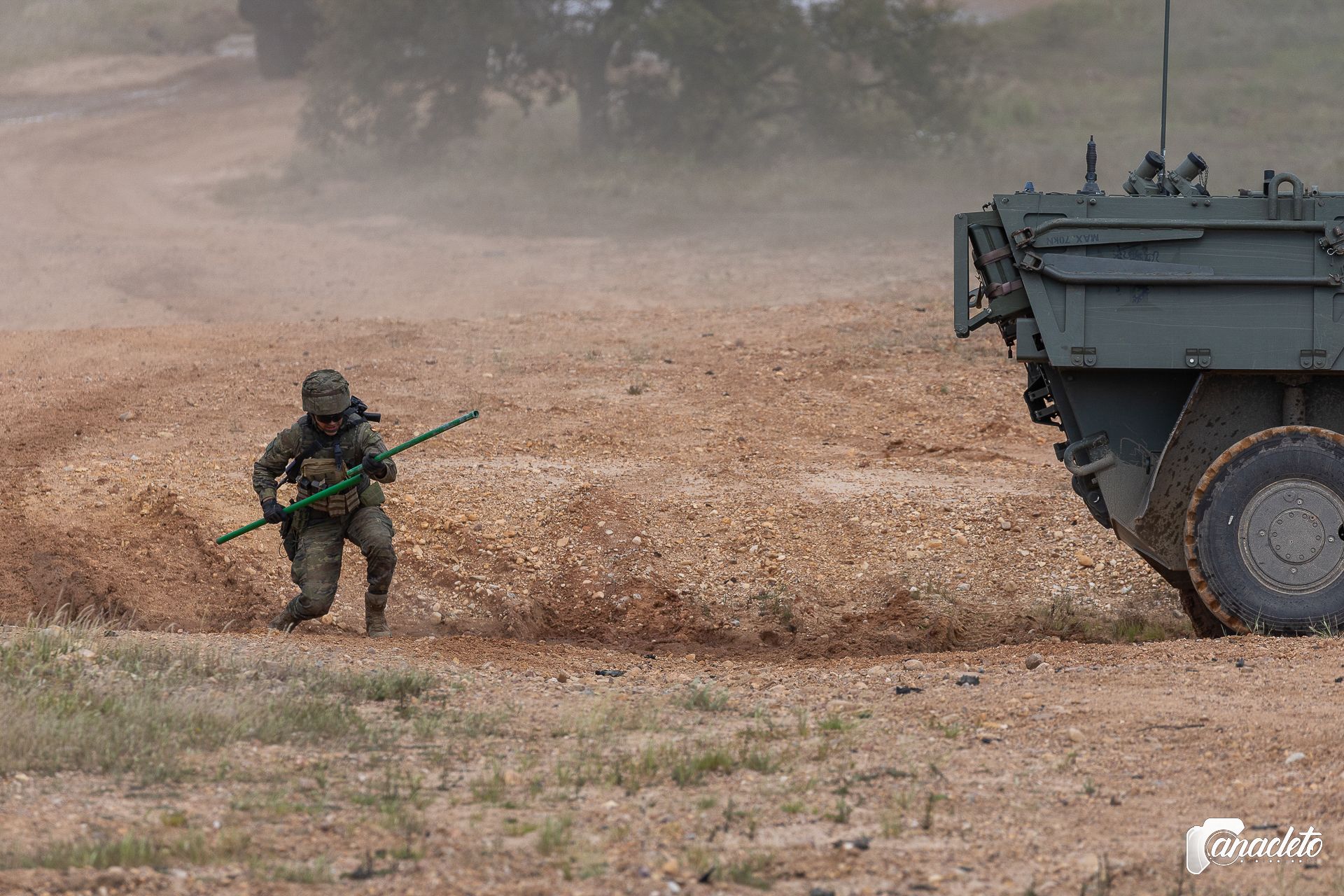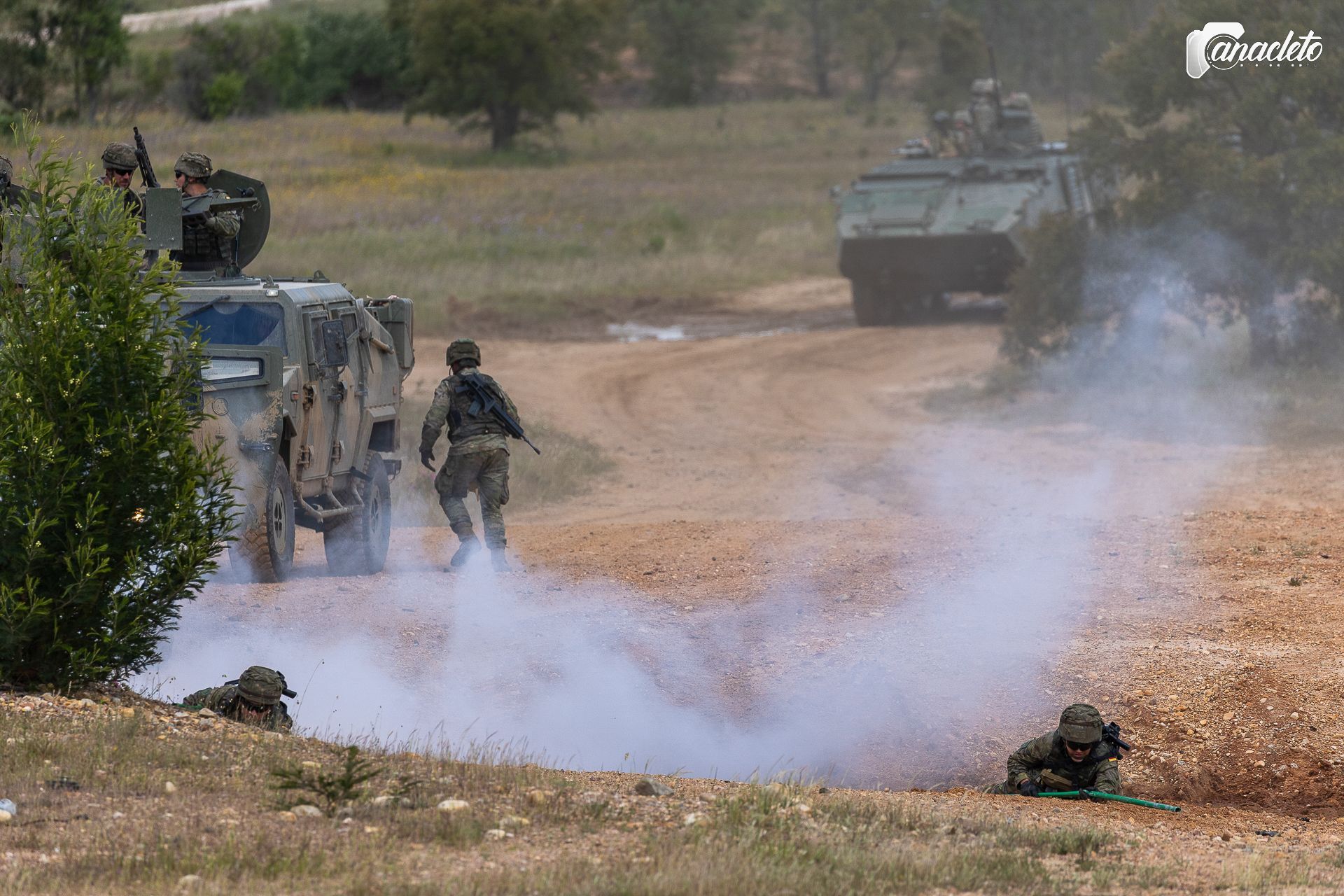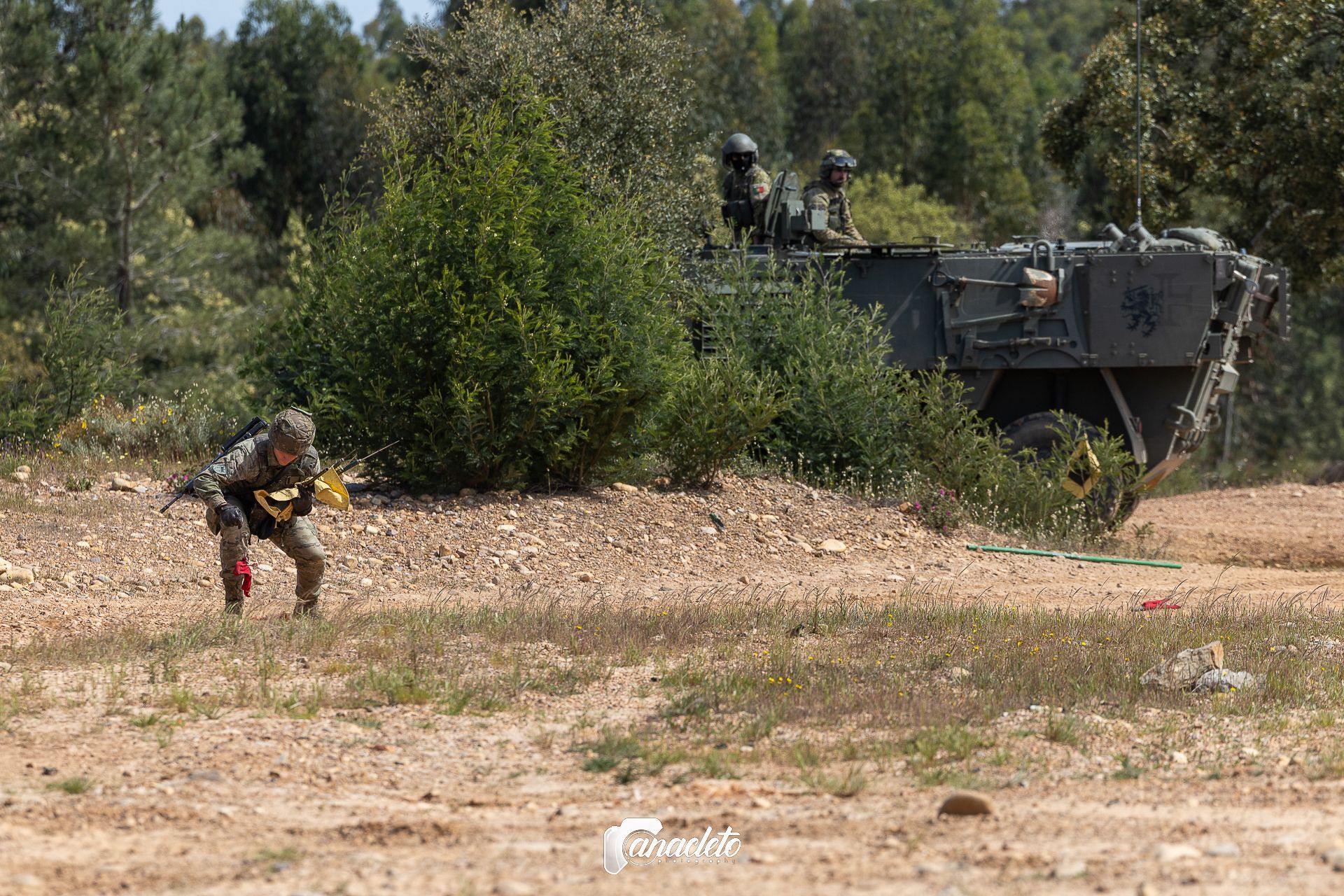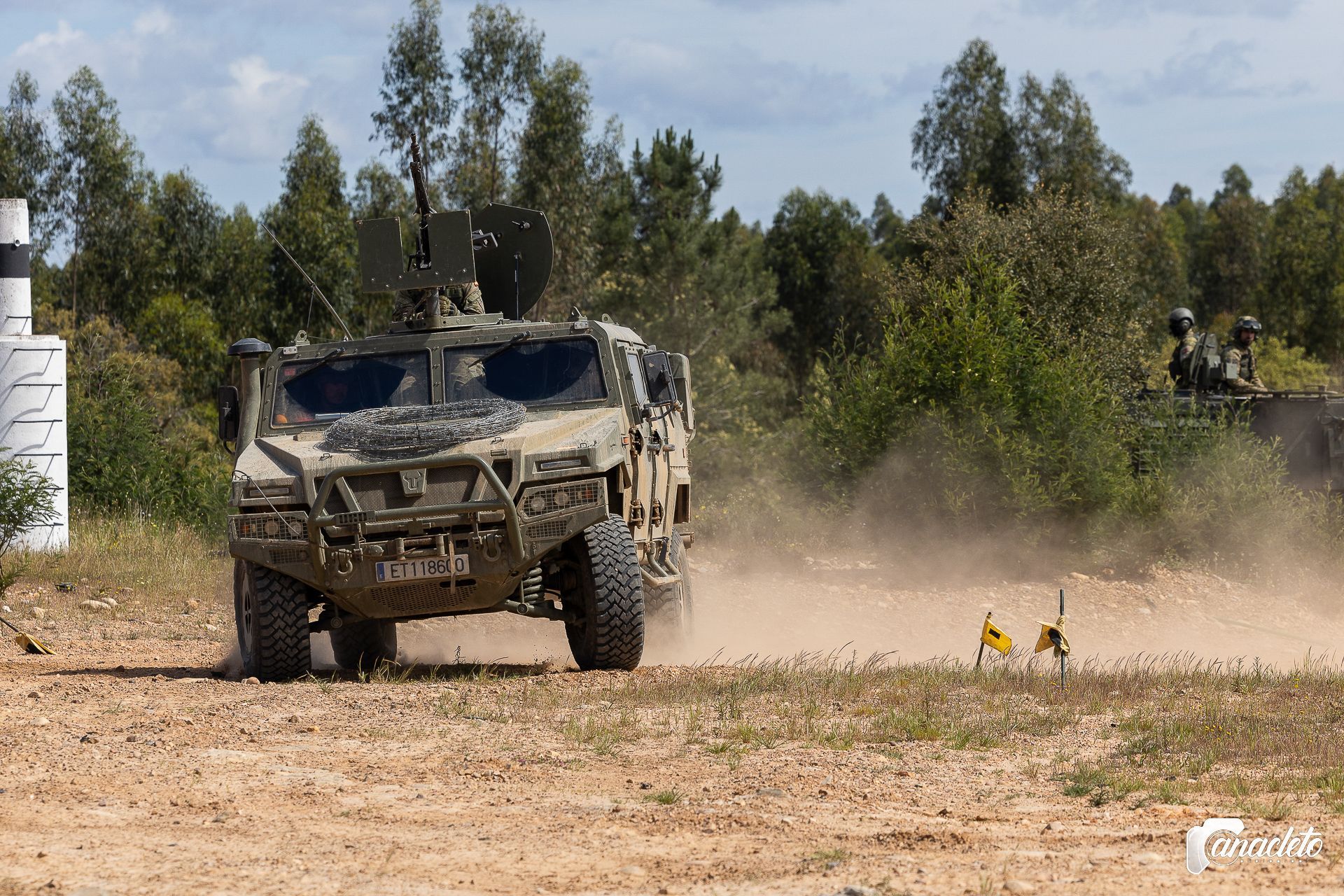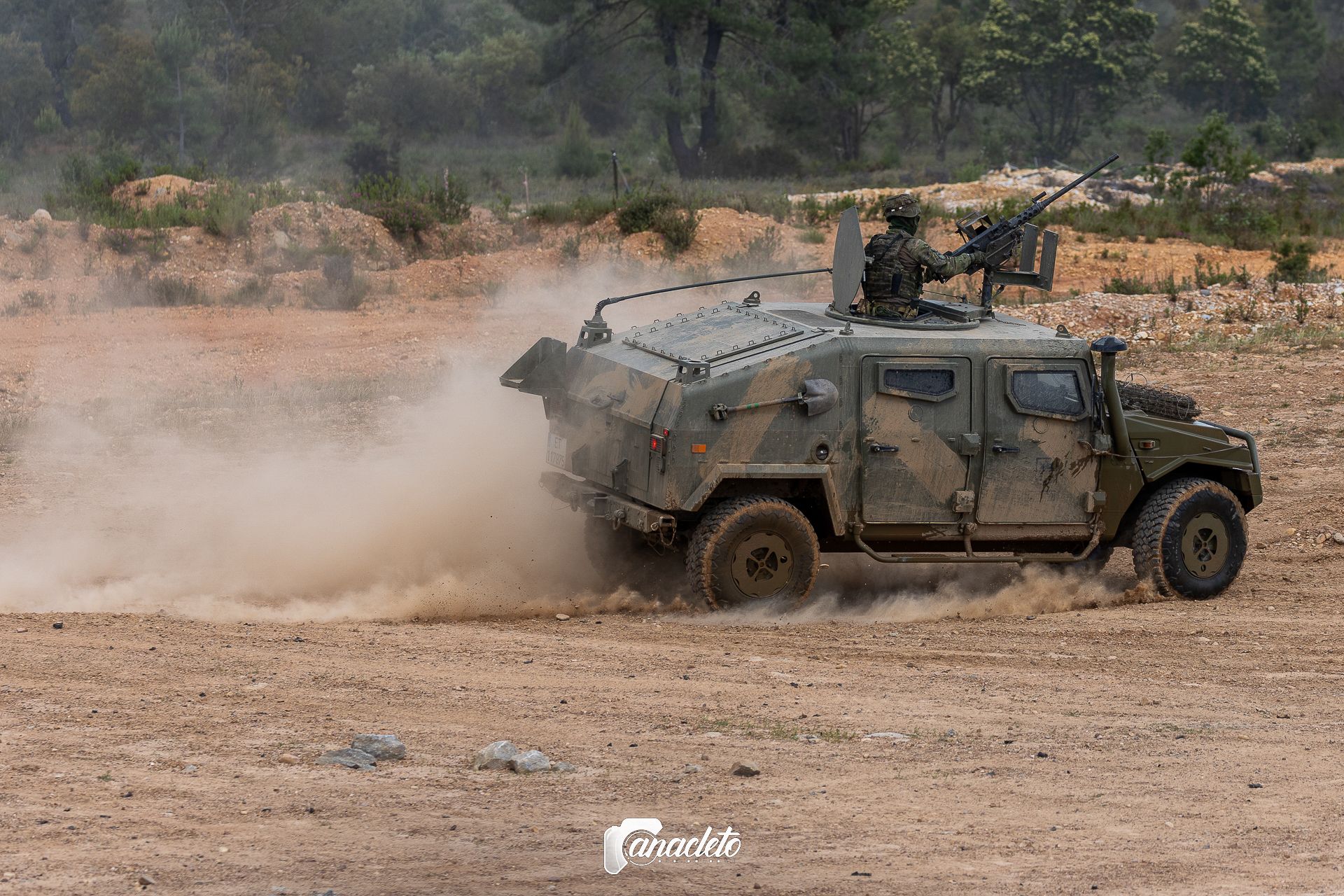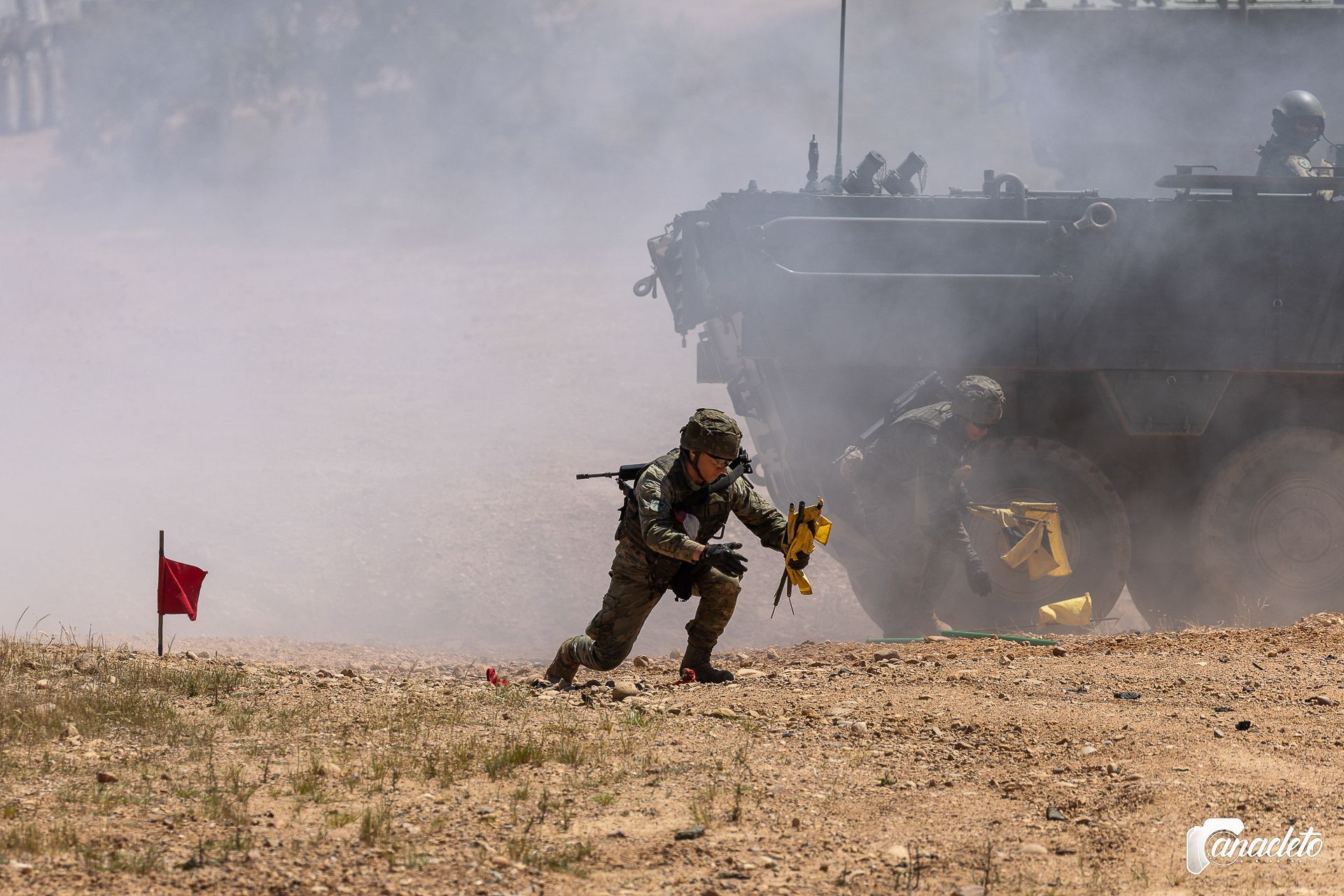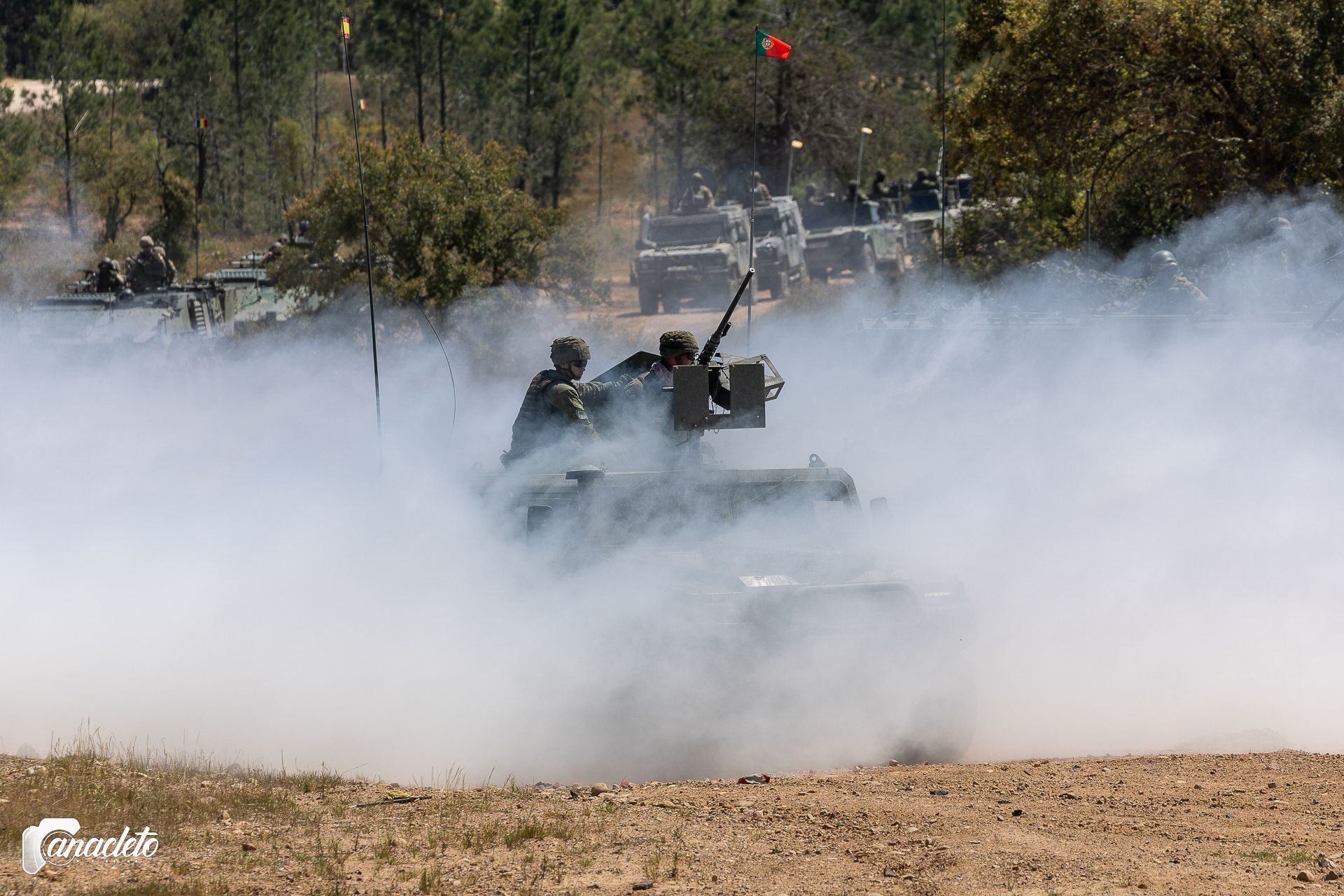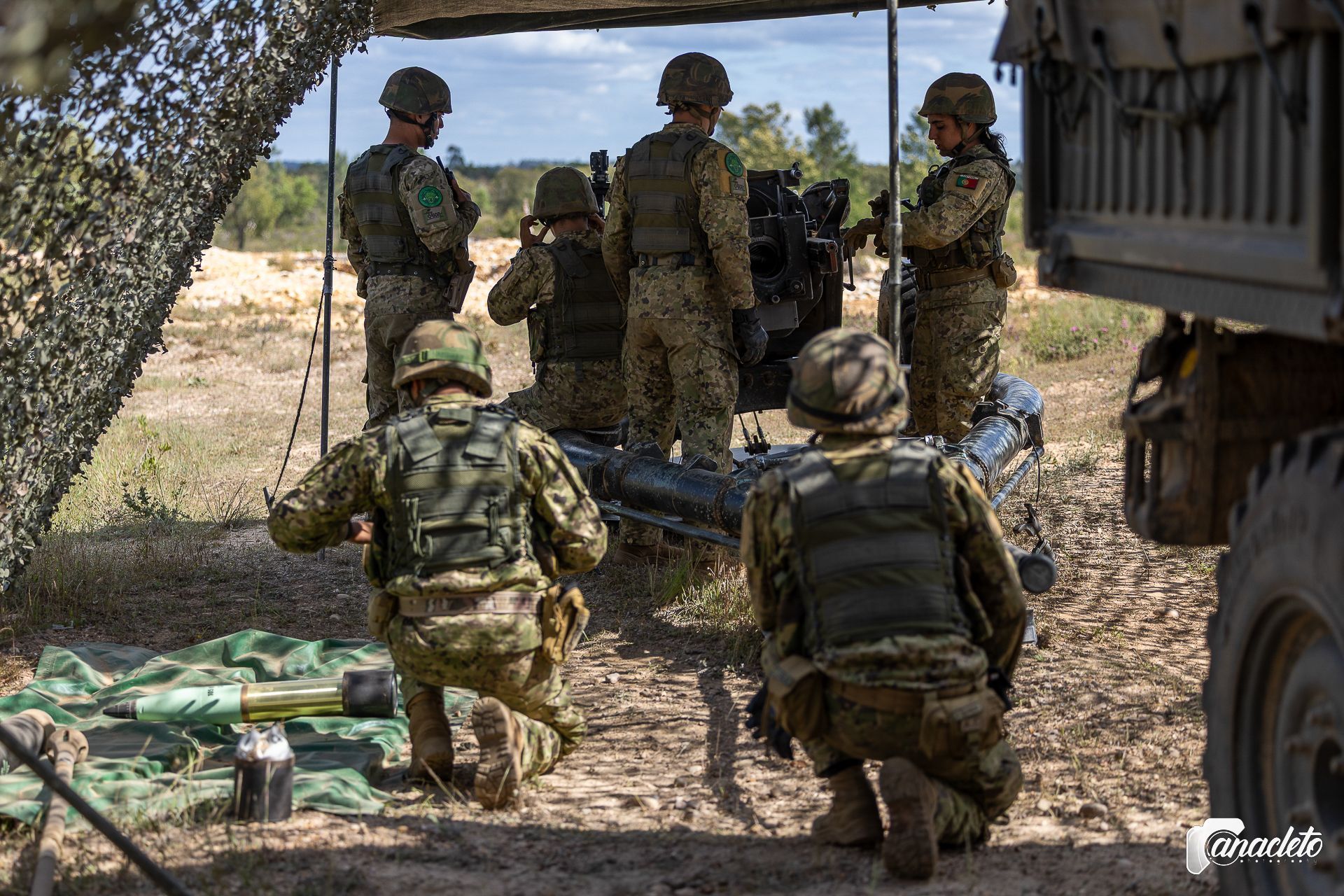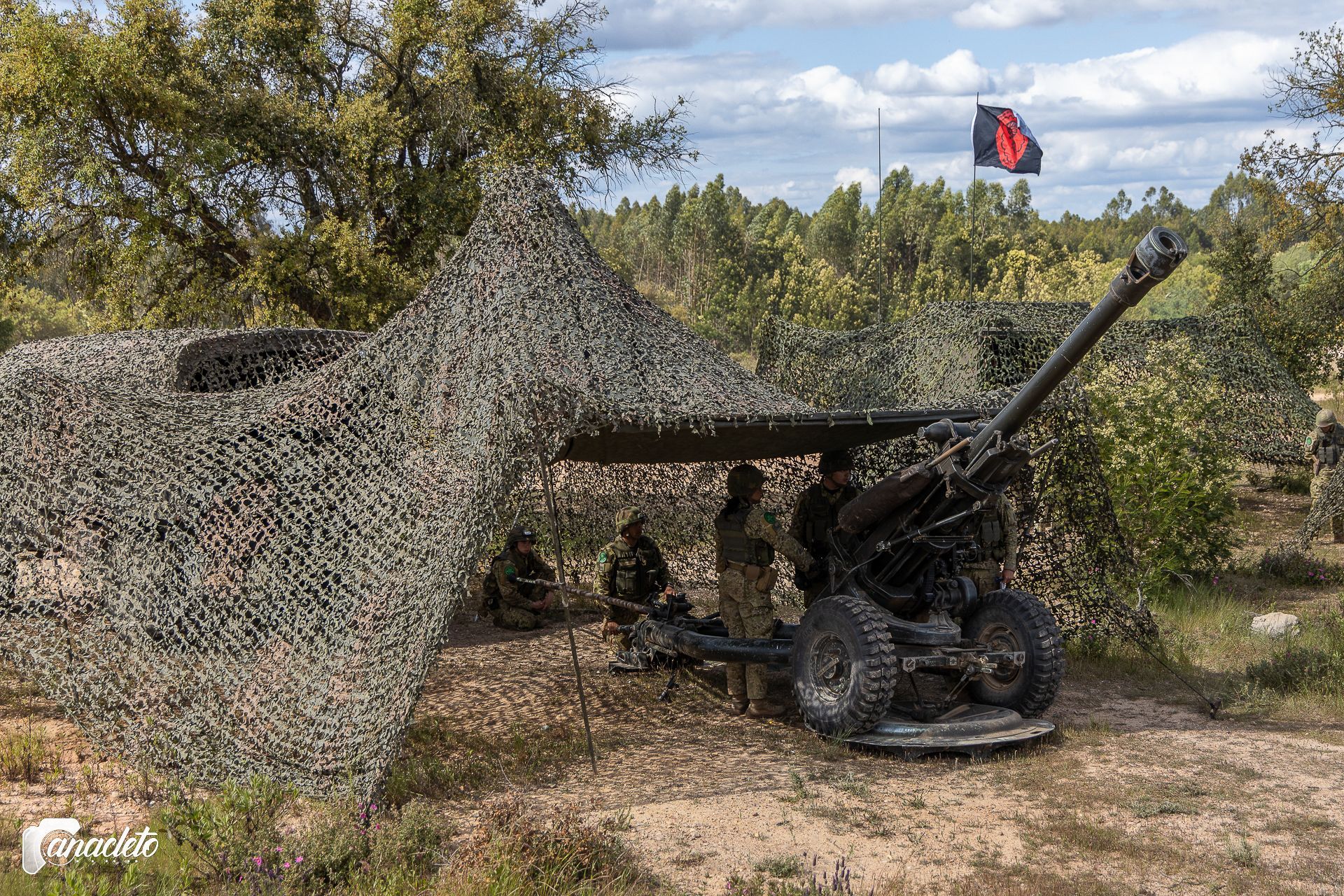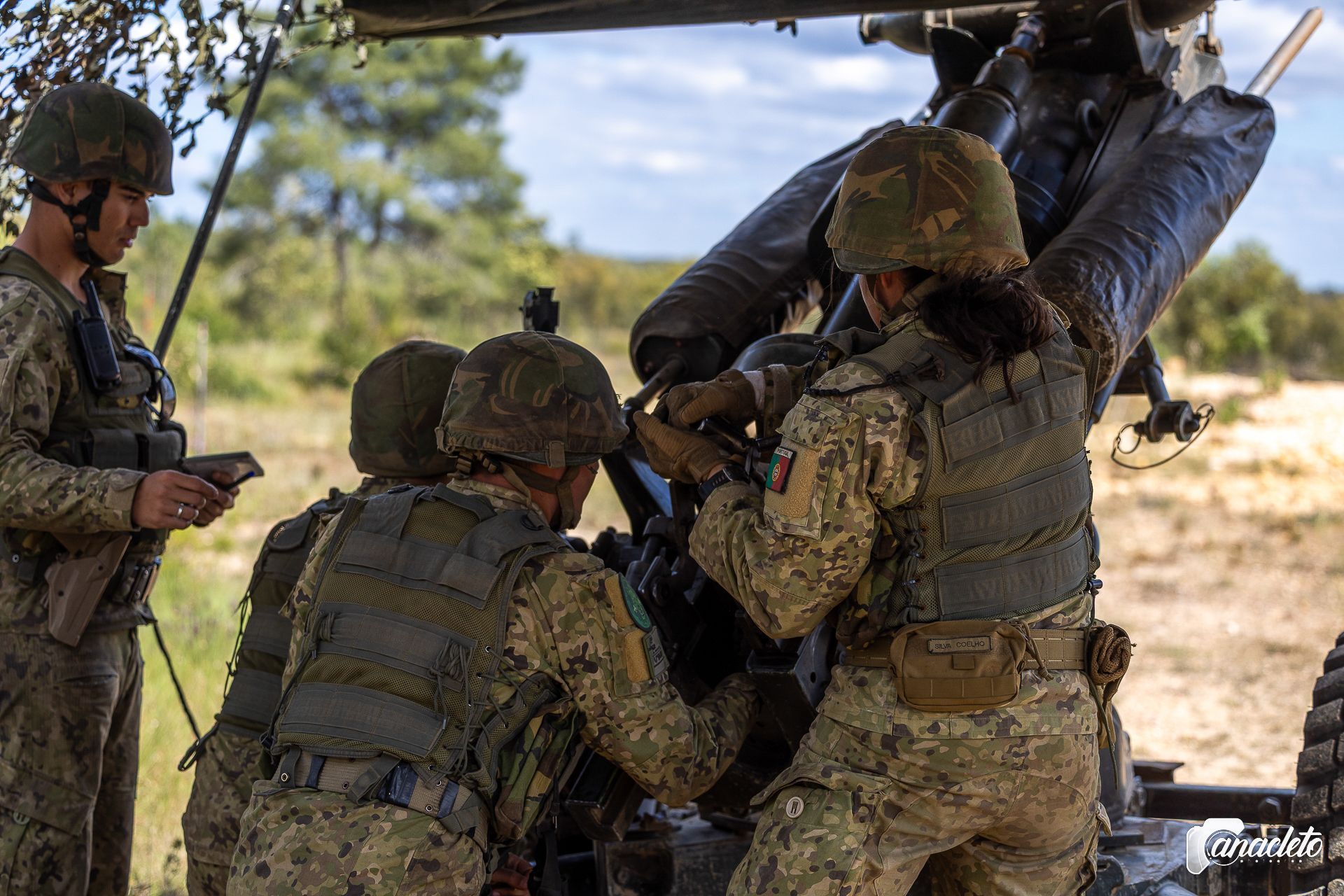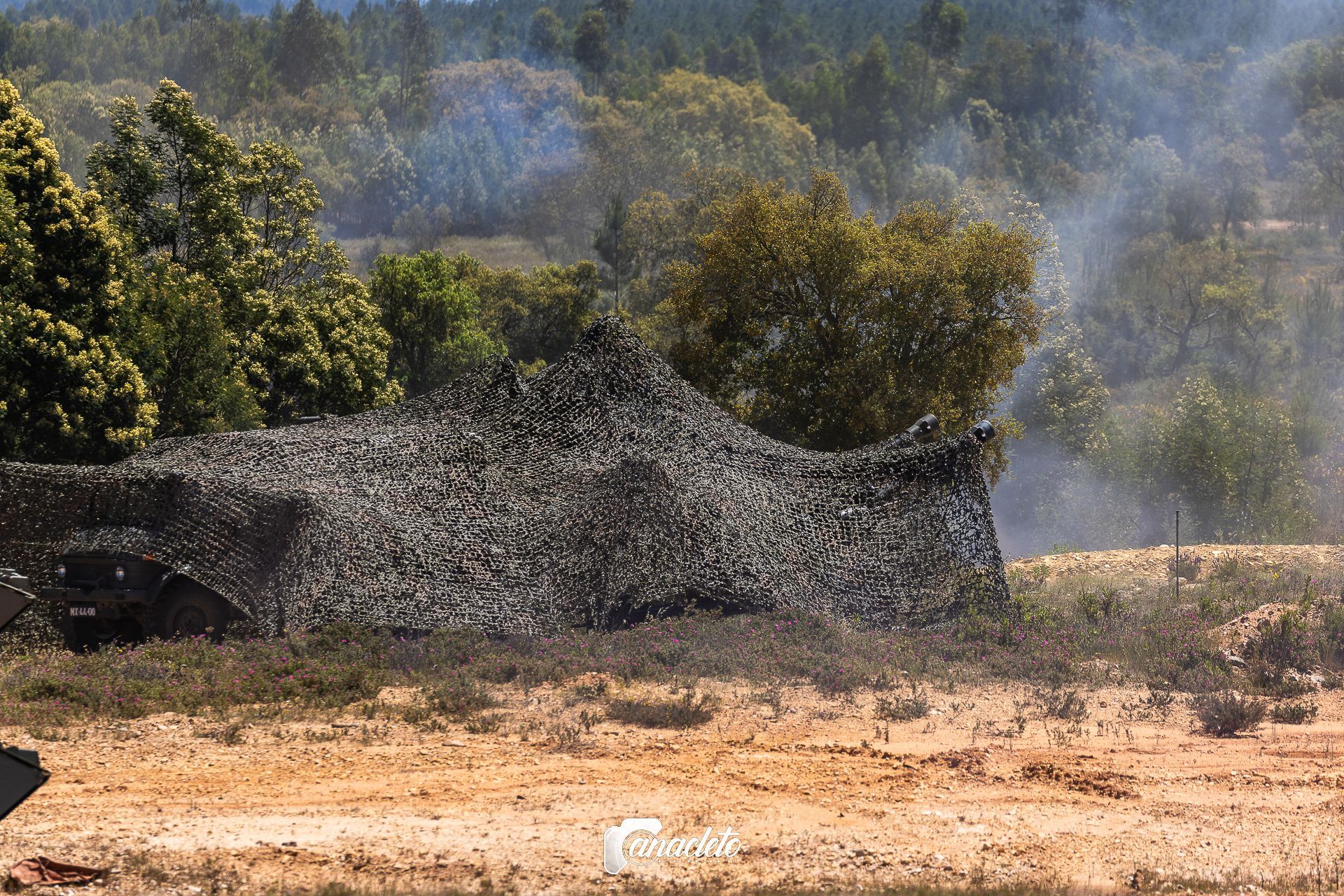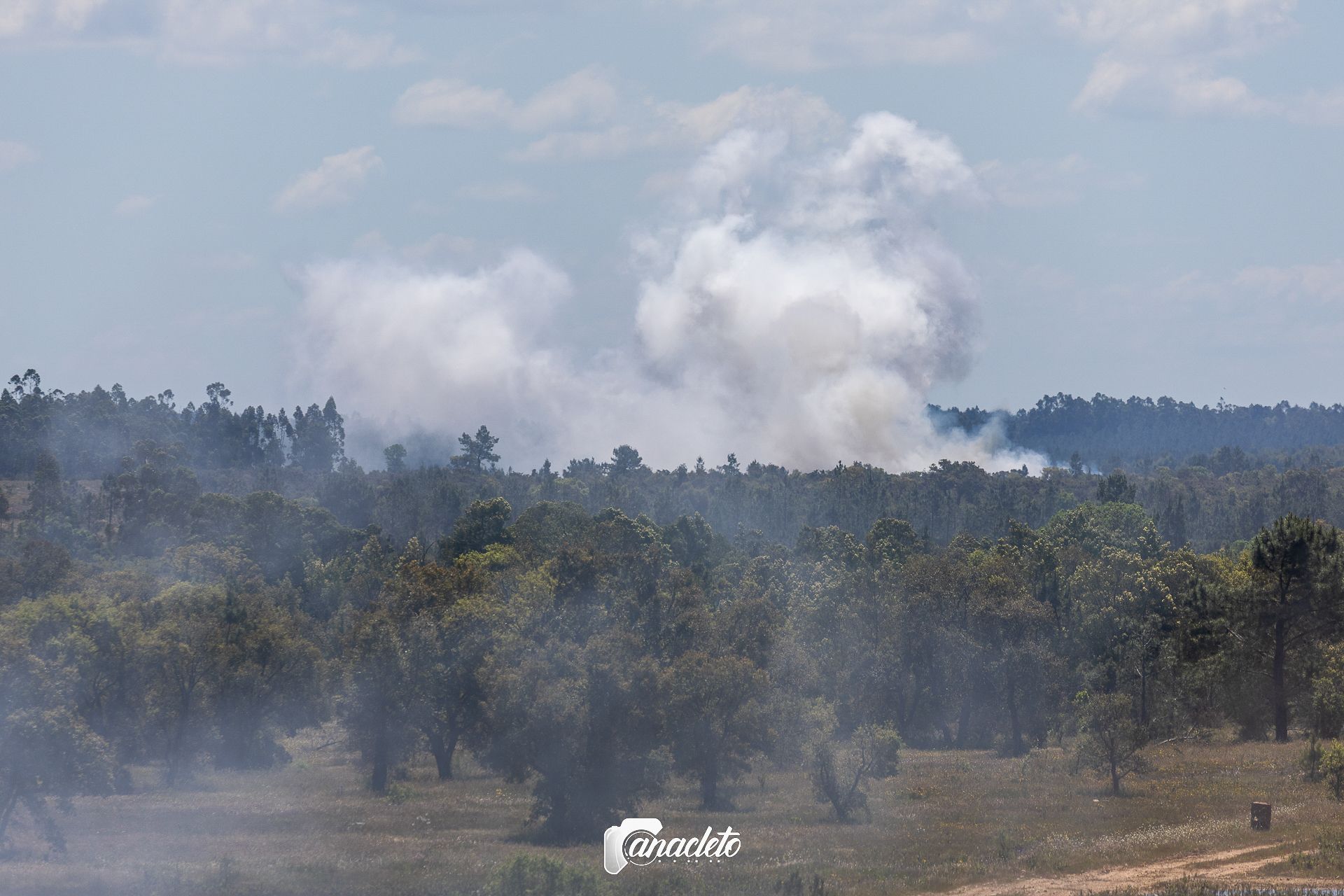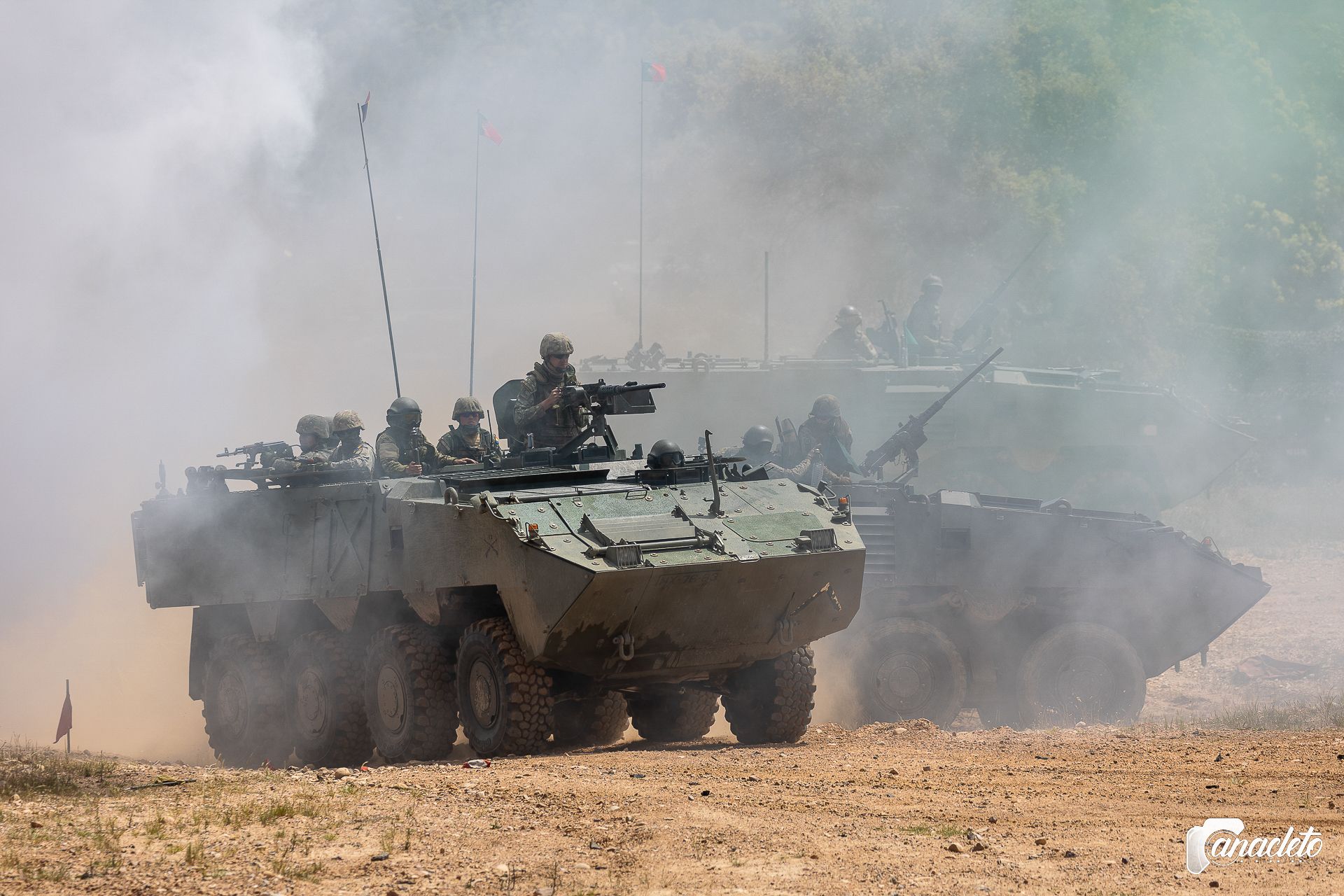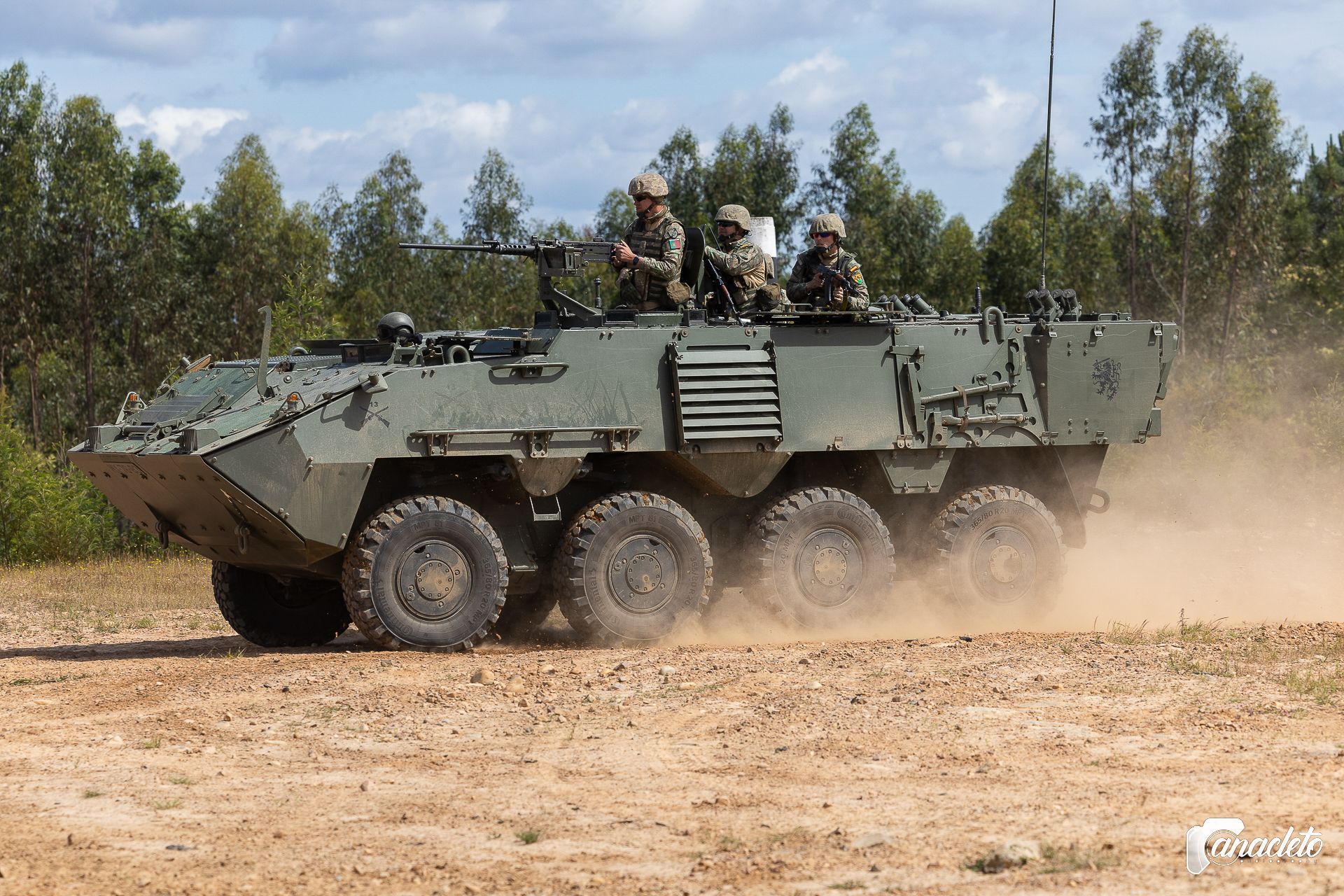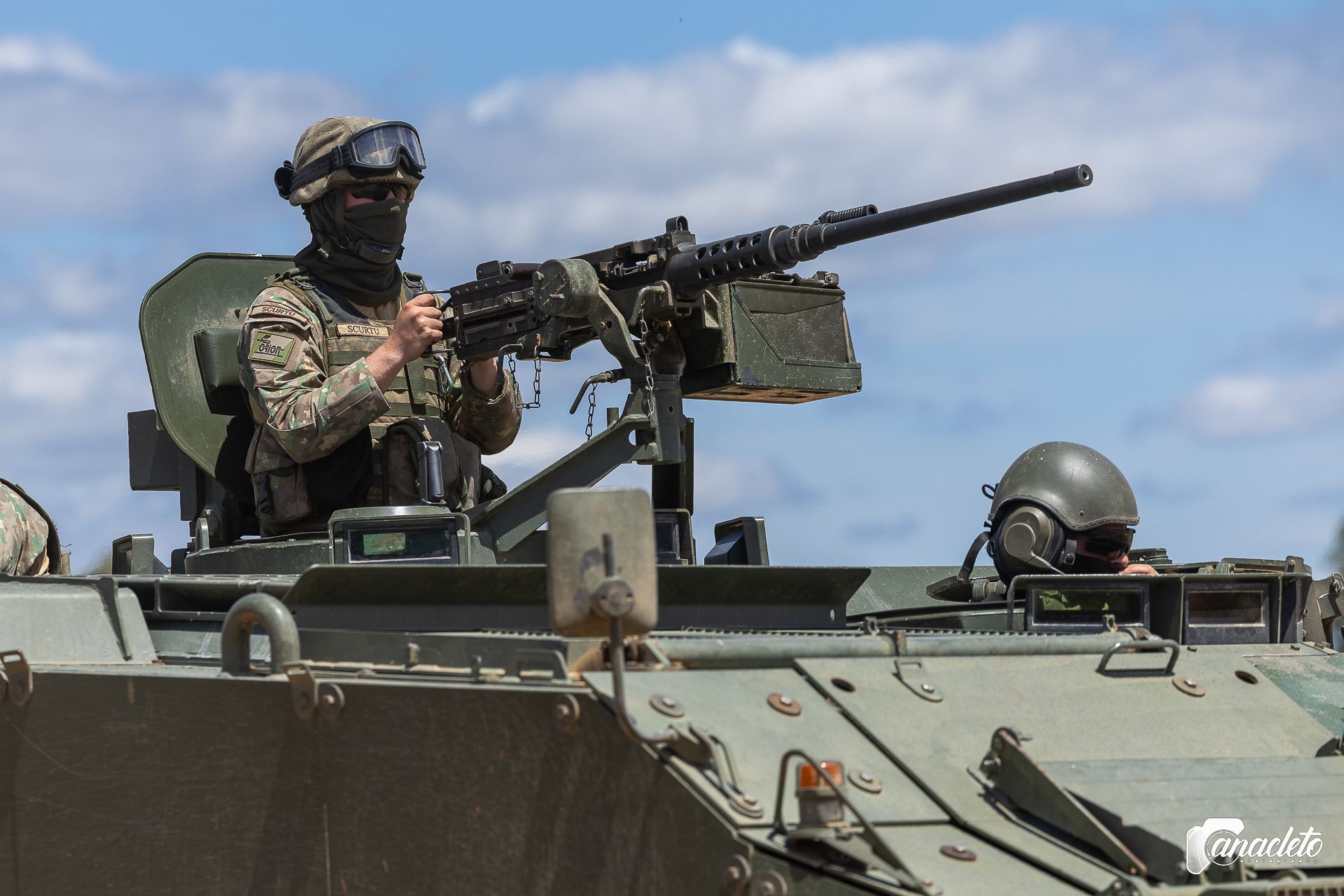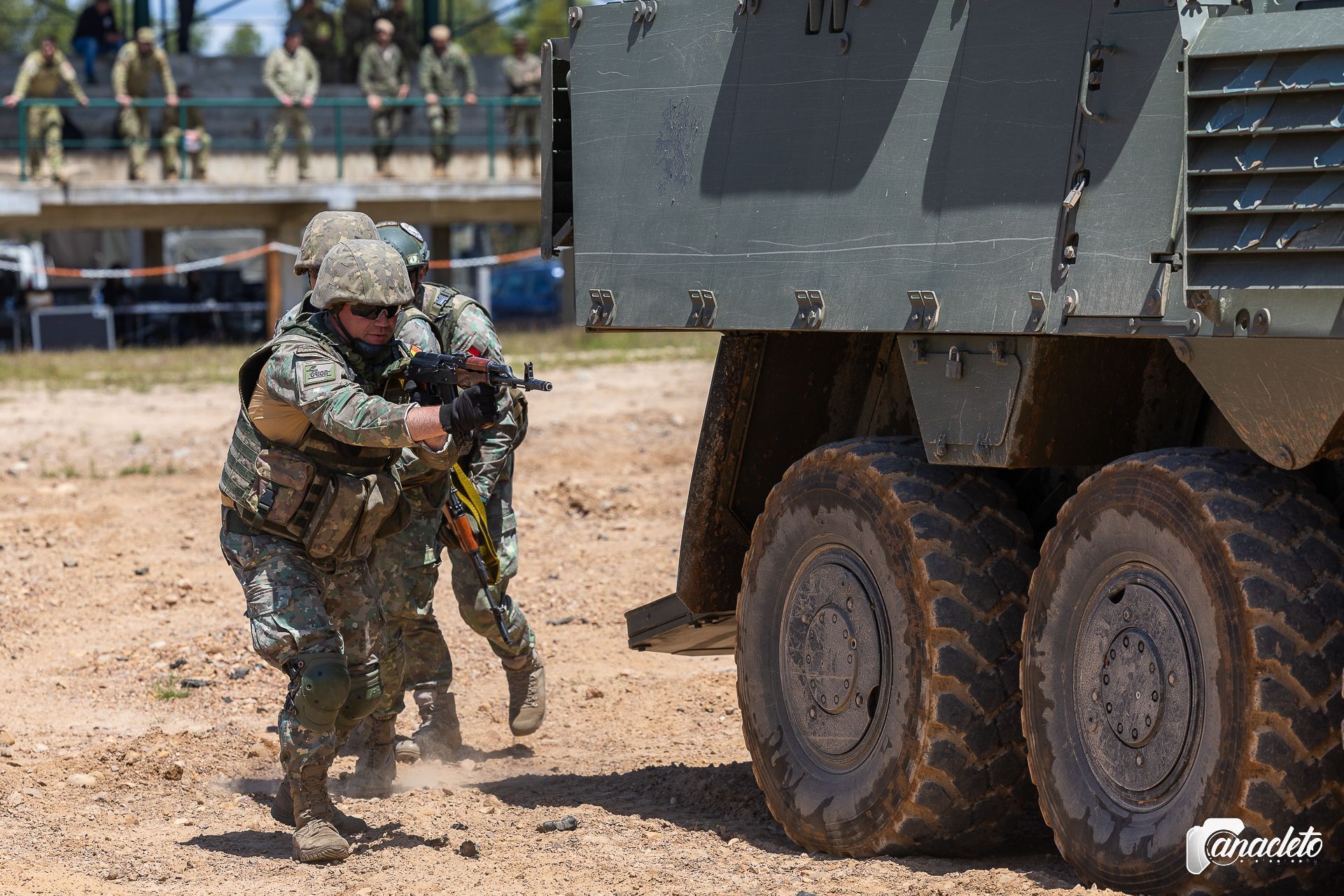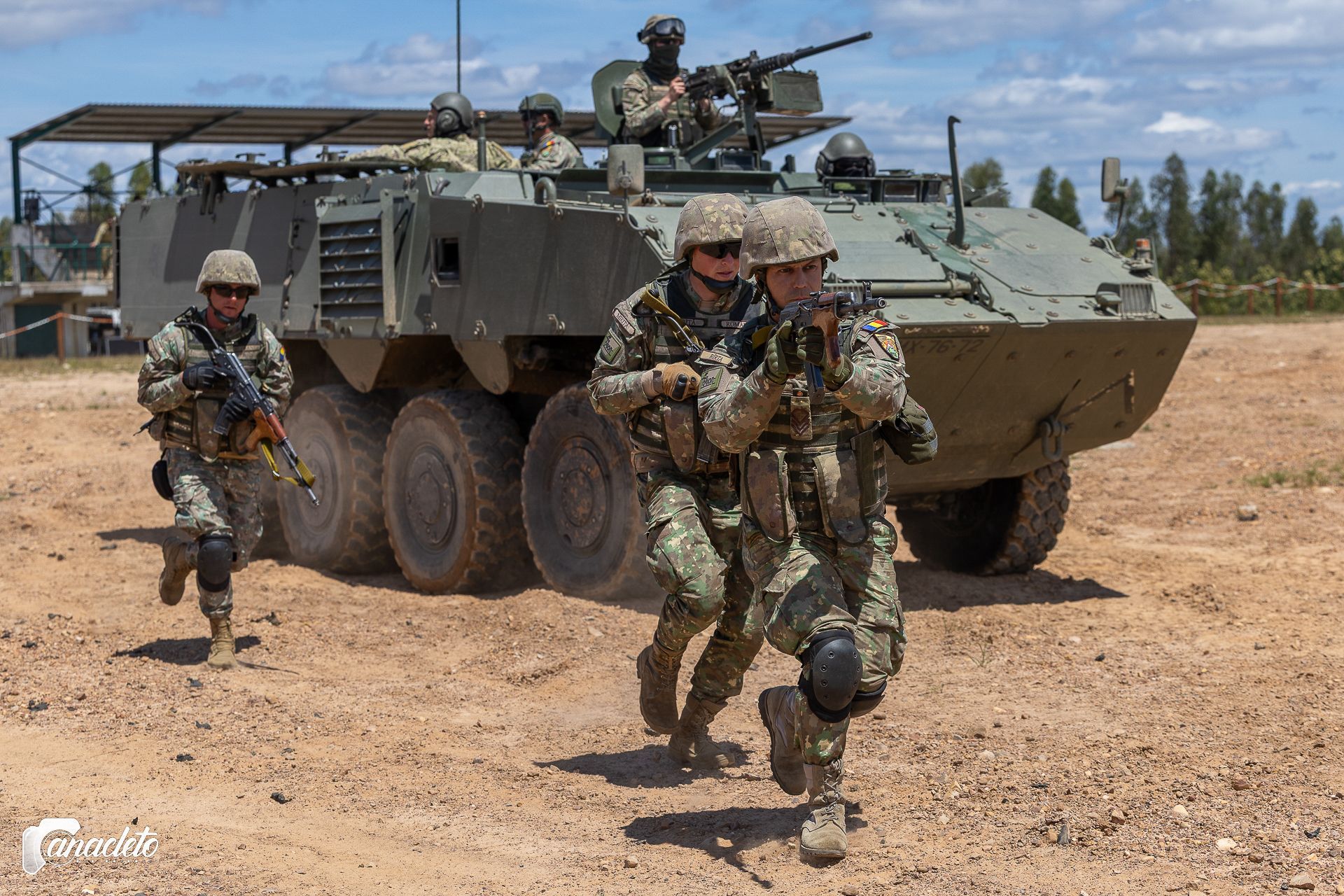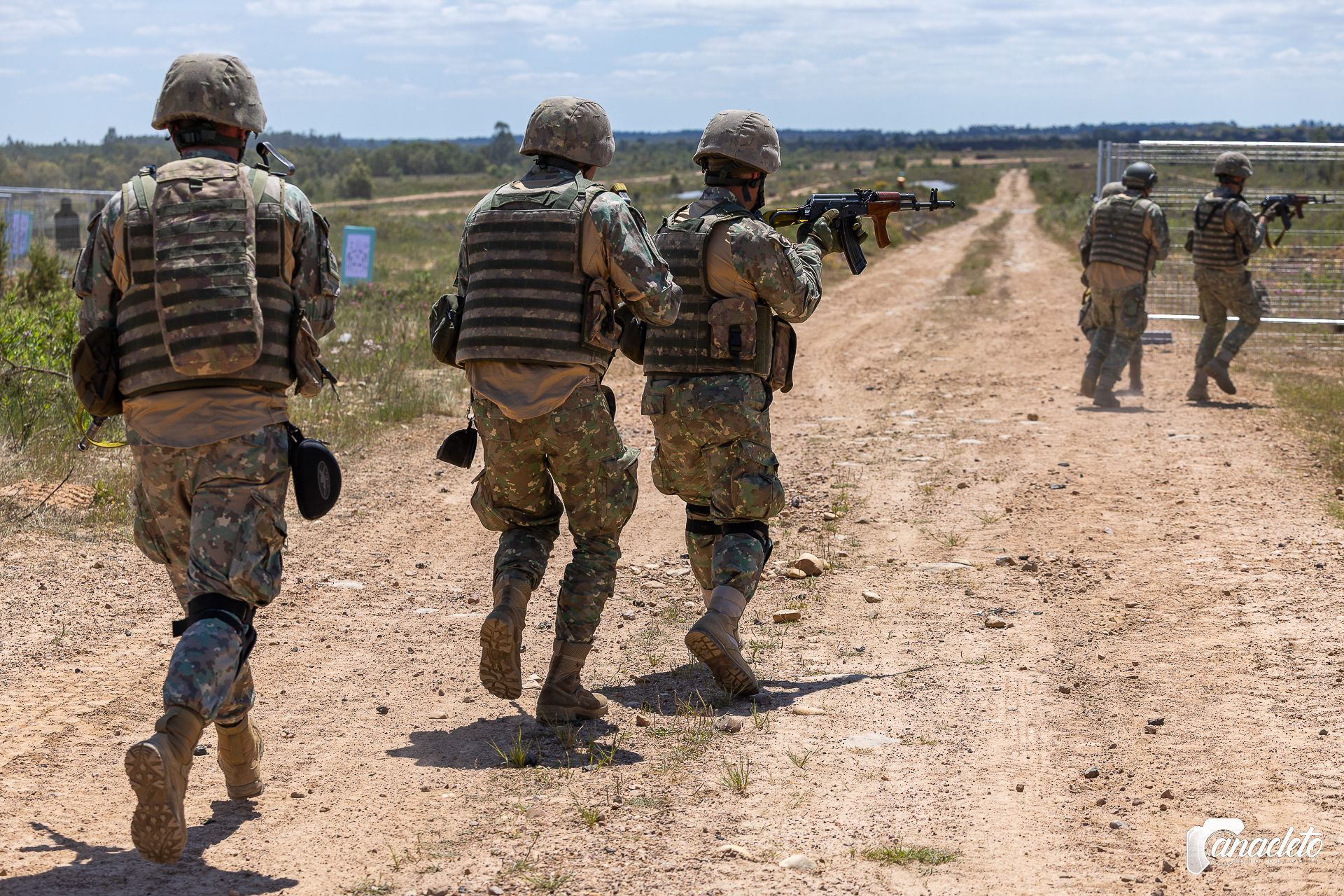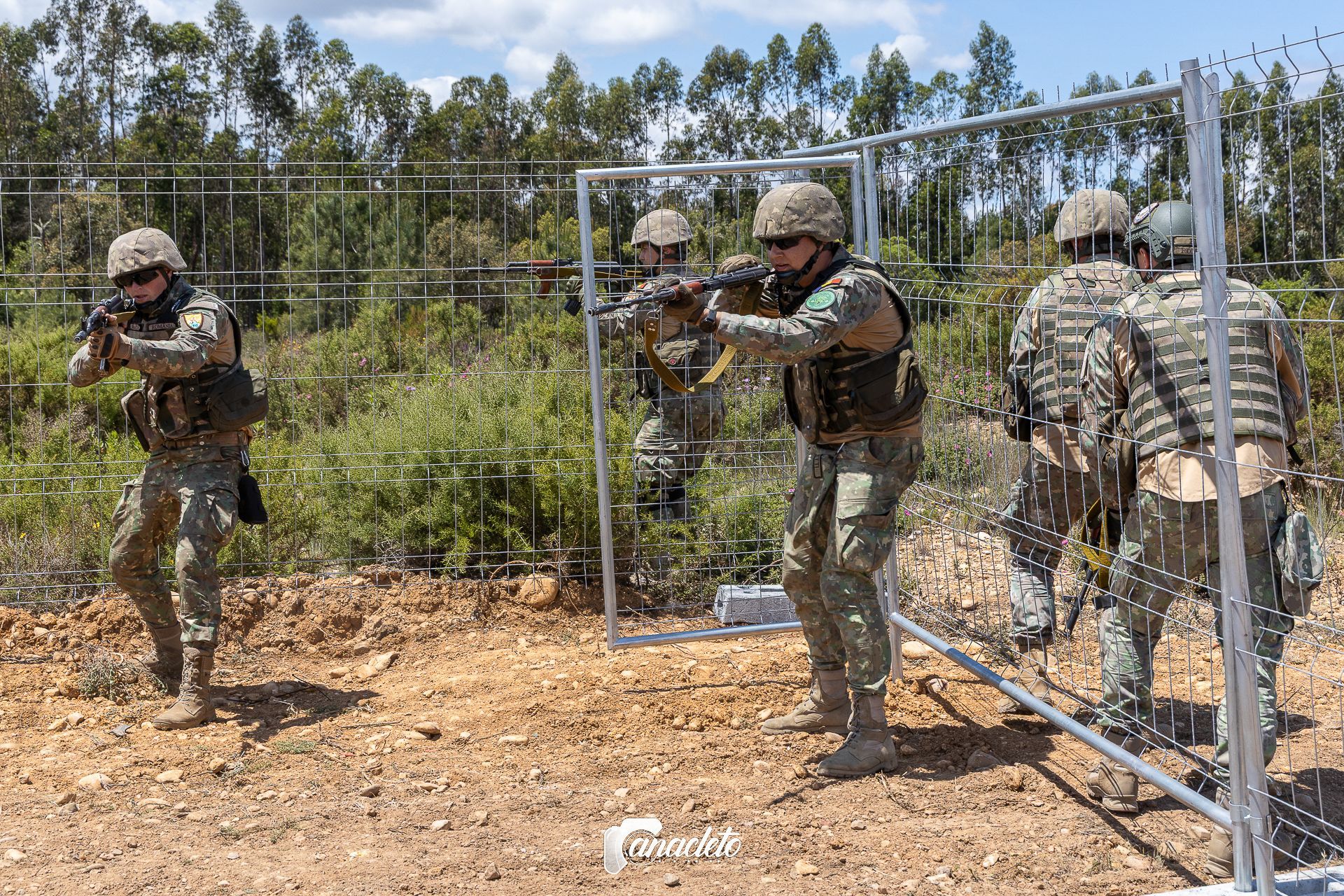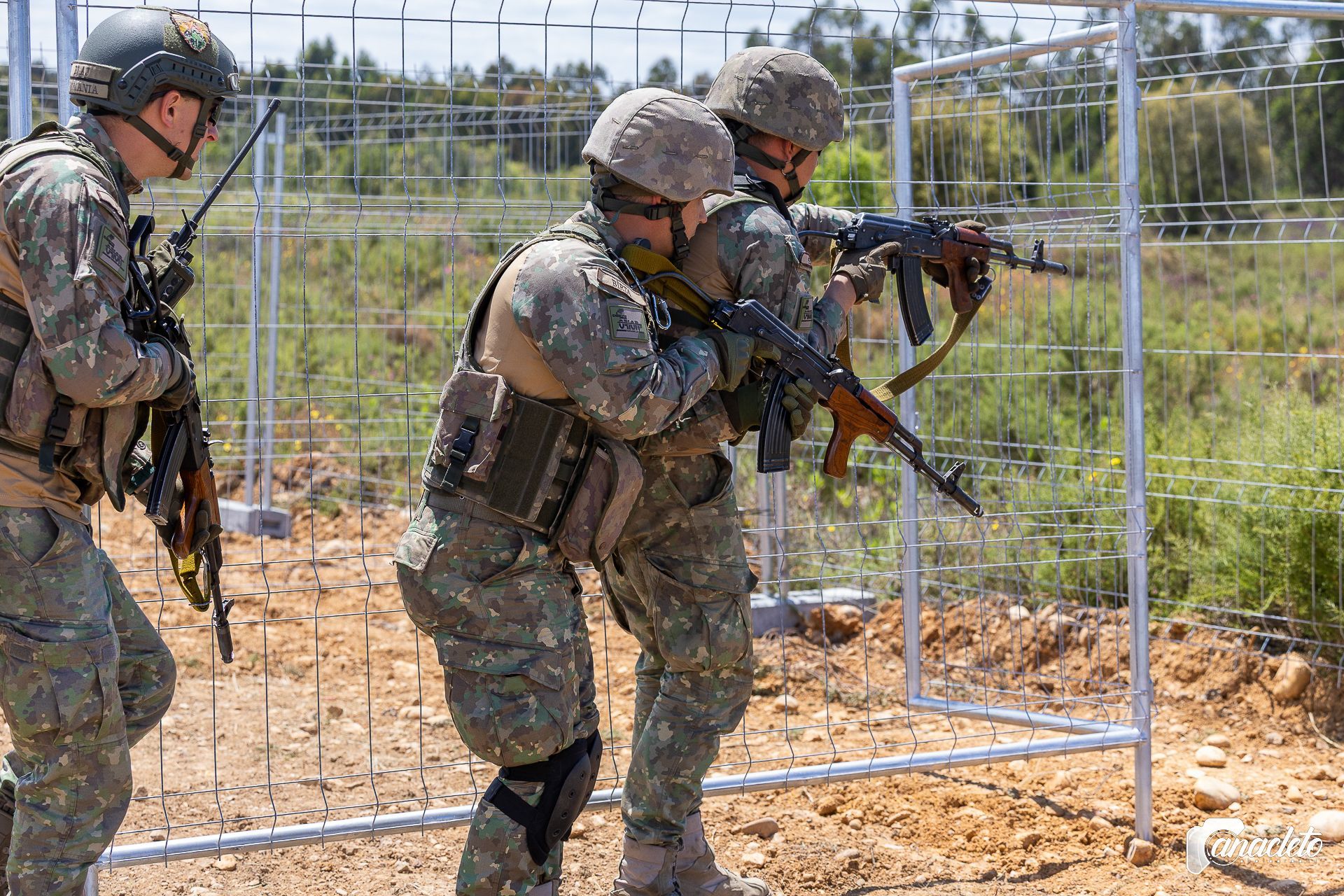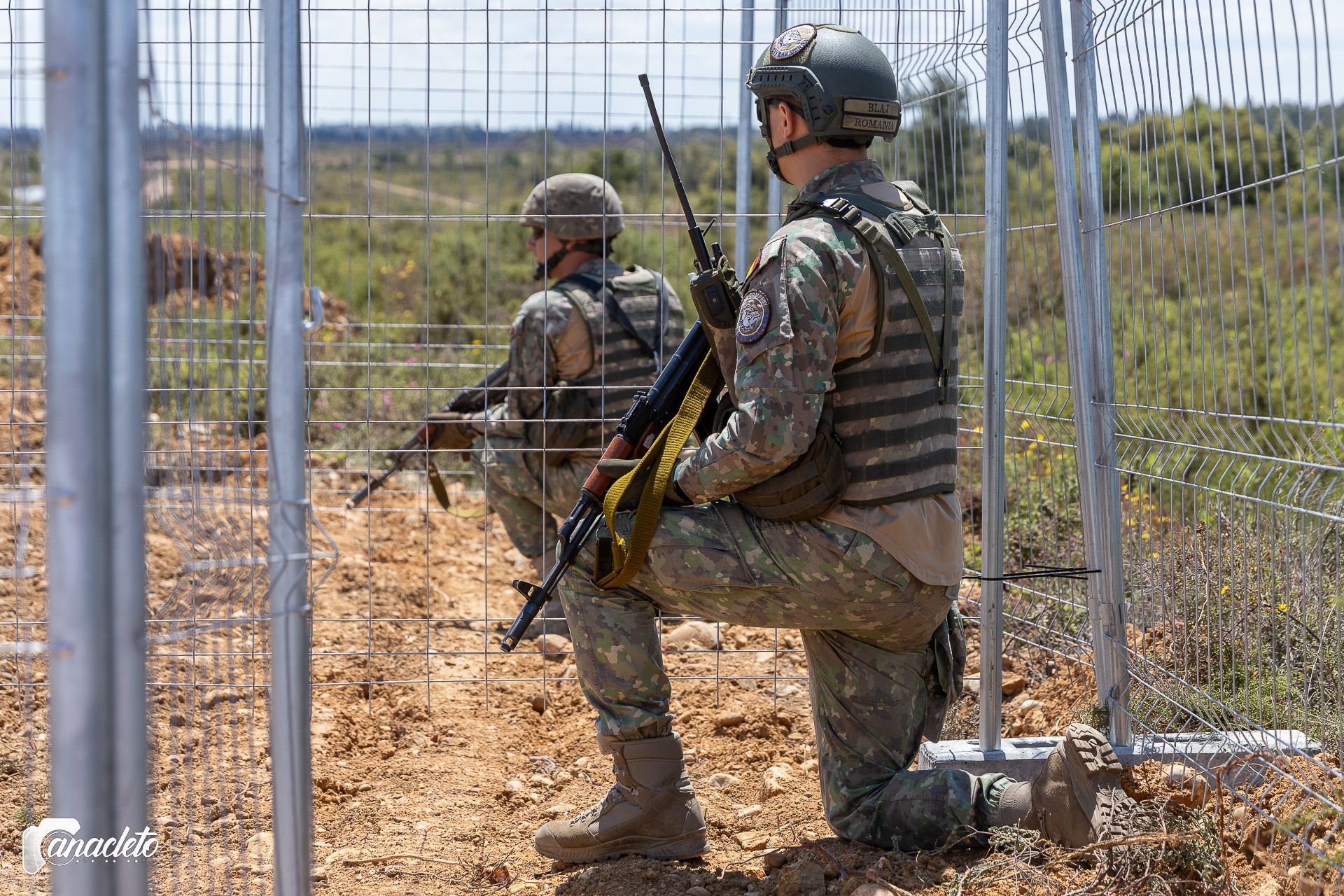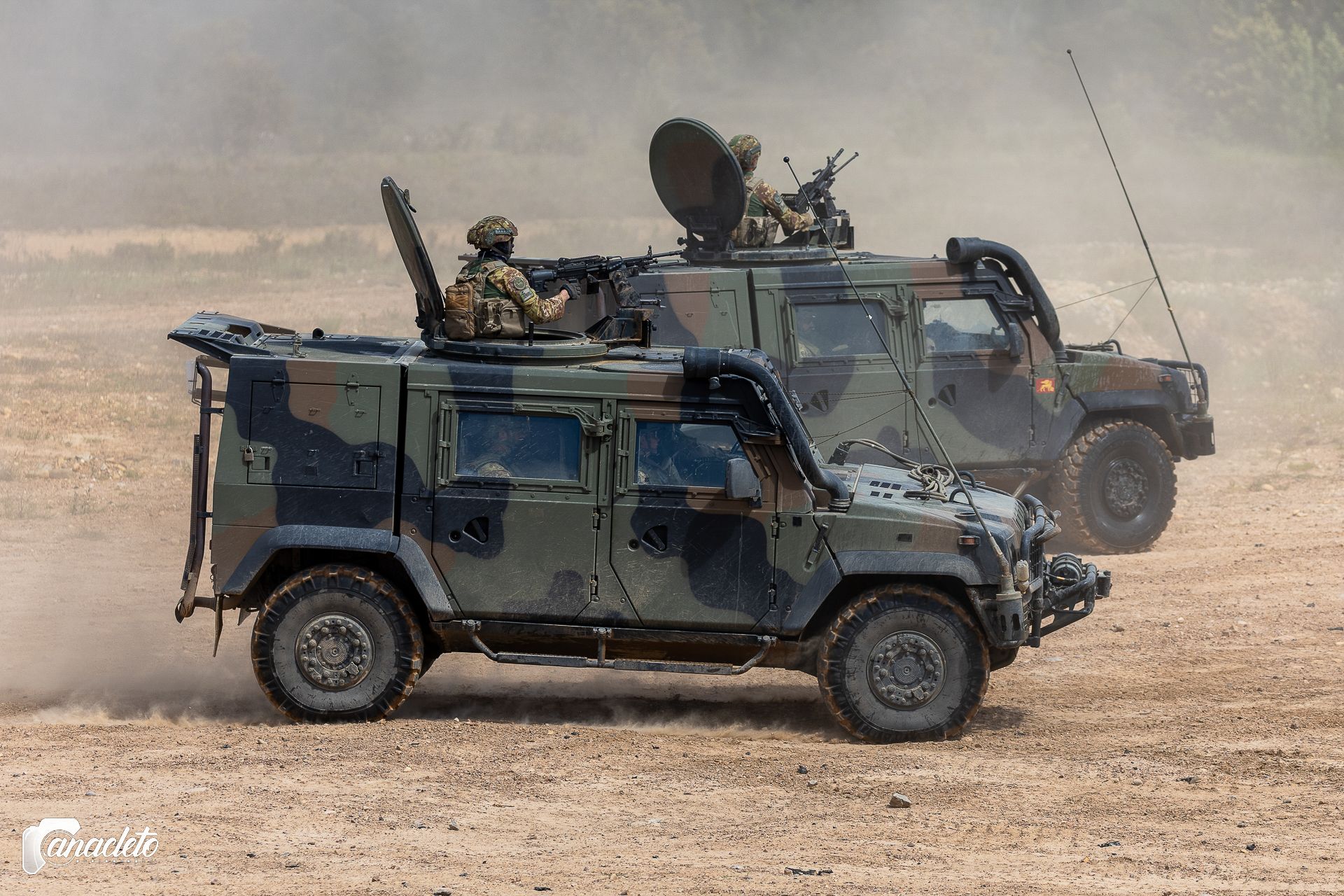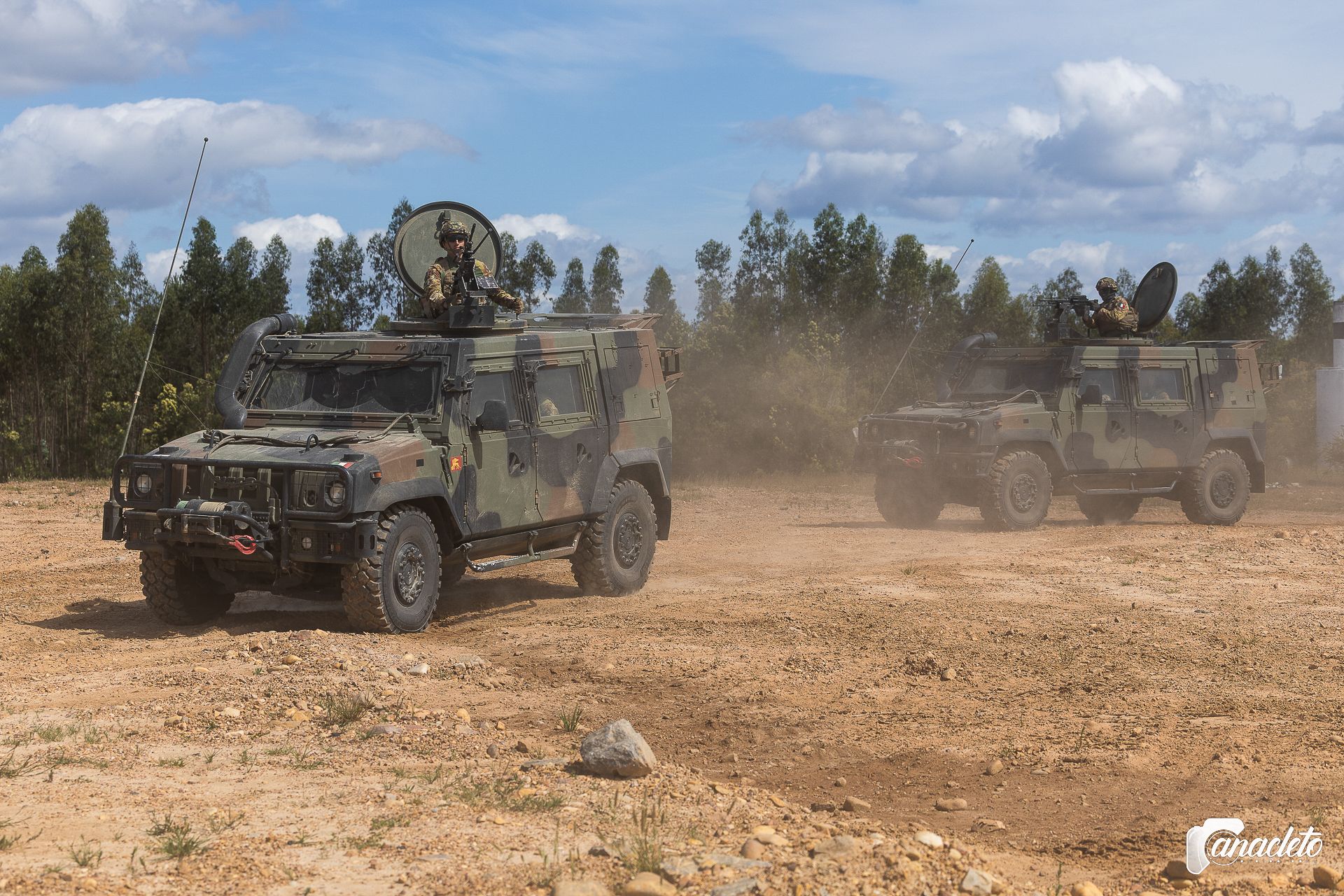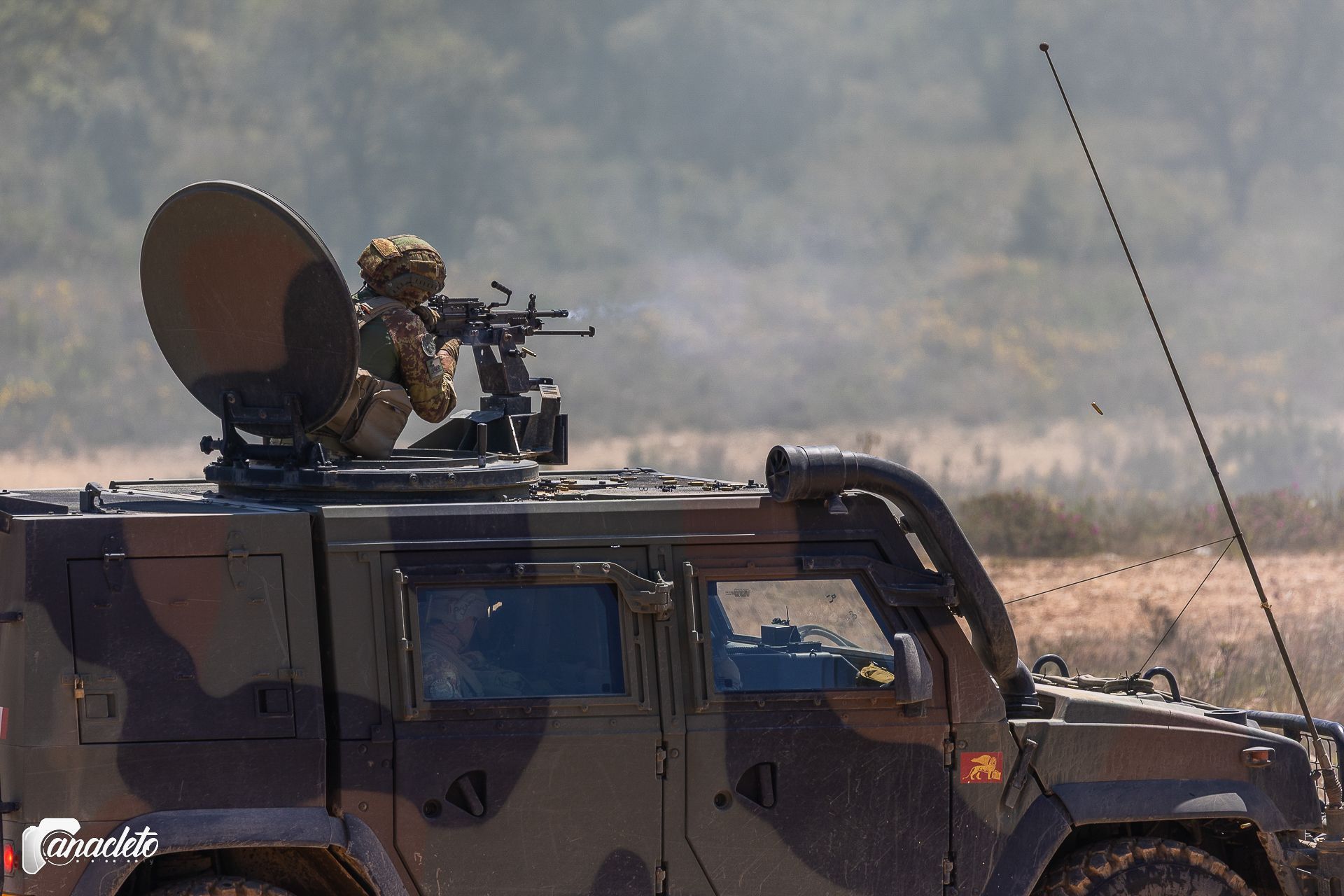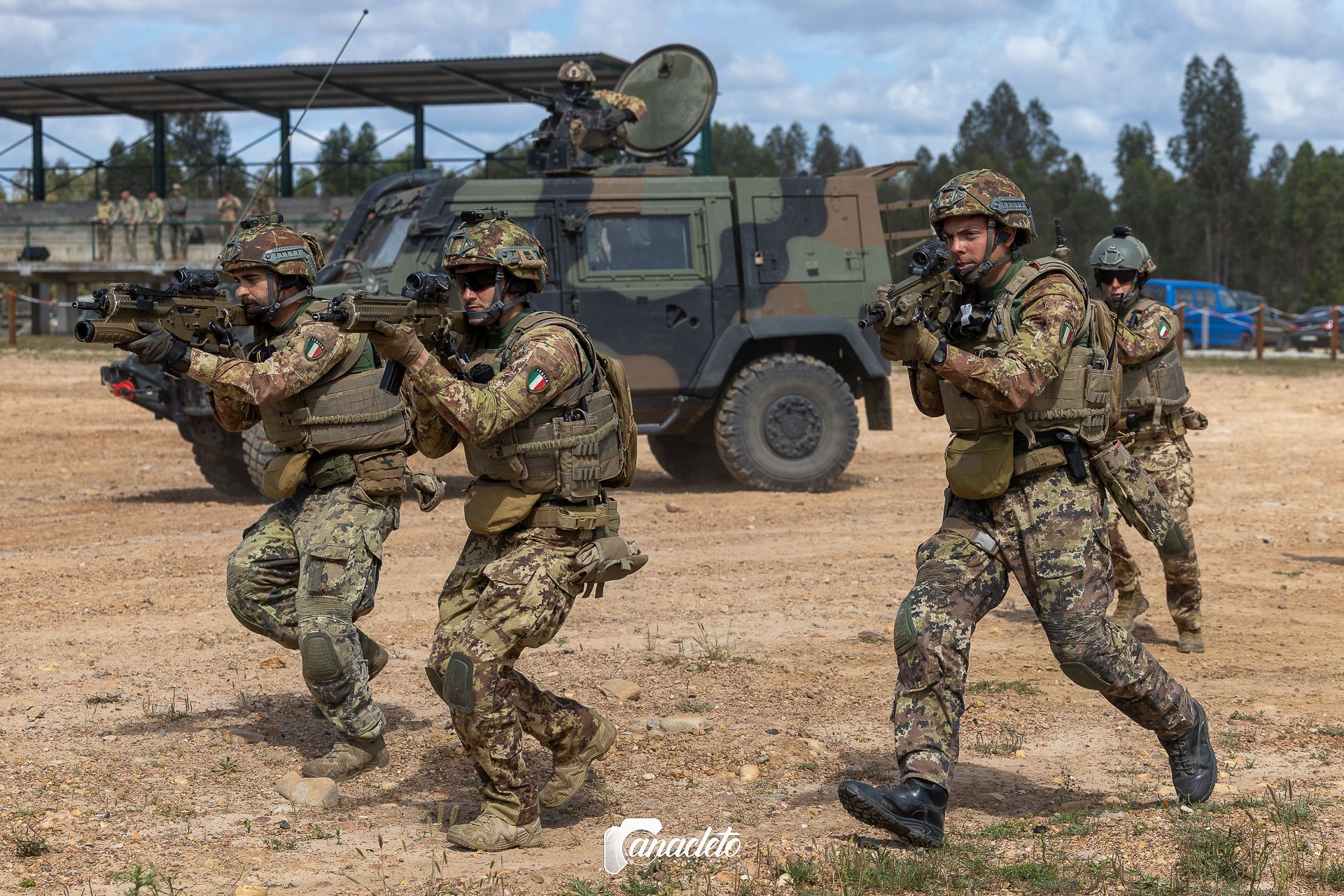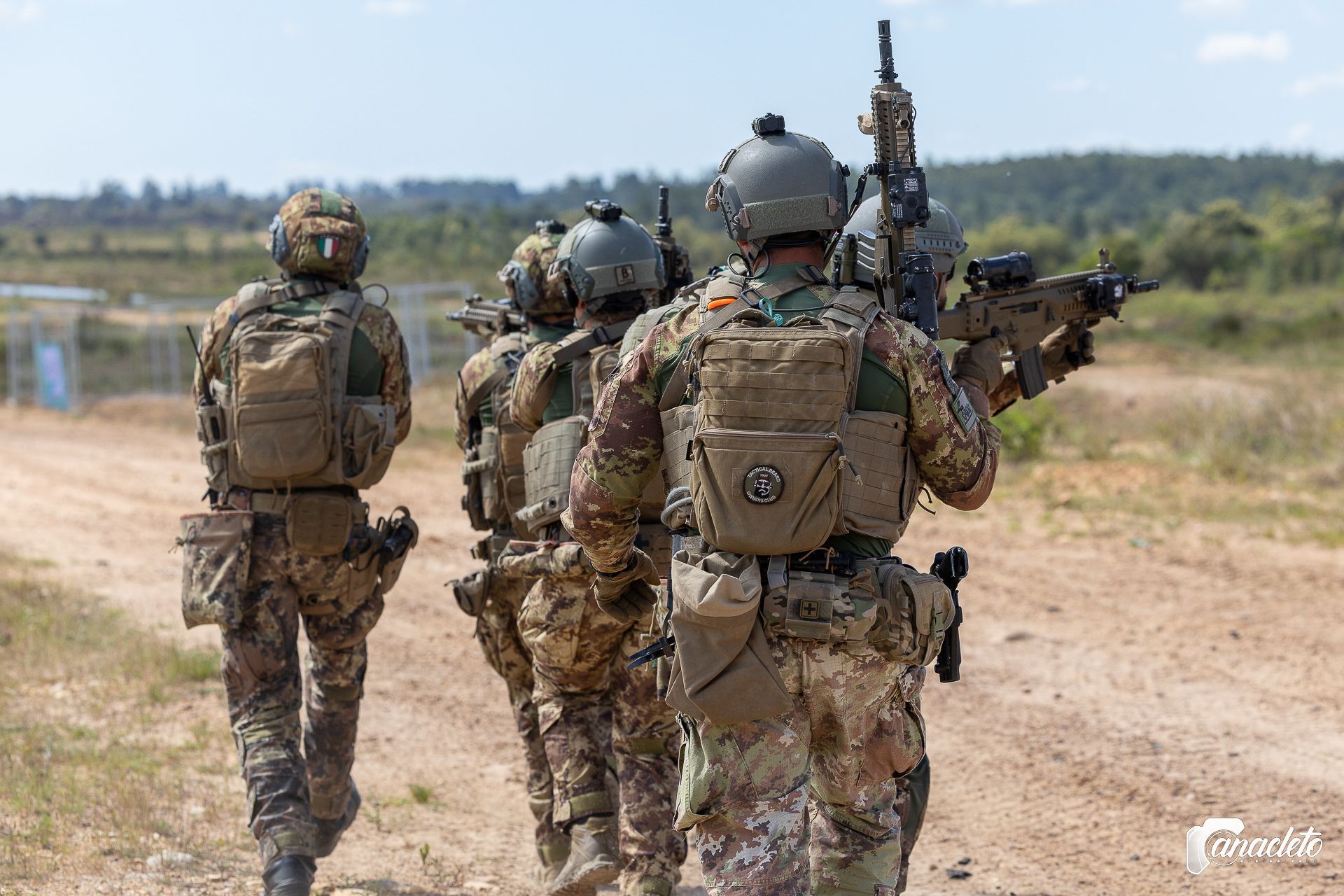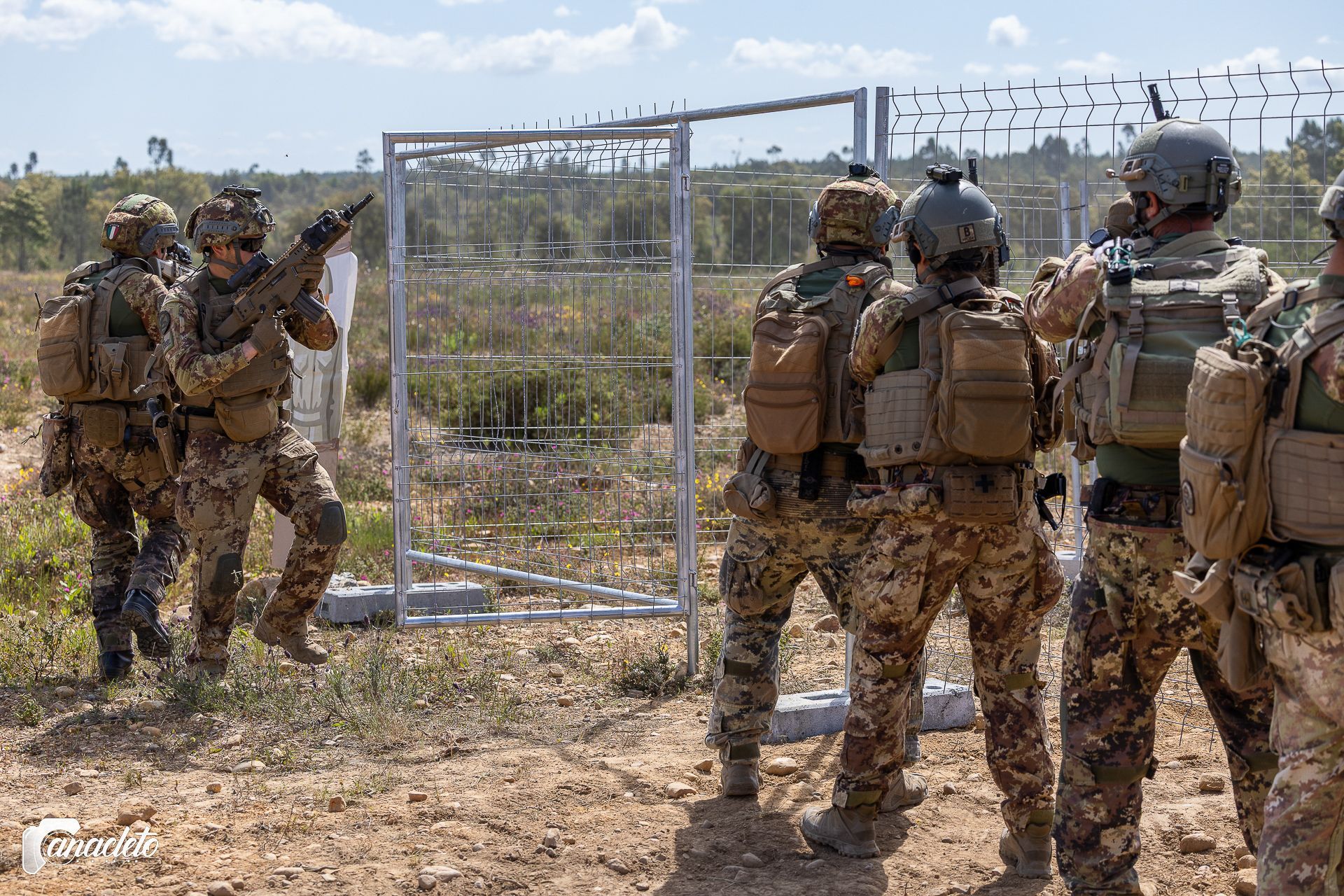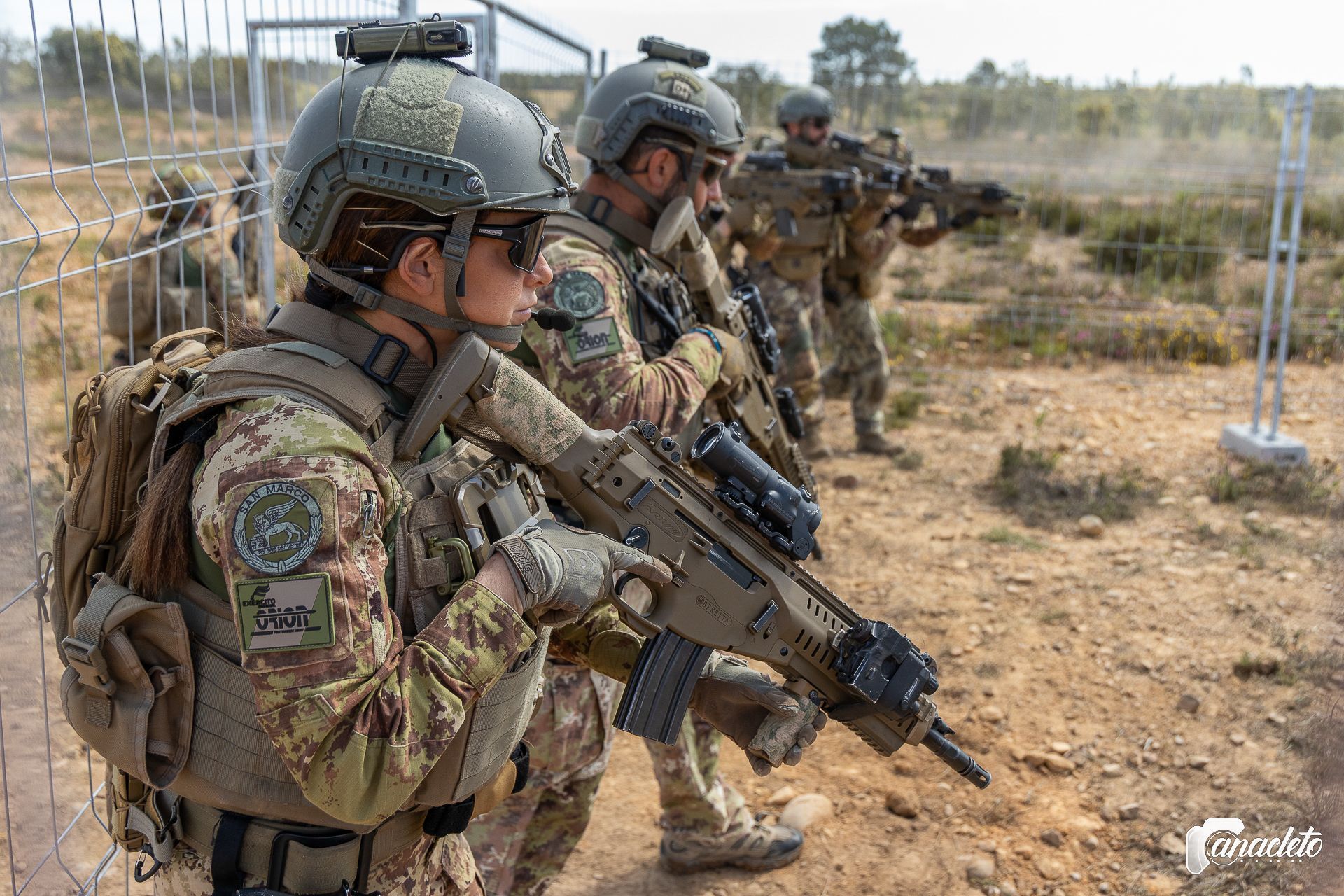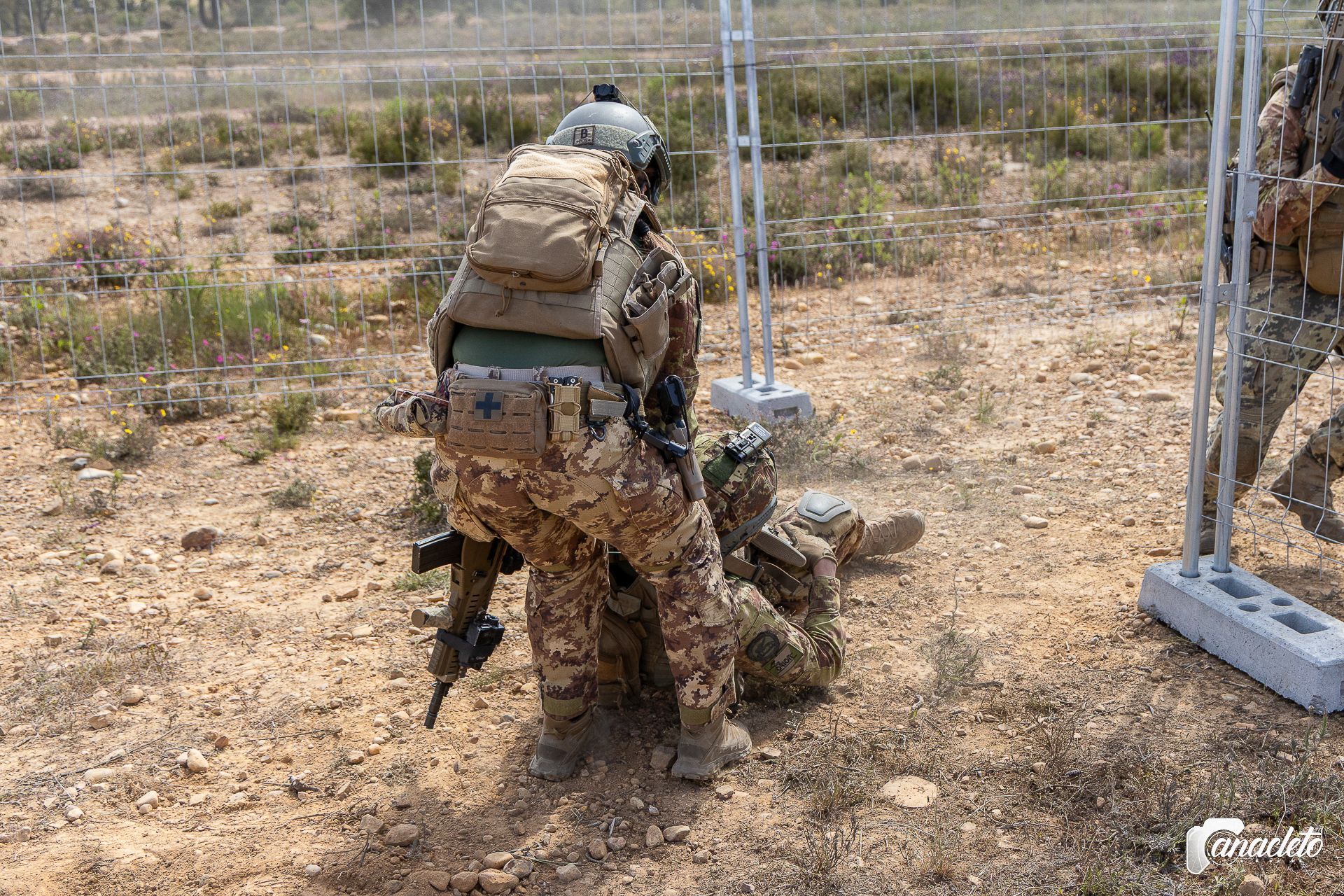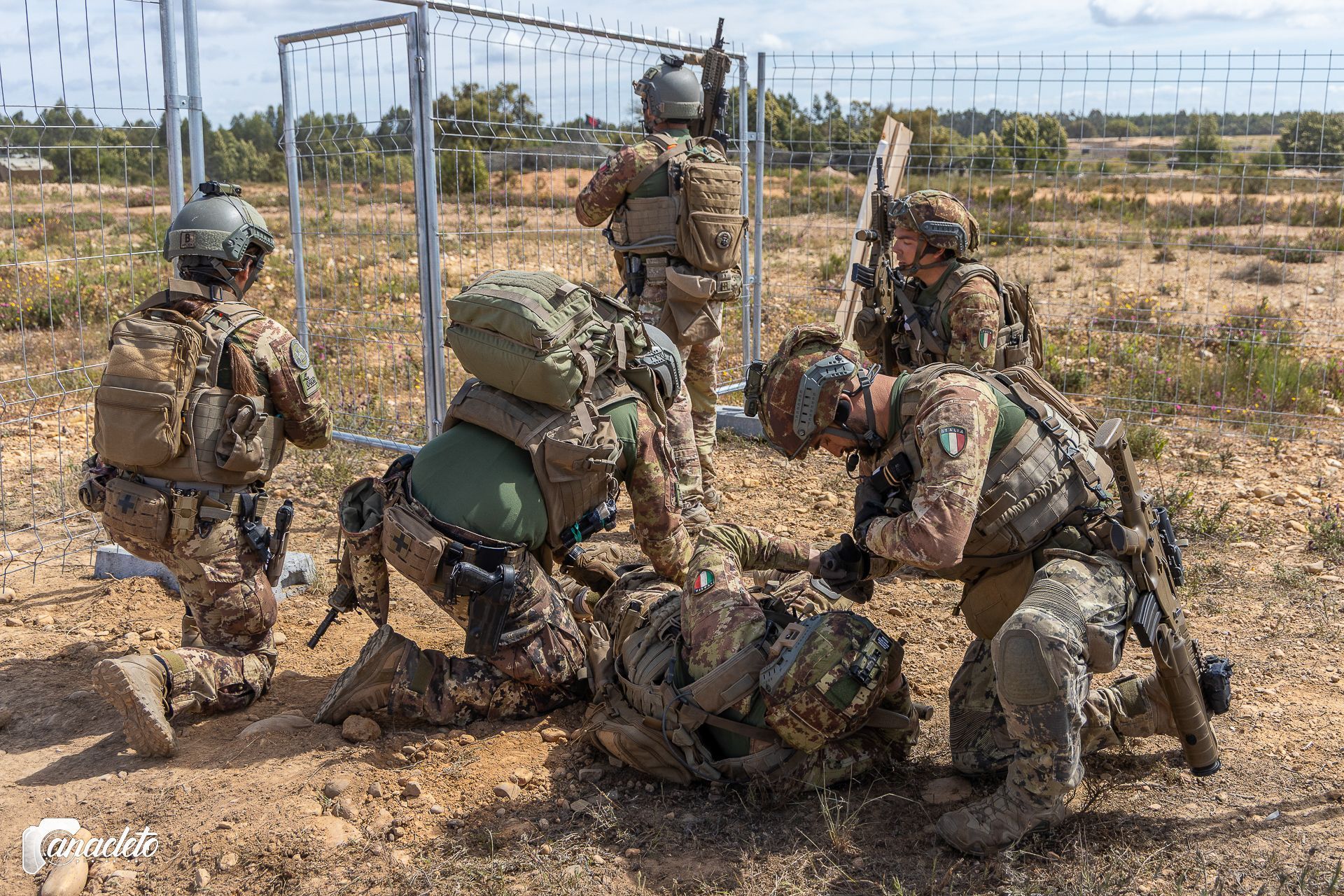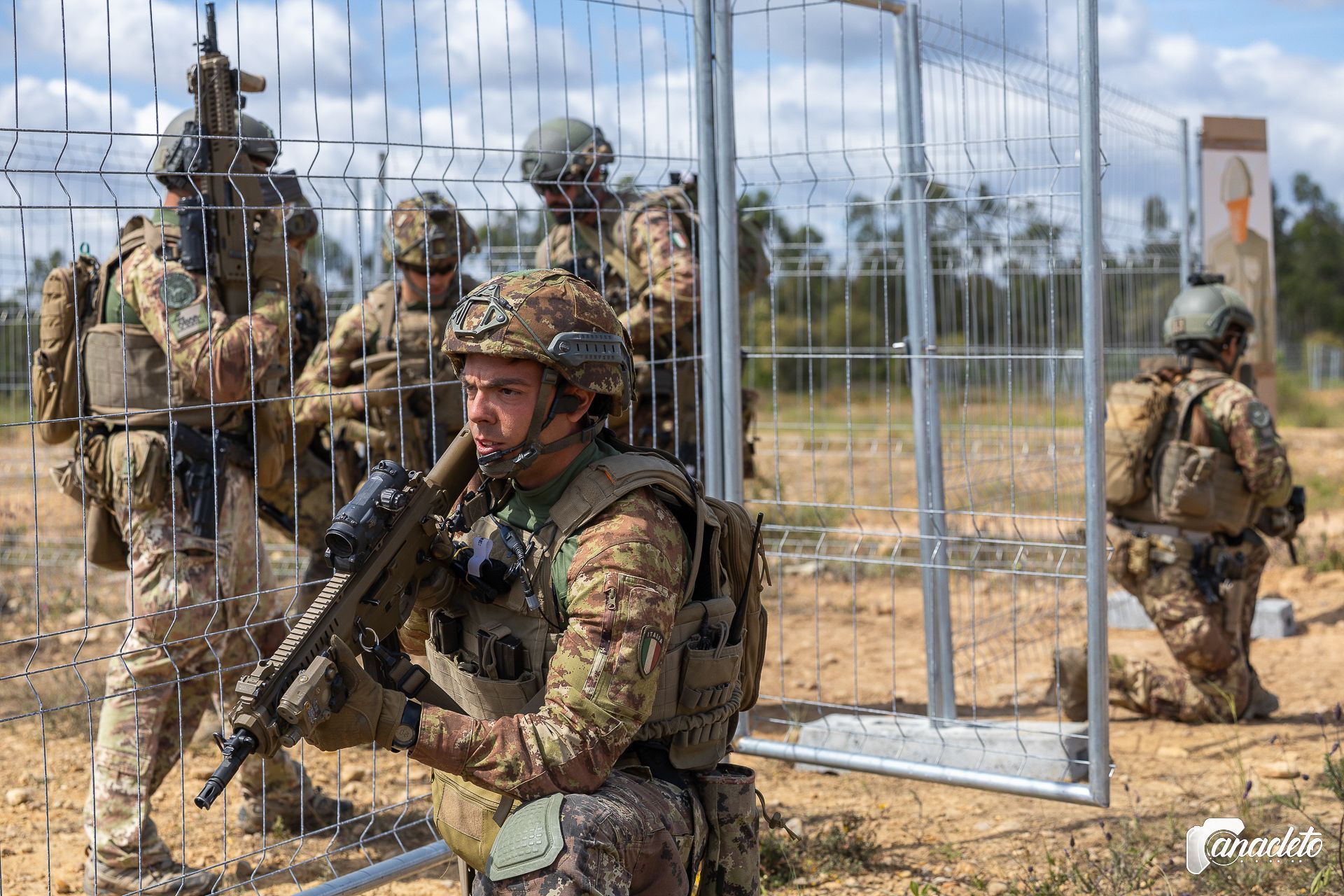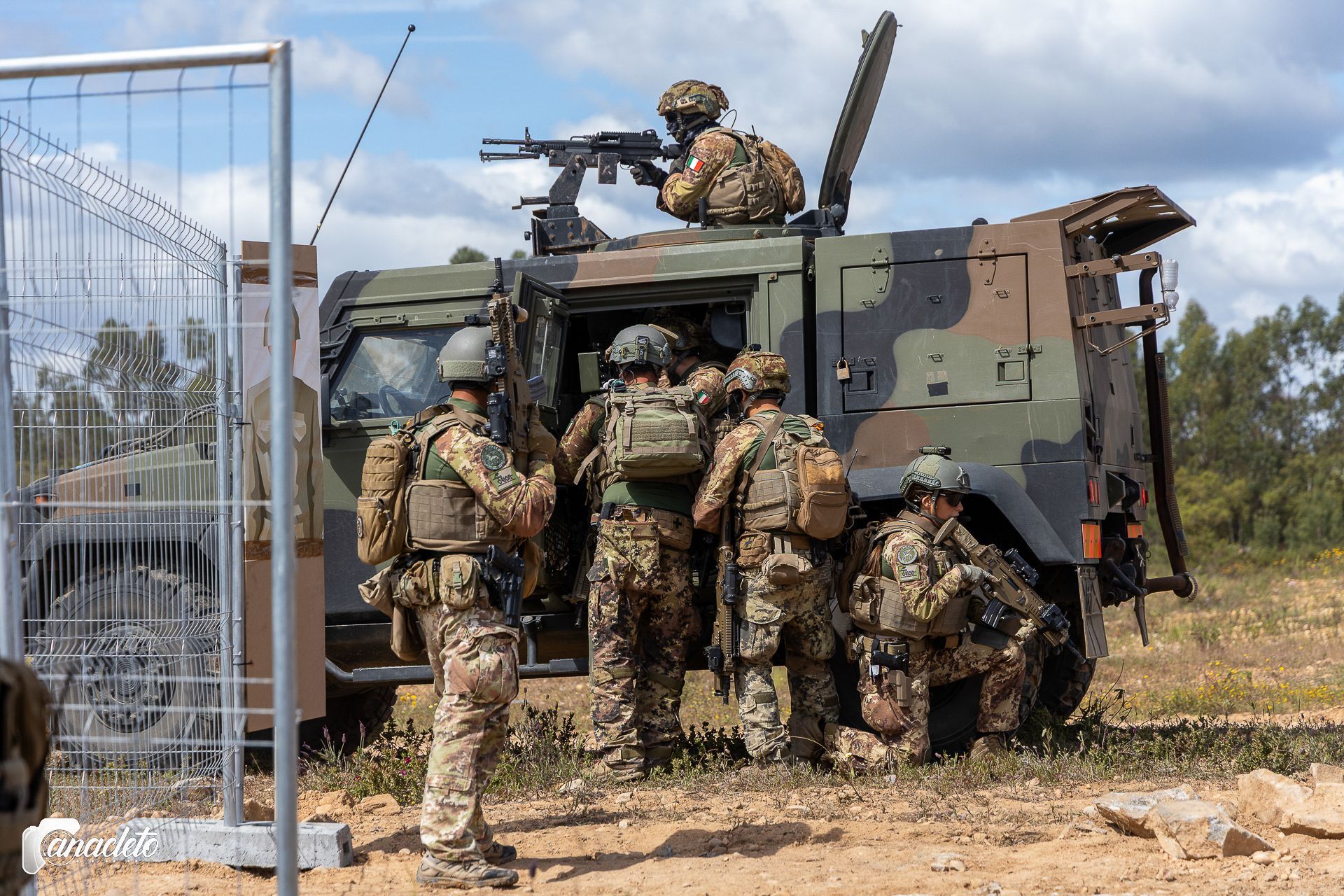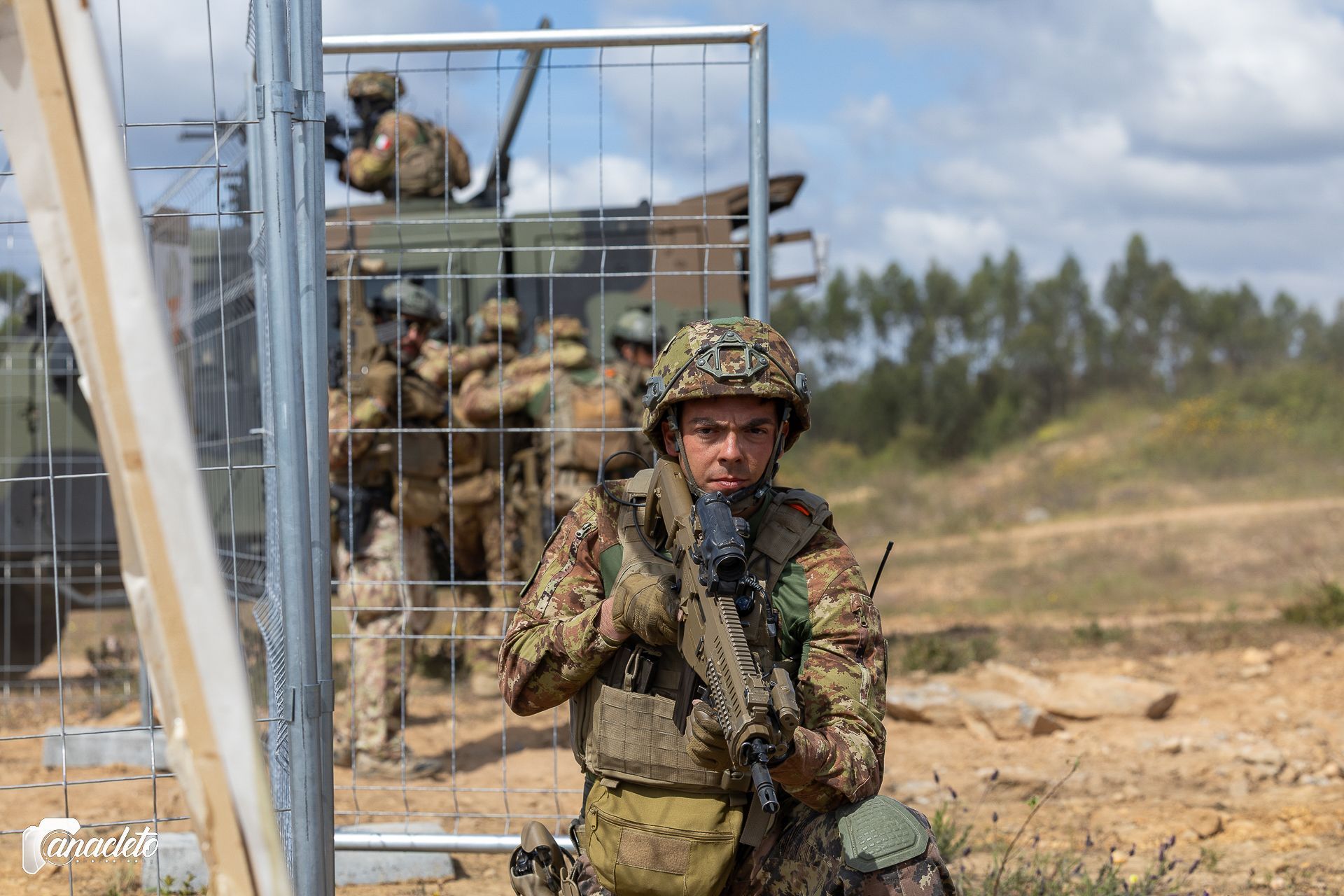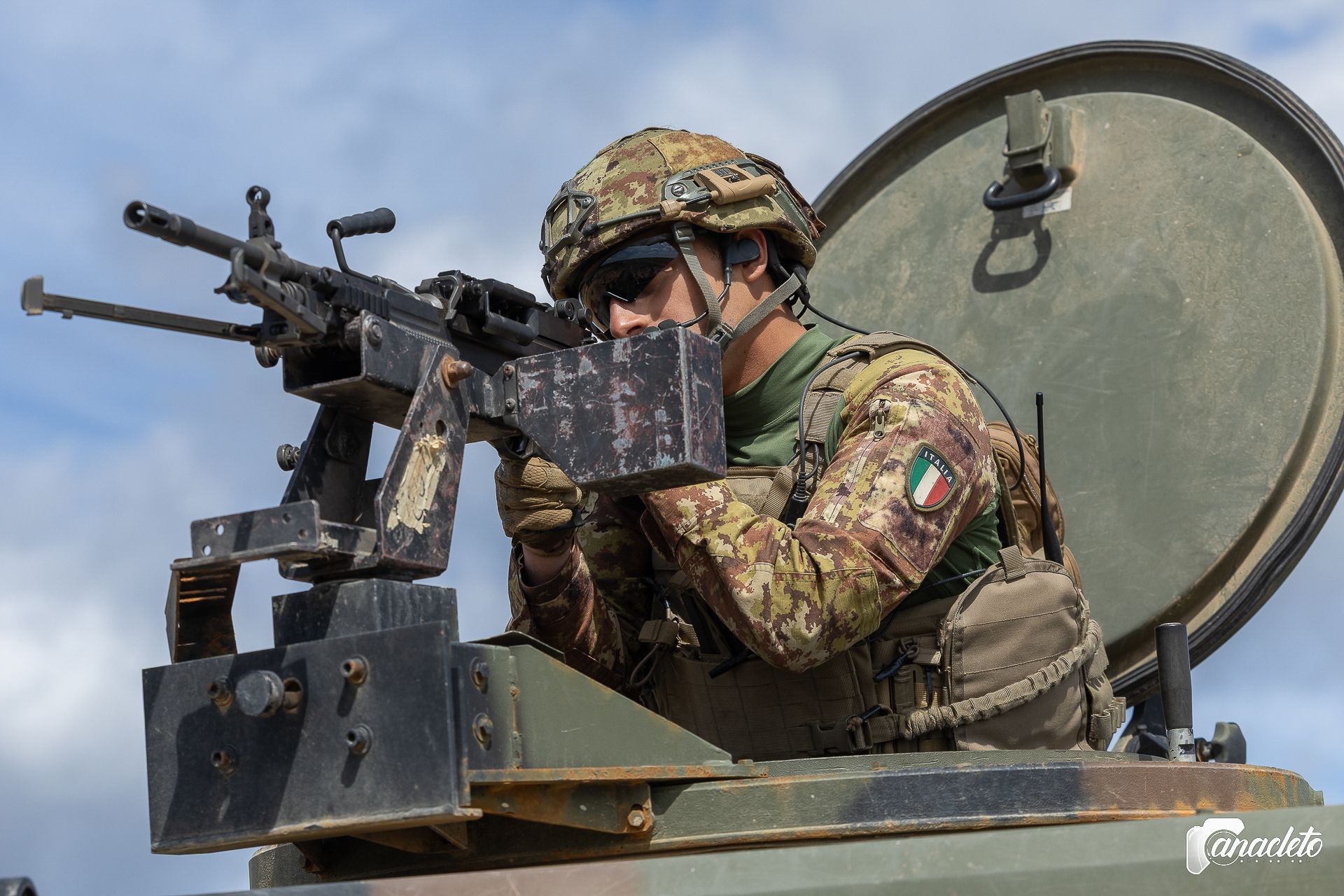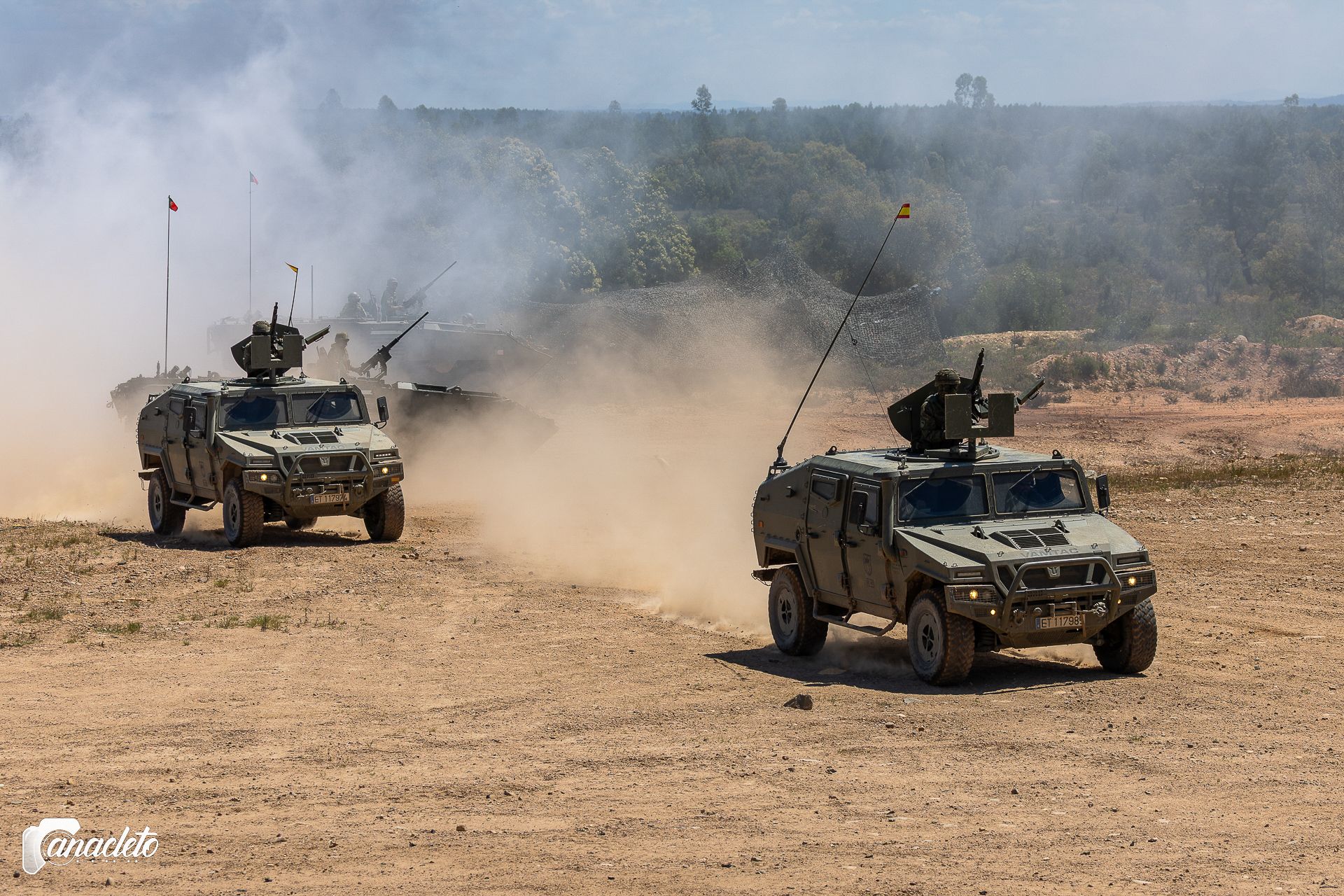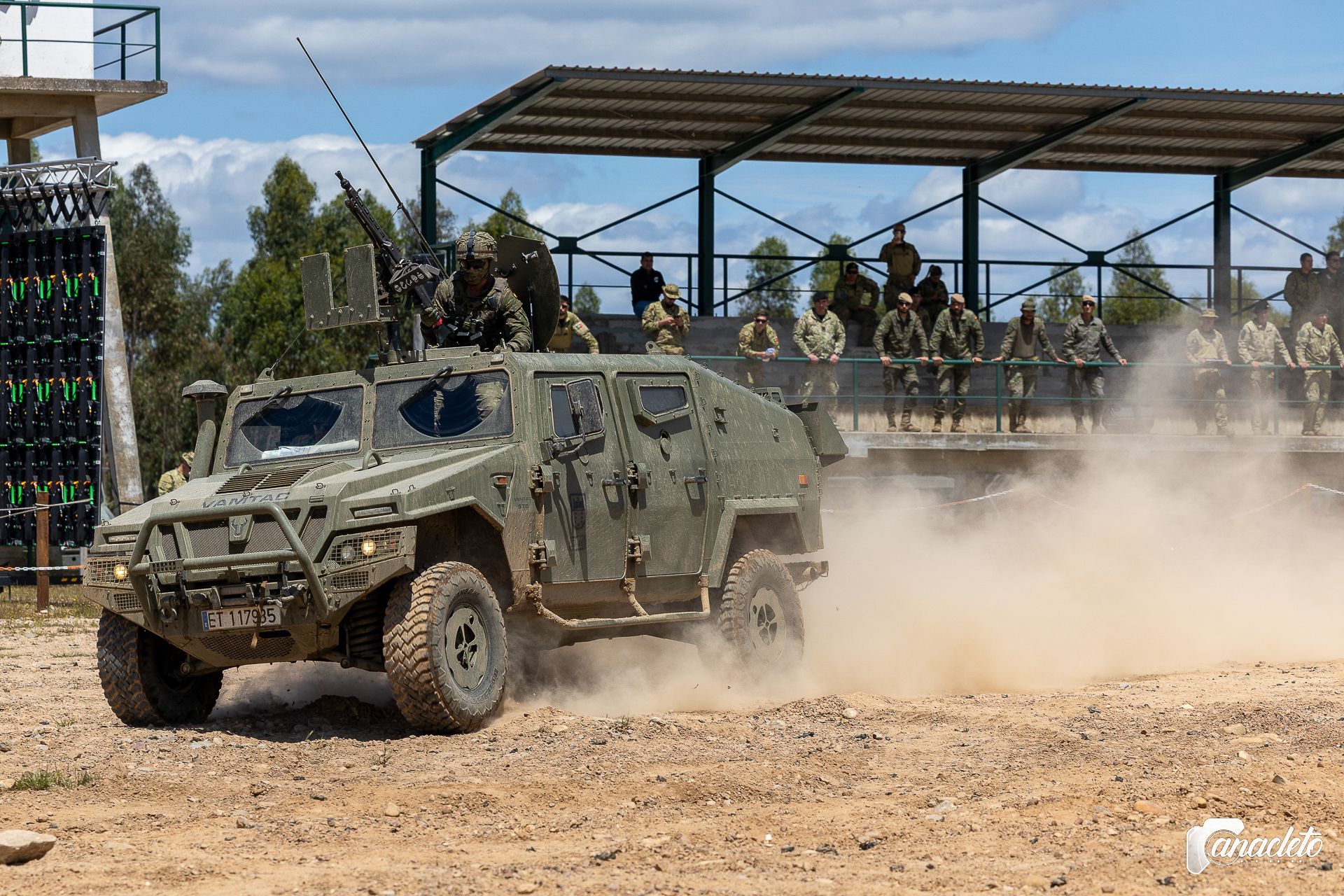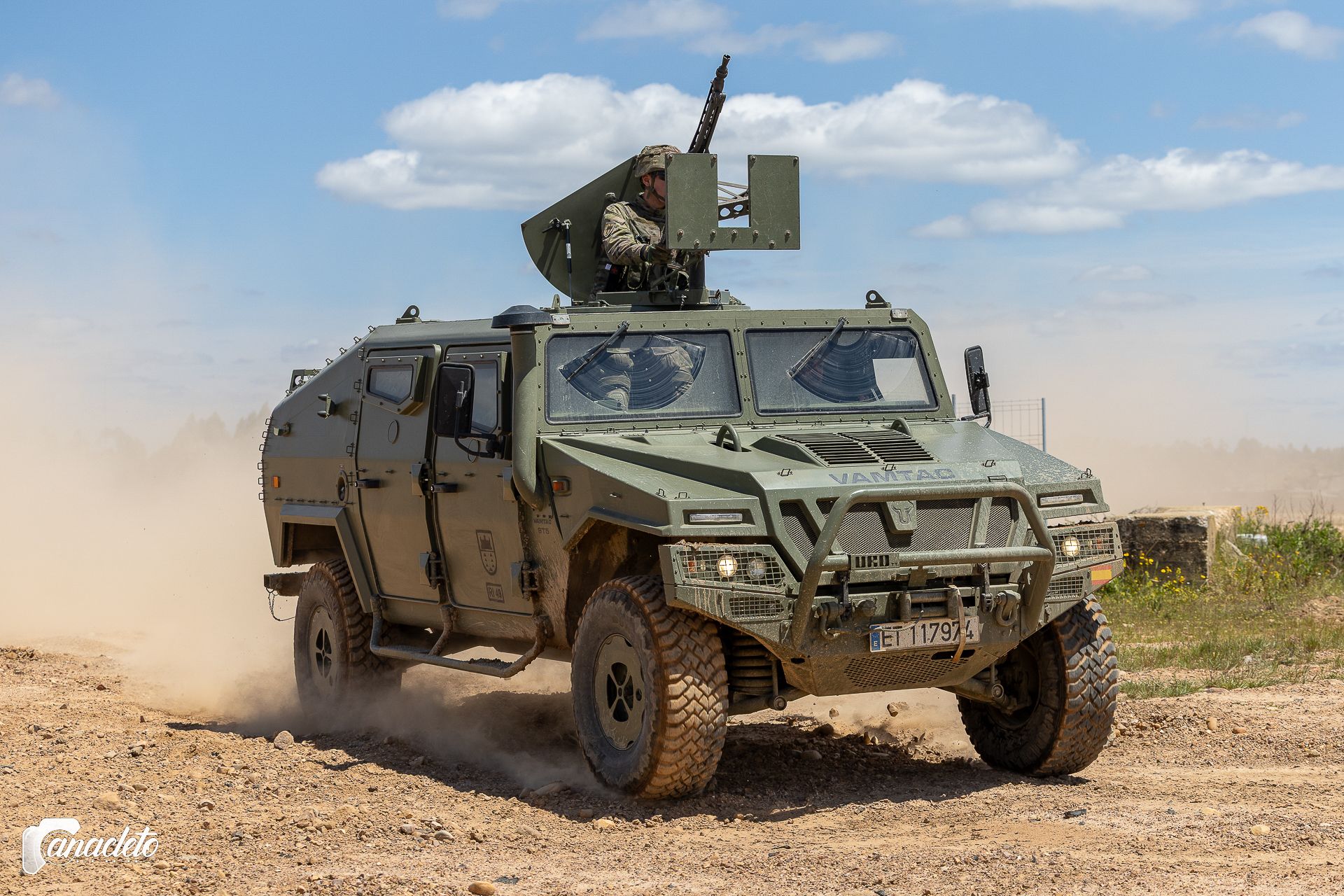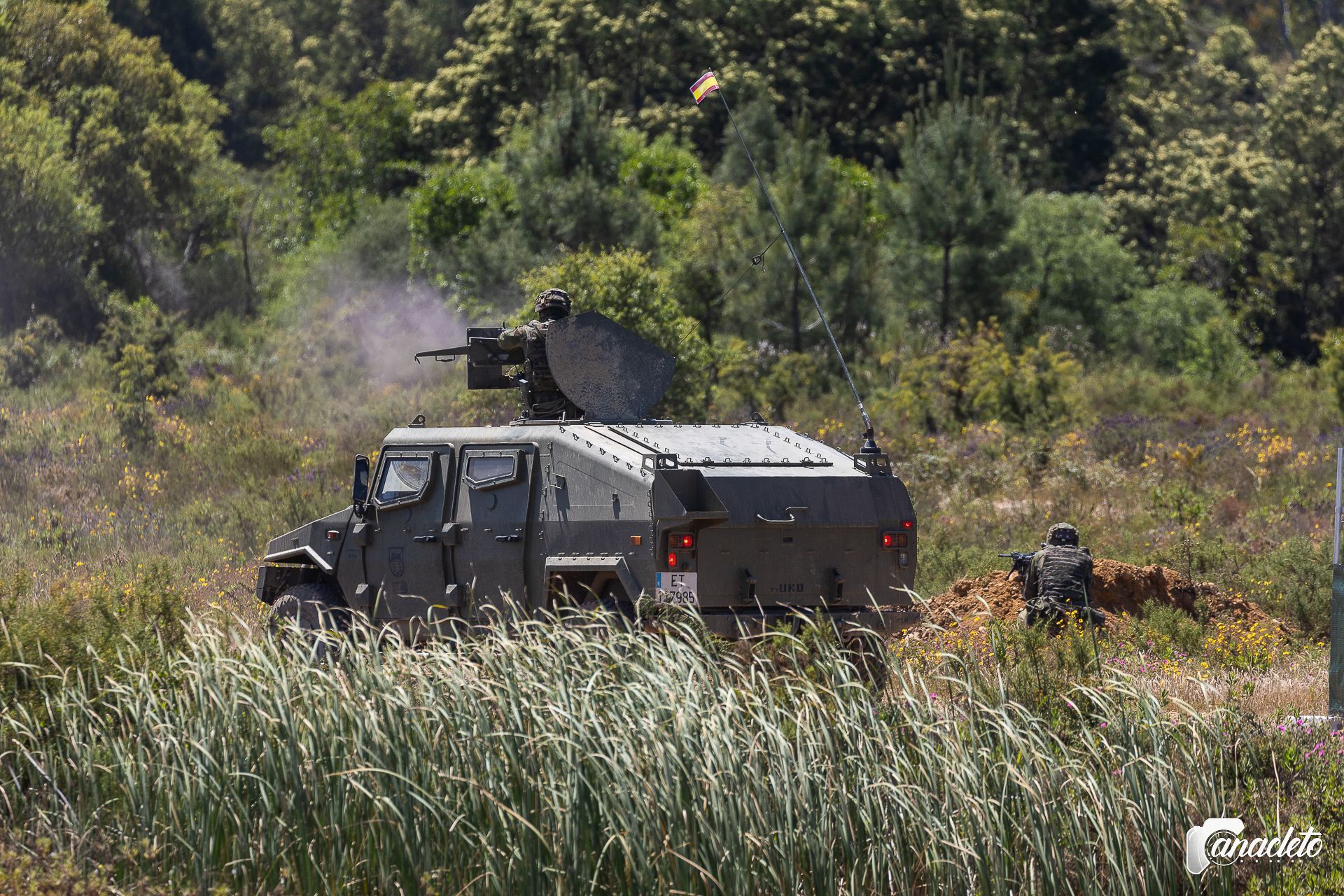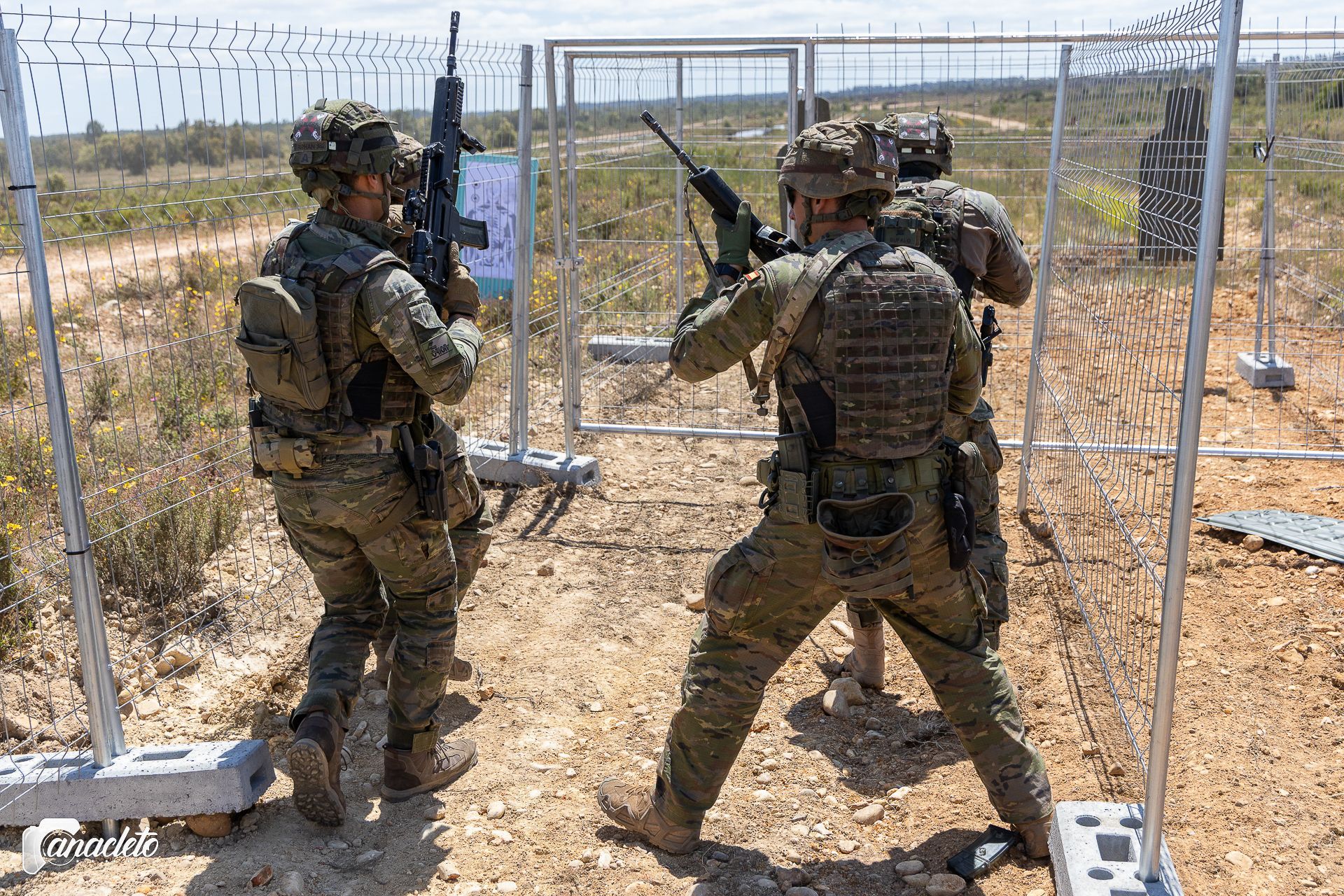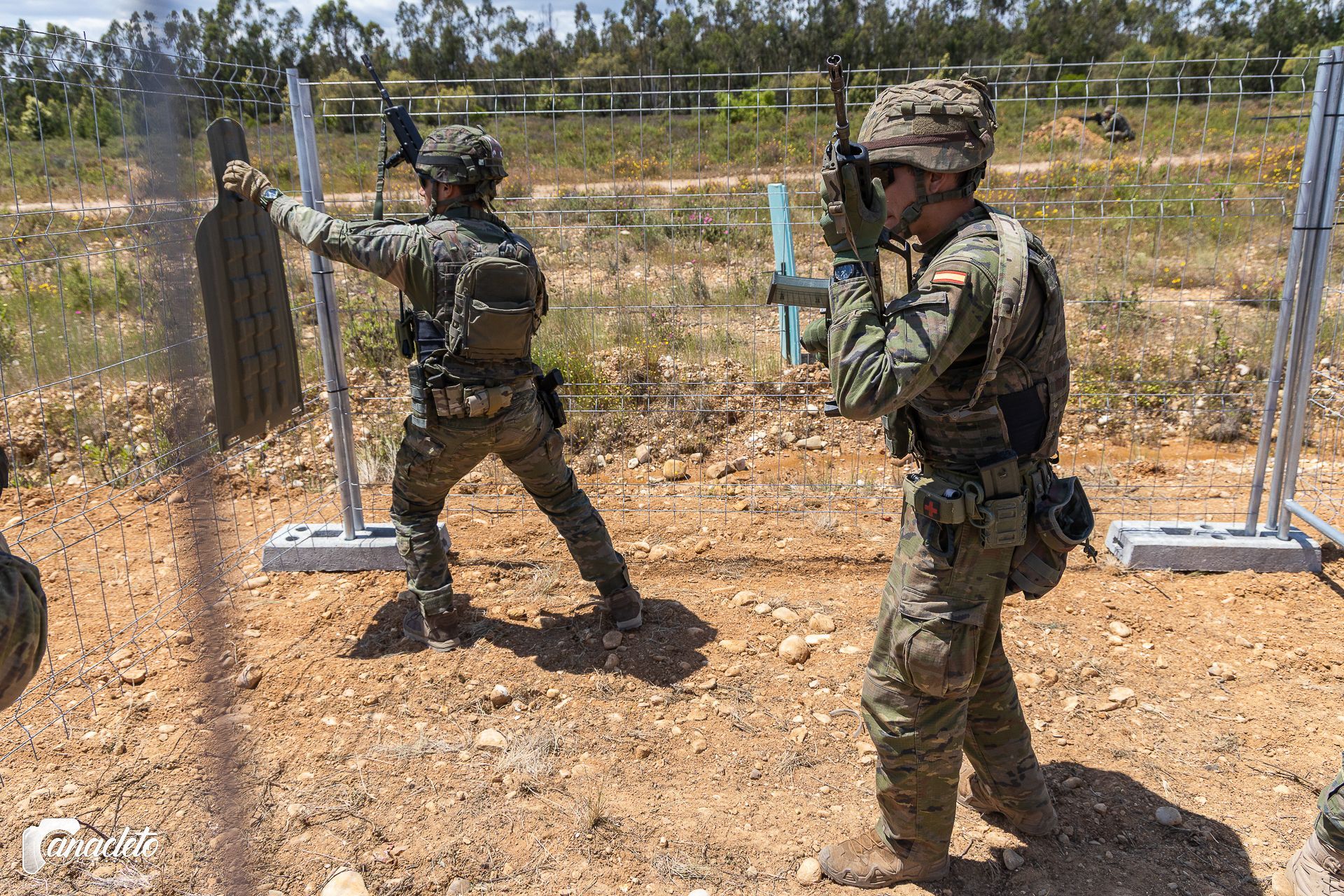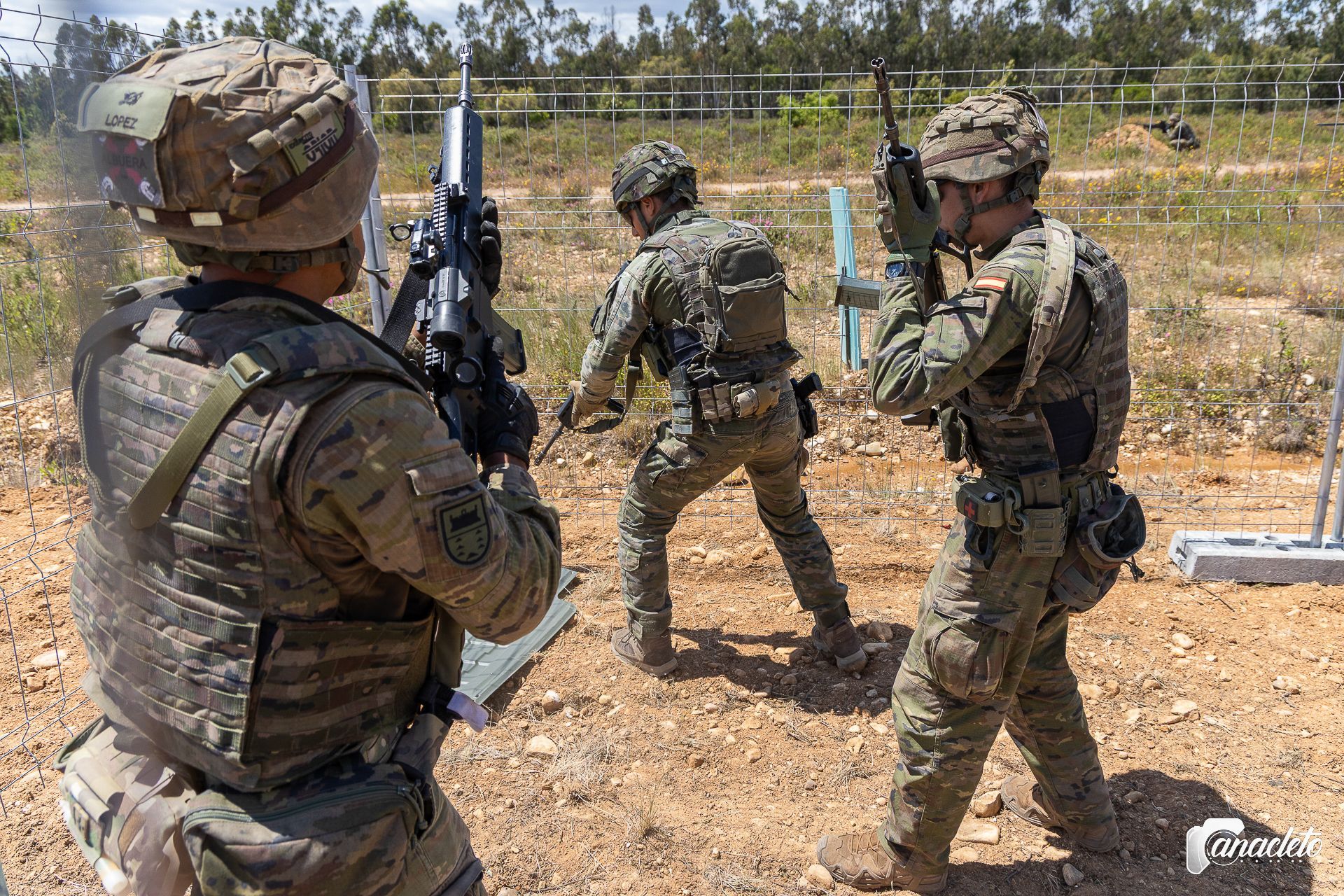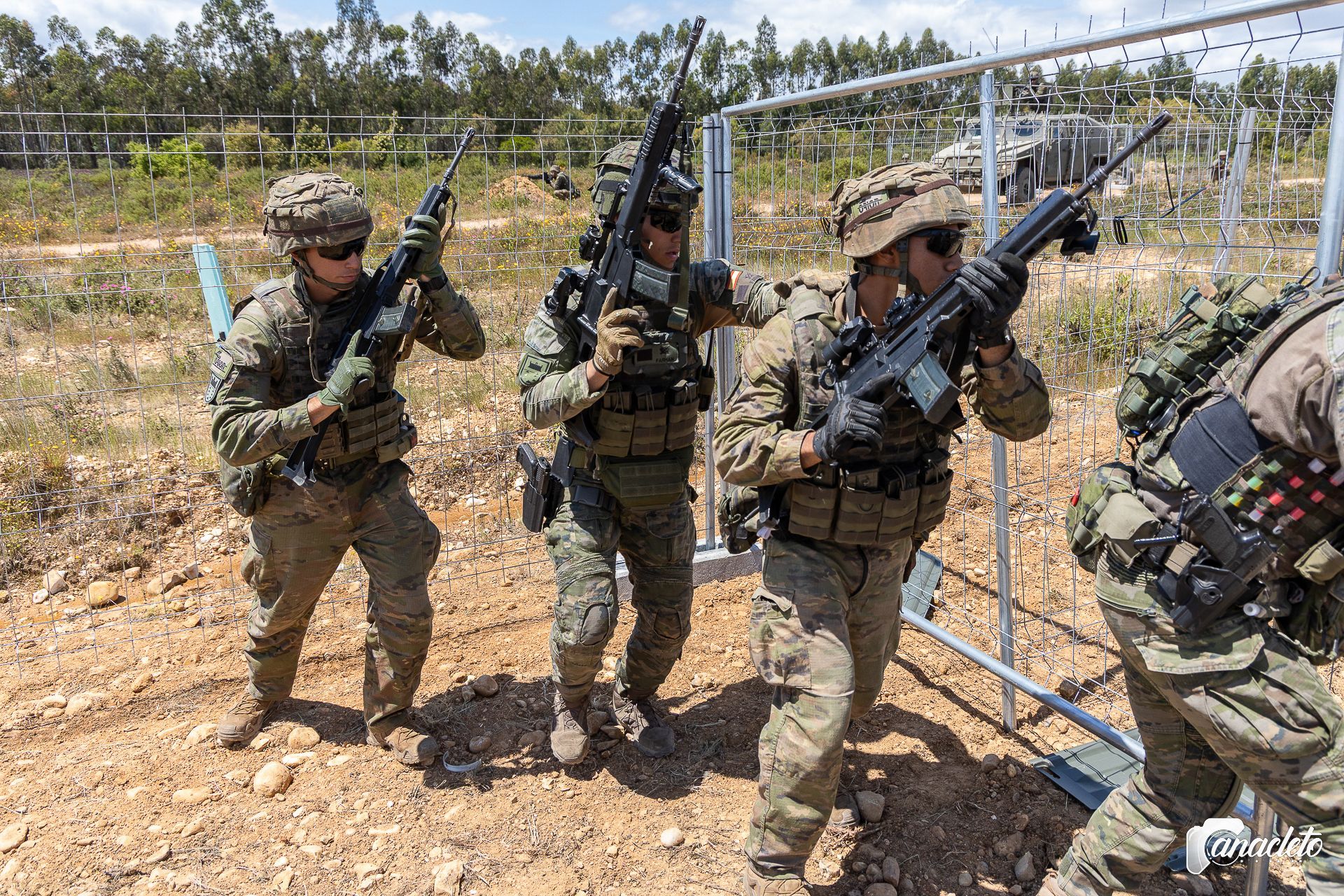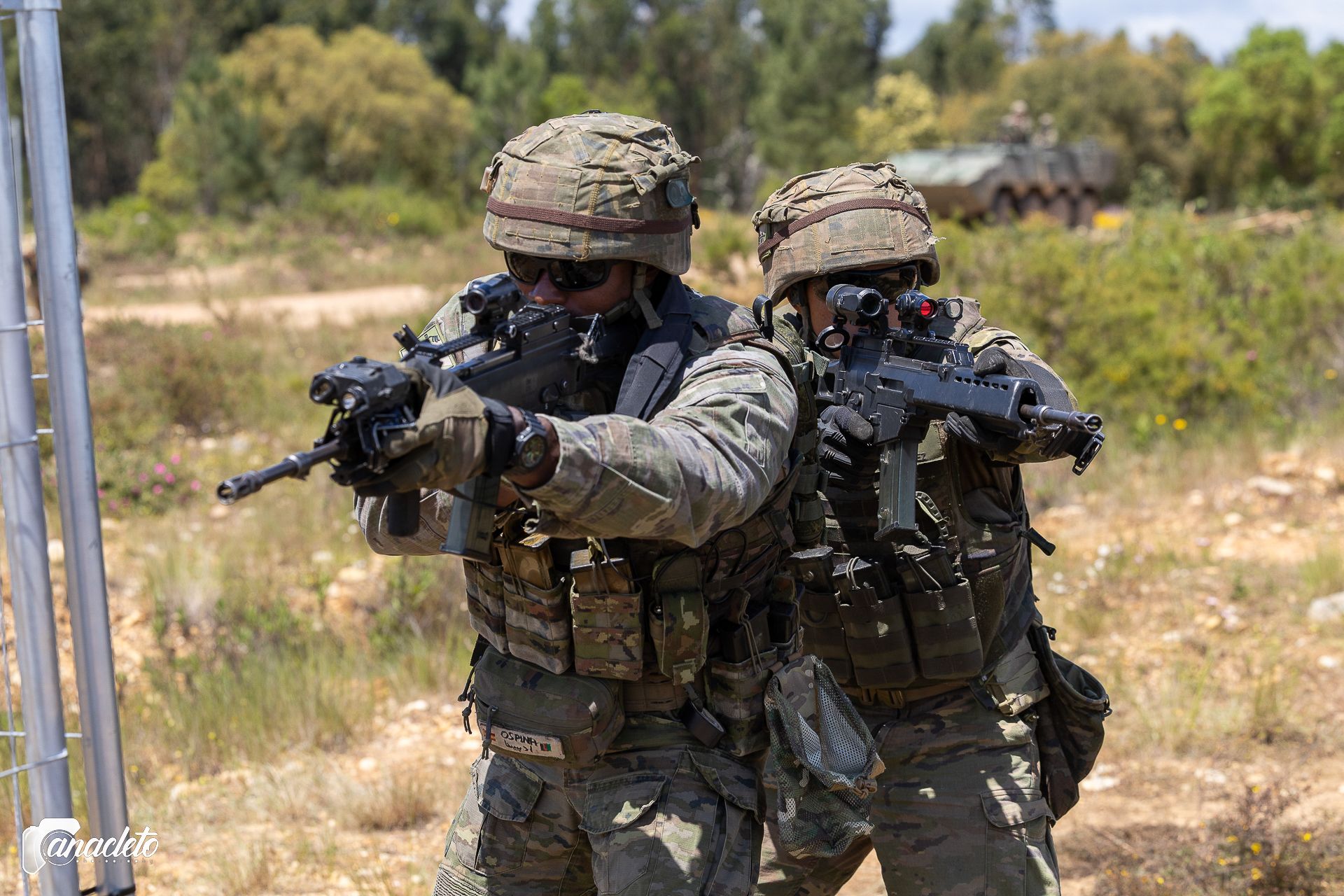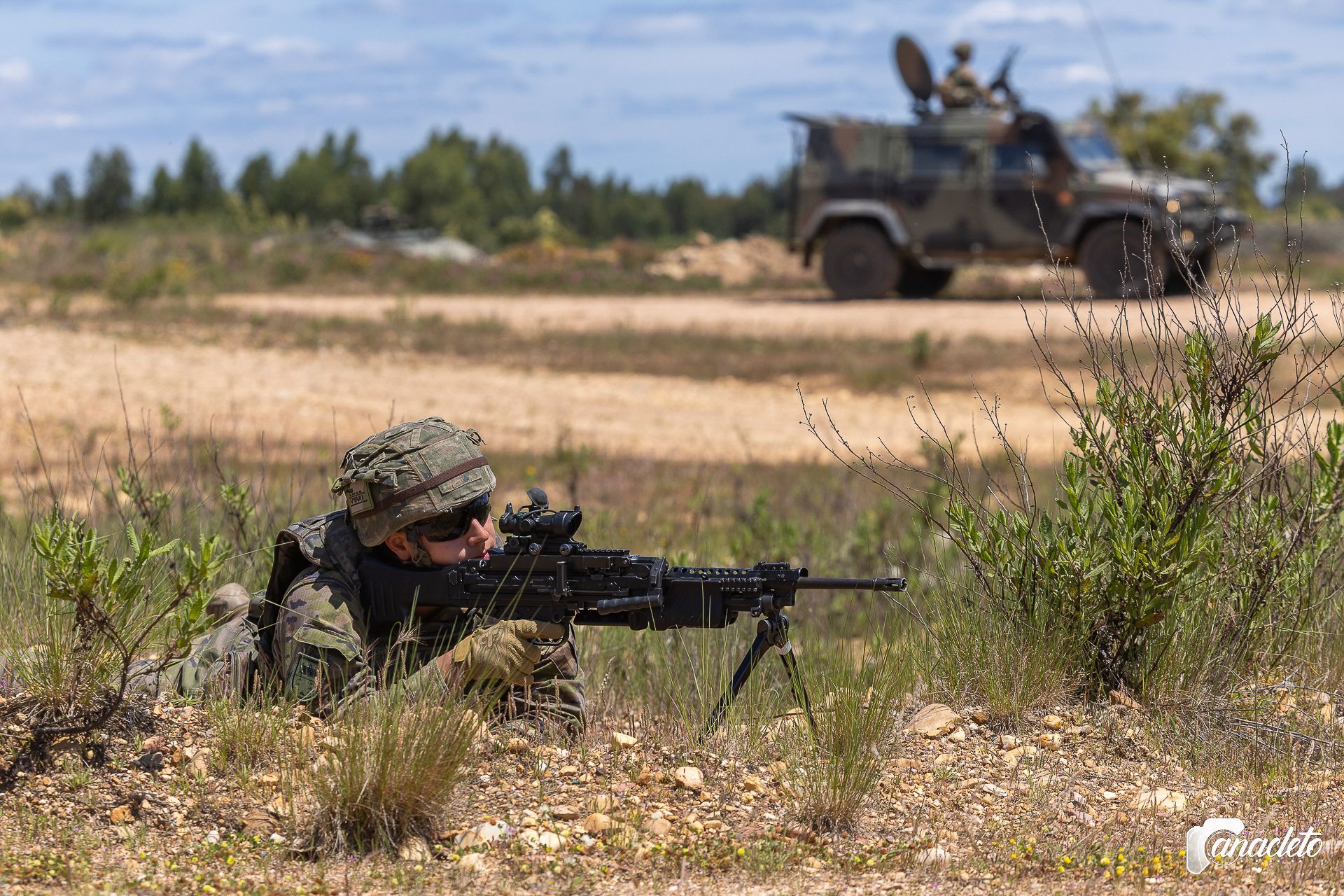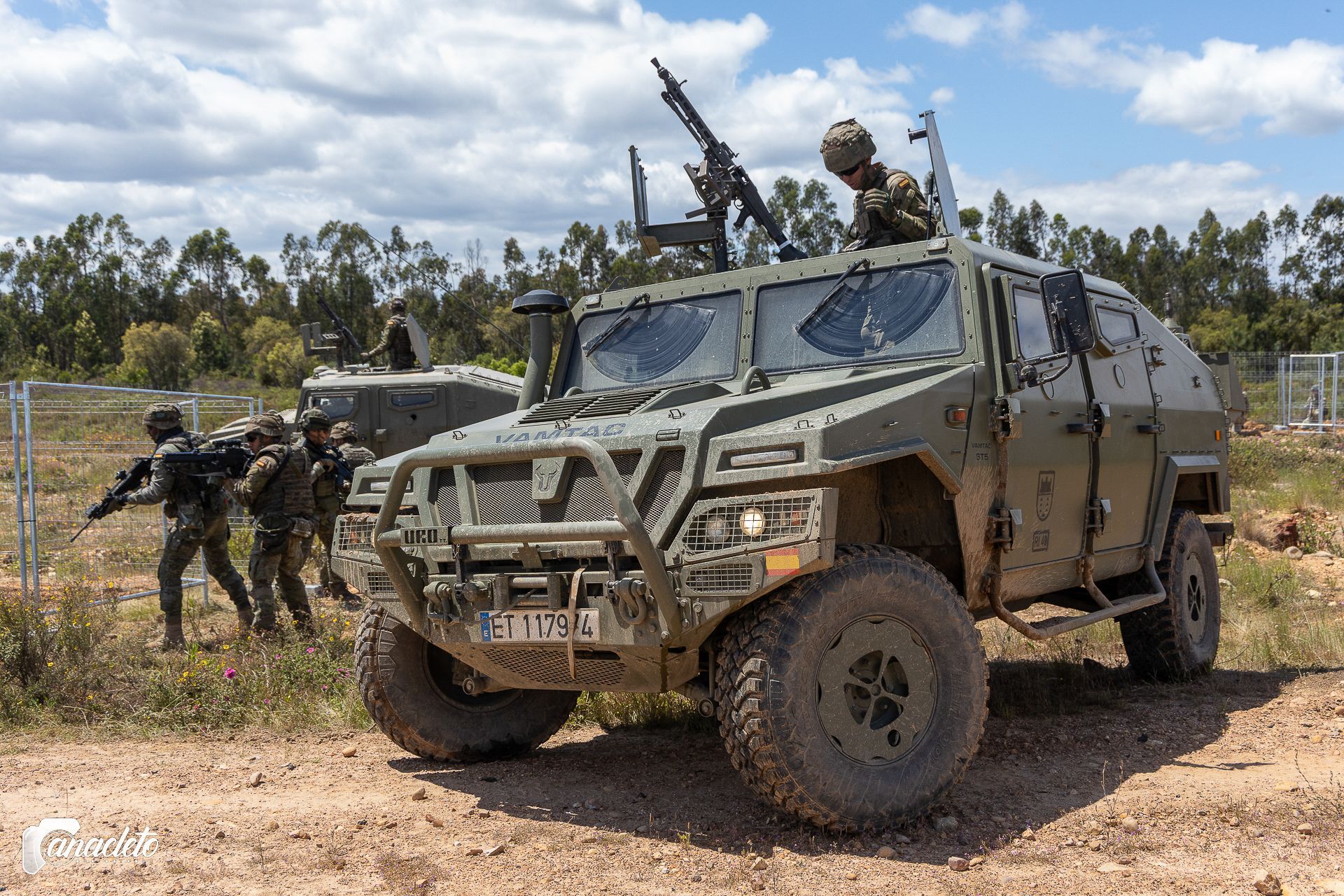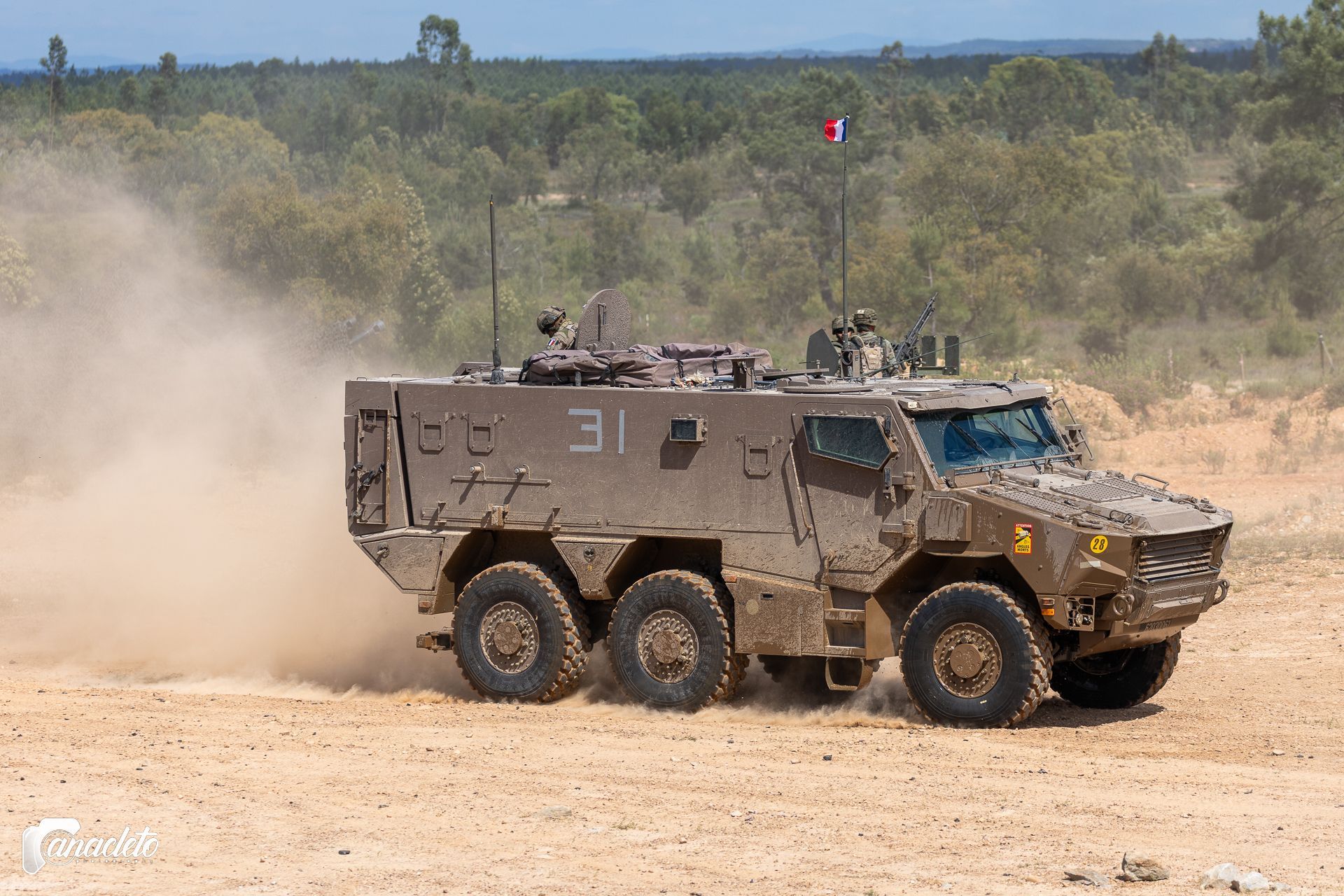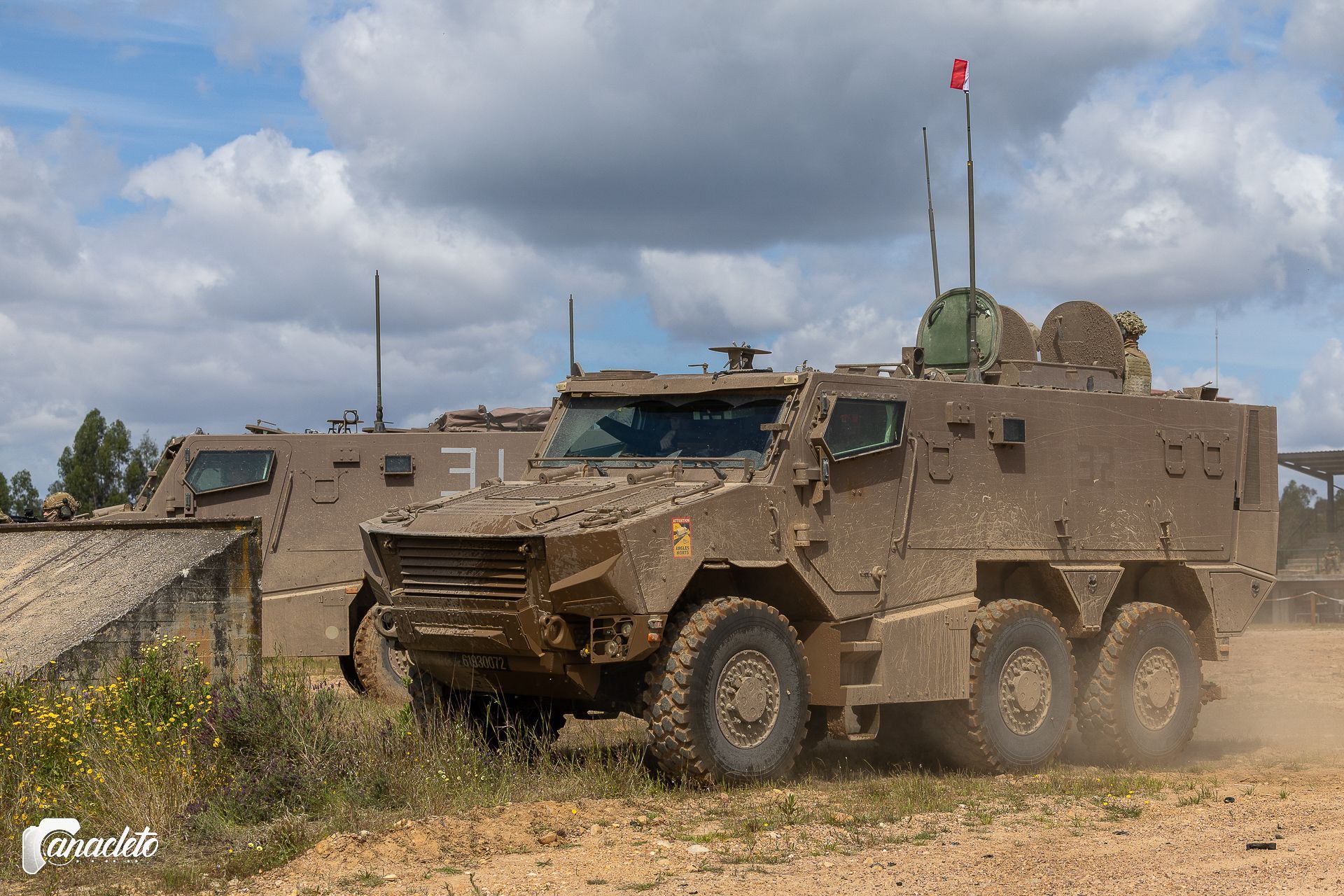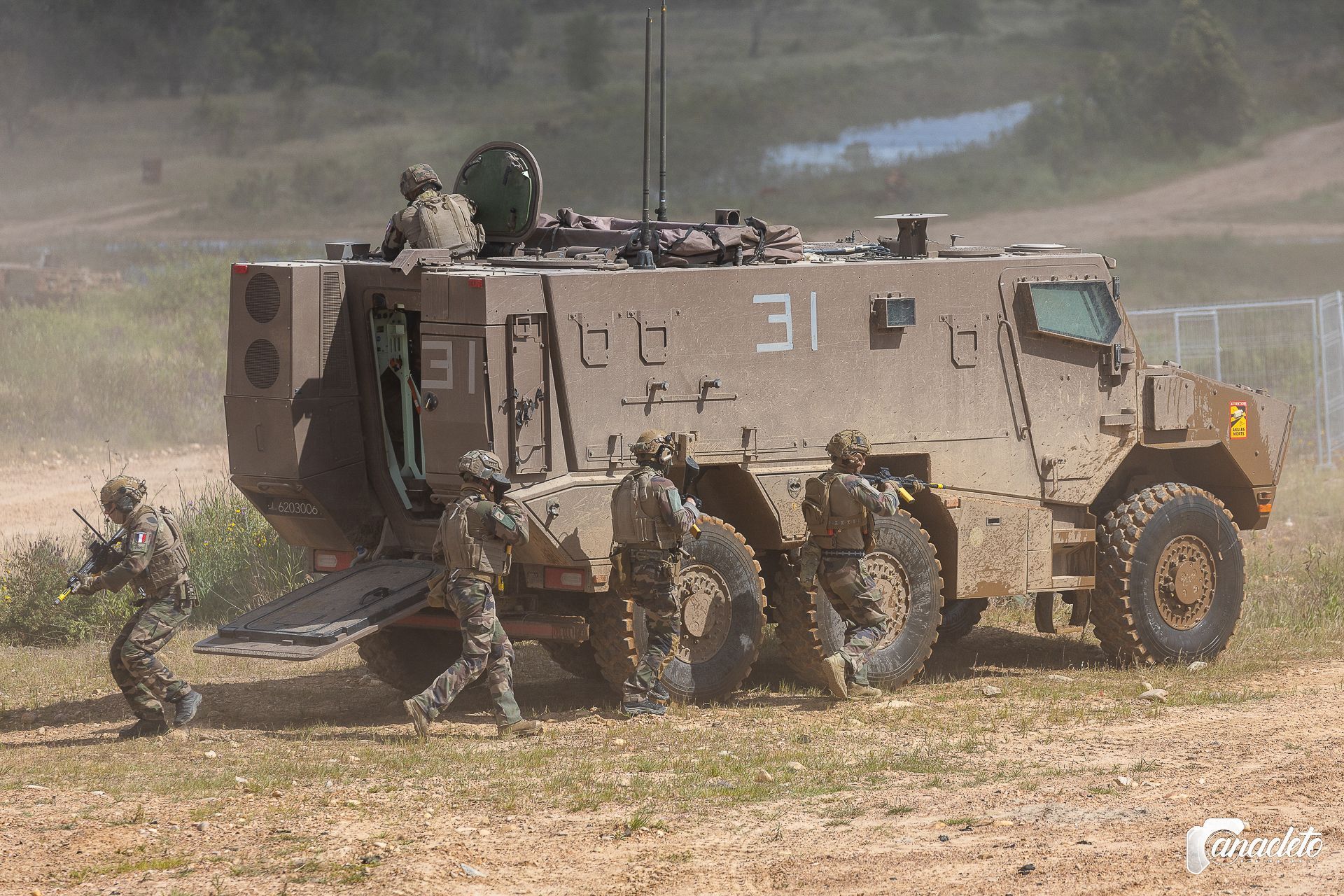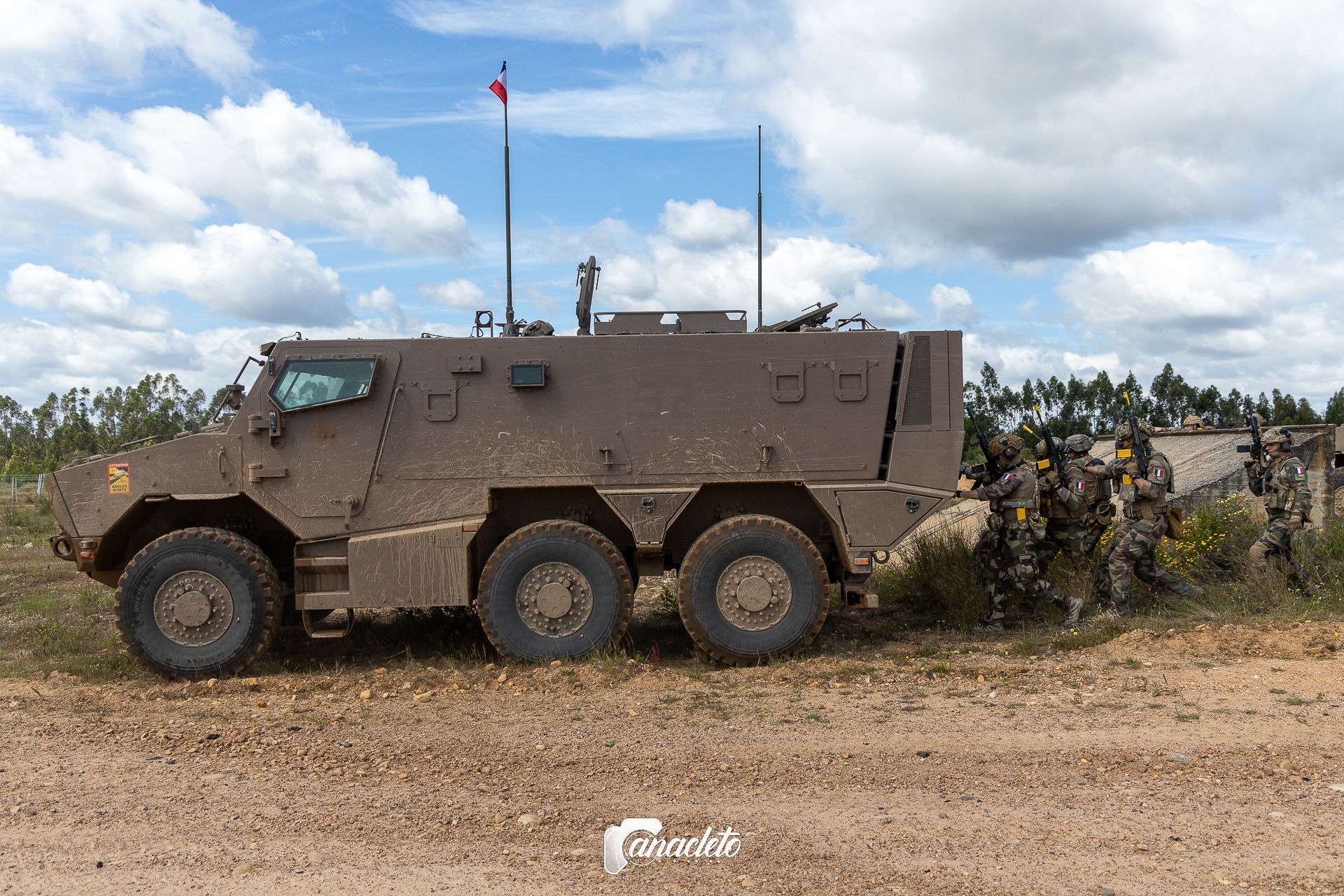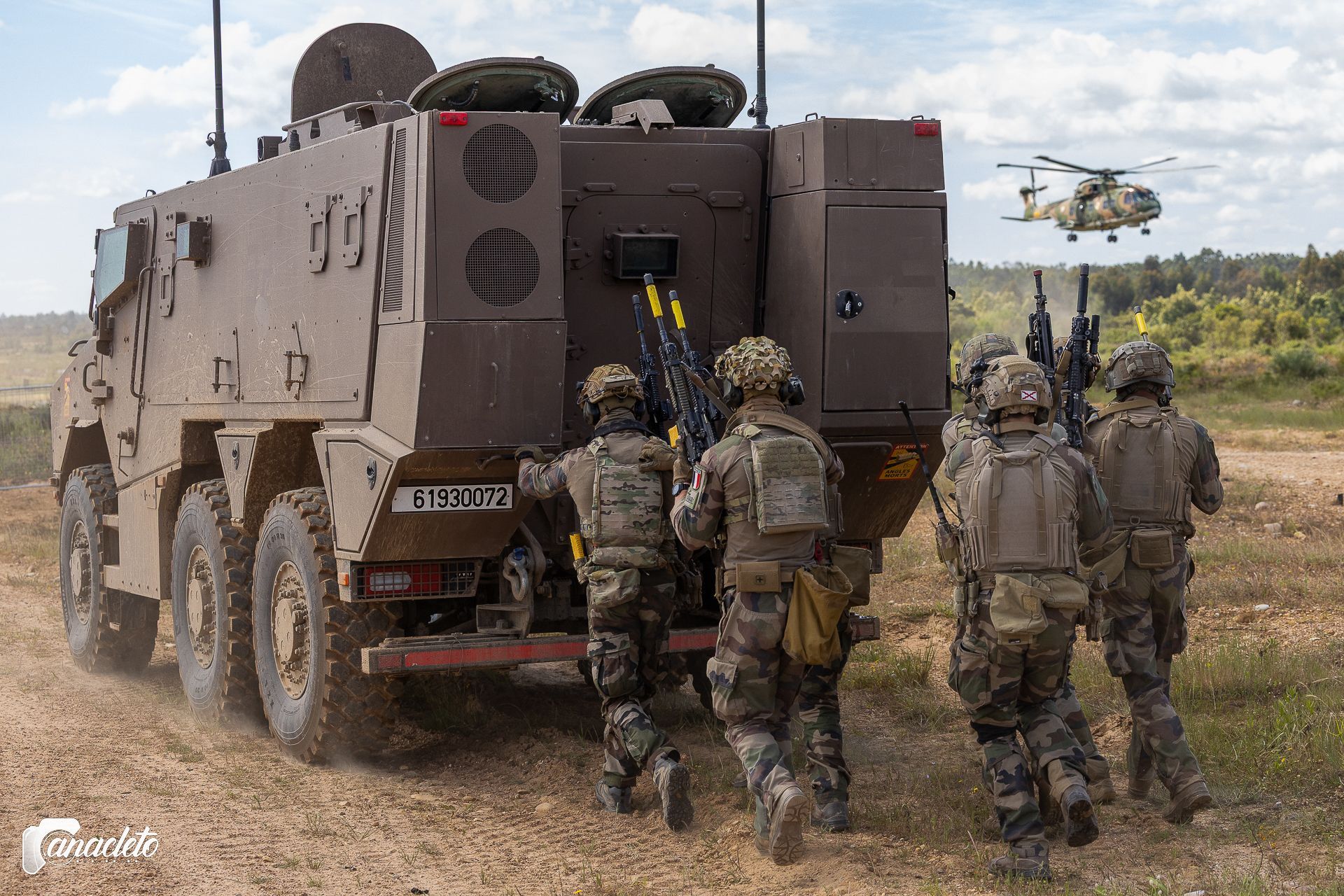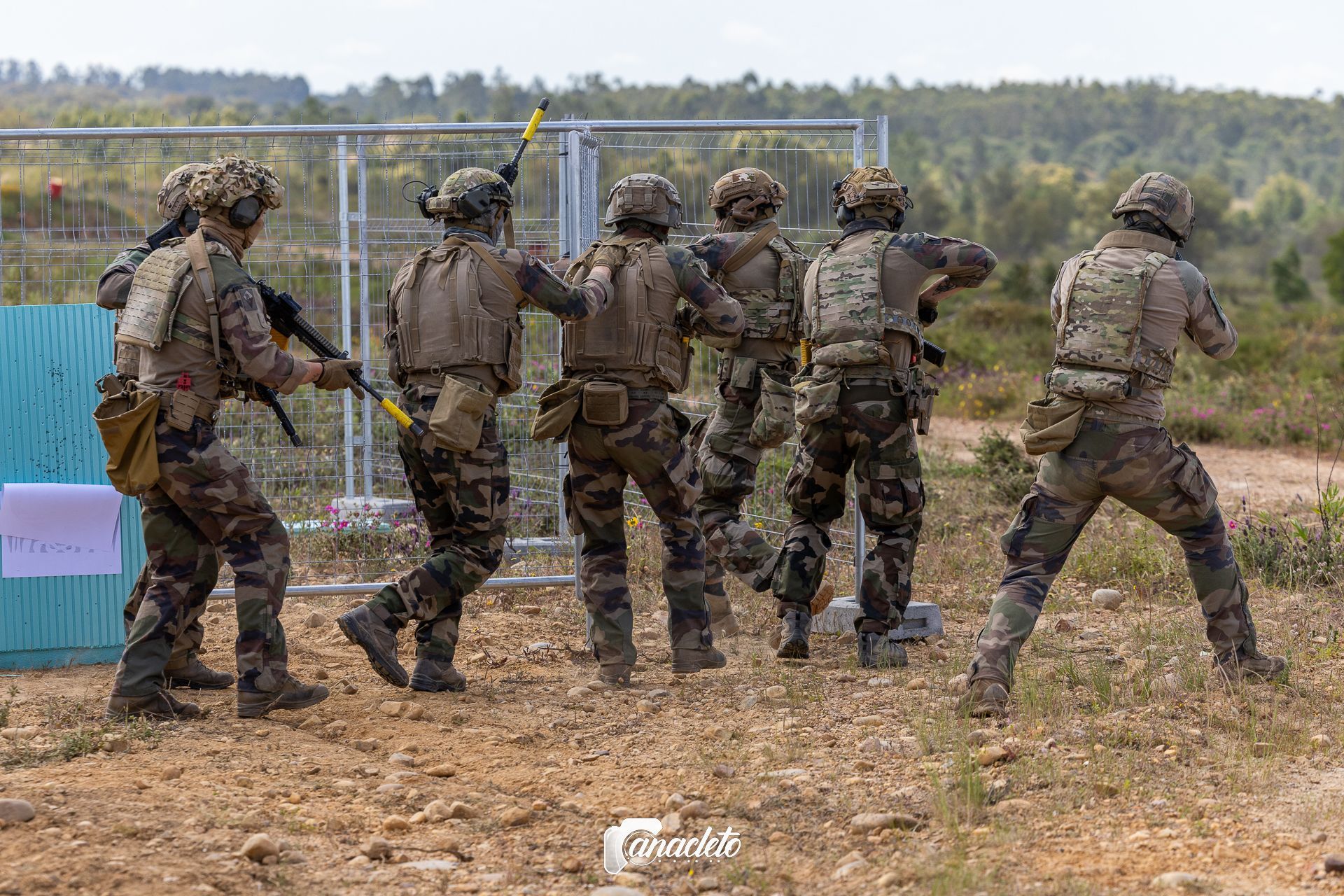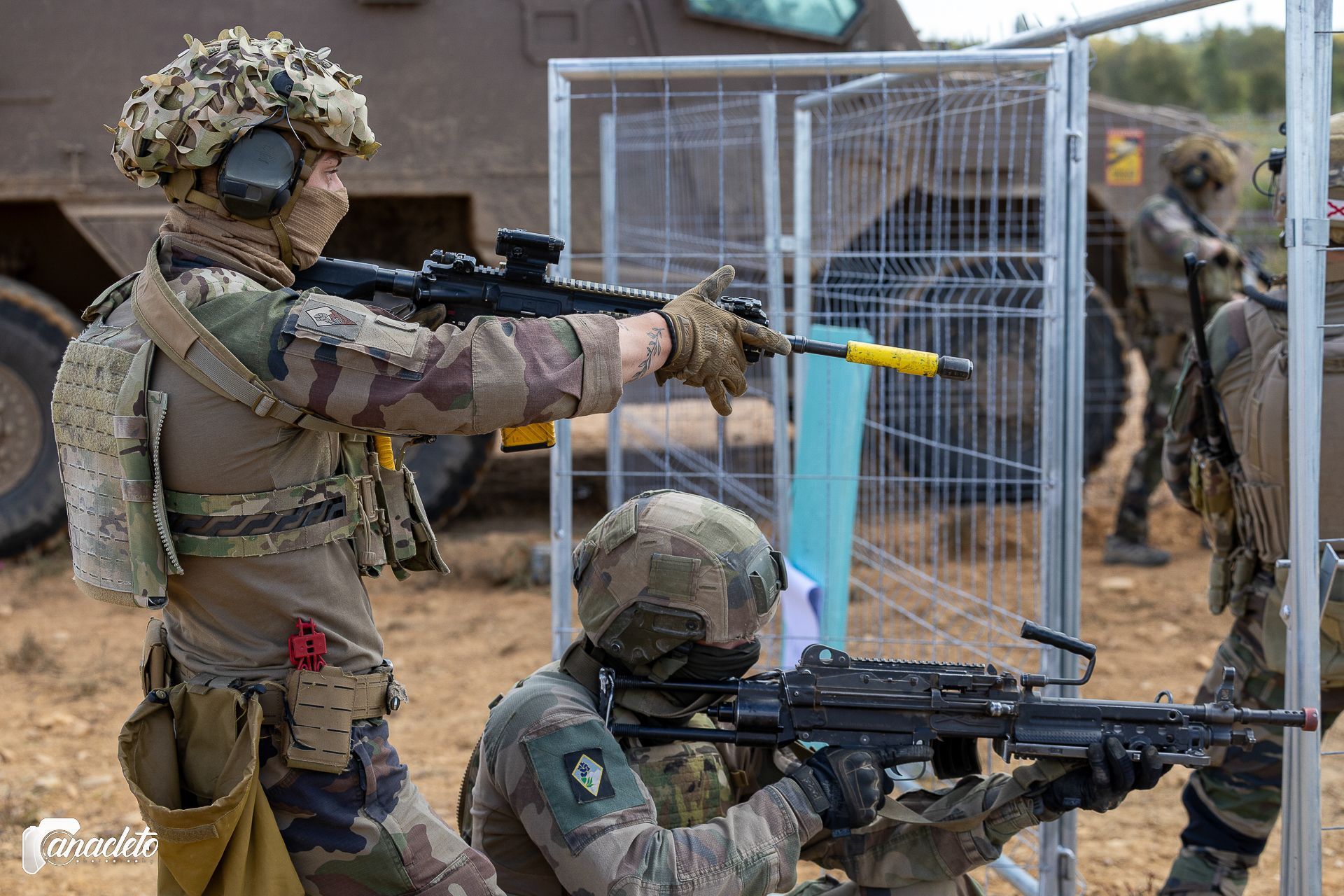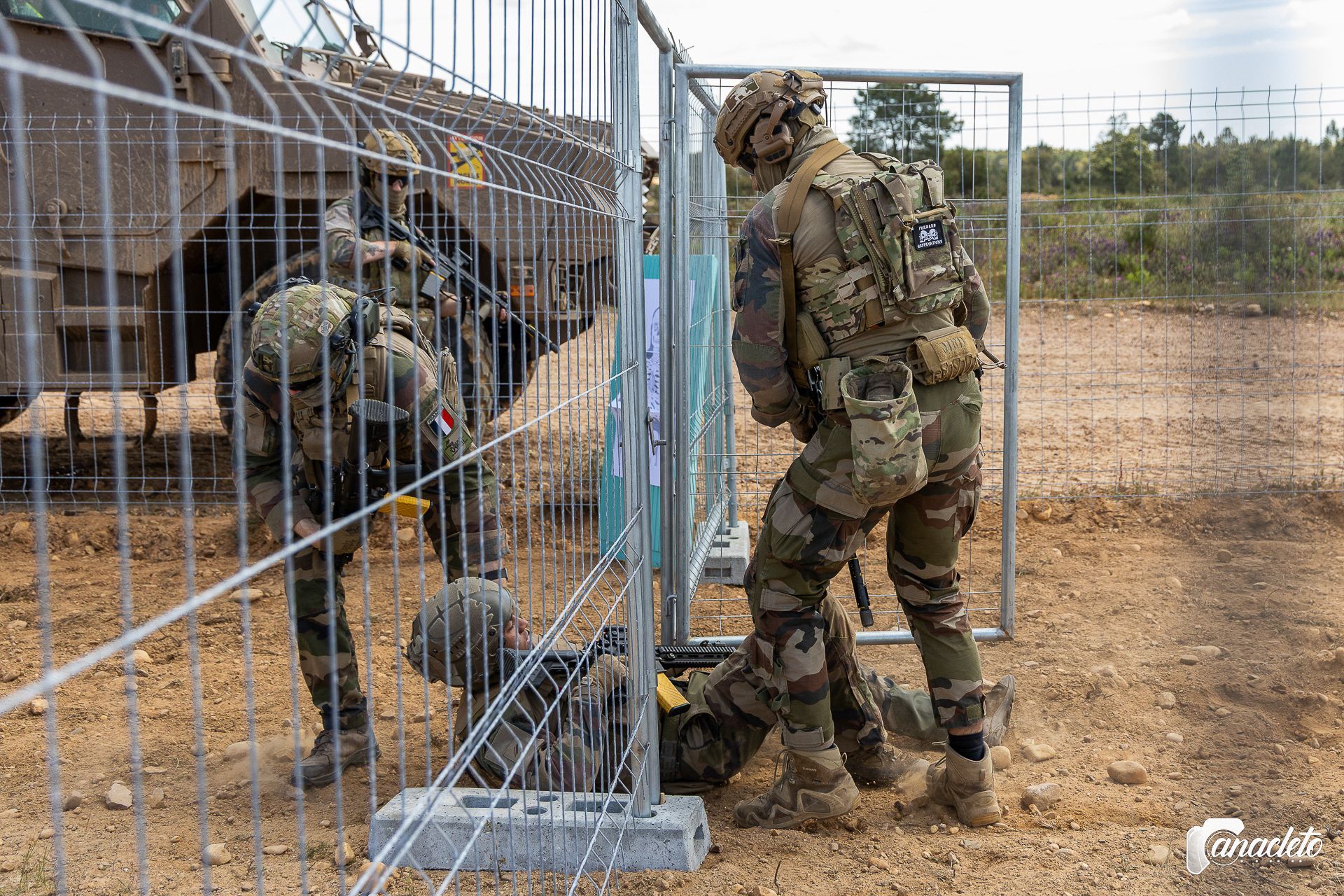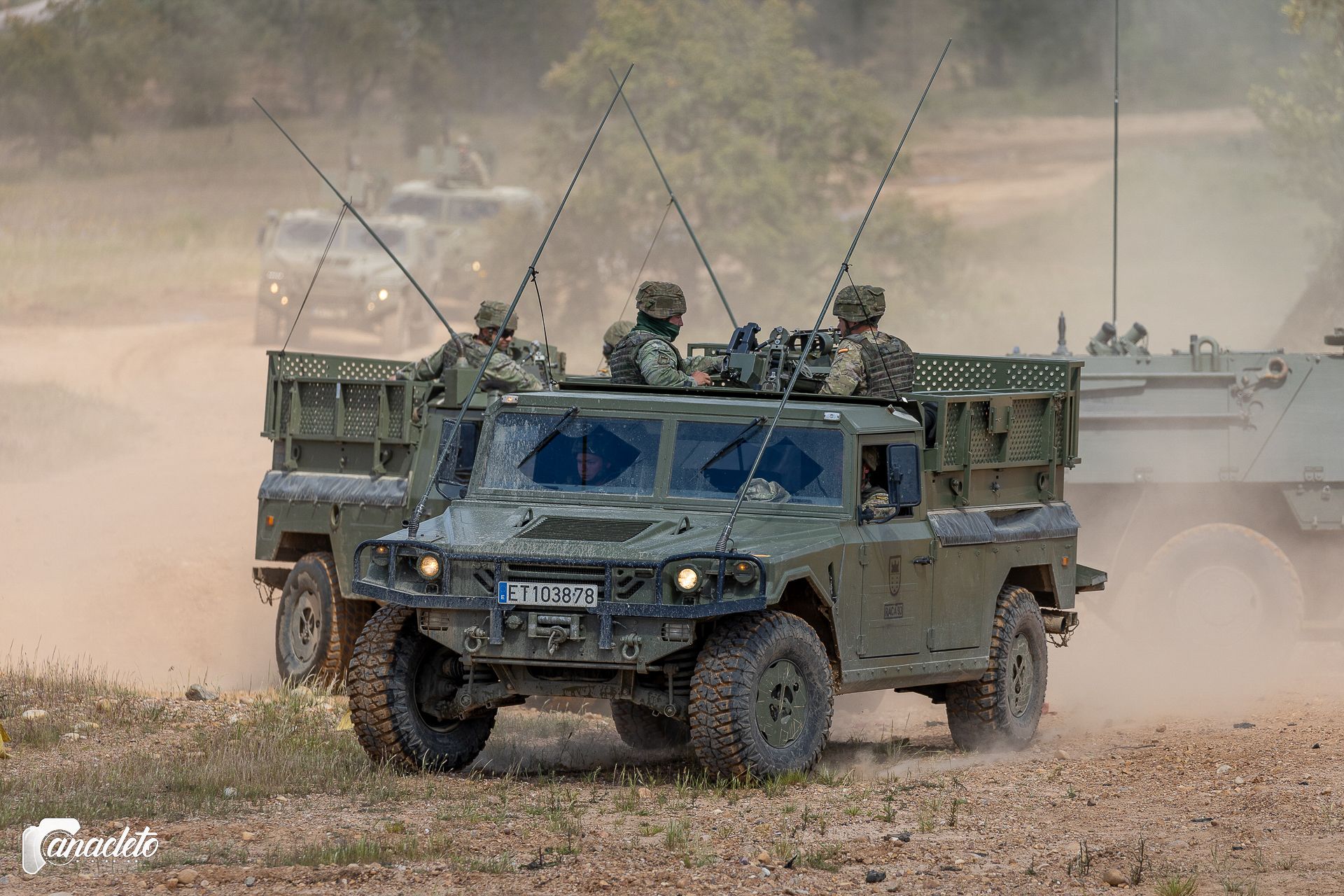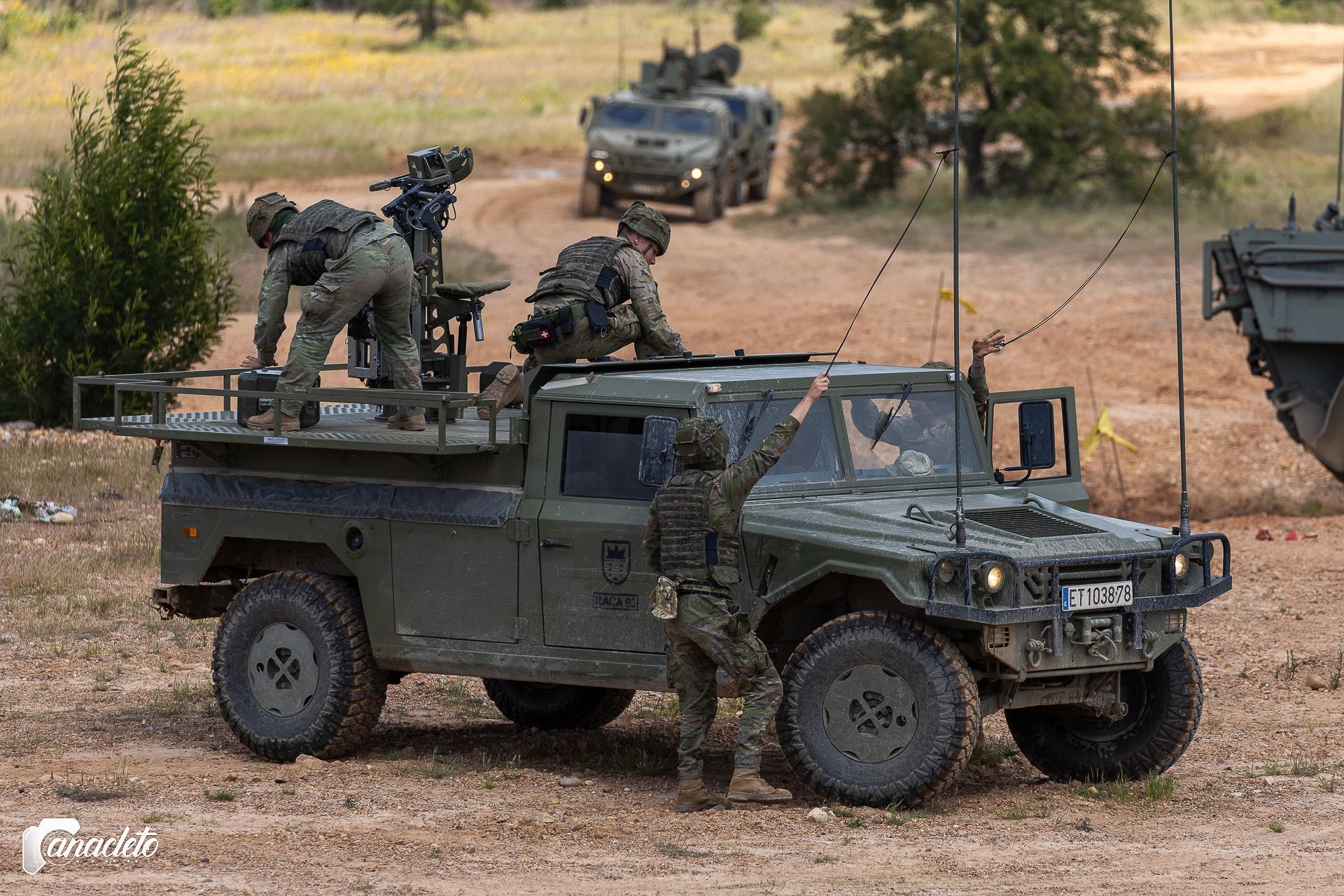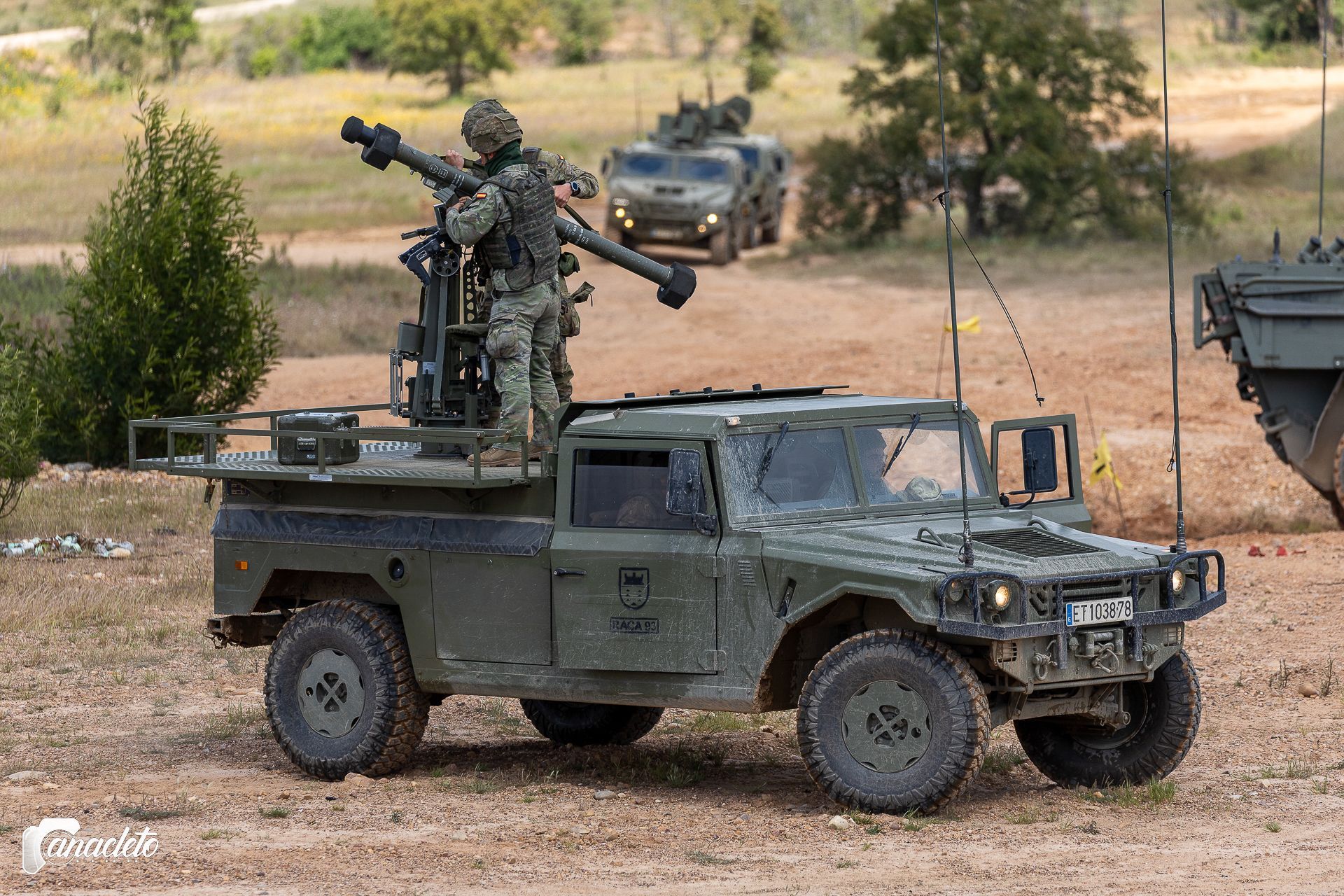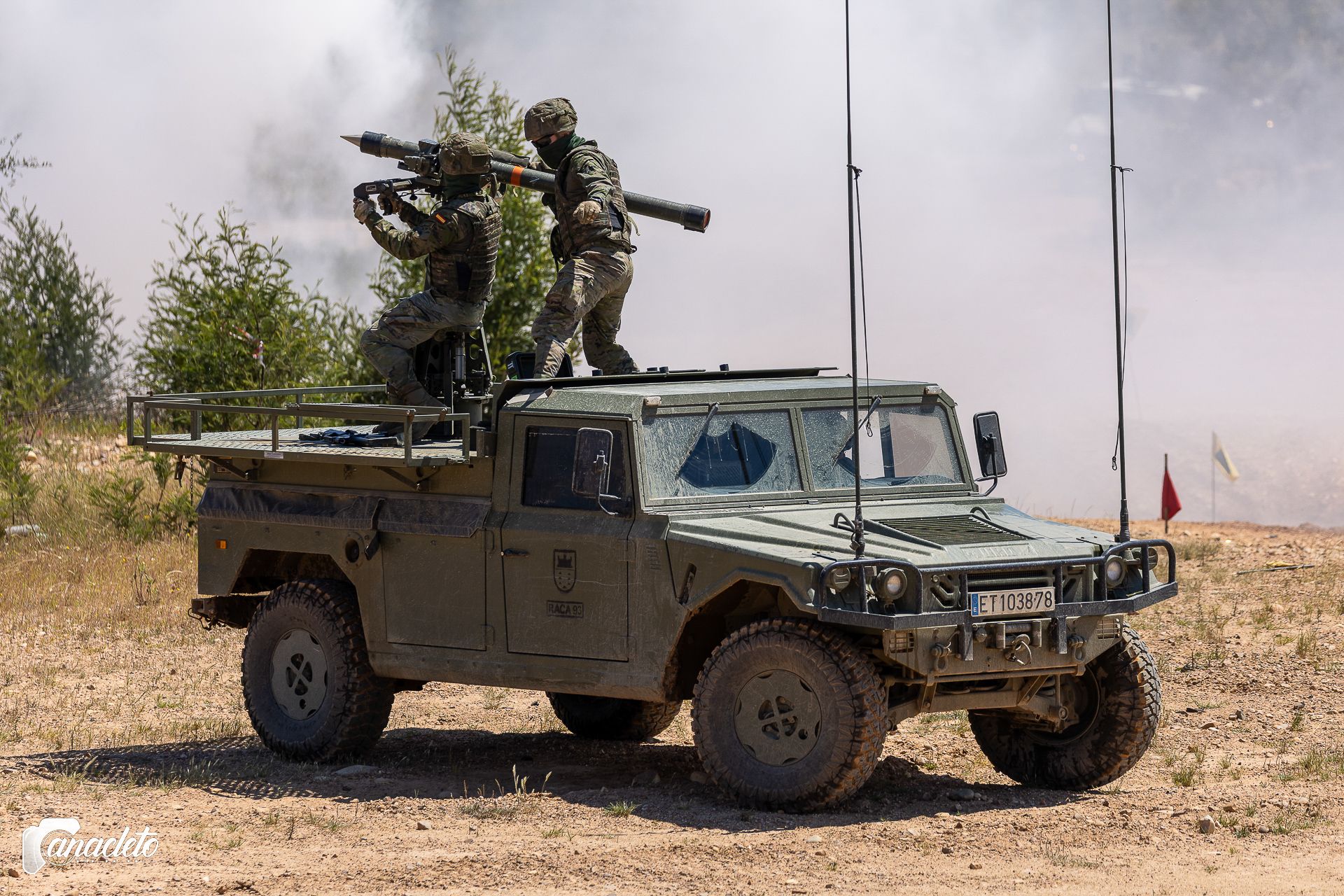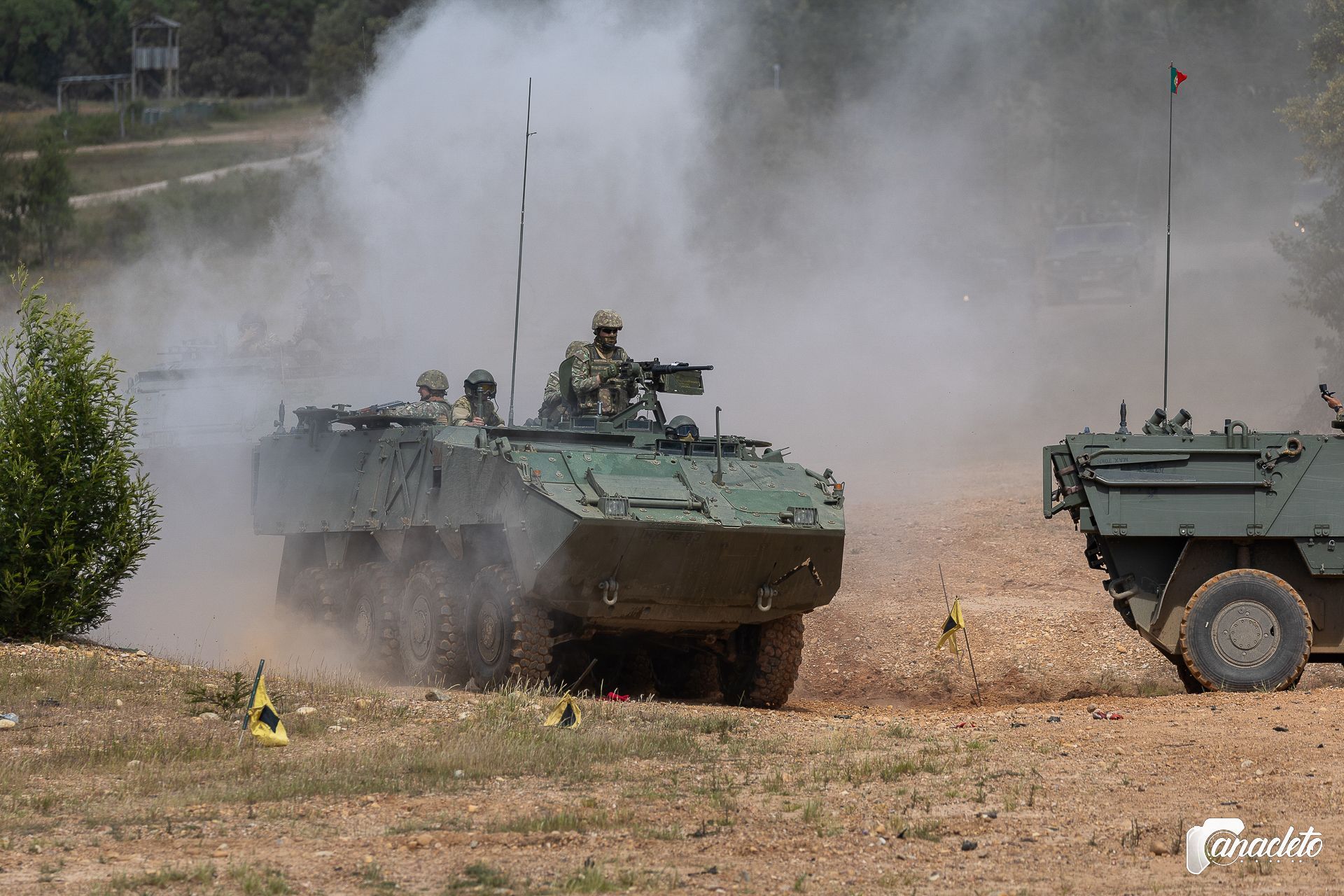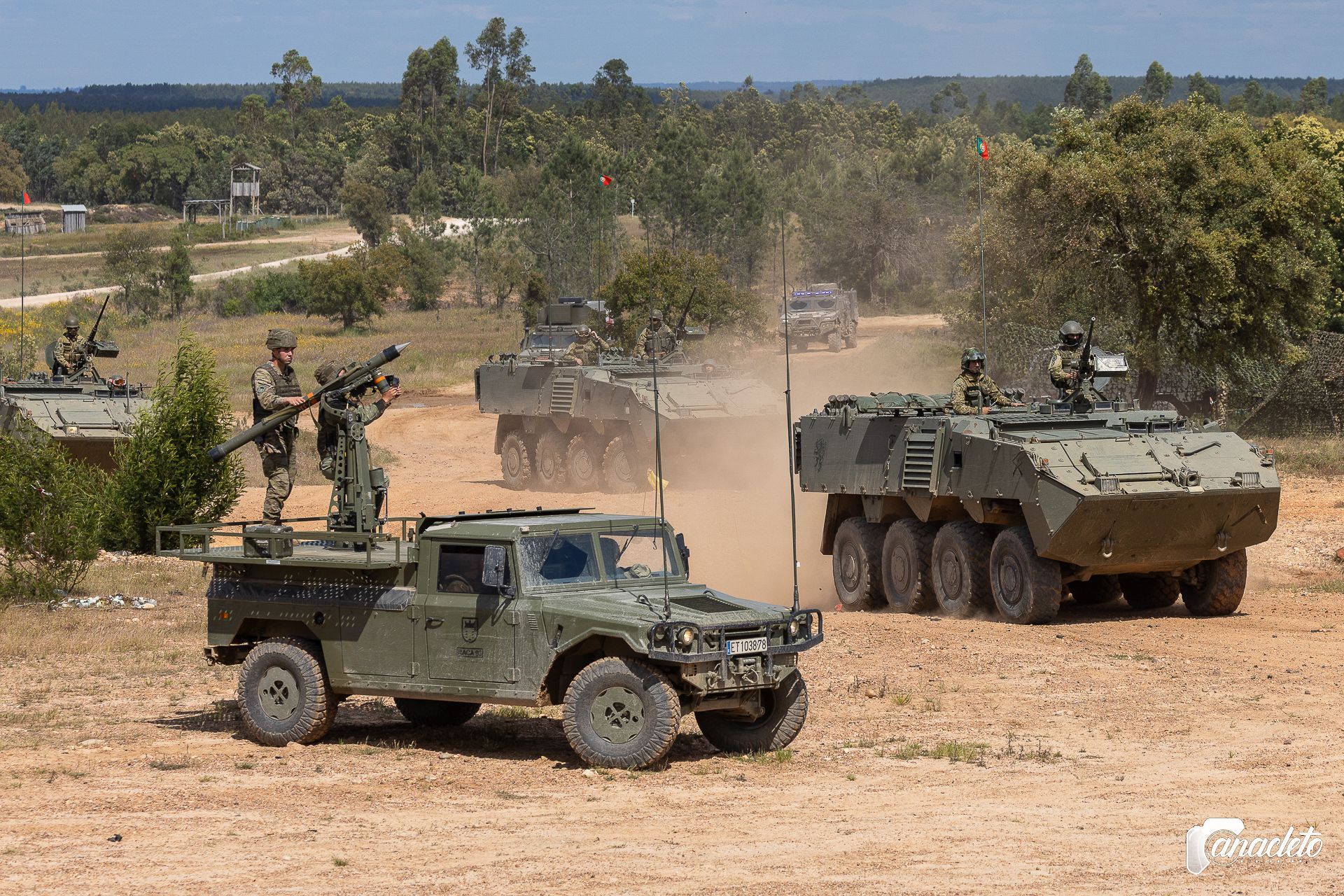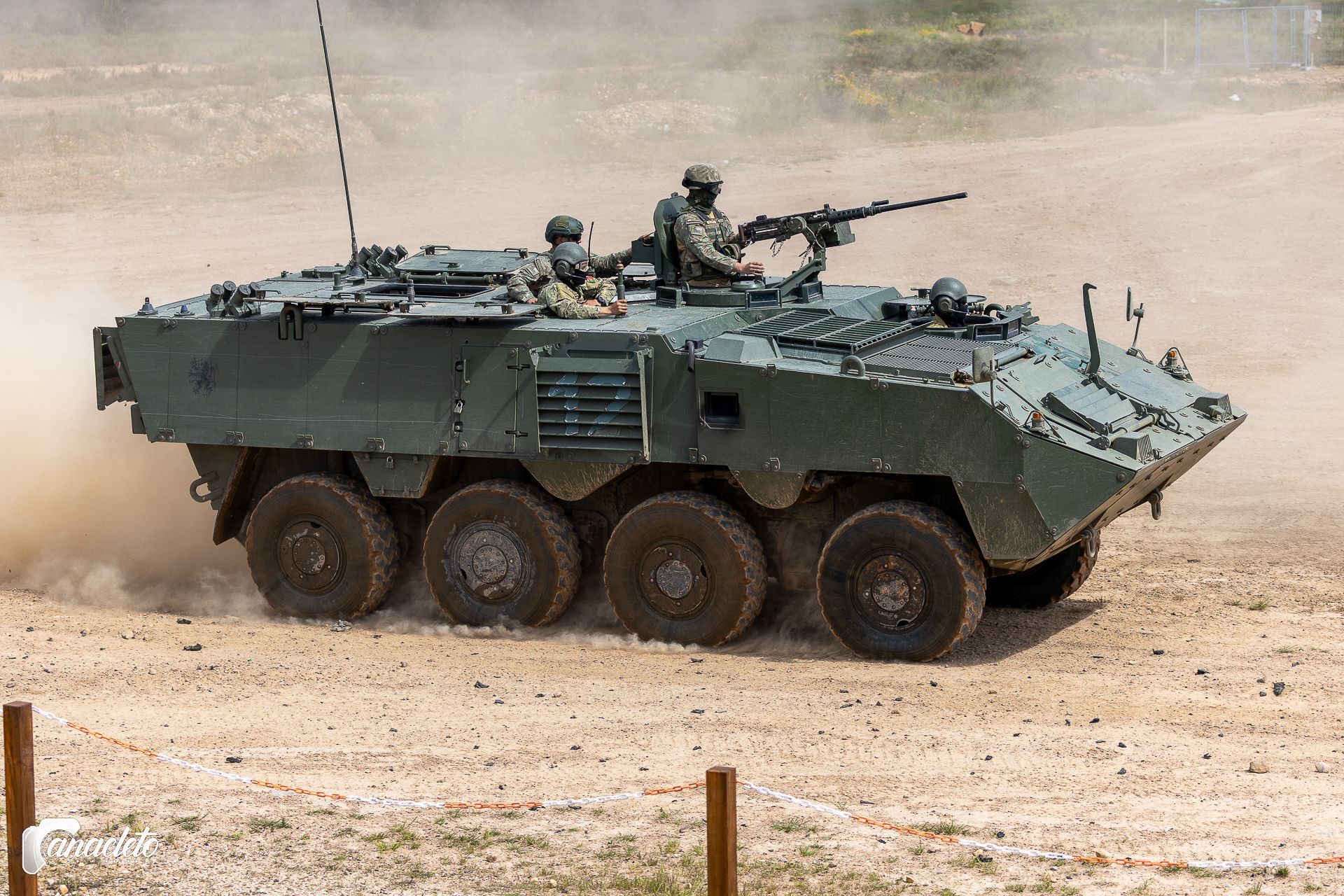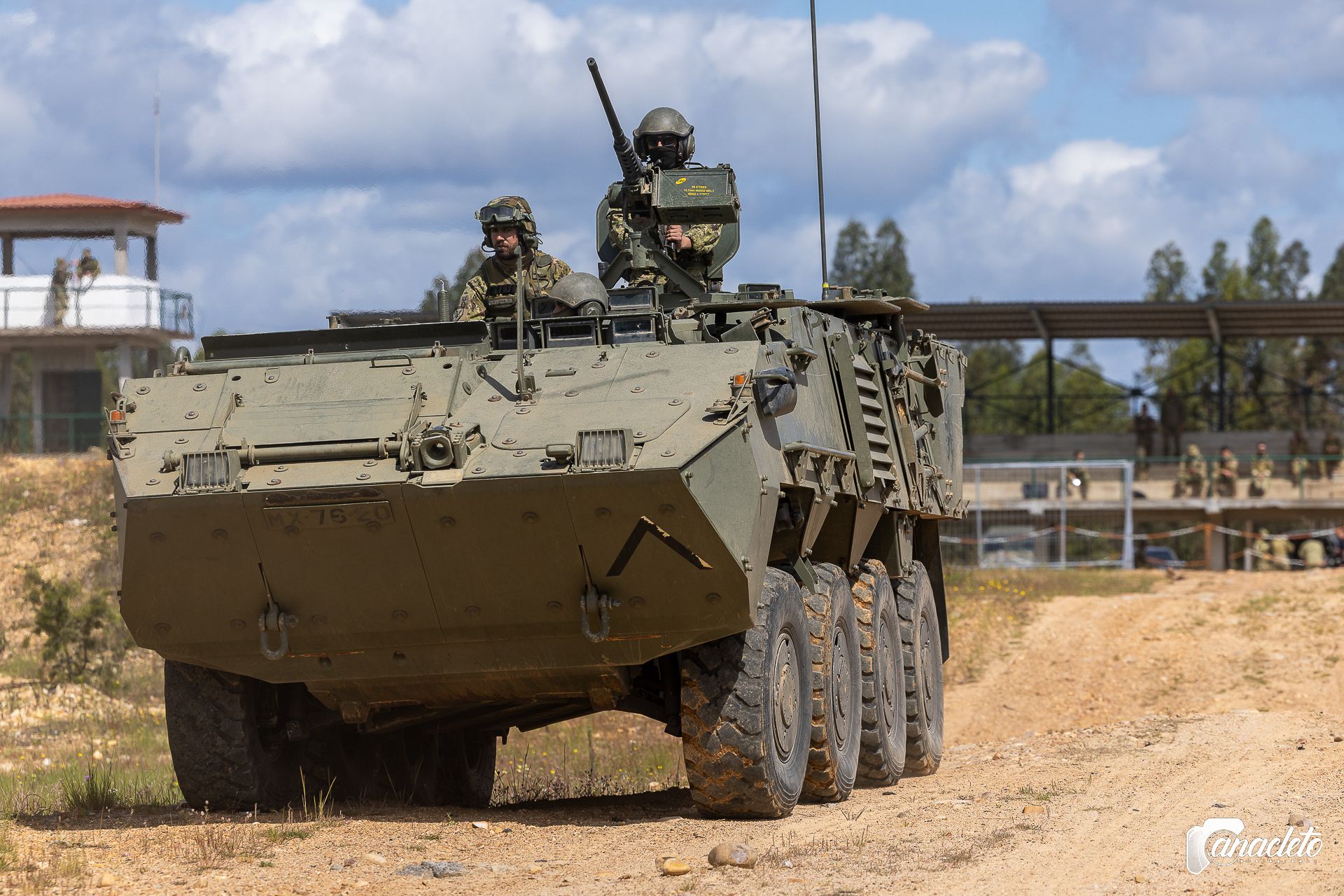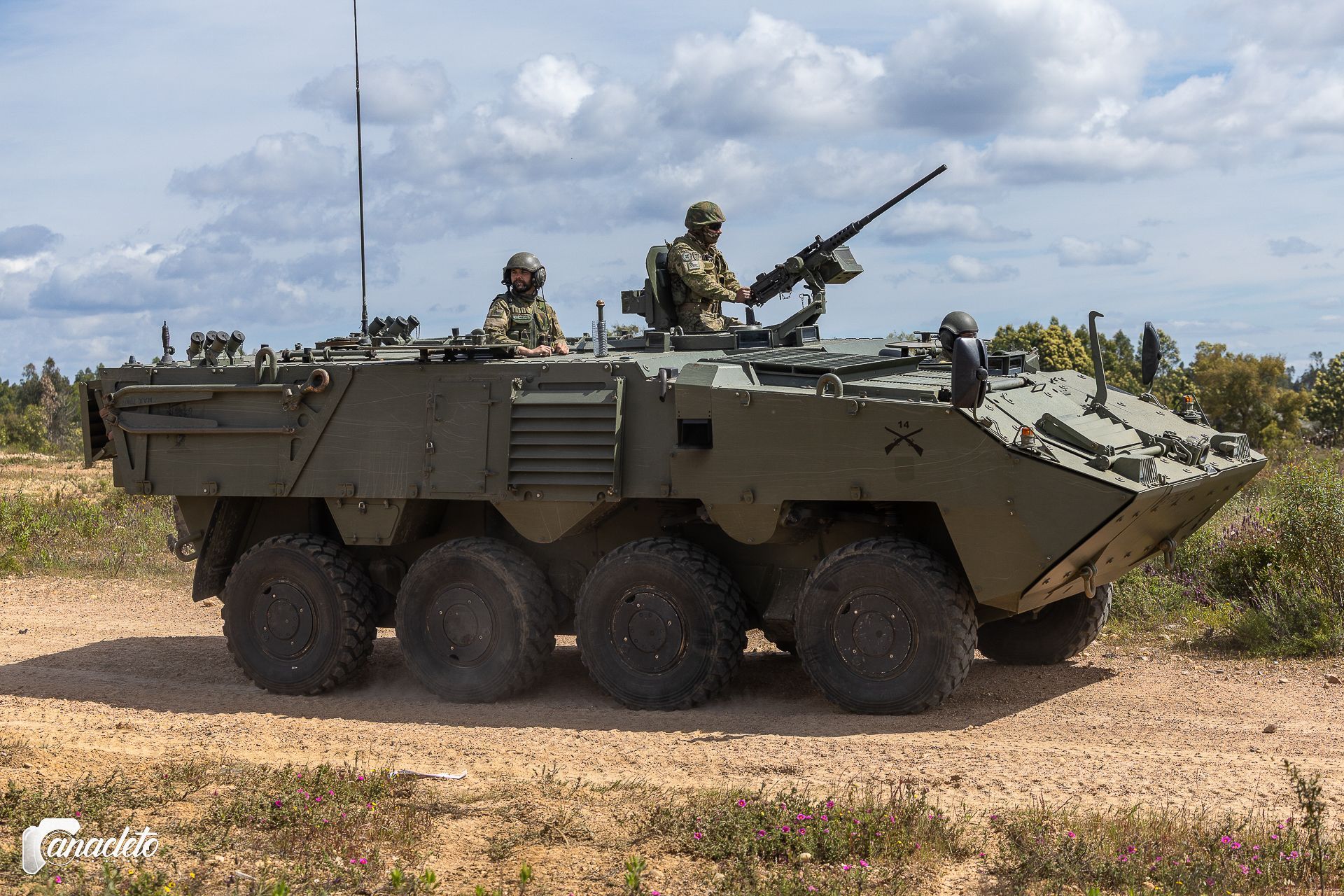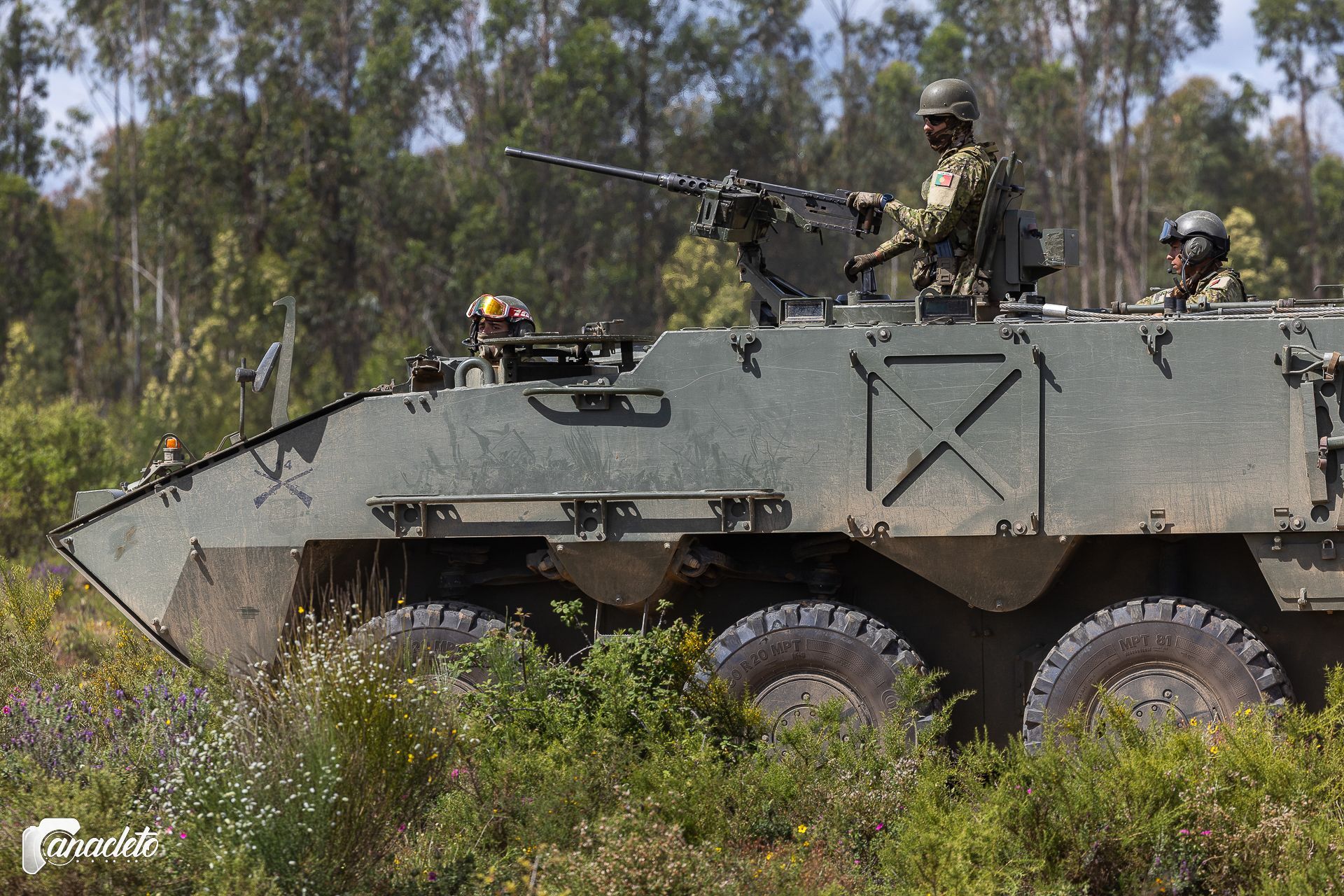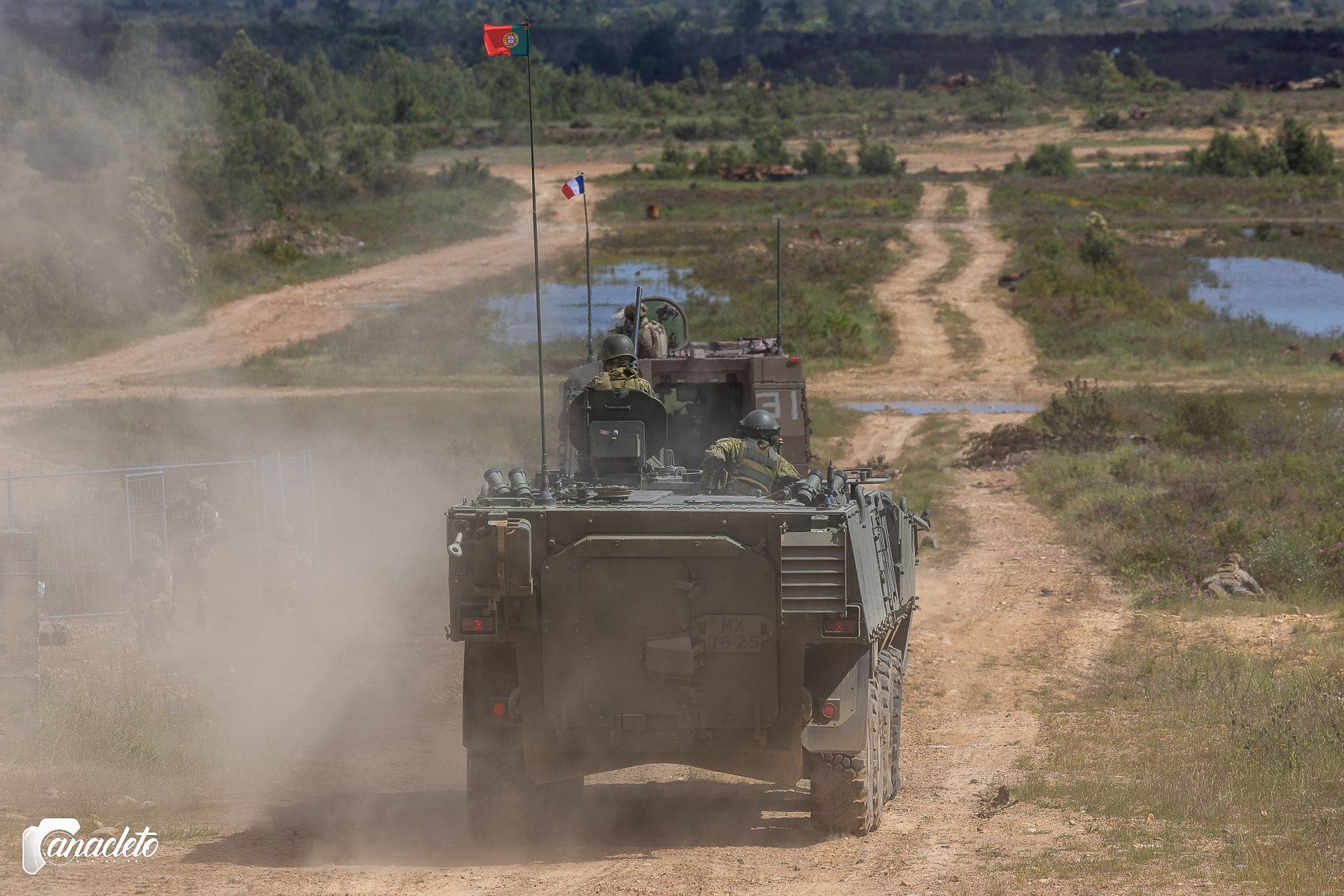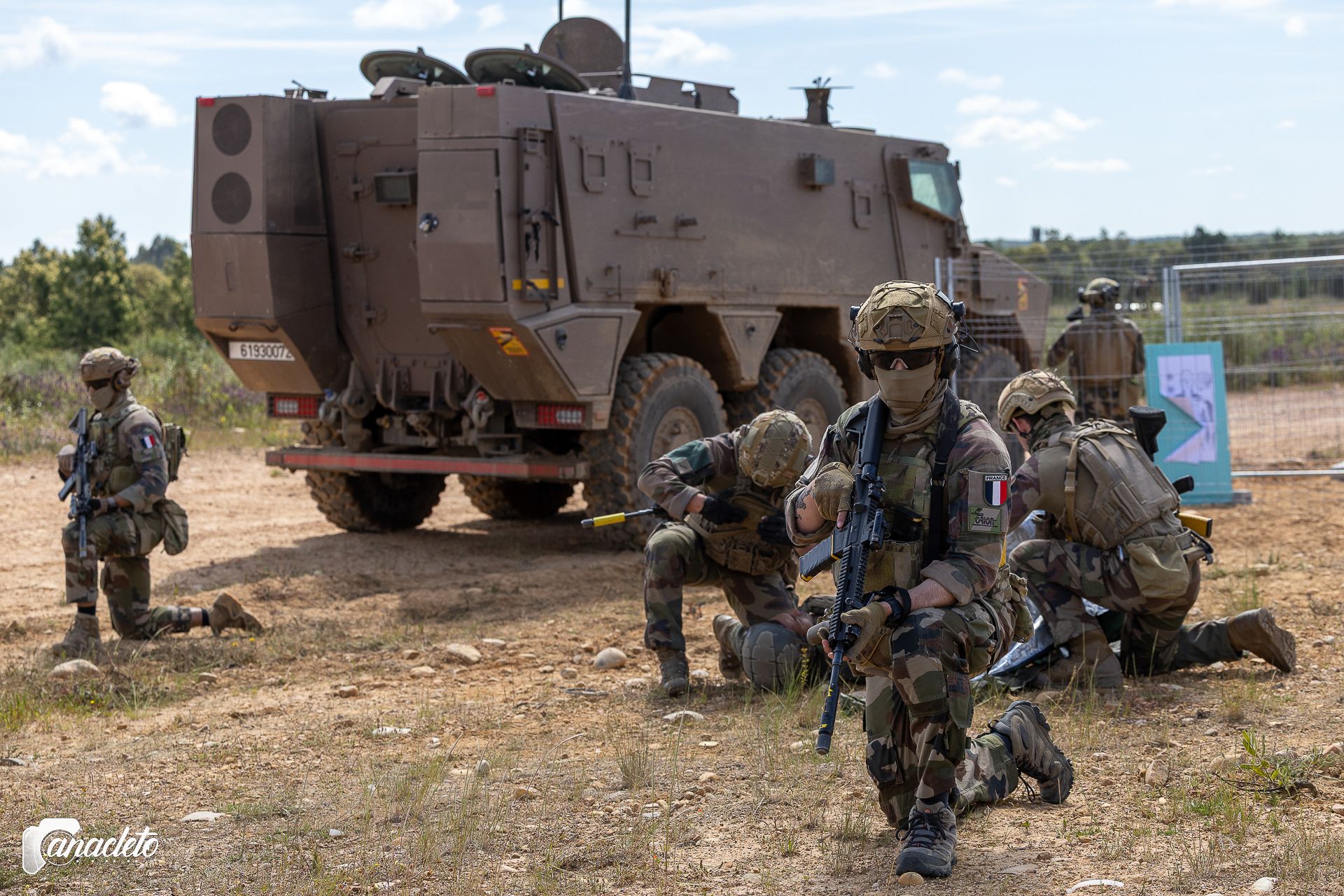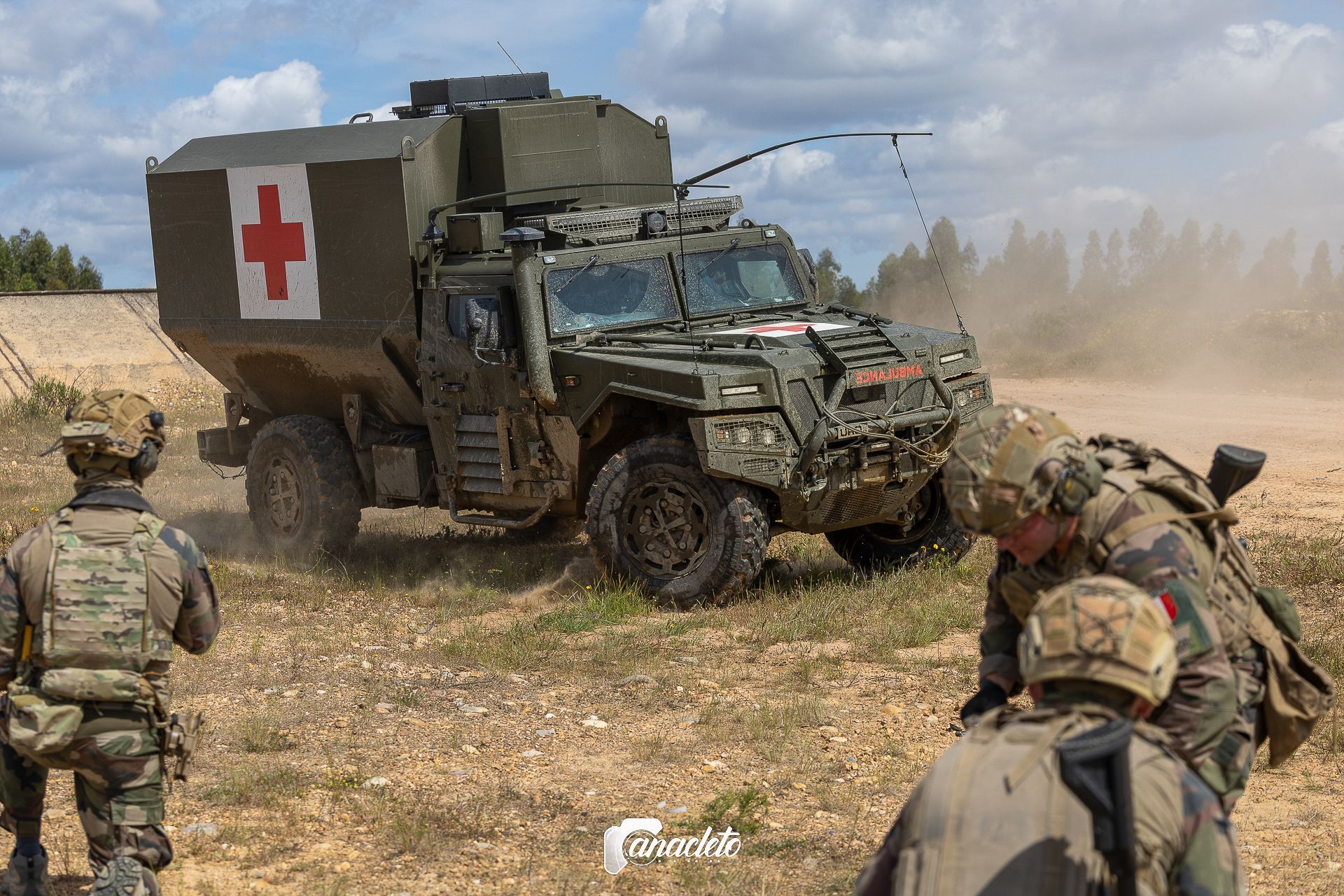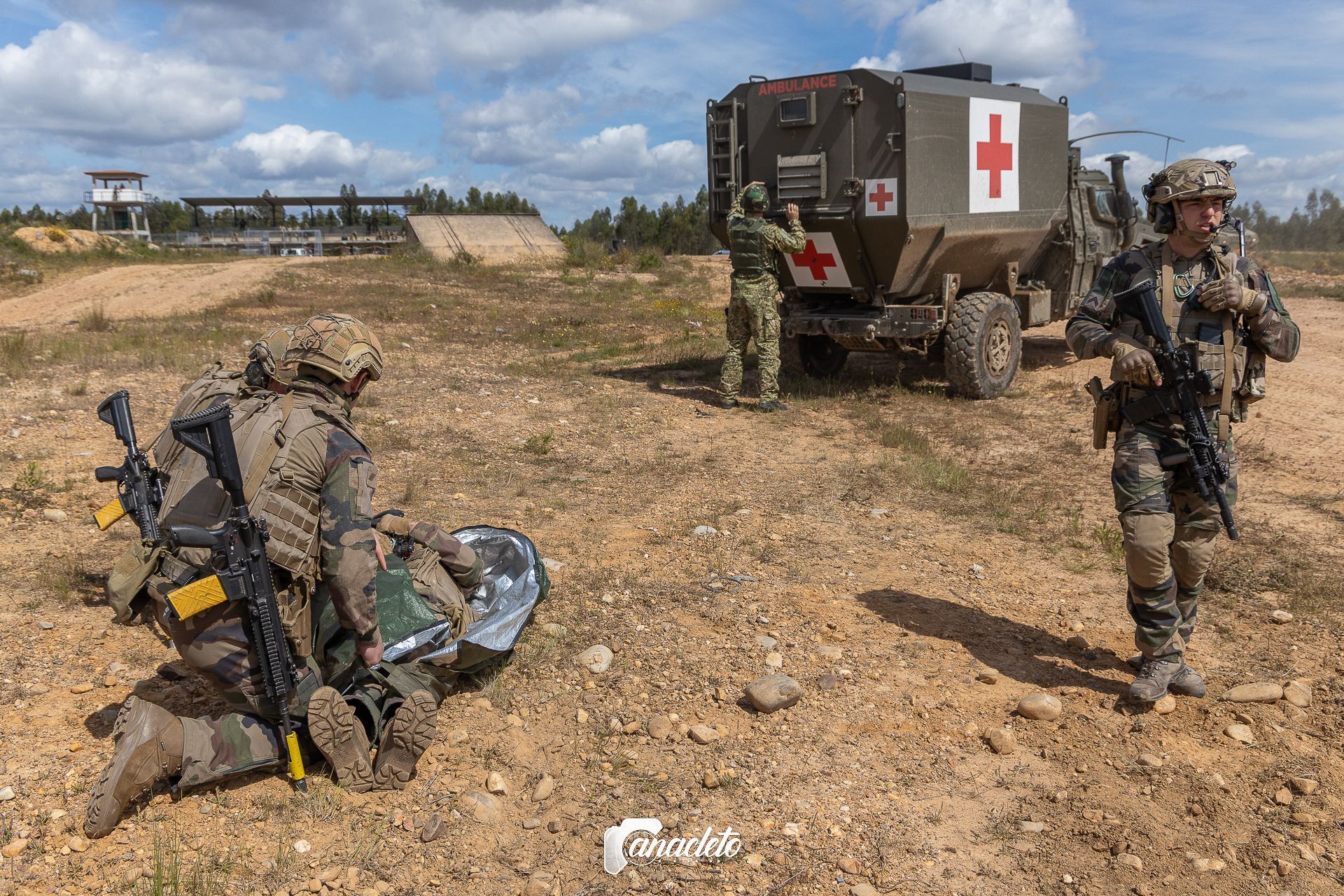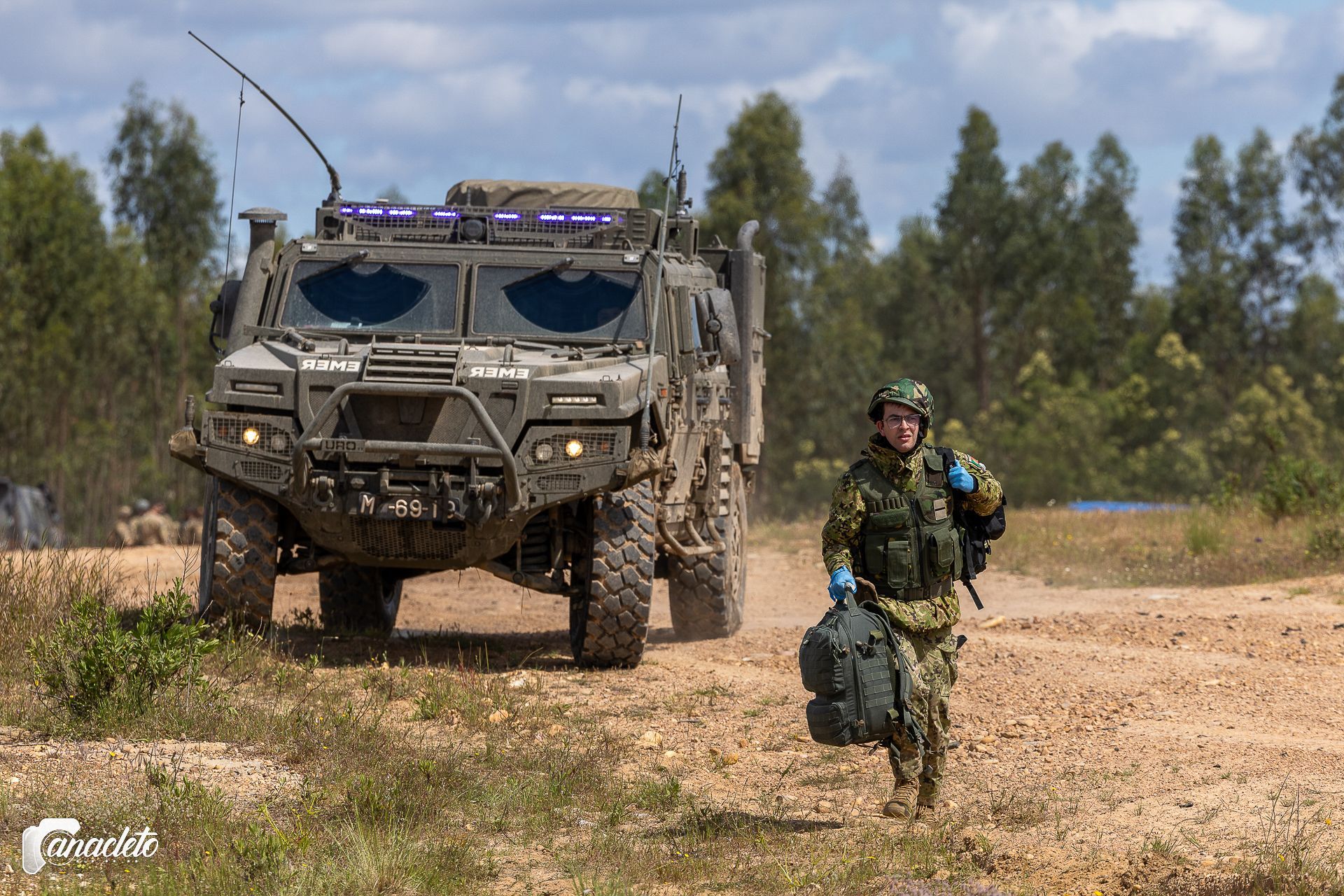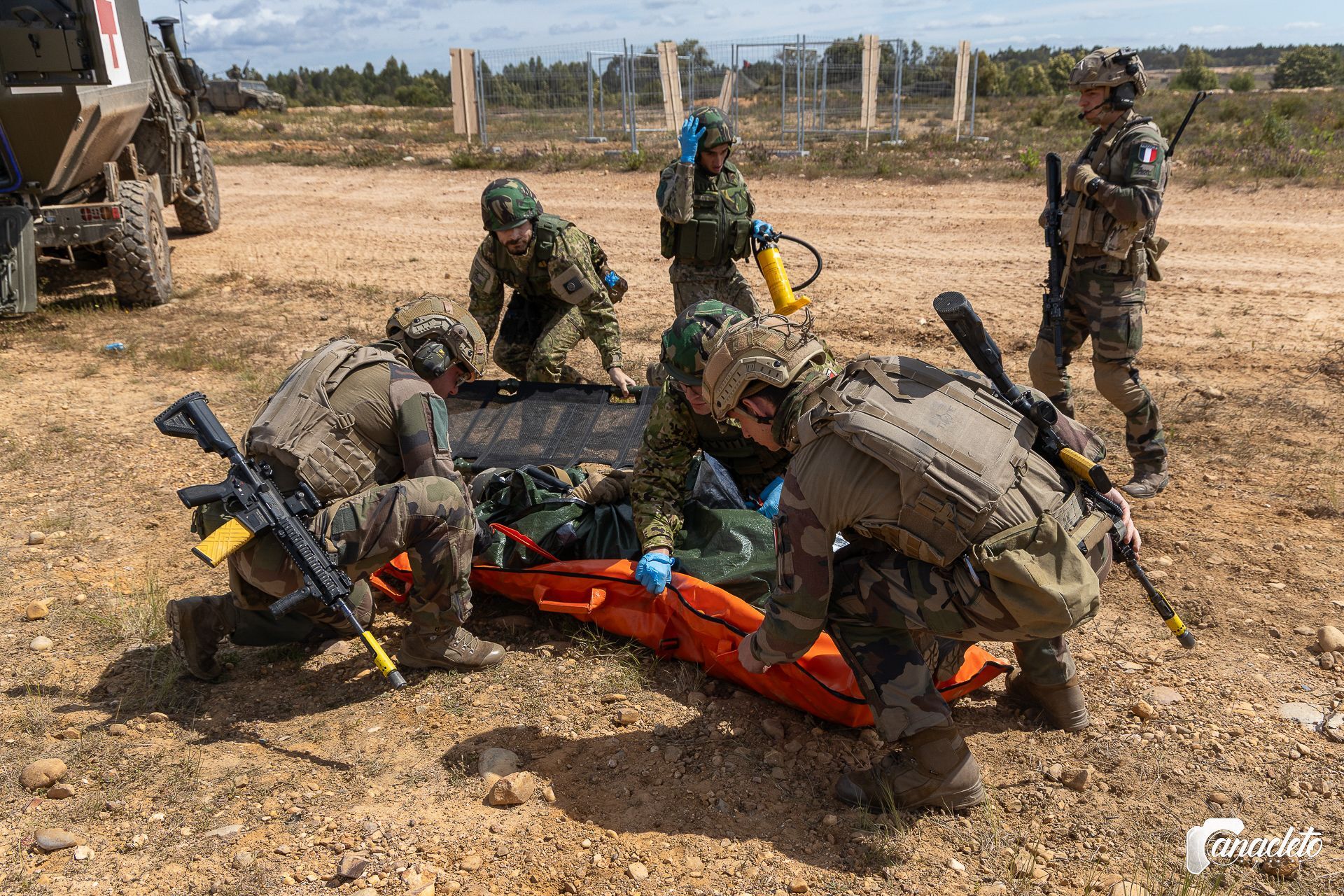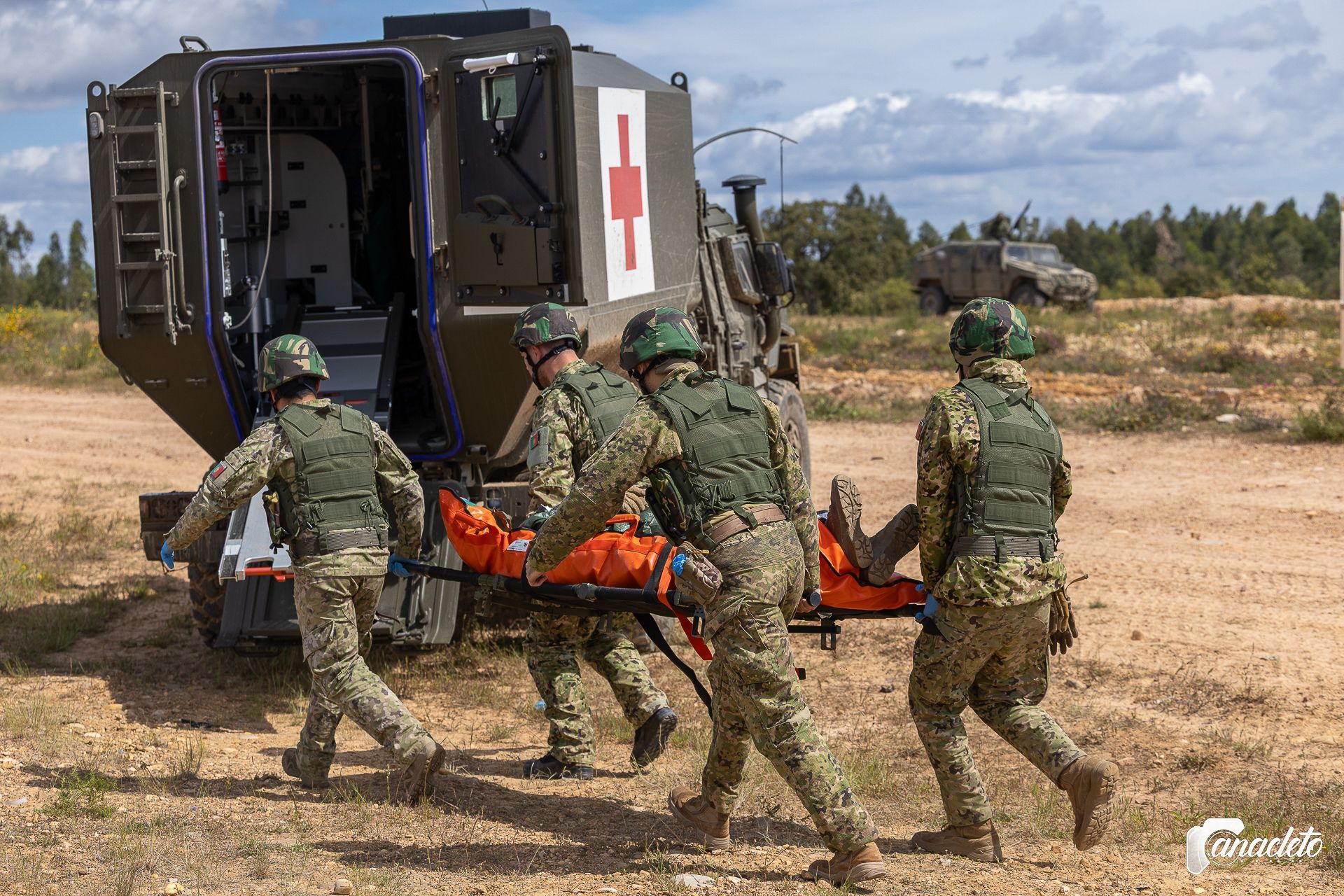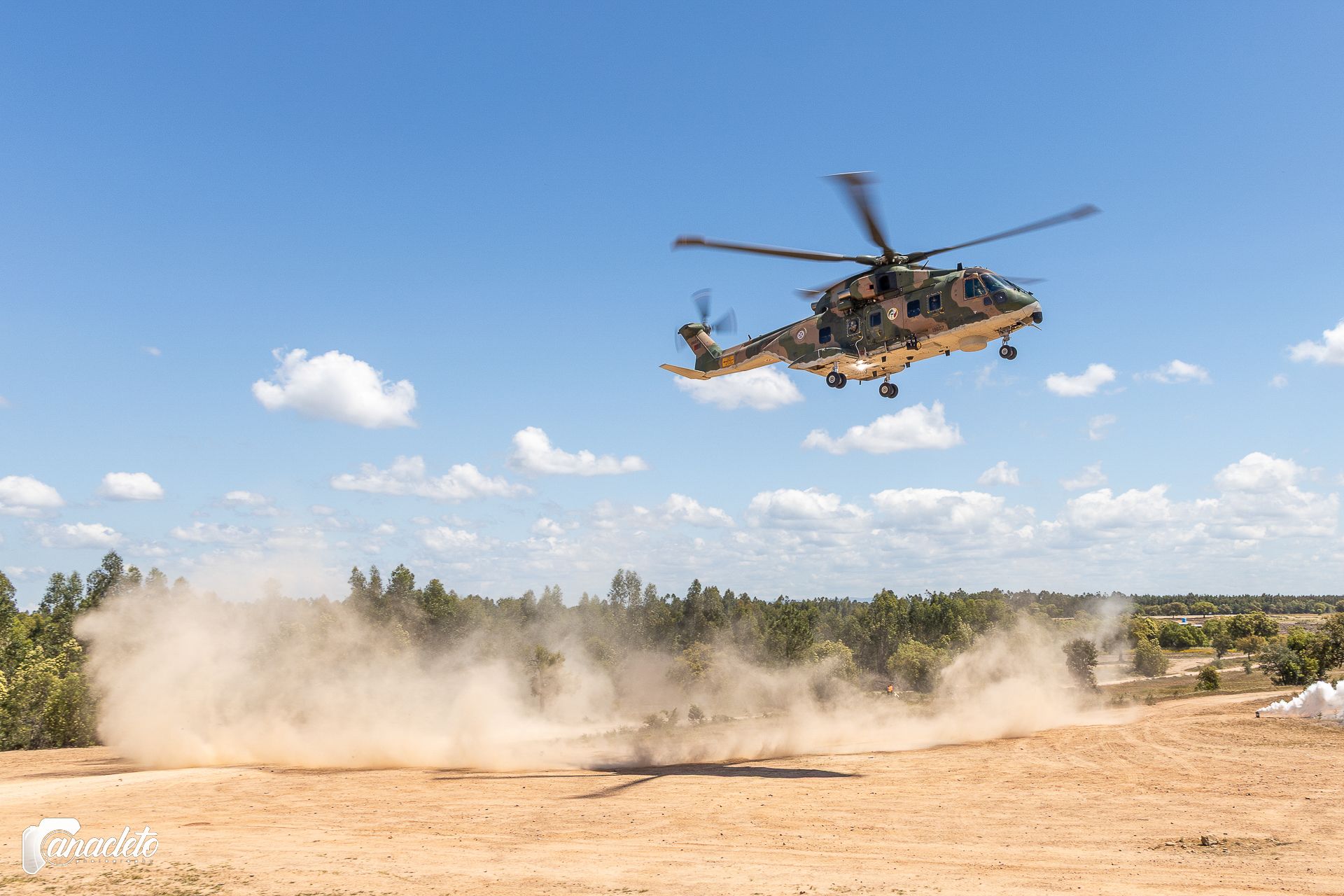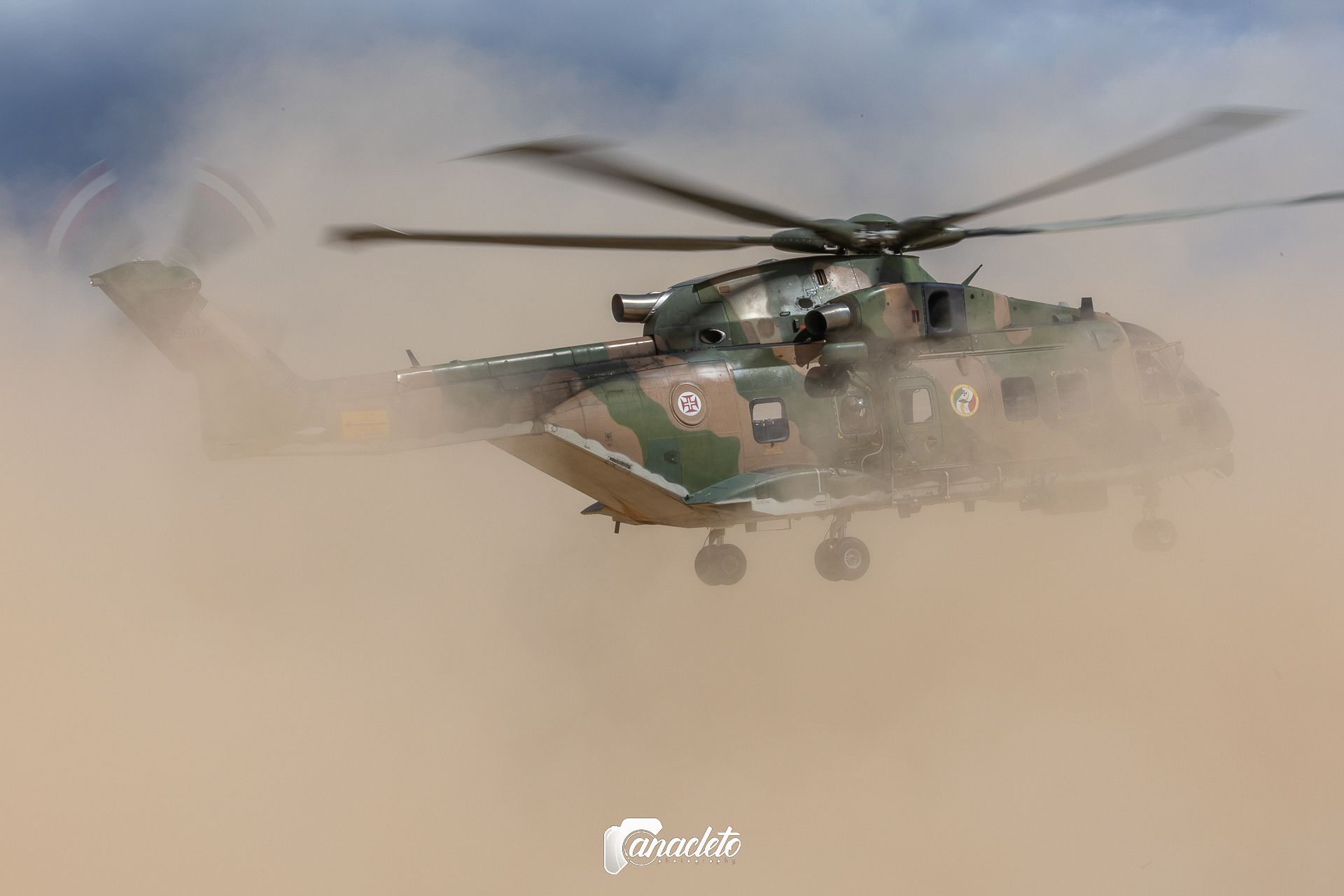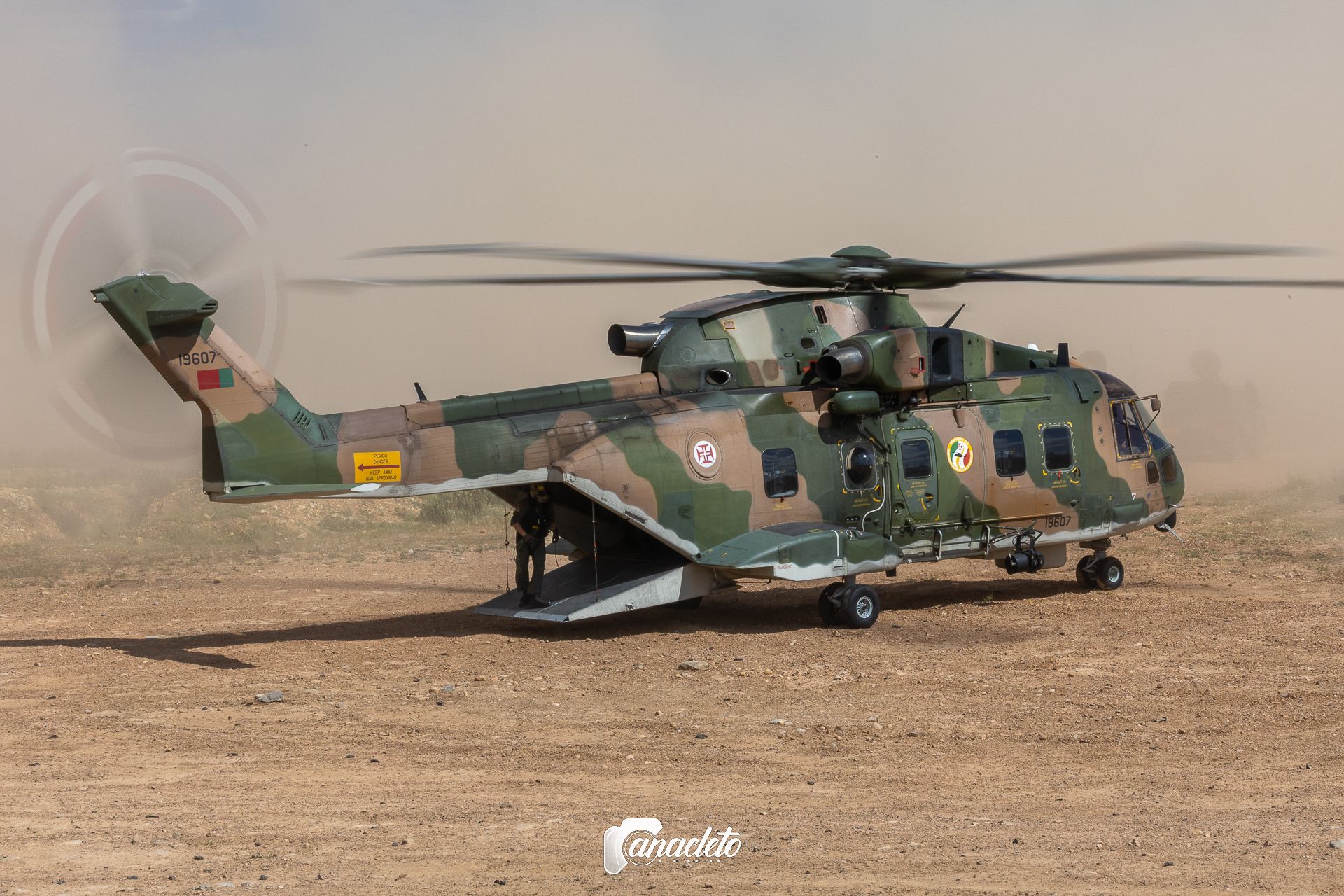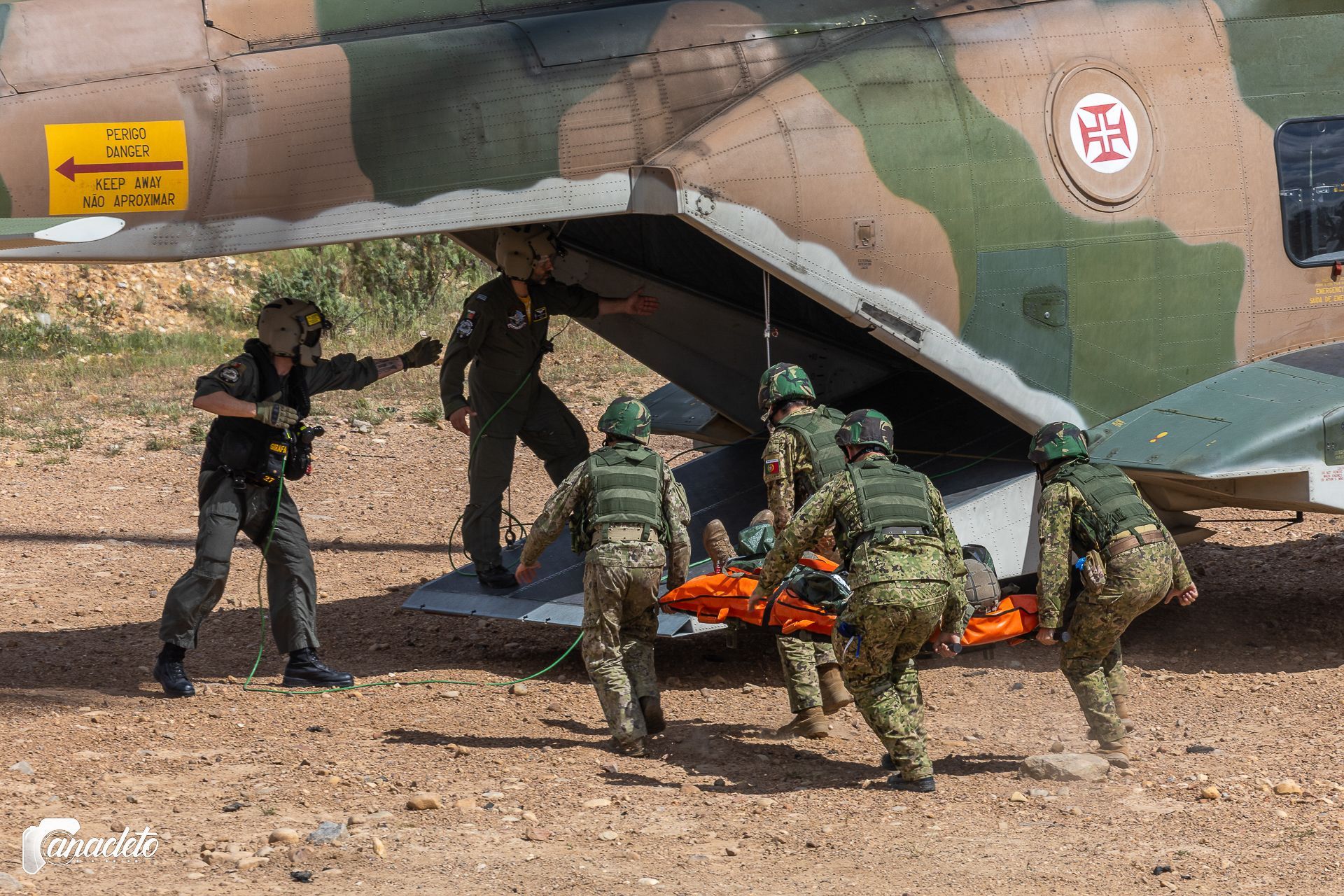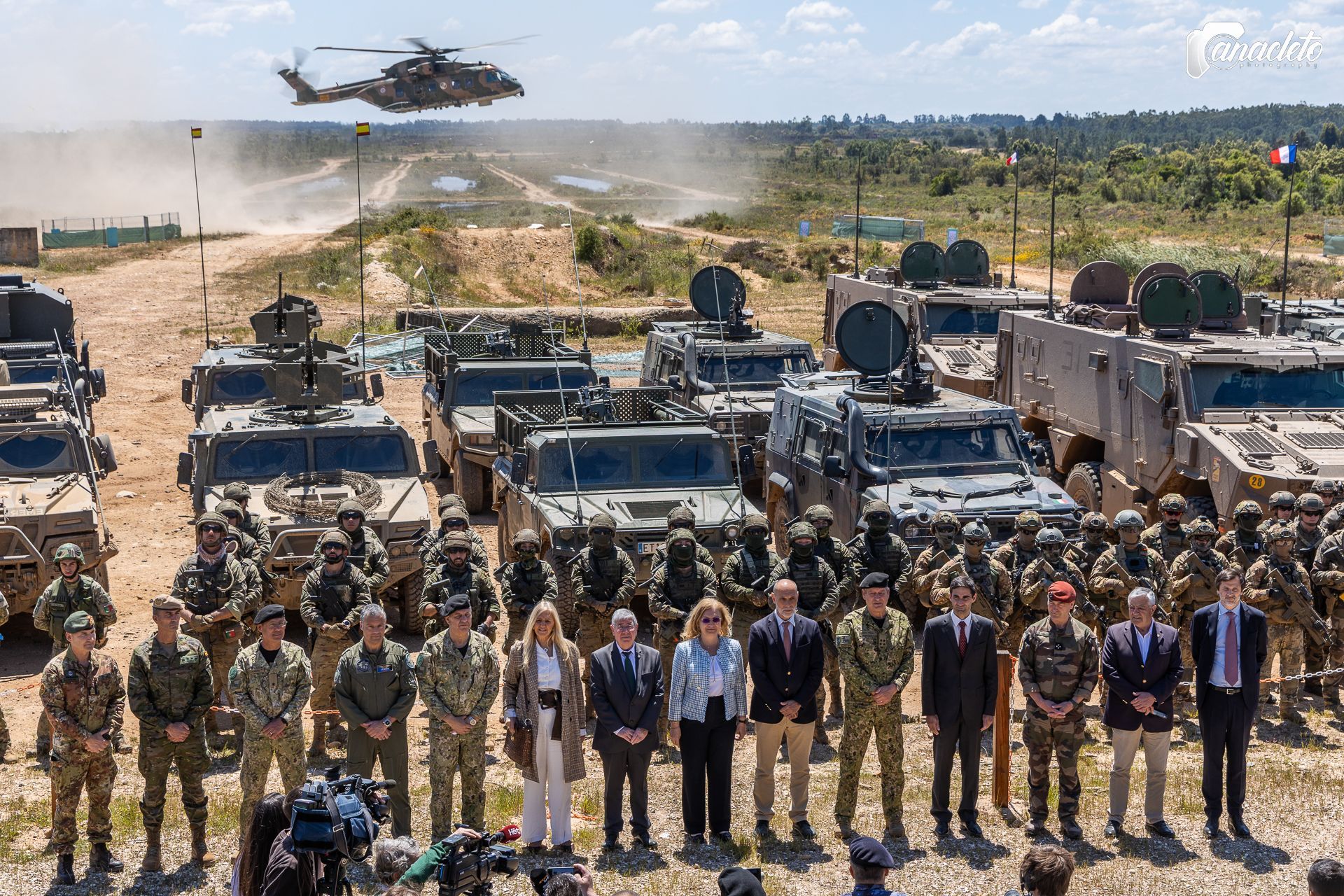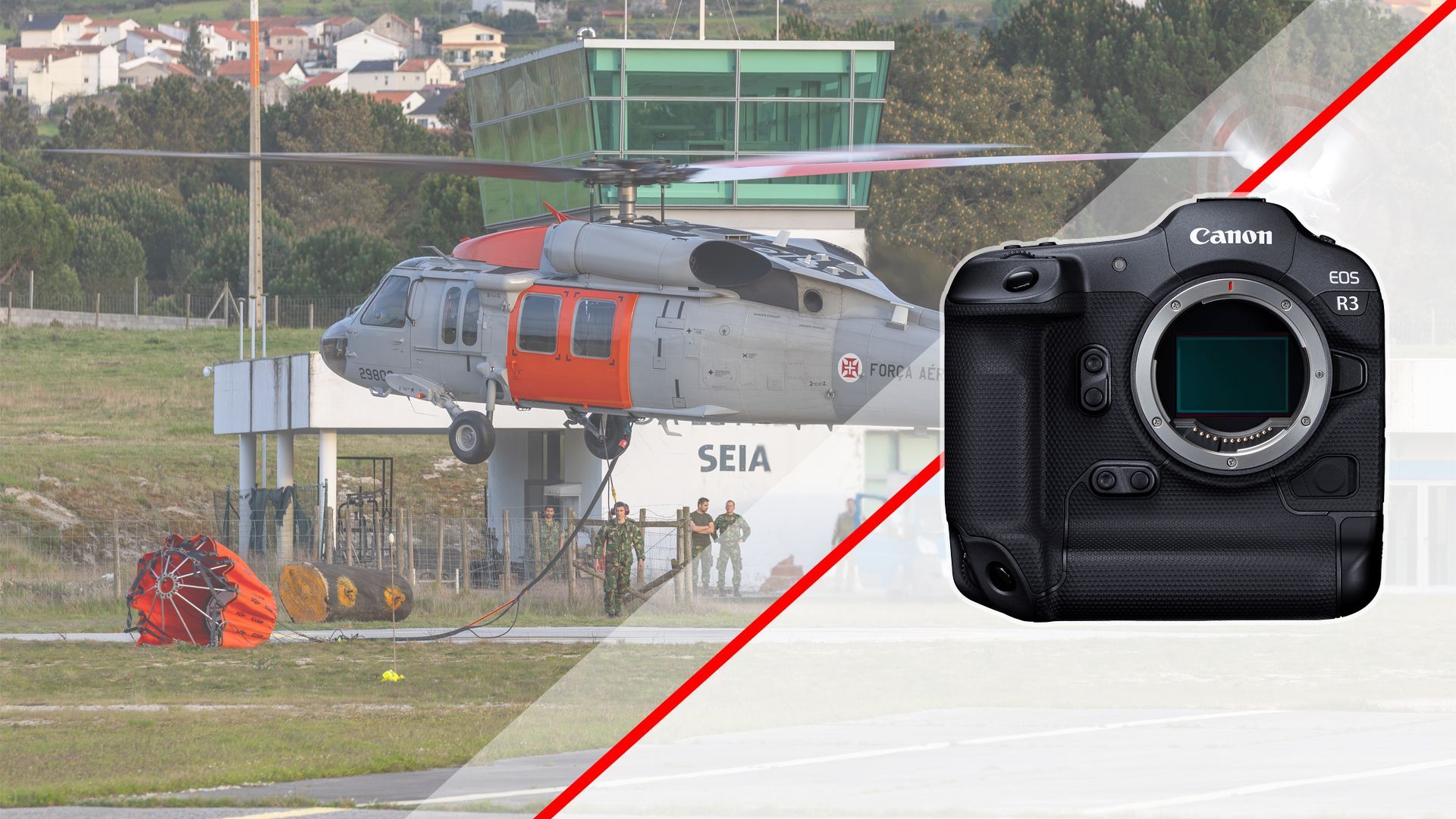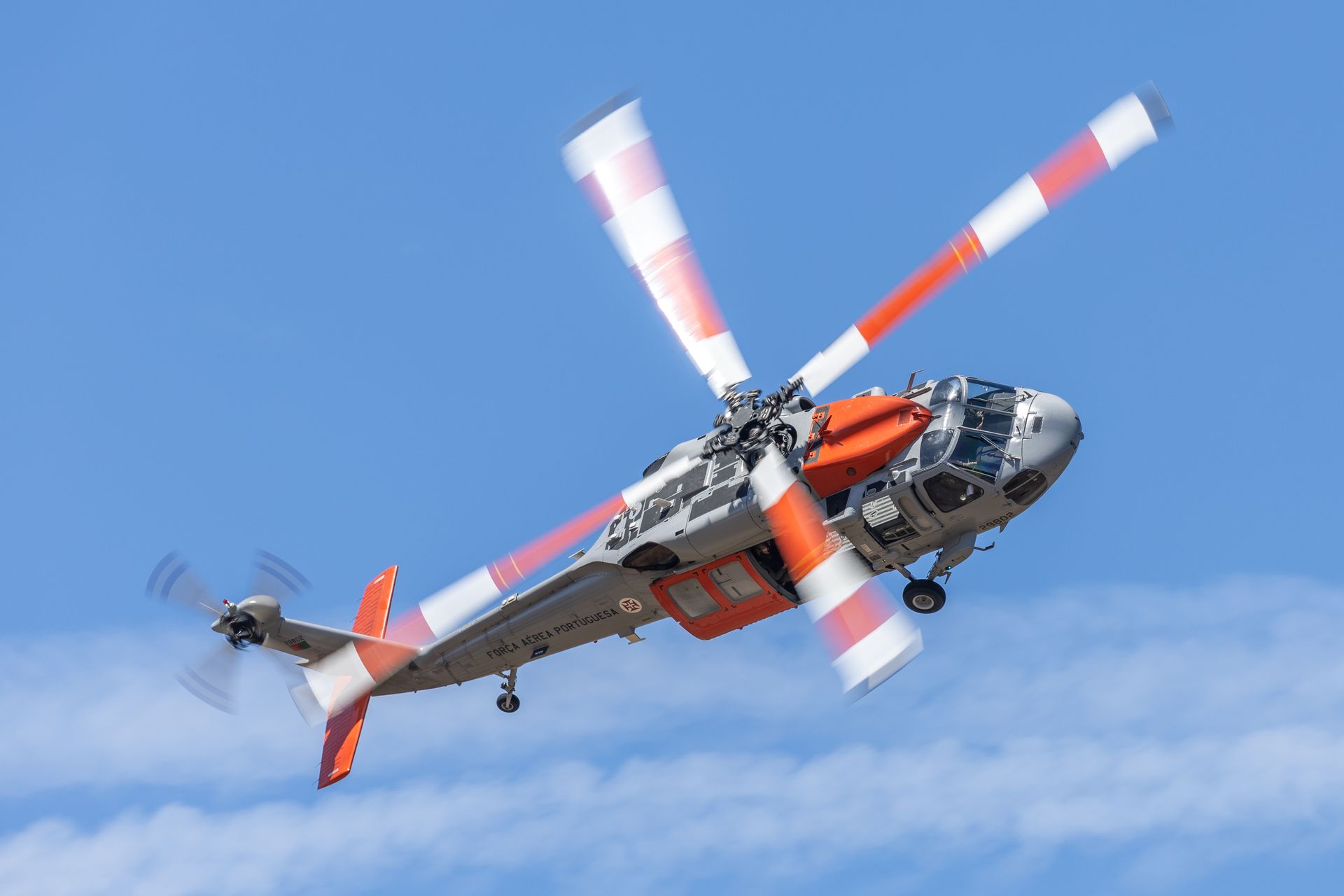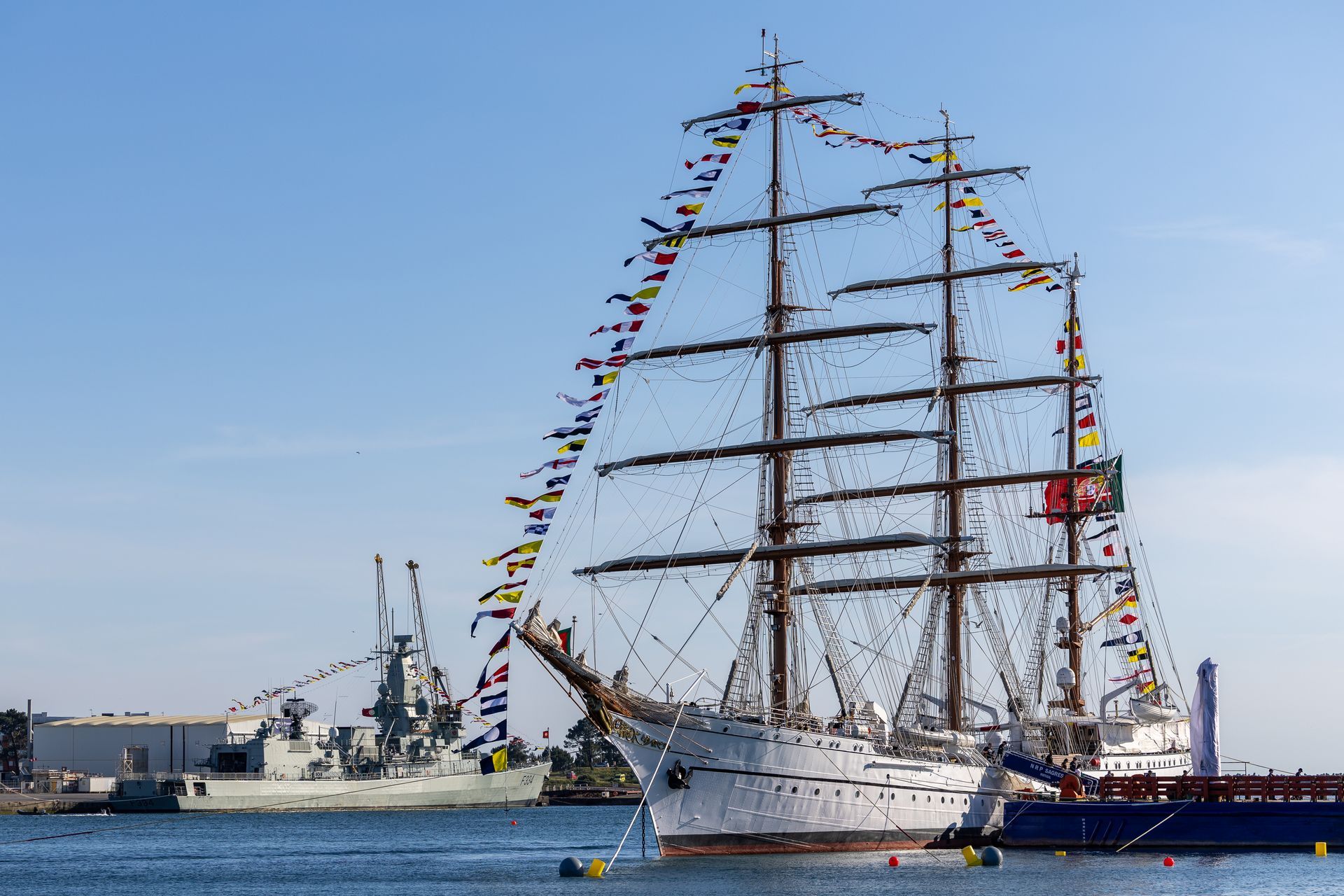ORION 25: Forging European Unity Through Joint Military Readiness
At Santa Margarida Military Camp, soldiers from Portugal, Spain, France, Italy, and Romania are preparing side by side for real missions to defend Europe.
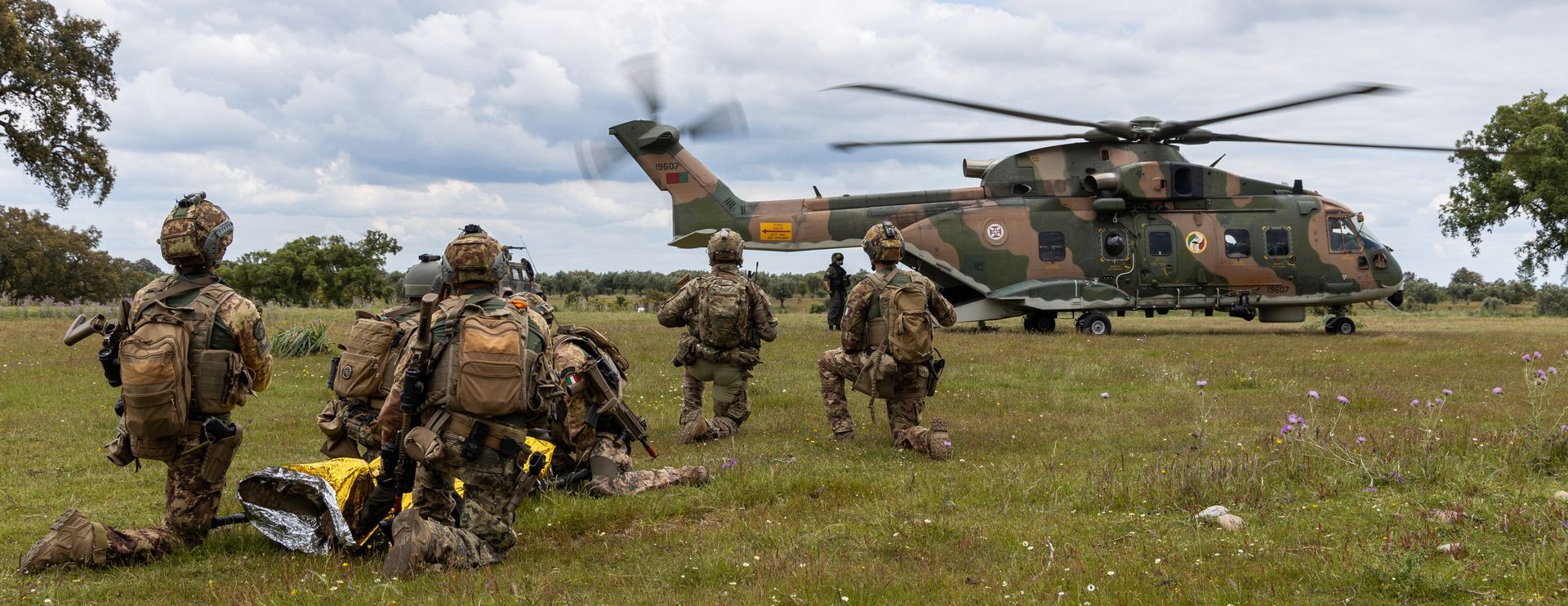
Conducted by the Land Forces Command between May 5 and 16, ORION 25, the Portuguese Army's largest exercise, aimed to integrate all the national and international forces that make up the European Union Battlegroup 25-2/26-1 (EUBG 25-2/26-1), a multinational, joint and combined EU force made up of around 2,200 military personnel from Portugal, France, Italy, Romania and Spain, and which includes assets from the four components - Maritime, Land, Naval and Special Operations. This Battlegroup will be commanded by a Portuguese Army General Officer, Brigadier General Luís Calmeiro (Commander of the Mechanized Brigade), for the first time.
The ORION 25 exercise aims to exercise integration and interoperability between the forces of the five countries participating in the EUBG 25-2/26-1 commitment, in a crisis response operation in a non-permissive environment.
Set against the backdrop of the LEVONTO region, a fictitious geographical area located 6,000 km away from Brussels, with the participation of up to 1. 700 military personnel and 350 vehicles, the ORION 25 exercise is conducted in interface areas that simultaneously allow it to operate in the urban centers of Ponte de Sor, at the Ponte de Sor Aerodrome, in the Domingão region and the town of Bemposta, and to make the most of the Santa Margarida Military Field, the Army's maneuvering field, as an area of excellence for training national and international military forces.
What are EU Battlegroups?
The European Union Battlegroups are multinational military units, usually composed of 1,500 elements, which are part of the EU's rapid reaction capability to emerging crises and conflicts. Although they have been operational since 2007, they have never been mobilized due to political, funding, and applicability challenges. Recently, significant progress has been made to overcome these barriers.
In an ever-changing global geopolitical context, with threats such as terrorism, hybrid conflicts, climate change, and energy instability, European cooperation on defense and security becomes crucial. The European approach is based on a combination of civil and military power, strategic autonomy, and international collaboration.
Battlegroups are a key tool among the EU's various instruments for guaranteeing the security of European citizens and contributing to international peace. They enable rapid and effective military reactions to prevent conflicts or intervene at early stages, complementing diplomatic and humanitarian efforts.
Assigned missions include:
- Conflict prevention
- Initial stabilization
- Humanitarian interventions and rescue missions
- Crisis management
- Peacekeeping
Each mobilization decision requires unanimity in the EU Council and, generally, a UN Security Council resolution.
The main characteristics of the Battlegroups are their capacity for initial sustainment for 30 days (extendable to 120 days), the projection of battalion forces with combat and logistical support, and the fact that they are multinational-based groups that can include non-EU countries.
Strategic objectives and additional benefits:
- Rapid and independent EU reaction to crises.
- Contribution to the EU's strategic autonomy and strengthening of NATO.
- Transformation of member states' armed forces, promoting interoperability.
Interoperability in Action and Multinational Joint Training
Exercise ORION 25, conducted under the leadership of the Portuguese Army, proved to be a milestone of excellence in strengthening interoperability between the armed forces of several European nations. With the participation of military personnel from Portugal, Spain, France, Italy, and Romania, this exercise represented weeks of intensive and coordinated training, culminating in an impressive tactical demonstration of real fire.
More than just a military maneuver, ORION 25 was a living laboratory of multinational cooperation, where each nation contributed distinct and valuable capabilities to a joint effort. On the ground, interoperability was built on operational realism, tactical demands, and a constant sharing of knowledge and experience.
Allied contingents trained side by side, fine-tuning procedures, testing synergies, and strengthening mutual trust - a fundamental element for the success of any joint force. Each tactical action was the result of a coordinated effort, demonstrating that when there is joint training and shared commitment, it is possible to act effectively in the most complex scenarios.
This operational cooperation reflects Europe's commitment to collective security and the readiness of the European Union's Rapid Reaction Force.
ORION 25 proved that the strength of a coalition lies in its cohesion. Through discipline, dedication, and a common spirit of purpose, the allies have consolidated a solid foundation of trust and operational effectiveness, which is indispensable for meeting the security challenges of the present and the future.
Forces present in EUBG 25-2/26-1
- ISTAR Task Force:
- Portuguese Army ISR and EW/SIGINT Modules, a HUMINT Team, and a Geospatial Support Unit
- French Long-Range Reconnaissance Platoon and a UAV Platoon
- Special Operations Command and Control Element (SOCCE) - CTOE, Portugal:
- Special Operations Land Task Group
- Engineer Company - ‘Canarias’ XVI Brigade, Spain:
- 2 sapper platoons
- 1 logistics squad
- 1 mechanic squad
- 1 signal squad
- Field Artillery Battery - Grupo de Artilharia de Campanha 10.5 Rebocado (GAC 10.5 Reb), Portugal
- Air Defense Artillery Battery, ‘Canarias’ XVI Brigade - Spain
- Mechanized Infantry Battalion (MechInfBn):
- Battalion Command and Headquarters, Portugal
- 1 Service Support Company, Portugal
- 1 Mechanized Infantry Company, Portugal
- 1 Combat Support Company (mortar platoon), Portugal
- 13th French Mountain Infantry Regiment
- Spanish Infantry Company, ‘Canarias’ XVI Brigade
- Romanian Infantry Company, 81st Mechanized Brigade
- Italian 1st San Marco Regiment - Marina Militare; “LEG” (Littoral Expeditionary Group) Company
- Medical Task Force - Portugal:
- Health support to a Brigade Echelon Unit providing up to Role 2 assistance
- Emergency and Tactical Evacuation Module
- Class VIII re-supply in the entire Spectrum of military Operations, at the National or International Level
- Air Component - Portuguese Air Force:
- 1 EH 101 Merlin medium-lift helicopter
- Elements from the Tactical Air Control Party
- CSSBn (Combat Sustainment Support Battalion) - Portuguese Army
- Cyber defence deploy team - 31st Electronic Warfare Regiment, Spain
- Military Police Company:
- 2nd Lancers Regiment - Portugal
- 1st Military Police Battalion - Spain
- Signal Company - Signal Regiment, Portugal
- CBRN Multifuncional Platoon - 1st Engineer Regiment, Portugal
- Maritime component - Portuguese Navy:
- 1 Ocean Patrol Vessel
- 1 platoon-level unit of the Navy Marines
- 1 team of Navy Divers
- 1 Special Operations Maritime Task Unit
- CIMIC Unit - 1st Intelligence Operations Regiment, Spain:
- 2 Tactical CIMIC teams
- 1 Projects team
- PSYOPS Unit - 1st Intelligence Operations Regiment, Spain:
- 2 Tactical PSYOPS teams
- 1 Graphics Design team
PSYOPS and CIMIC
In this exercise, PSYOPS (Psychological Operations) and CIMIC (Civil-Military Cooperation) forces were deployed. This type of deployment aims to influence the behavior and attitudes of the civilian population and relevant actors in areas of conflict or operations.
PSYOPS aim to shape perceptions, reduce the enemy's will to resist and promote support for friendly forces, using the media, propaganda and other psychological techniques.
CIMIC operations, on the other hand, facilitate interaction between military forces and civilians, promoting security, humanitarian support, and the reconstruction of essential infrastructure, contributing to the stability and legitimacy of the military mission.
Both play a crucial role, as they help win “hearts and minds”, minimizing civil resistance and increasing the effectiveness of operations. They also help to reduce tensions, prevent conflicts and ensure that the armed forces operate in harmony with the local population and civilian institutions, which is essential for the success and sustainability of complex military missions.
High-Visibility Event
On May 15, a static display of the capabilities and means of all the forces that make up EUBG 25-2/26-1 took place at the Mechanized Brigade, more precisely at the Self-Propelled Artillery Group Headquarters.
Later that day, a tactical exercise took place at the D.Pedro Firing Range - Campo Militar de Santa Margarida, where the main weapons systems of the forces taking part in ORION 25 were used.
For this scenario, we were transported to the north-east of Bespia (a fictitious geographical area), where European Battlegroup 25-2/26-1 was deployed as part of crisis response operations, to defeat the insurgents in the Area of Operations and conduct stabilization operations, capacity-building support and humanitarian assistance, in order to support the Bespia government in ensuring a safe and secure environment.
PSYOPS and CIMIC forces were deployed to win the “hearts and minds” of the population to minimize their resistance and increase the effectiveness of operations.
Elements of the ISTAR Task Force identified an area with a strong presence of hostile forces, belonging to a militia, along with its leader, who has long been wanted by the local authorities for being one of the country's main political and social destabilizers and who is also closely associated with organized crime networks, arms trafficking and the financing of terrorist groups.
The capture of this element will be a major step on the road to stabilizing this country. The Battlegroup commander has therefore given the Special Operations Forces the green light to carry out a mission to capture this High Value Target. These forces were deployed to the battlefield using an EH-101 Merlin, operated by the Portuguese Air Force's 751 Squadron - “Pumas”. Initially, a member of the sniper team was deployed to provide overwatch via the 4x4 motorcycle on board the EH-101. Subsequently, the other elements were inserted by fast-rope. The elements approached the house where the HVT was, captured it, and extracted it, after which it was handed over to the local authorities.
Recognizing the existence of more militia elements, HQ ordered an operation to capture/eliminate these forces. A column moved to the vicinity of the area and, while moving towards the objective, they were ambushed in a minefield. They organized themselves to return fire and, in order not to lose the initiative, requested support from the Engineering Company to create a breach. In parallel, the Field Artillery Batteries, together with the Mortar Platoon of the Combat Support Company, carried out suppression fire and smoke missions.
With the gap created, the assault proceeded and the first forces were projected towards their objectives, these being the Romanian Mechanized Infantry Company and the Italian Marines Company.
They were followed by the Spanish Infantry Company and the French Motorized Infantry Company.
To ensure the defense of the airspace, two VAMTAC vehicles from the Spanish Air Defense Artillery Battery were also mobilized, armed with the MISTRAL missile system.
More hostile forces were detected advancing towards the area of operations. In order to stop this force, the remaining Mechanized Infantry Battalion, in this case the Portuguese contingent, was ordered to carry out an immediate attack and destroy these forces.
During the assault, a soldier from the French force is wounded. First aid is administered on the spot by his colleagues, but due to the extent of his injuries, he has to be extracted and transported to a medical unit. The Tactical Evacuation and Emergency Module is activated, and two VAMTAC vehicles are dispatched to the scene, one in ambulance configuration and the other in EMER (Emergency Medical and Resuscitation Team) configuration. The injured person, once stabilized, is transported to the rear so that he can be evacuated by helicopter. This evacuation (MEDEVAC) was carried out by the EH-101.
Conclusion
Exercise ORION 25 highlighted the European Union's ability to mobilize, integrate, and operate a complex multinational military force in response to contemporary security challenges. It showcased not only tactical and operational capabilities but also the importance of trust, coordination, and shared commitment among allied nations. As the EUBG 25-2/26-1 prepares for potential deployment, the success of ORION 25 stands as a testament to Europe's readiness to act jointly and decisively in defense of peace and stability.
